Japan - May 2025 day-by-day

There's also a lot of photos, the page is likely very heavy. I've cut the resolution down to 25% of their originals, and there is a bit of compression on top of it, but they're still pretty sizeable.
A condensed, photo only version of this post is here.
There's been many places around the world I've always hoped to visit. I mean, really, there isn't many places I wouldn't want to visit given unlimited time and money. But there's one place that has been ever-present on my list for as long as I can remember.
As someone born in the early 90s, consuming Japanese media (particularly video games), having a house full of Japanese electronics and seeing Japanese cars all over the roads meant Japanese influence felt reasonably strong when I was growing up.
Especially when you consider that practically all other countries and cultures that had a sizeable influence in the western world were other western countries. Japan being in the far east, a very different and unique culture - and yet still so influential here - made it all the more intriguing.
But, at 33 years old, I still had not been. We booked it and I spent months counting down the days until our trip. I don't believe there has been any trip I've ever anticipated more. Expectations were high, but I felt like I was reasonably well informed - having spent years watching Japan-based travel YouTubers - so I believed my expectations were realistic.
I like to detail some of my trips in roughly chronological order. Both on instagram stories and this blog - because they're somewhat curated mediums - I frequently revisit these posts and my story highlights to remember the trips. It's a more rewarding way of preserving memories of trips and experiences than just a bunch of loose photos in your photo library.
I think getting real photo books with light captioning made of my trips abroad is my next step.
Day 1
Landing in Tokyo
I'll leave details of the flights to the end of this post, because it's not terribly interesting - but we landed at Narita airport at midday. Our first challenge after getting through a relatively long immigration queue (do yourself a favour and complete the forms and customs stuff online ahead of time), was figuring out how to get to our hotel.
We got the Narita express from the airport to Shibuya, where we were staying (approx. ~10 min walk from Shibuya sky / scramble). Thankfully there were lots of station staff and helpful signage to help you buy tickets for the Narita express train. A staff member stood at the entrance of the manned ticket kiosk queue and asked where we were going, he wrote down our ticket details in Japanese on a piece of paper and told us to give it to the staff at the kiosk.
One of my anxieties about going to Japan over the years was knowing that it's a bit harder to get around given the relatively low english language proficiency (this is not a complaint). So stepping off the plane and having this dealt with for us did relieve a lot of anxiety.
We arrived at our hotel after getting a bit lost trying to identify the best exit at Shibuya station. I stocked up on some stuff at the nearest 7/11 and had a brief wander around the area. But, ultimately, the rest of the first day was a write off. We had been travelling for close to 24 hours, so we just needed to eat and sleep - ready for the next day.
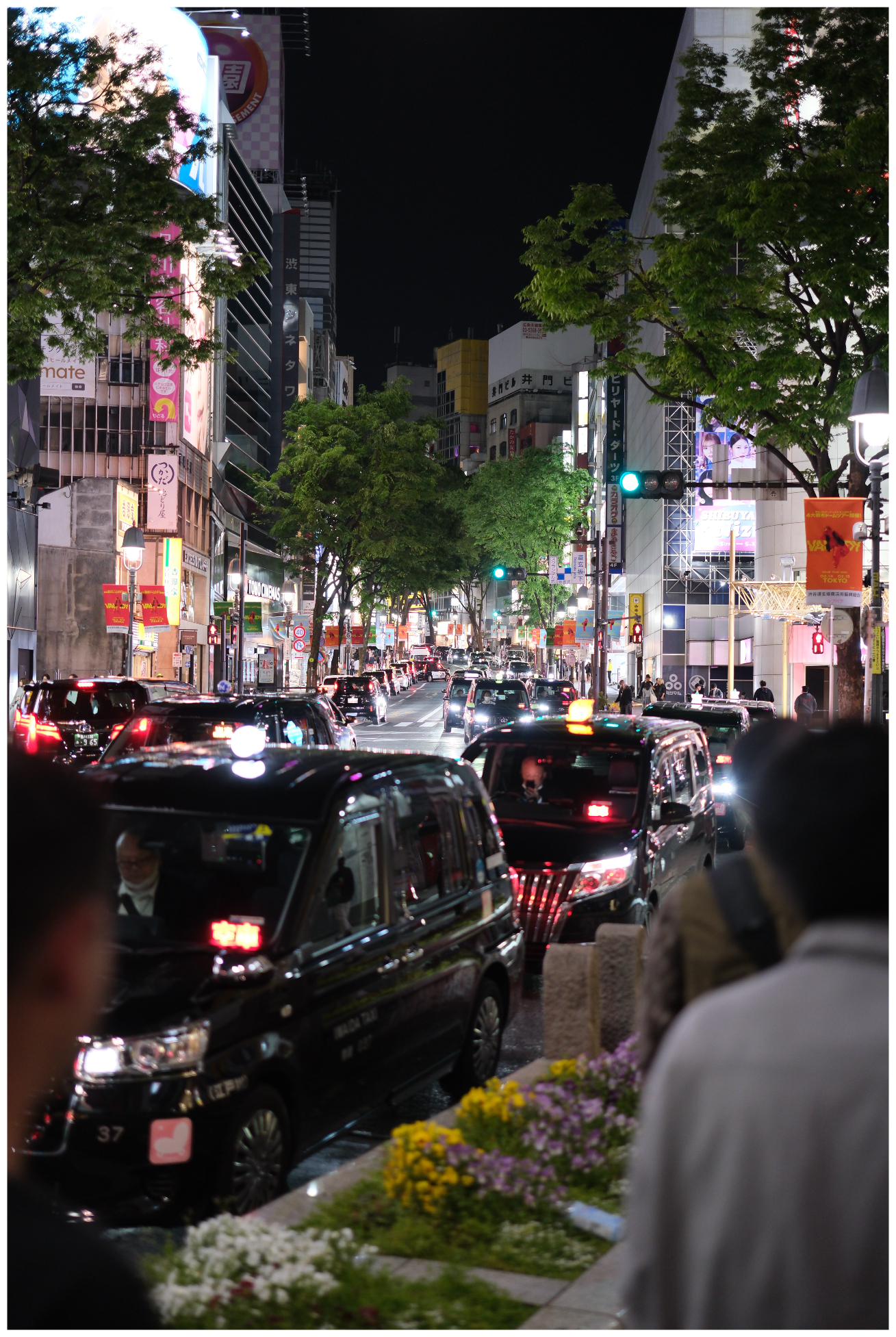
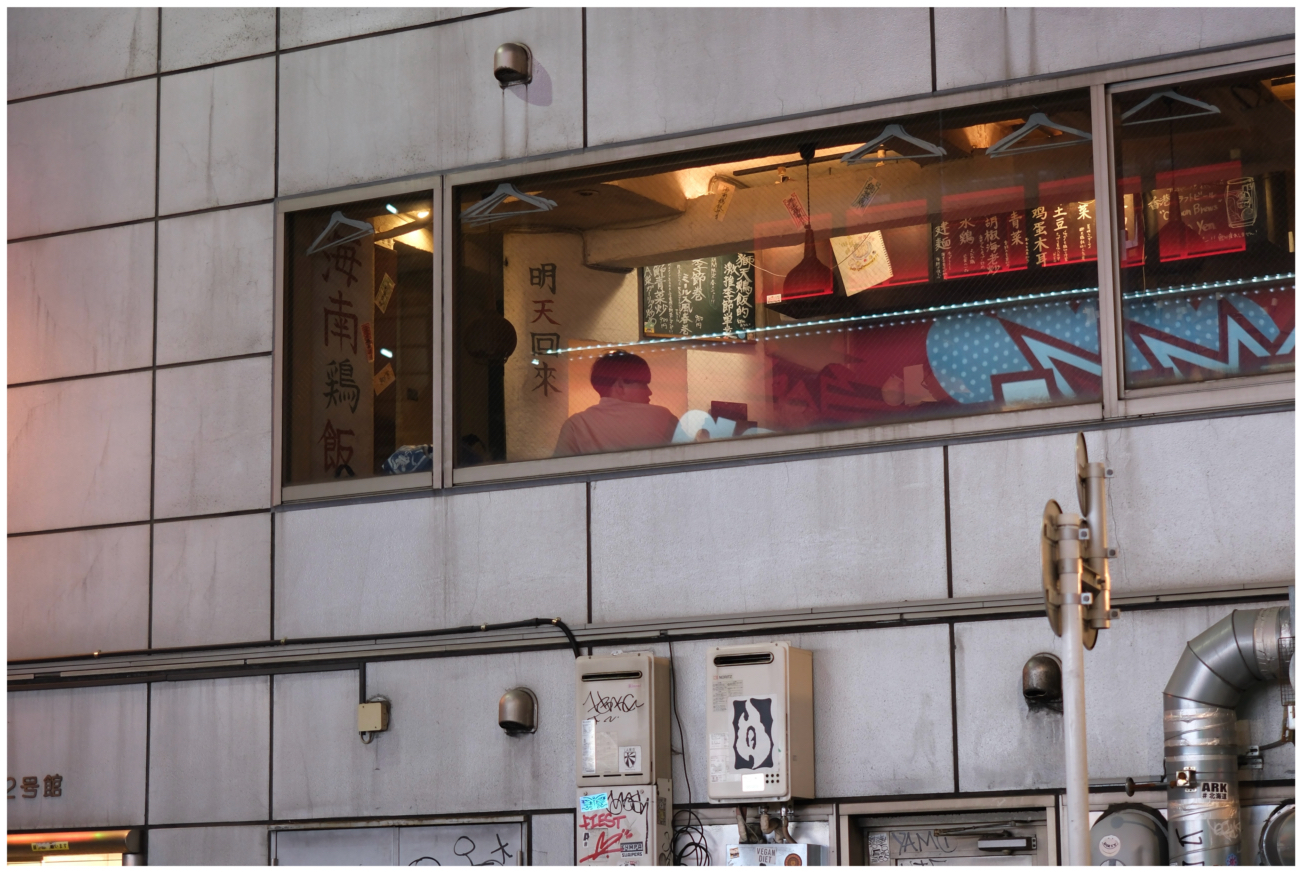
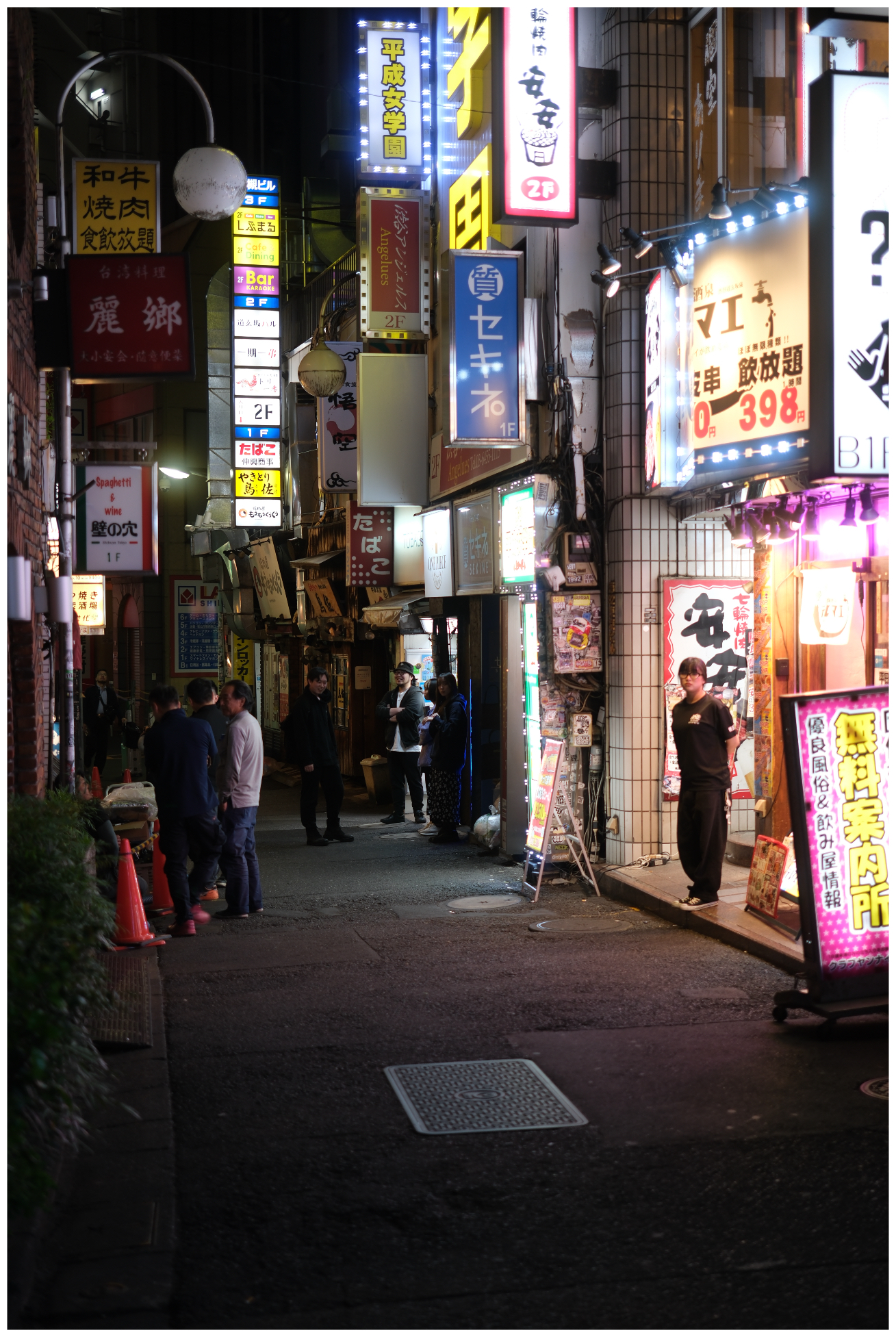
Random snaps from our first midnight walkabout
Day 2
teamLab plants, Toyosu market, Ginza and Tokyo walkabout
We had pre-booked a month or so prior into teamLab planets for late morning, so our first challenge was to make our way there. This became our first true experience of Tokyo's metro and other light rail systems.
Prior to arriving in Japan, we added a Suica card to our Apple wallet and topped it up right there within the Apple wallet app. Very simple and easy, not as easy as just being able to contactless tap your credit/debit card or phone like the London underground, but the Suica card supports Express Transit mode so you can also just hold your phone to the barrier without unlocking it so it's all good.
One detail I liked about the metro barriers in Japan are the fact that they default to open and only close if you walk far enough into them without having tapped your card.
That's something that I think would benefit other metro systems, it's a small efficiency; the doors aren't constantly opening and reopening, so less wear and there is no delay for people streaming through them. The only downside is that they have to be longer.
Other than that, Google maps, pretty good signage and colour coding lead the way. 98% of all of our Japanese public transport experiences were like this. Very straight forward and really easy. I'll get to the 2% of situations where it was a little more difficult through the rest of this post.
Anyway, we finally made it to teamLab and got stuck in.
teamLab planets
teamLab planets is an immersive art experience - with 4 distinct areas. I'm not going to try and explain or help you understand what it's like to be there, I have loads of photos and videos, but these type of experiences are made to be experienced in person.
I was initially sceptical of this. It's very popular, it's all over Instagram and Tiktok, it's a common destination on TV travel programmes.. but all for good reason. I actually ended up really enjoying it.
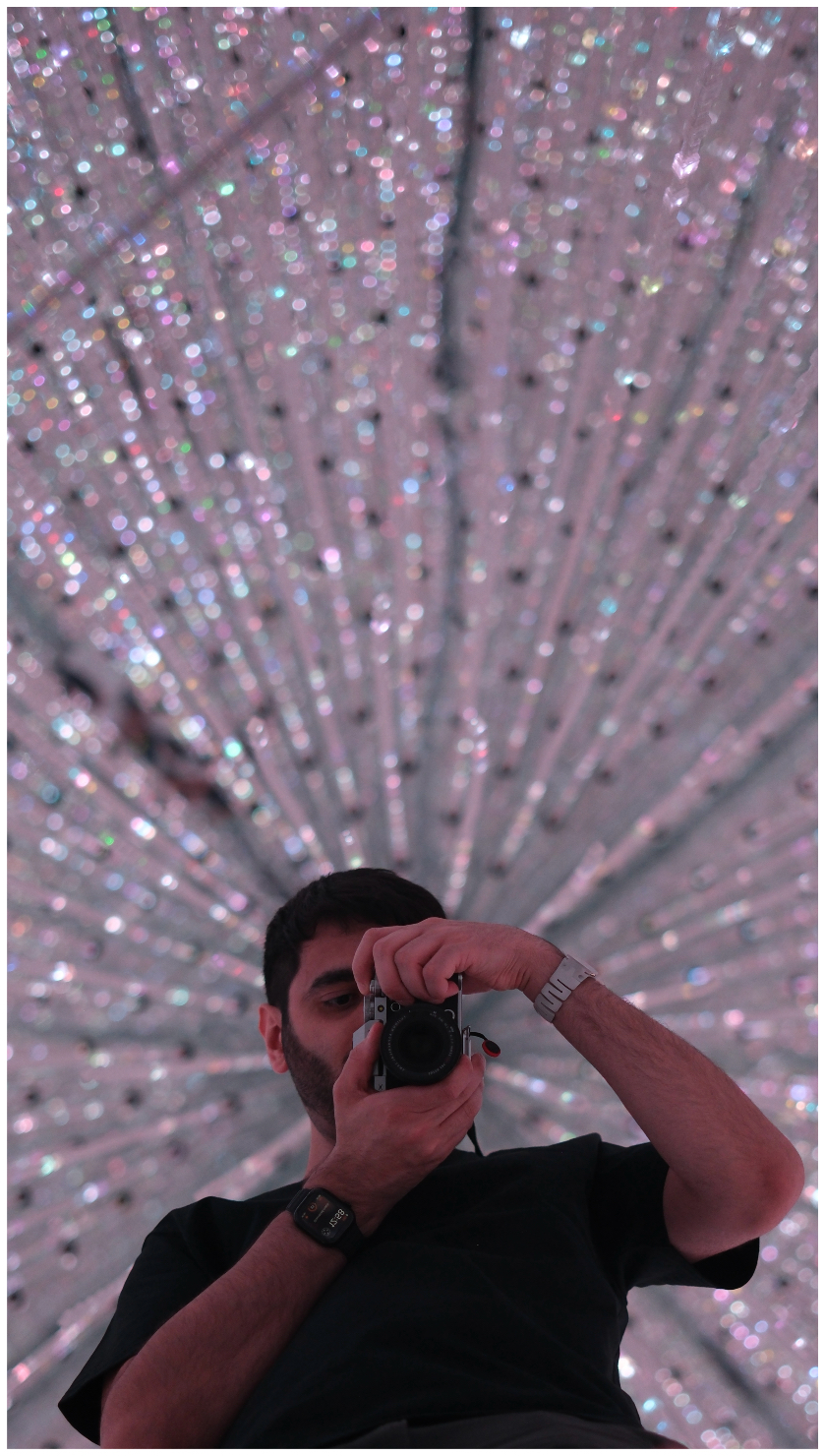
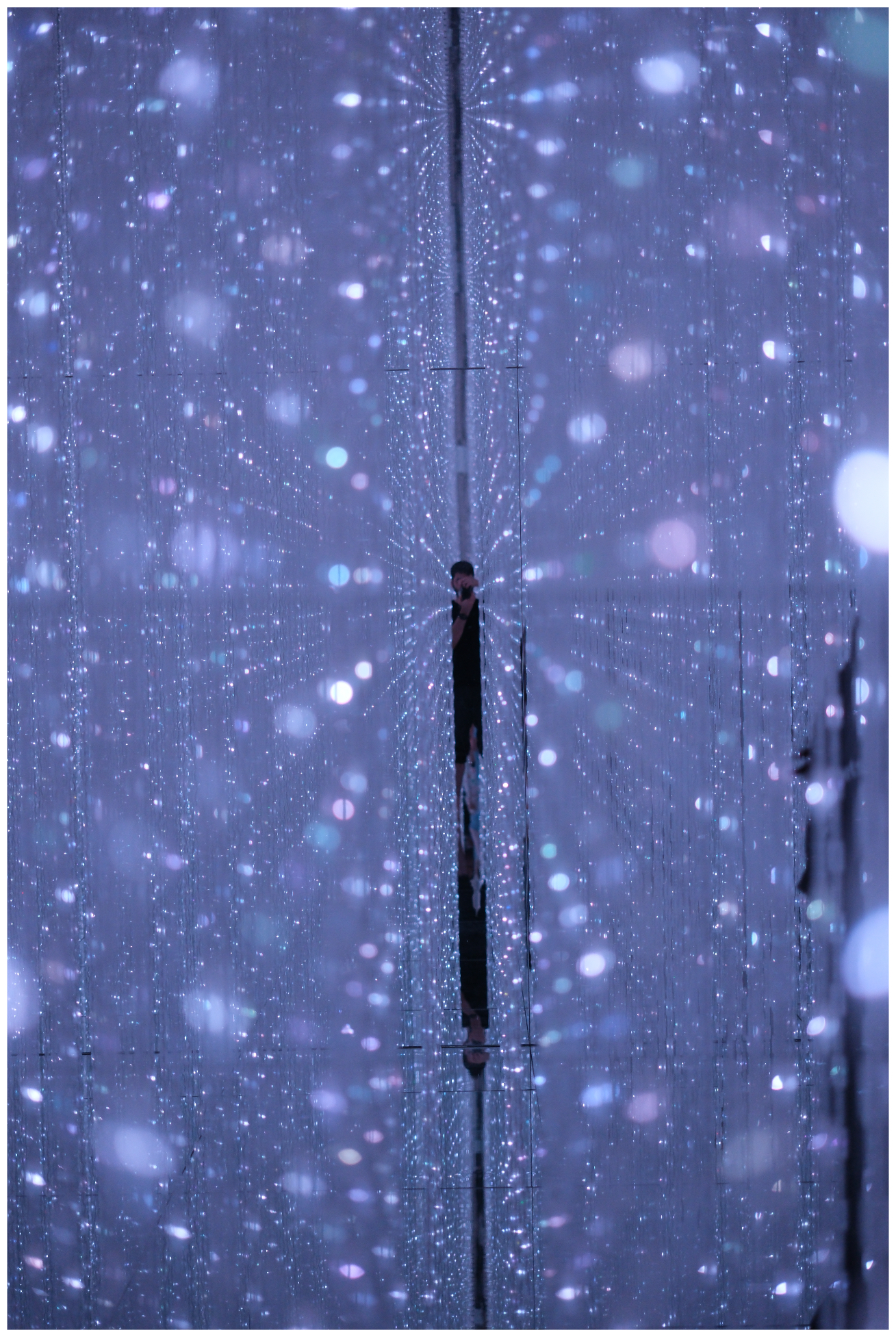
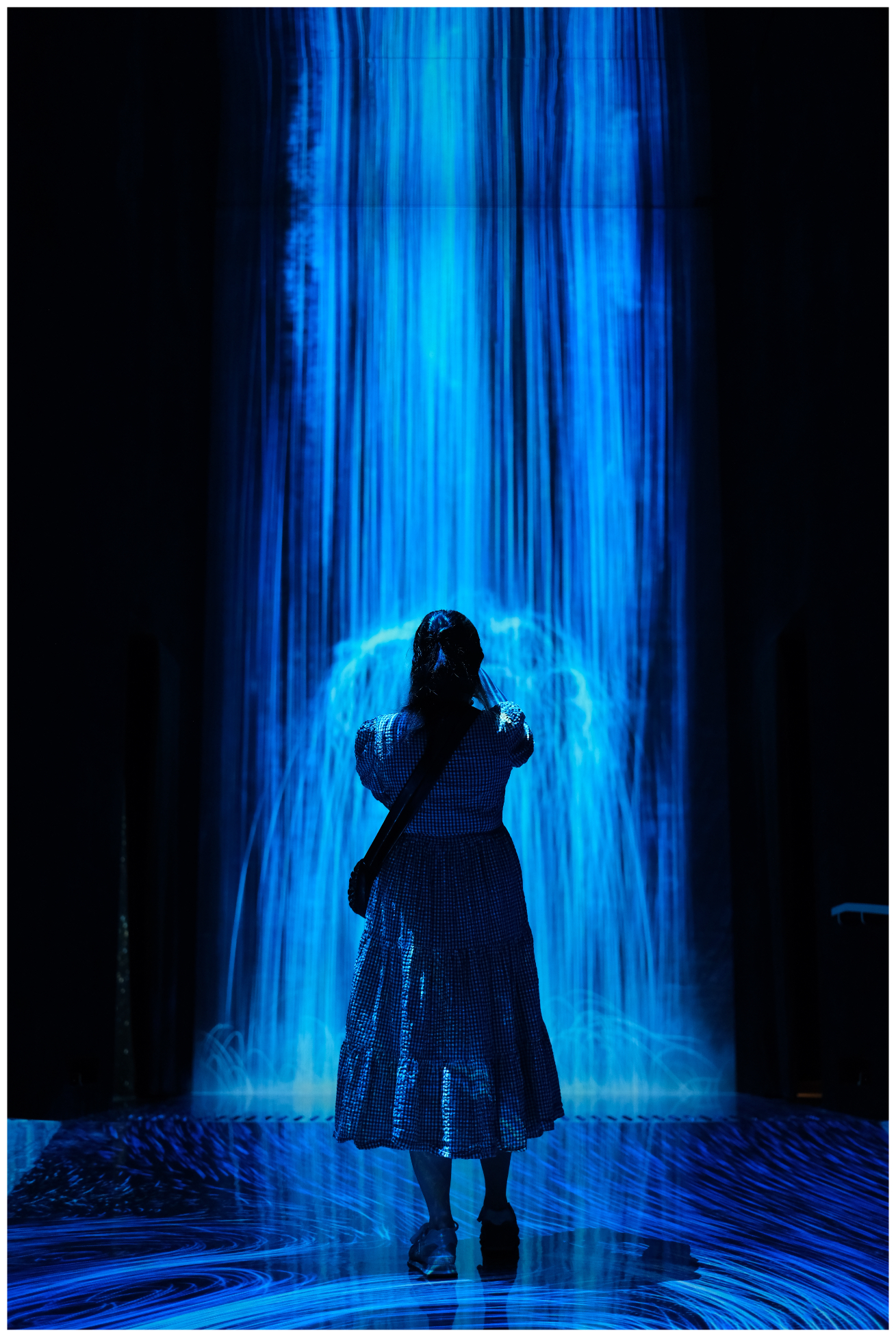
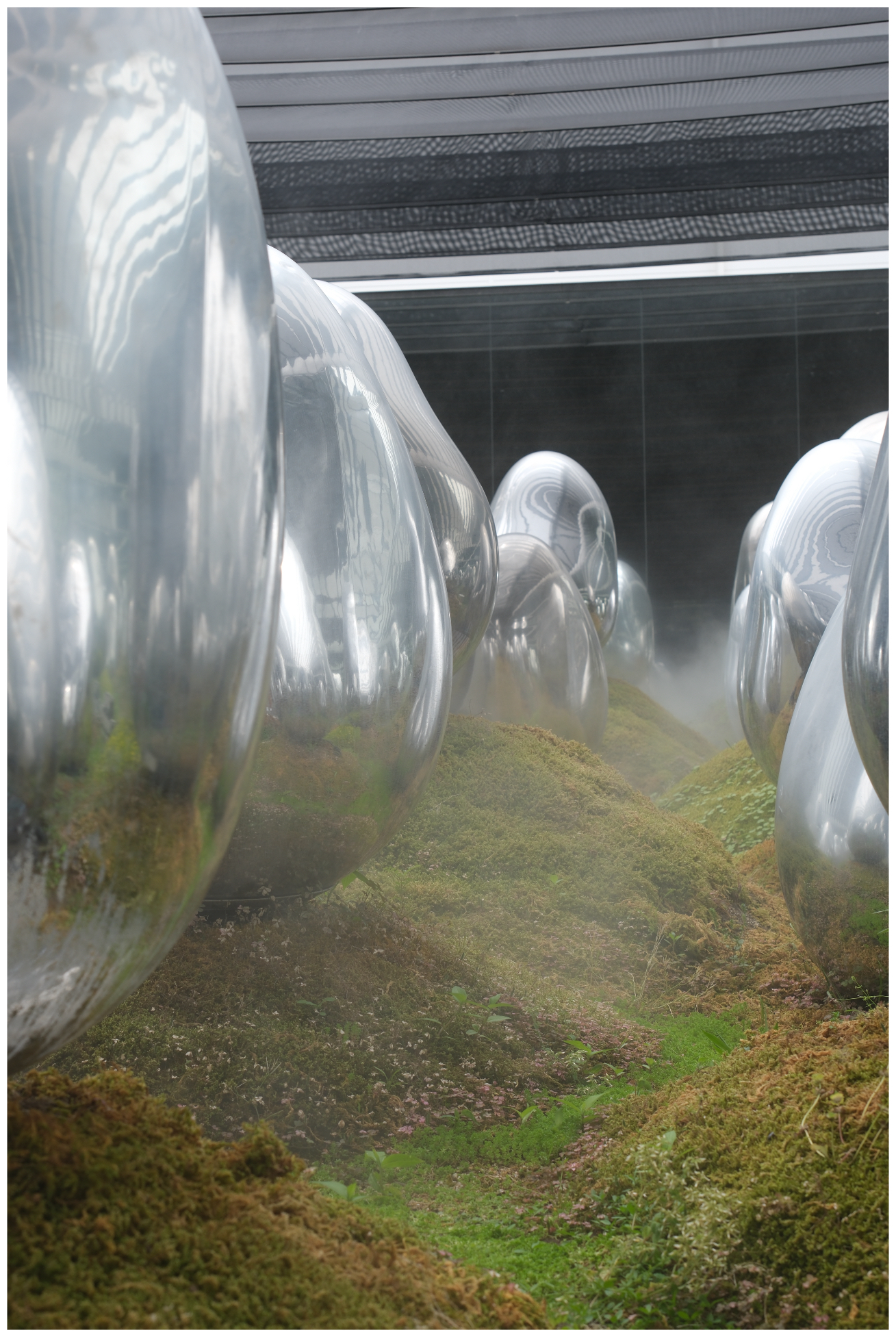
Given the logistics of one of the exhibitions, which is about going barefoot - walking through water, into different visual & tactile experiences, they manage the amount of people well. Again, another theme of my time here, Japan knows how to manage crowds to make them a whole lot less annoying than anywhere else I've been.
I'm also not going to chronologically walk through the different exhibitions as I do with many things in my 'travel' posts.


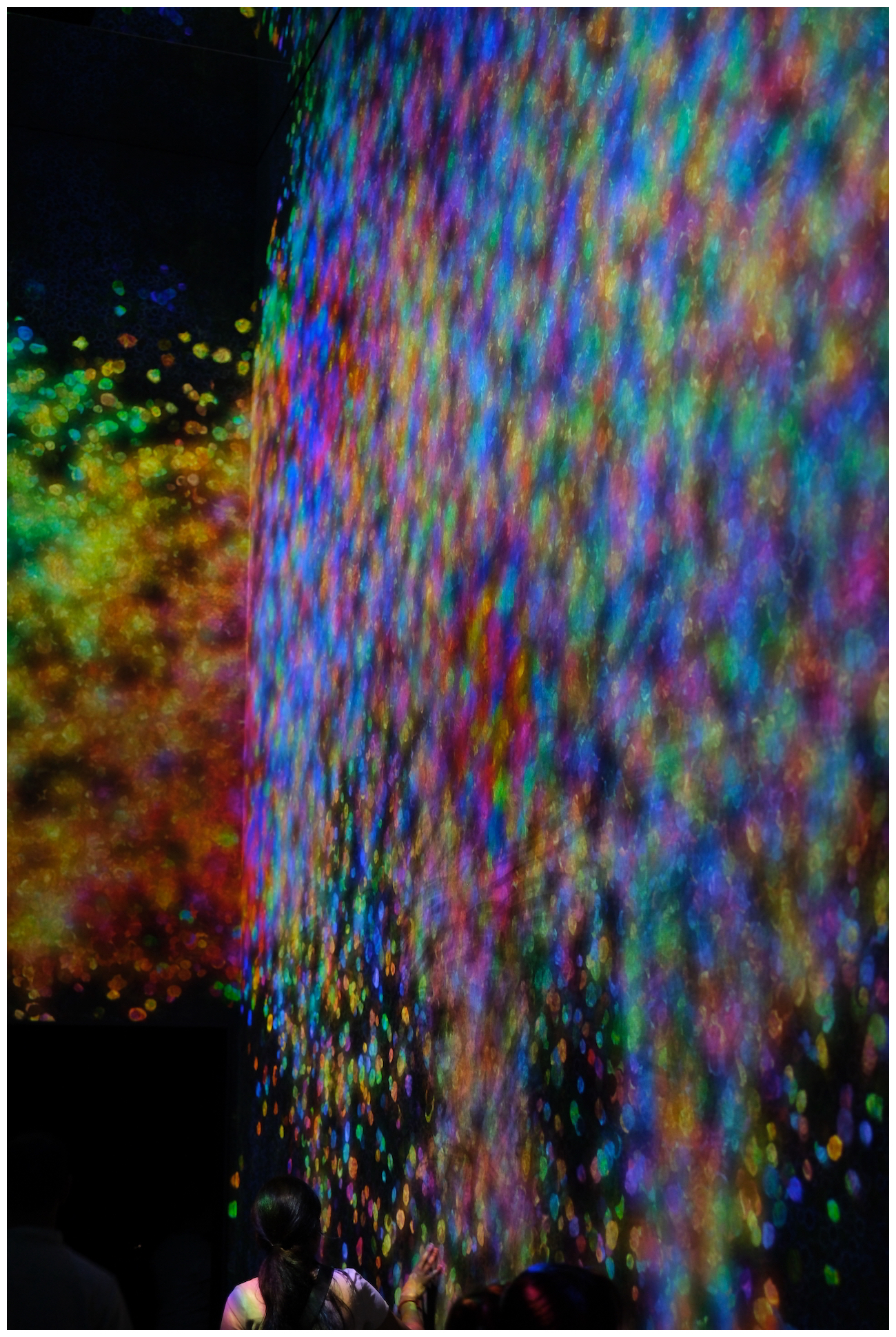



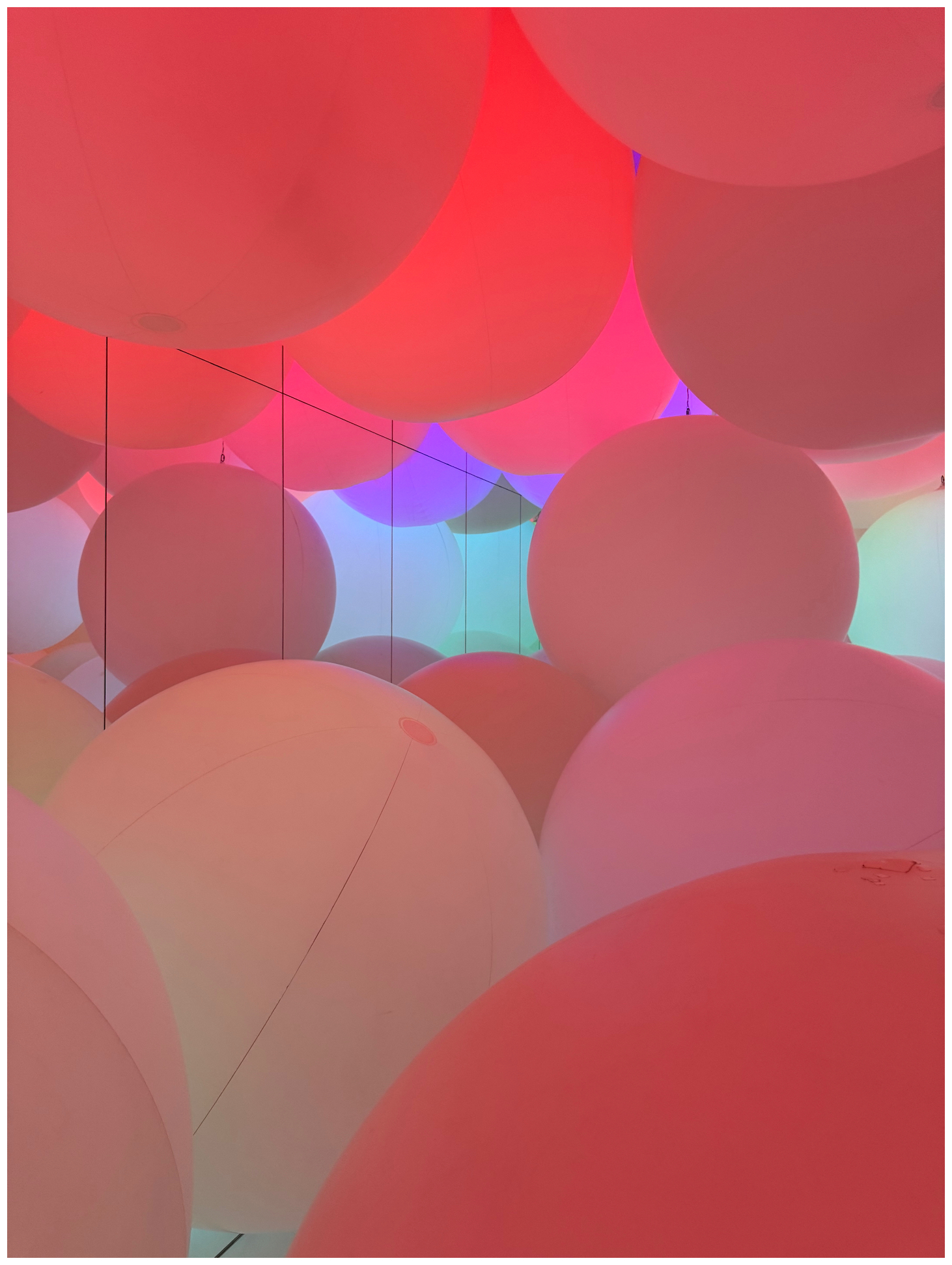
If you're into this sort of thing.. or even if you're typically not.. I think it's absolutely worth the price and was absolutely an enjoyable way to properly start our Japan trip. Remember: something being popular with tourists isn't inherently a bad thing. Many of those tourists were also Japanese people and school trips (a surprisingly common occurrence through our trip).
Toyosu market
Toyosu market is the largest wholesale fish market in the world after Tsukiji fish market was relocated to here in 2018. This is where you can watch the auctions, if you get early enough from an observation deck, but we were here for lunch time.
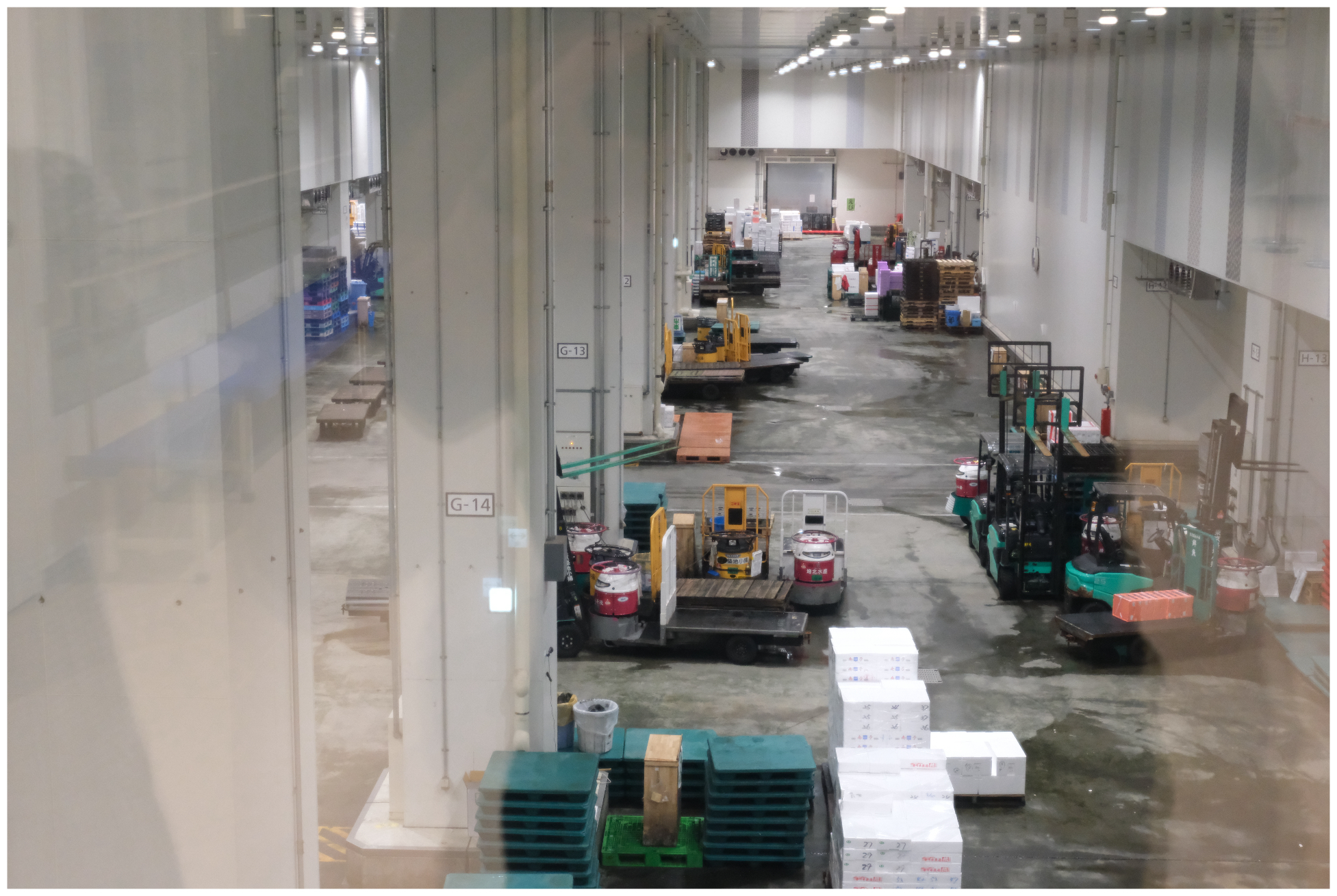
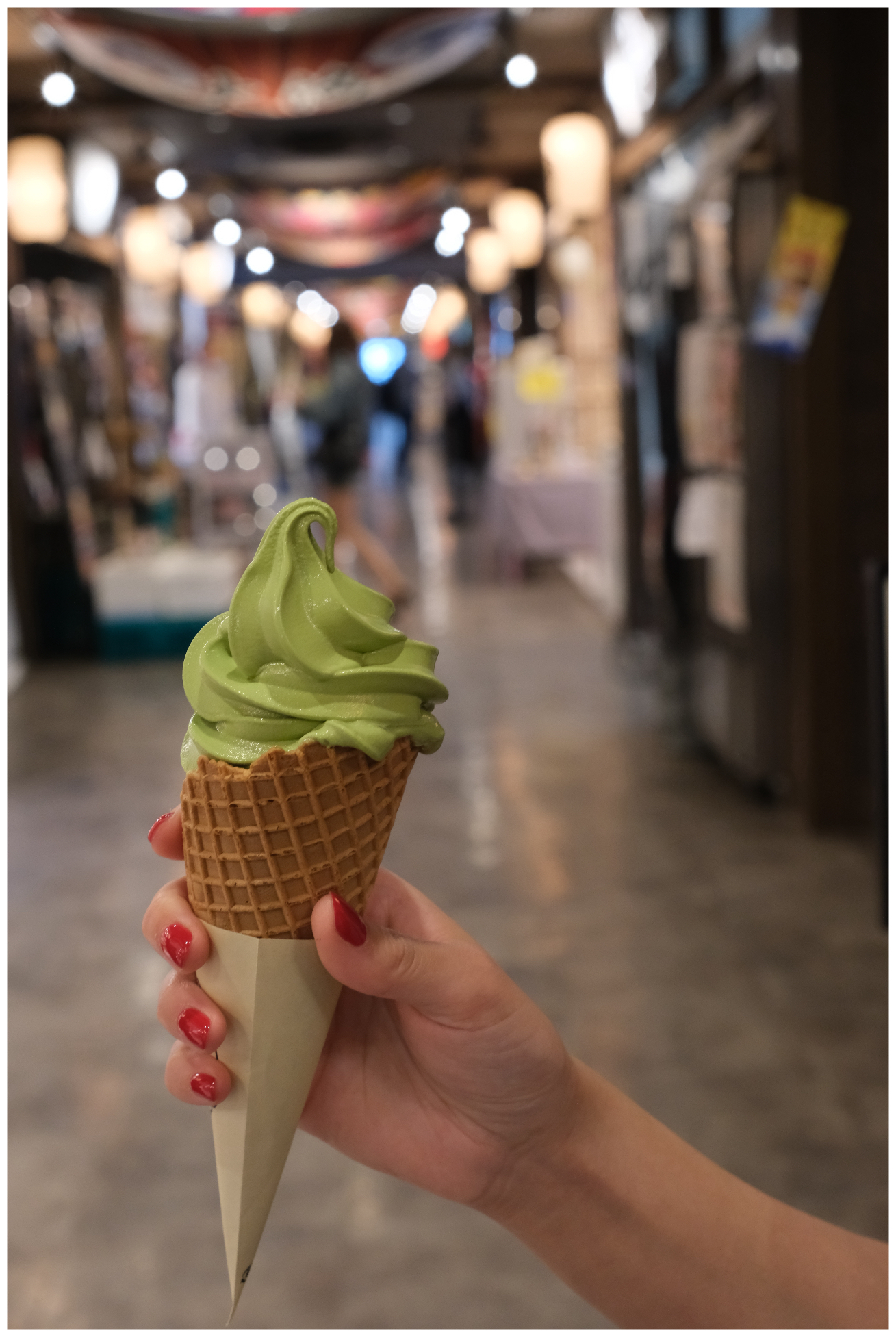
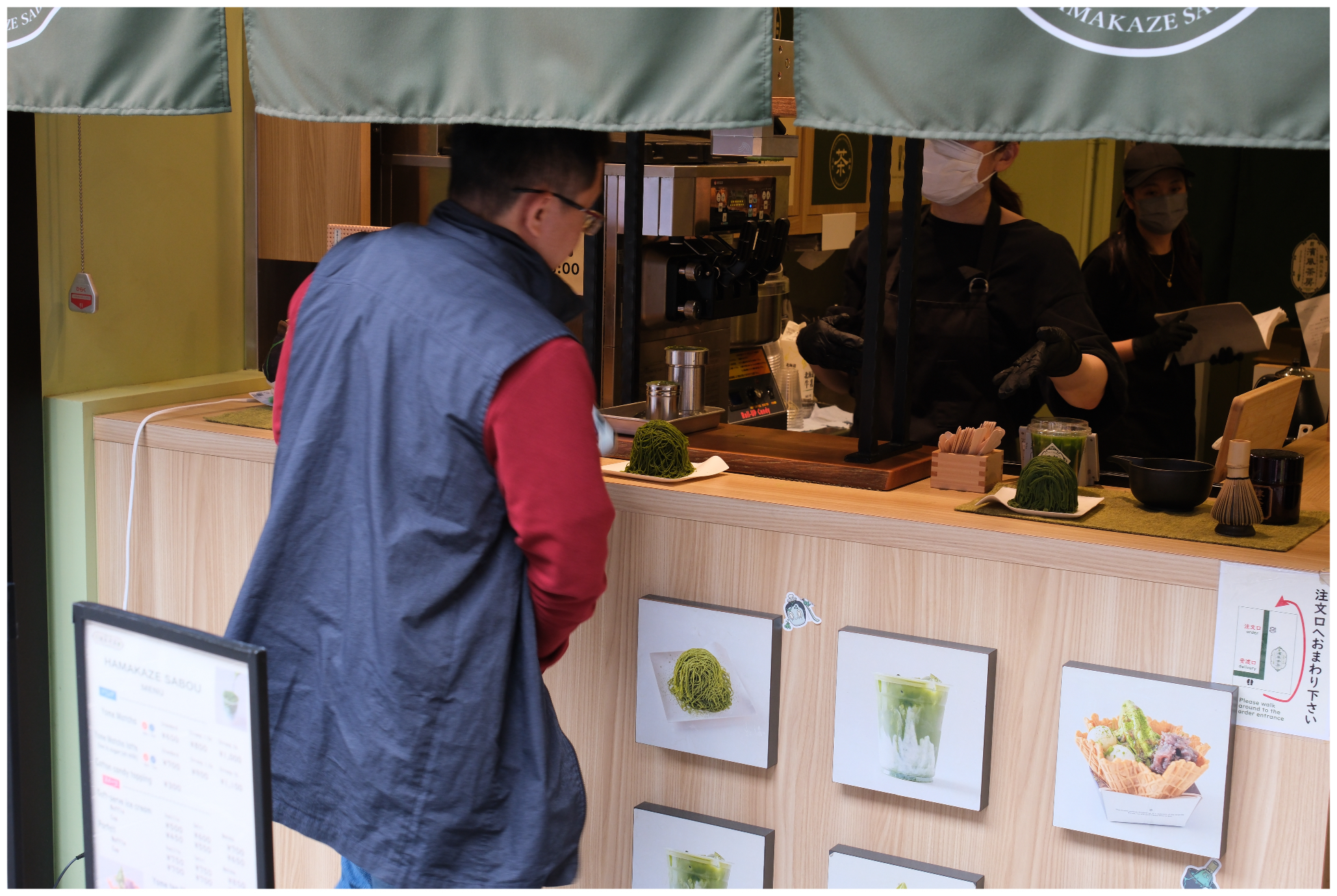
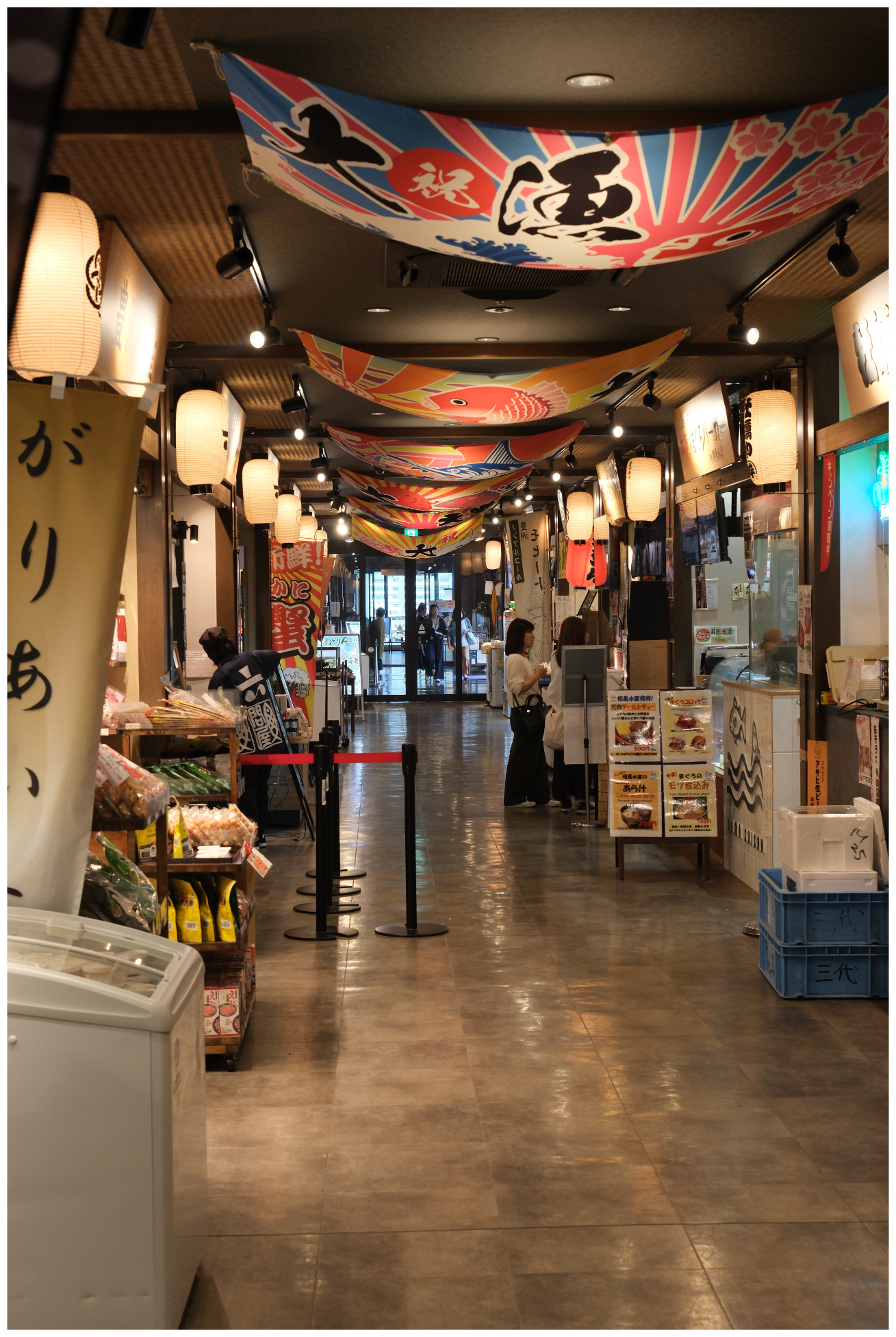
We had lunch in a sushi place within the main market building, it seemed relatively expensive for Japan and obviously catered more to tourists, but the staff were really friendly and the food was good.
After lunch, we went out of the fish market facility to the wider market, Senkyaku Banrai. This is supposed to be a new, modern version of Tsukiji's outer market (which still exists with hundreds of businesses). It was alright, some interesting shops, decent variety and a nice food court area. Overall, I wouldn't necessarily say this felt like an attraction worth going out of your way for - but as an add-on to other attractions in the area, like teamLab planets, it's a good place to stop for lunch.
Ginza and Shibuya walkabout
The rest of the day, we just had a casual walk around Ginza and Shibuya, having a look around the shops. We went into our first Don Quijote, I made my first visit to a Nintendo store, bought lots of Zelda tat just because... and Sonia bought some Onitsuka Tiger trainers.. in a store full of incredibly rude and annoying tourists. I definitely don't envy the staff in the Onitsuka Tiger stores.

This was our first real taste of the enjoyment of just aimlessly strolling around Japanese cities.
Day 3
Tsukiji outer market, Akihabara and Shinjuku
Tsukiji outer market
We knew Tsukiji outer market is known as a bit of a tourist trap these days, but honestly, if you're avoiding everything people label as a 'tourist trap' - then you'll spend your entire time in your hotel.

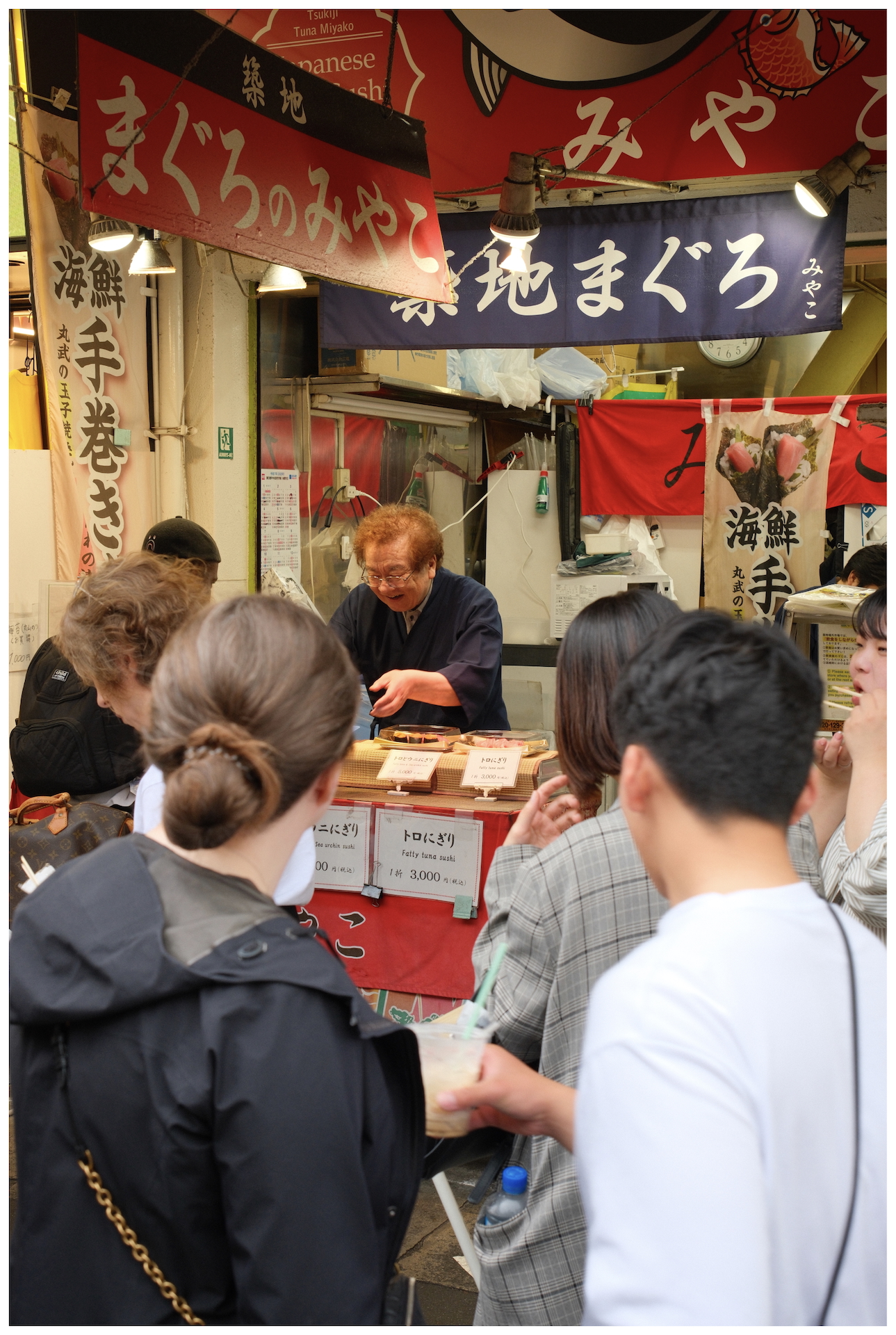


We had our lunch here, which comprised of a couple of sticks of "A5 Wagyu" and a mixed sushi tray. It was good, again, relatively expensive, but that was expected.
Interestingly, there was a nearby modern food hall that which we came across after, which seemed to be largely locals, so maybe that's worth a try (I can't quite find where it was on a map to link to it though..).
Akihabara, 'Electric Town'.
There wasn't a particular plan here, just to wander around - visit some gachapon and retro game stores, and generally just see what we found.
It turns out however, we came on a festival day, Kanda Matsuri.
The Kanda Matsuri is the festival of the Kanda Myojin Shrine which enshrines three deities: Daikokuten, the god of good harvest and matrimony; Ebisu, the god of fishermen and businessmen; and Taira Masakado, a rebellious feudal lord of the 10th century who was revered and deified. Over the years, the Kanda Festival came to be a celebration for the wealth and good fortune of the people.
Which was a nice bonus, we got to experience a few parades.
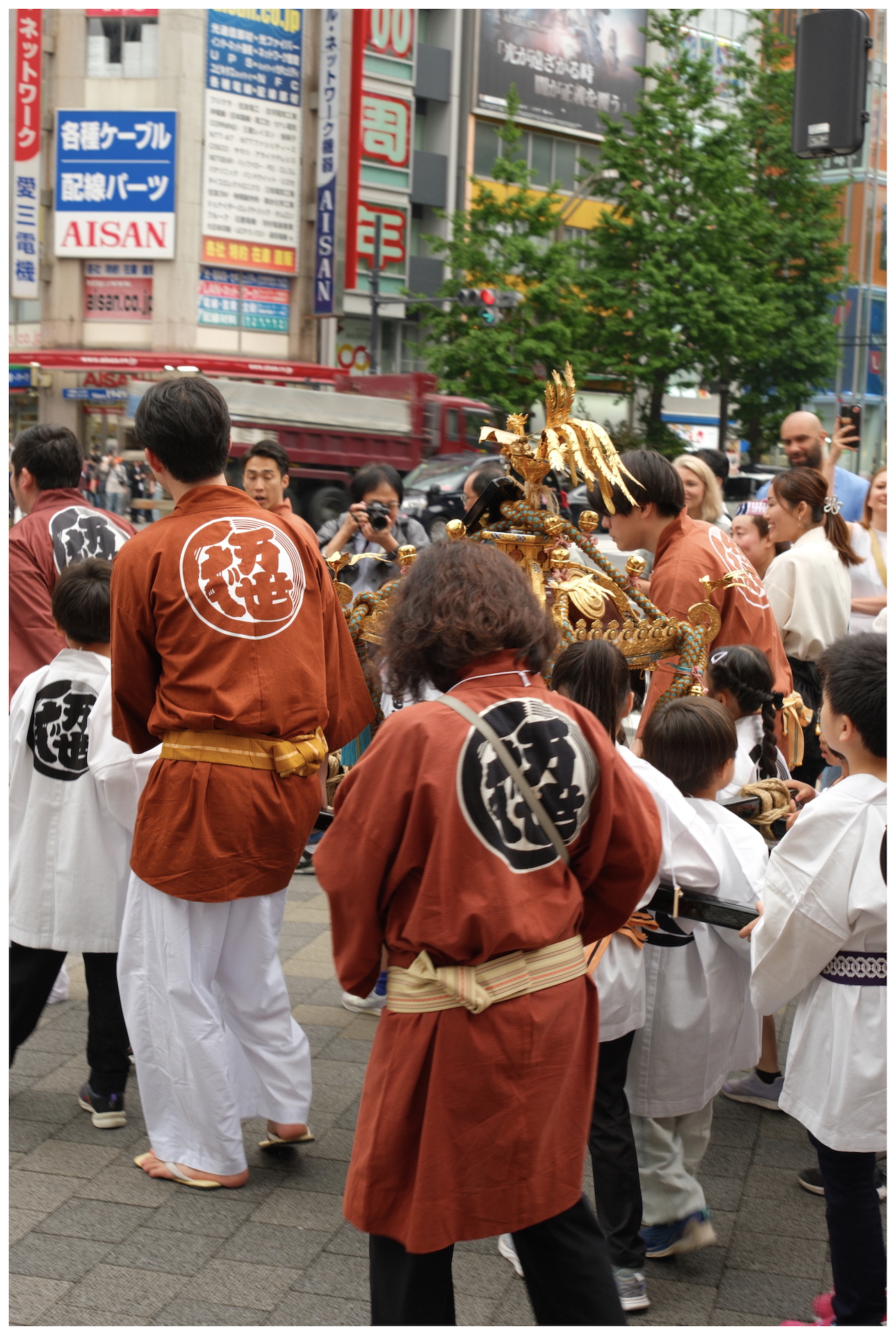
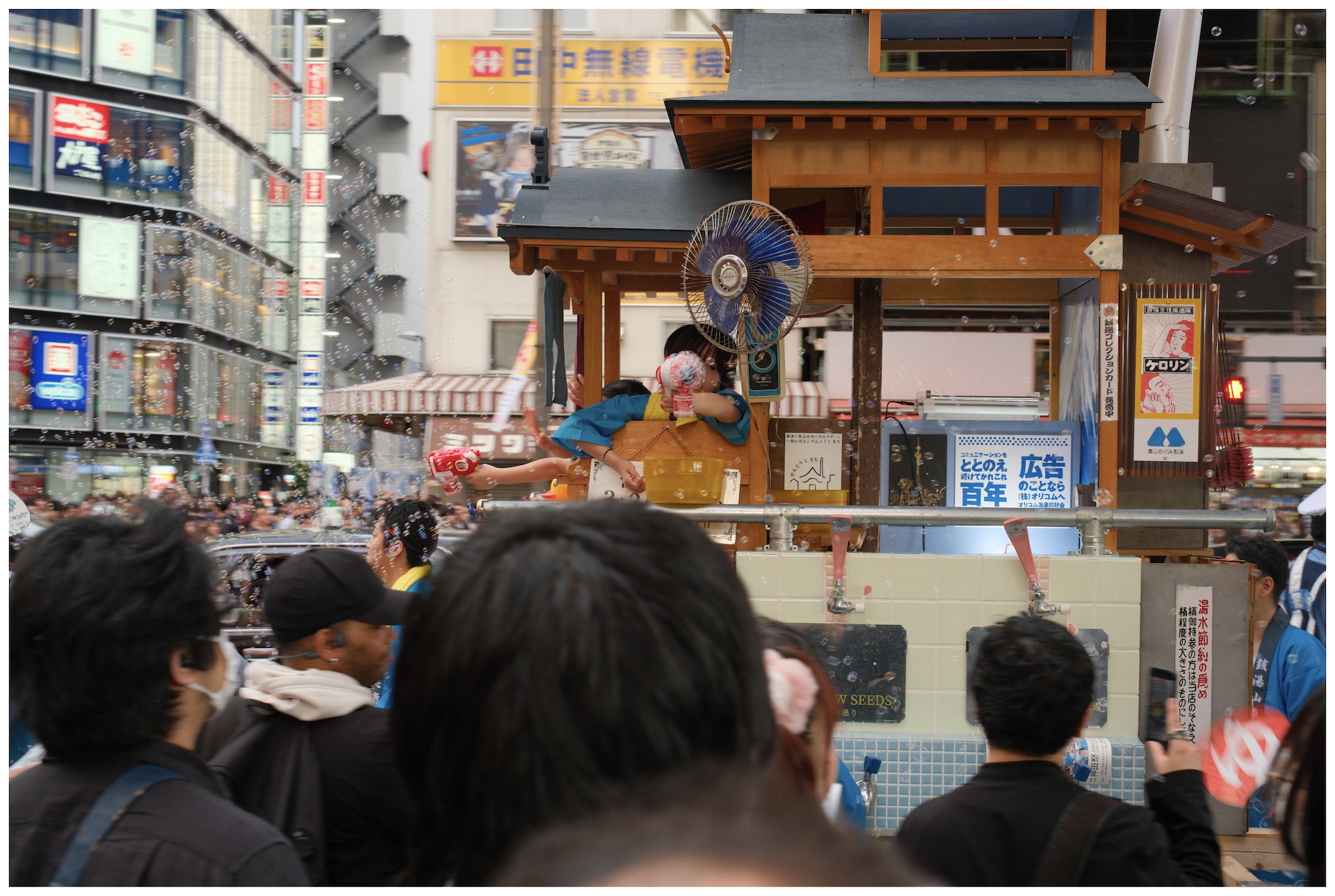


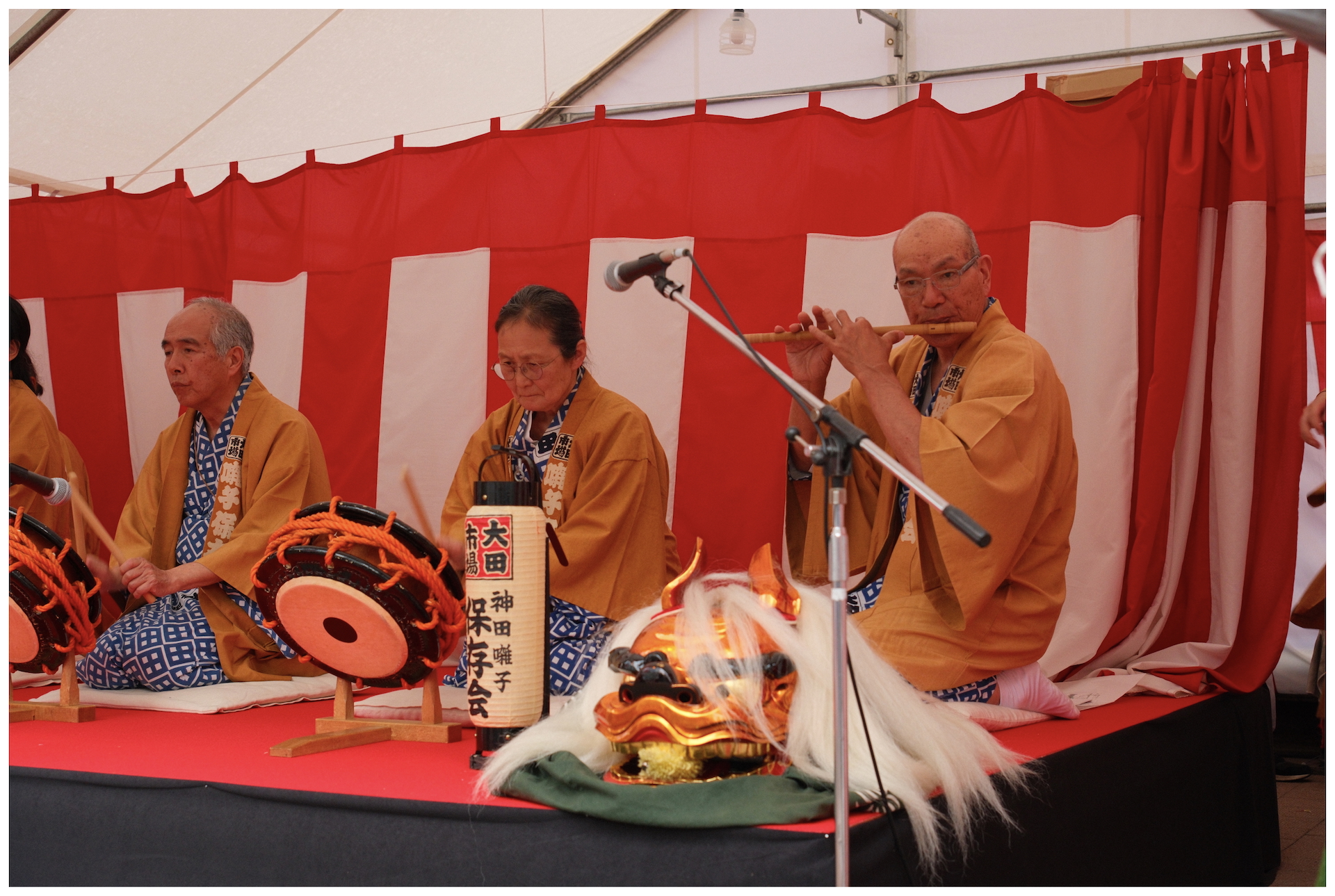
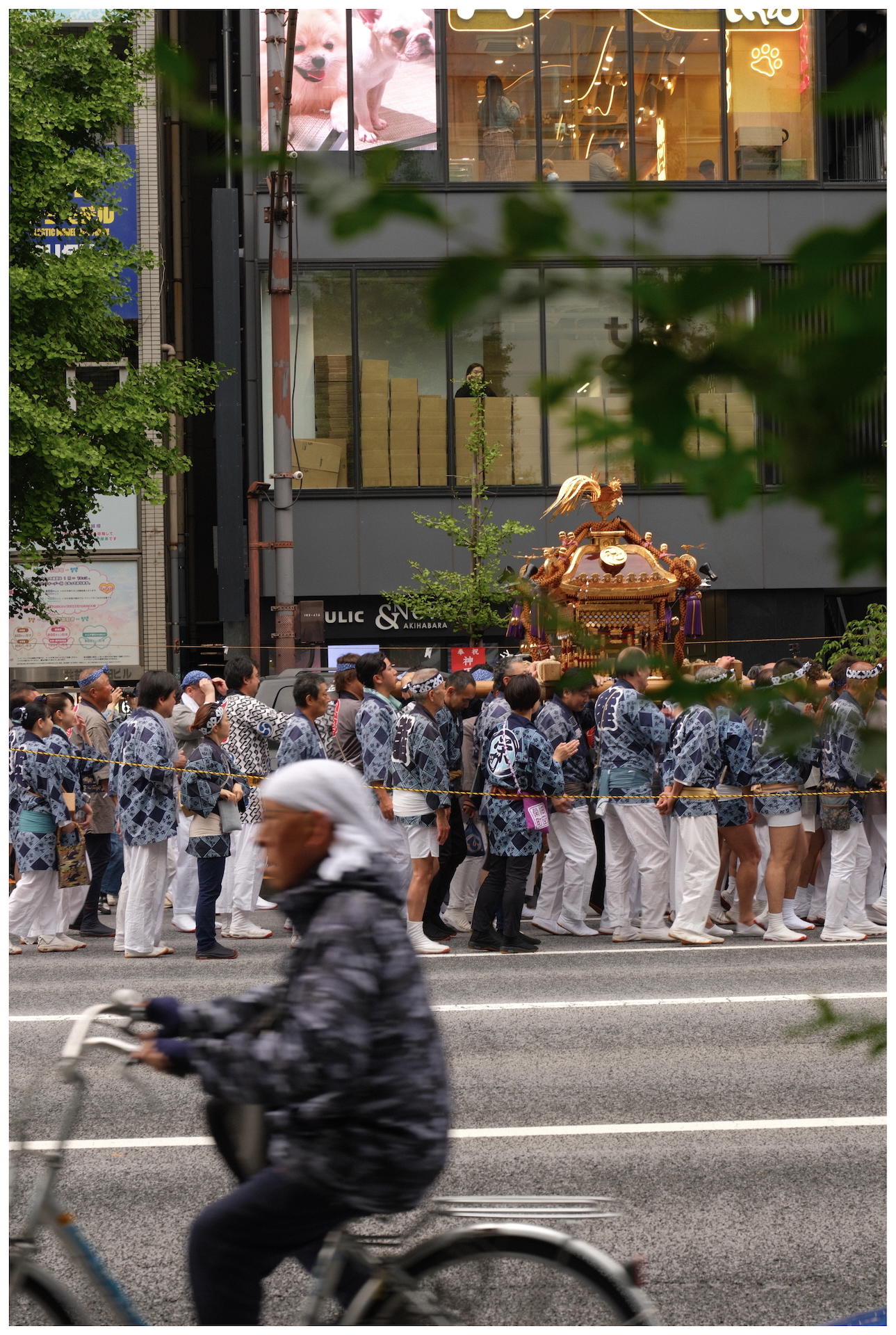
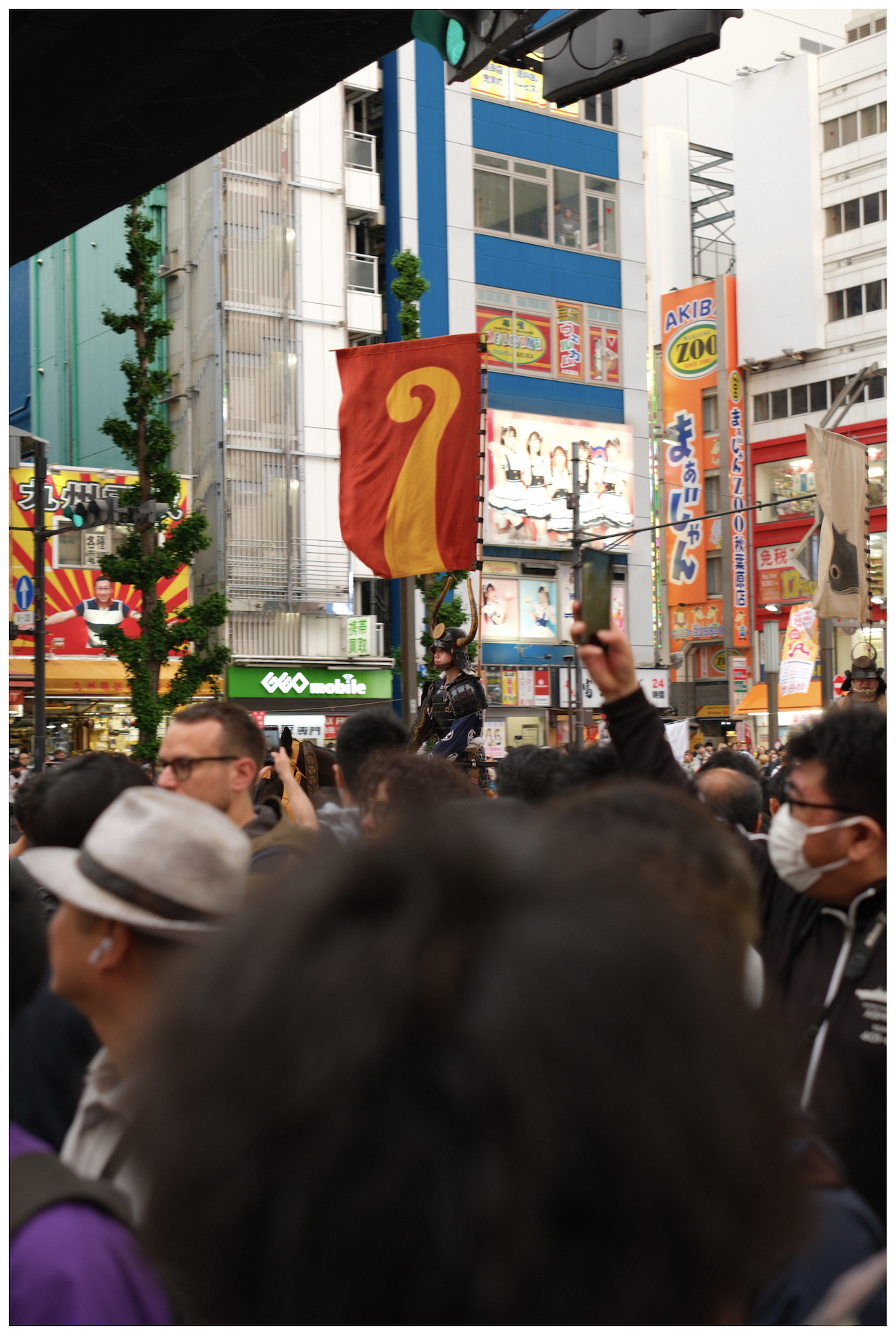
I also enjoyed seeing the liveried cars parading about, very on brand for area.
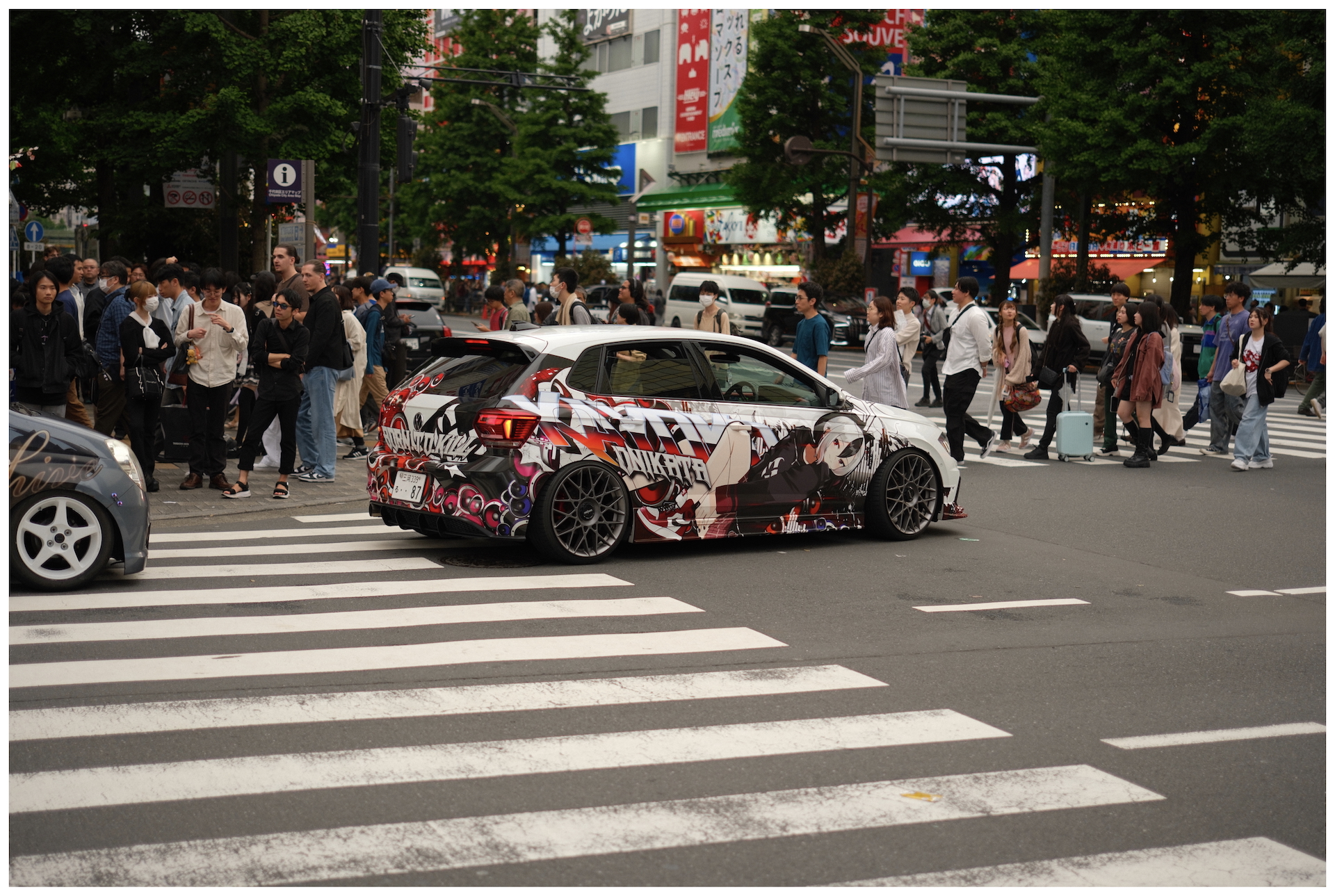
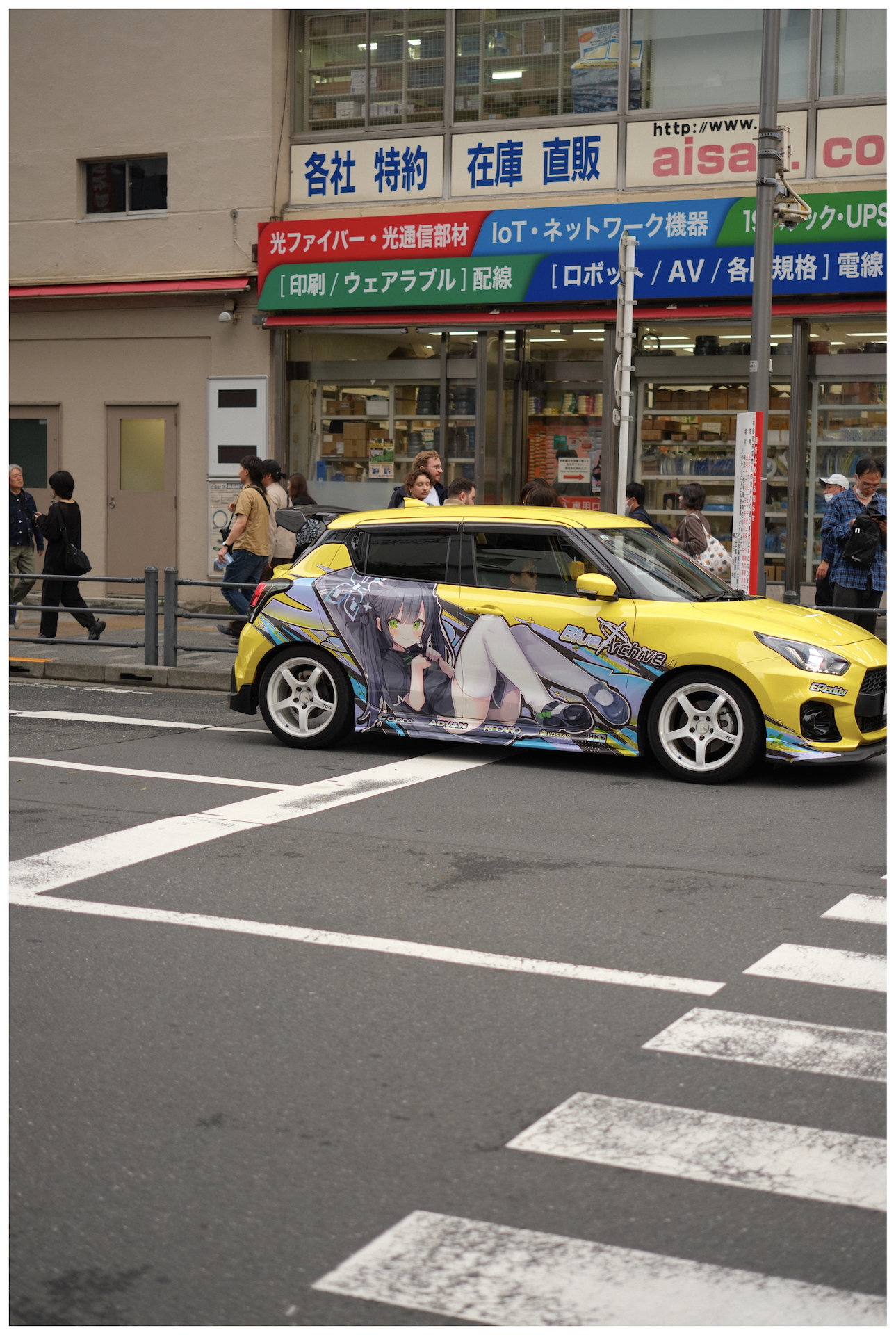
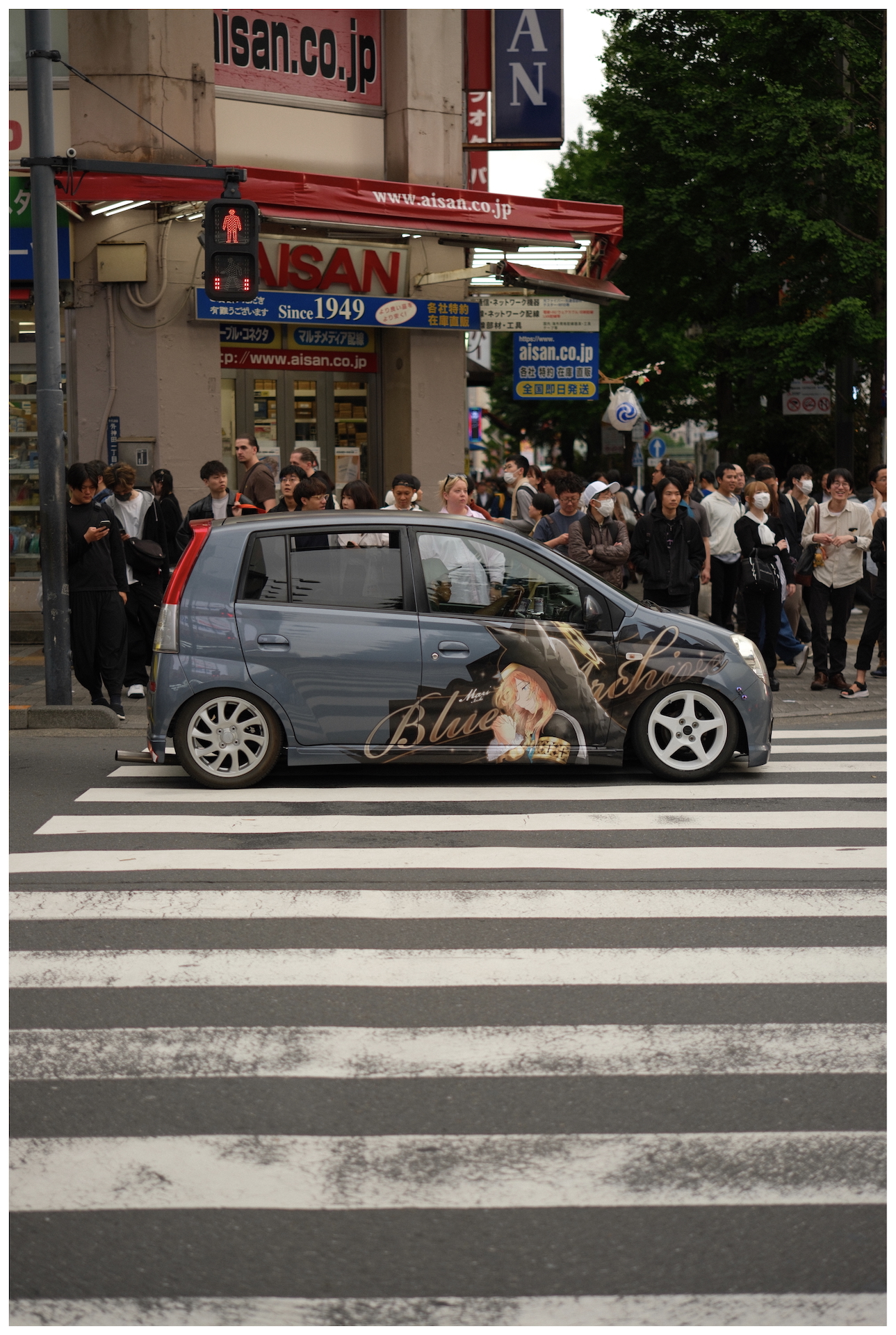

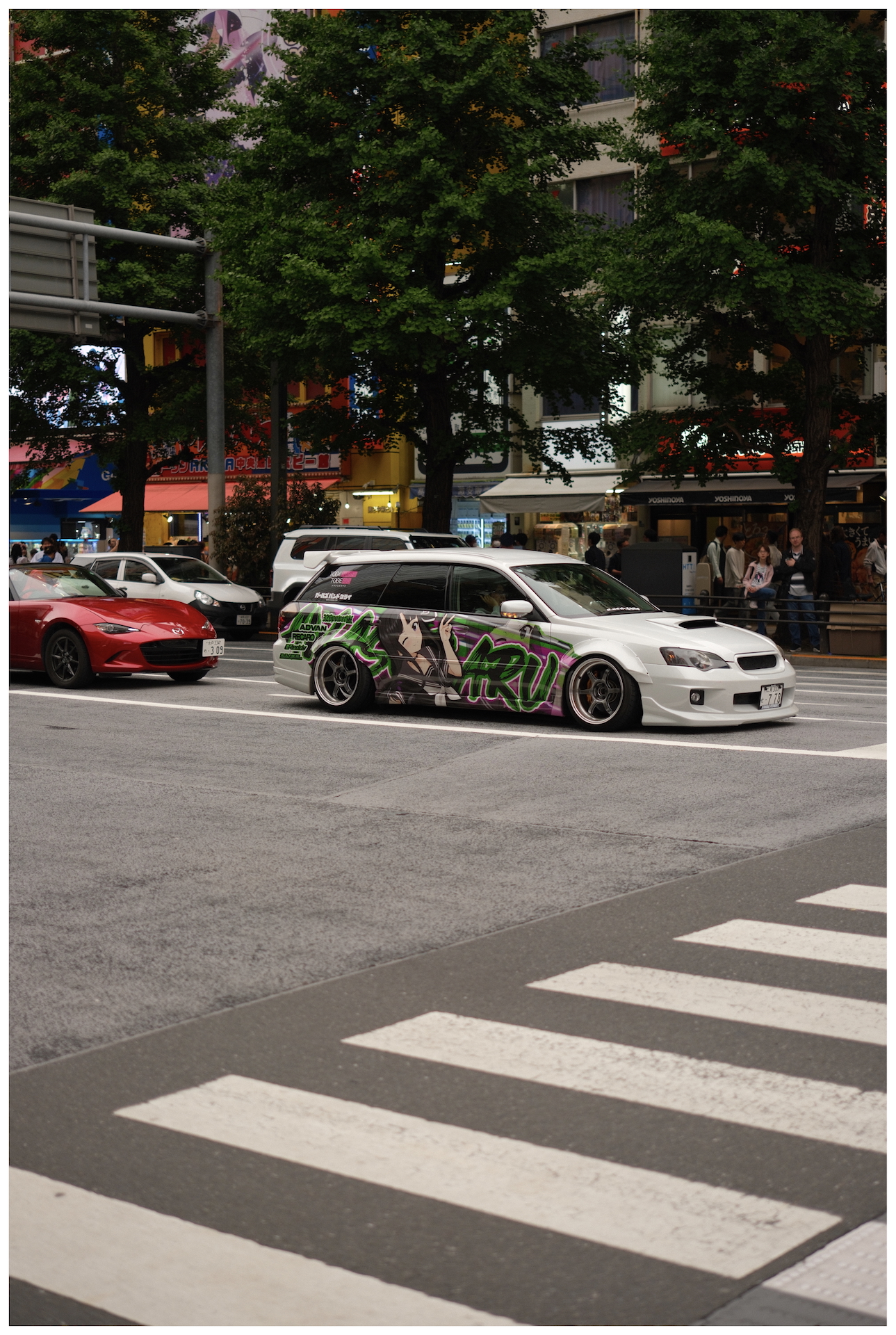
Other than that, we found a cafe to relax in for a bit - I was suffering with quite painful backache for the first half of this trip, but particularly in the first 4-5 days, so we were taking a few more breaks than usual.

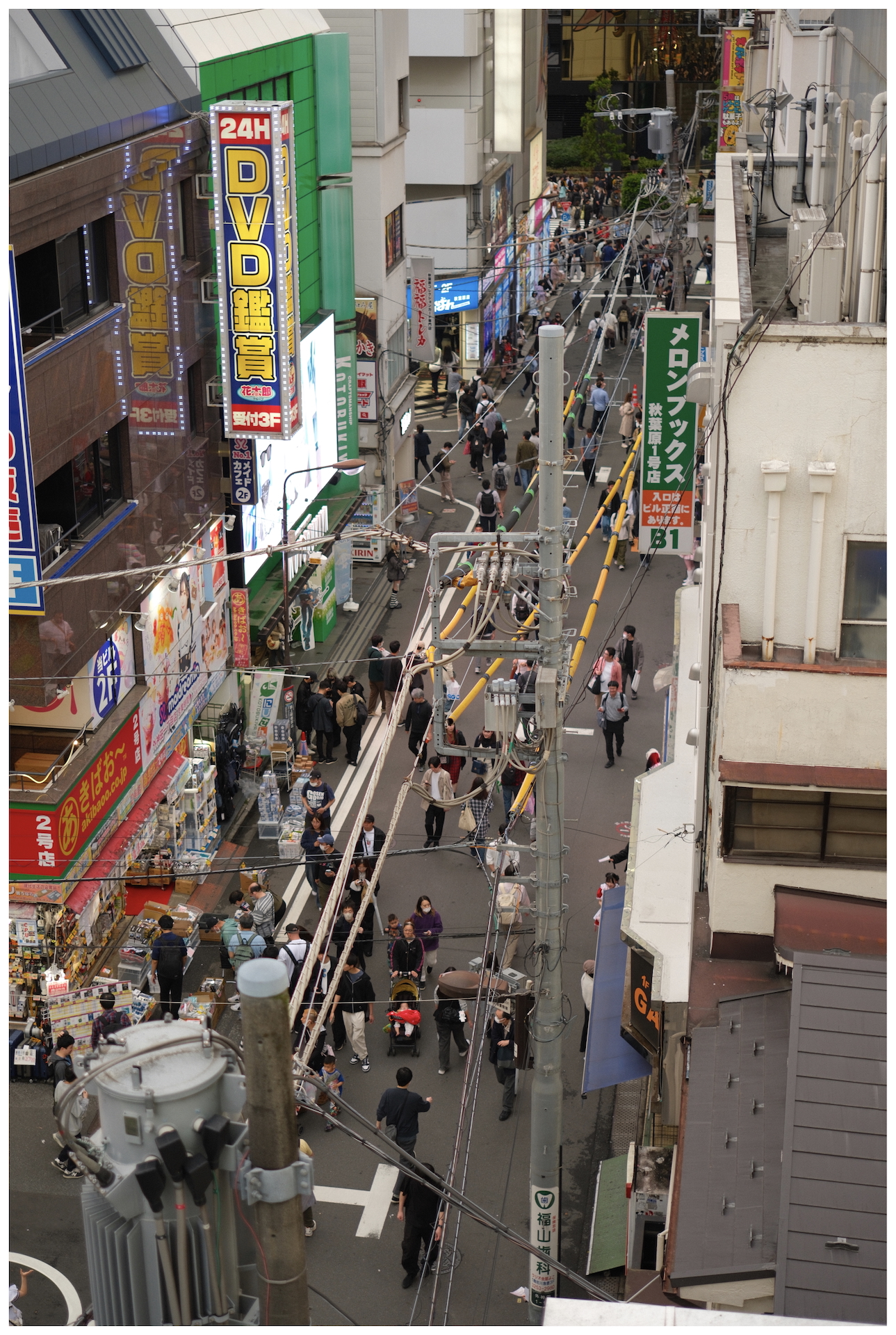
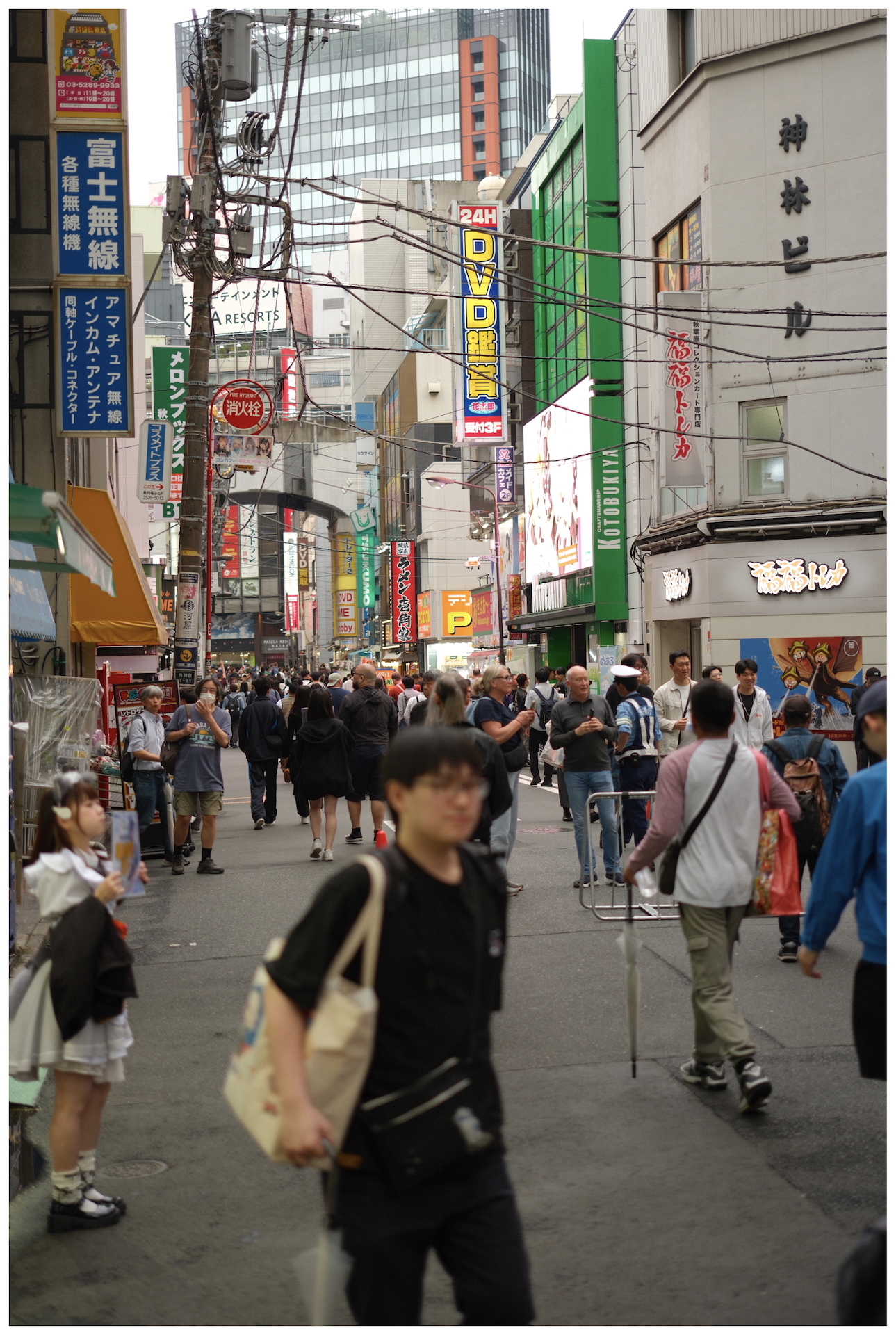
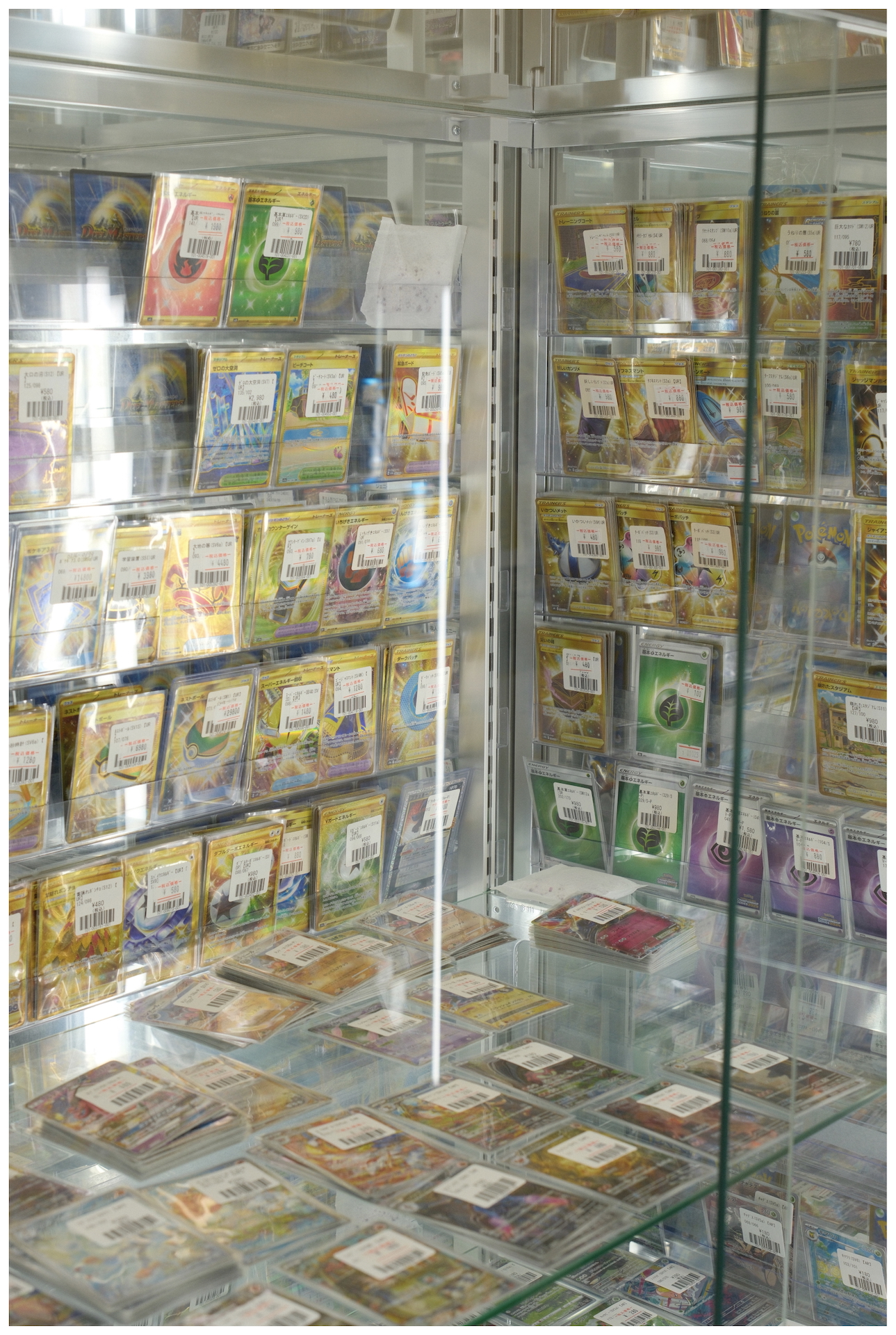

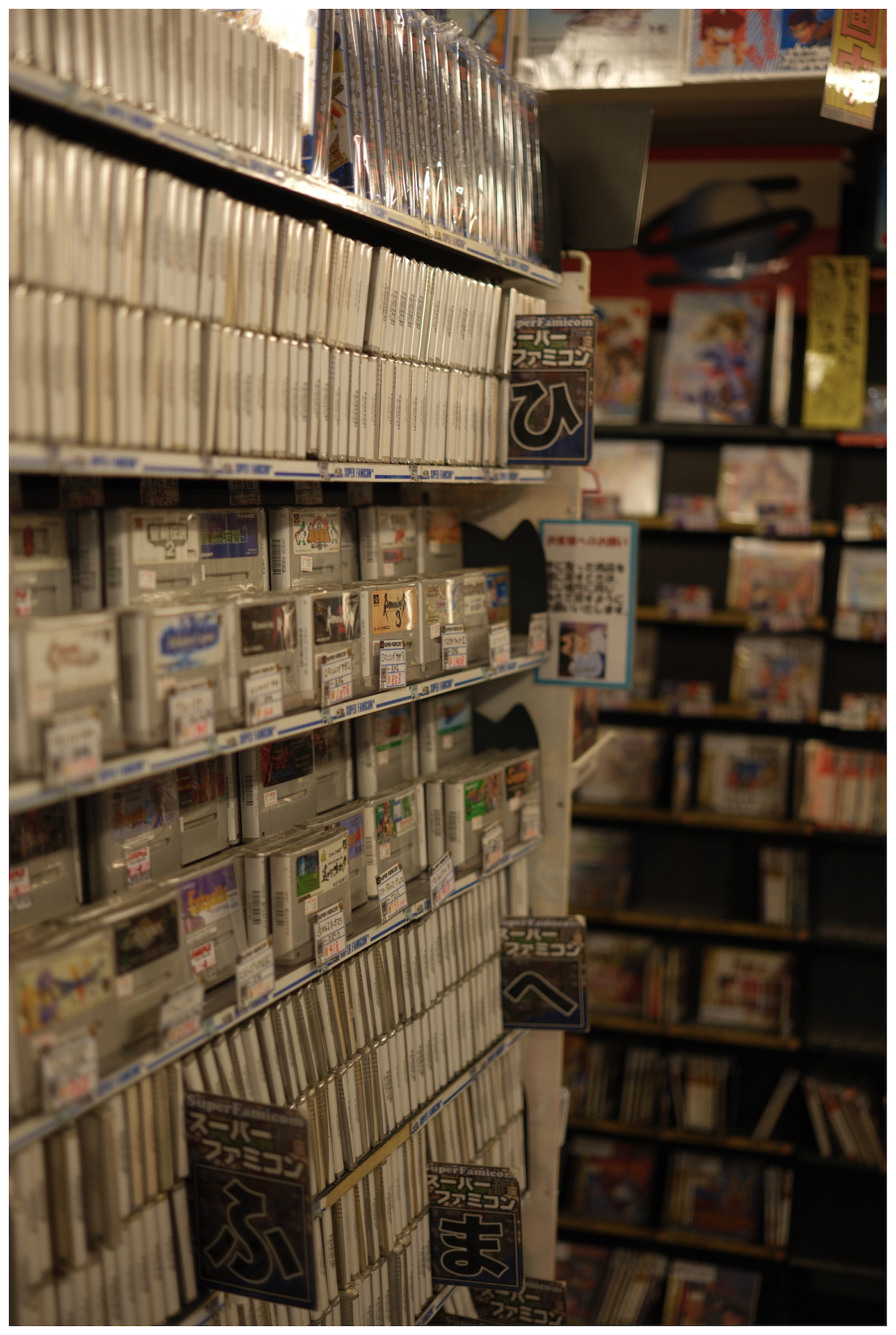
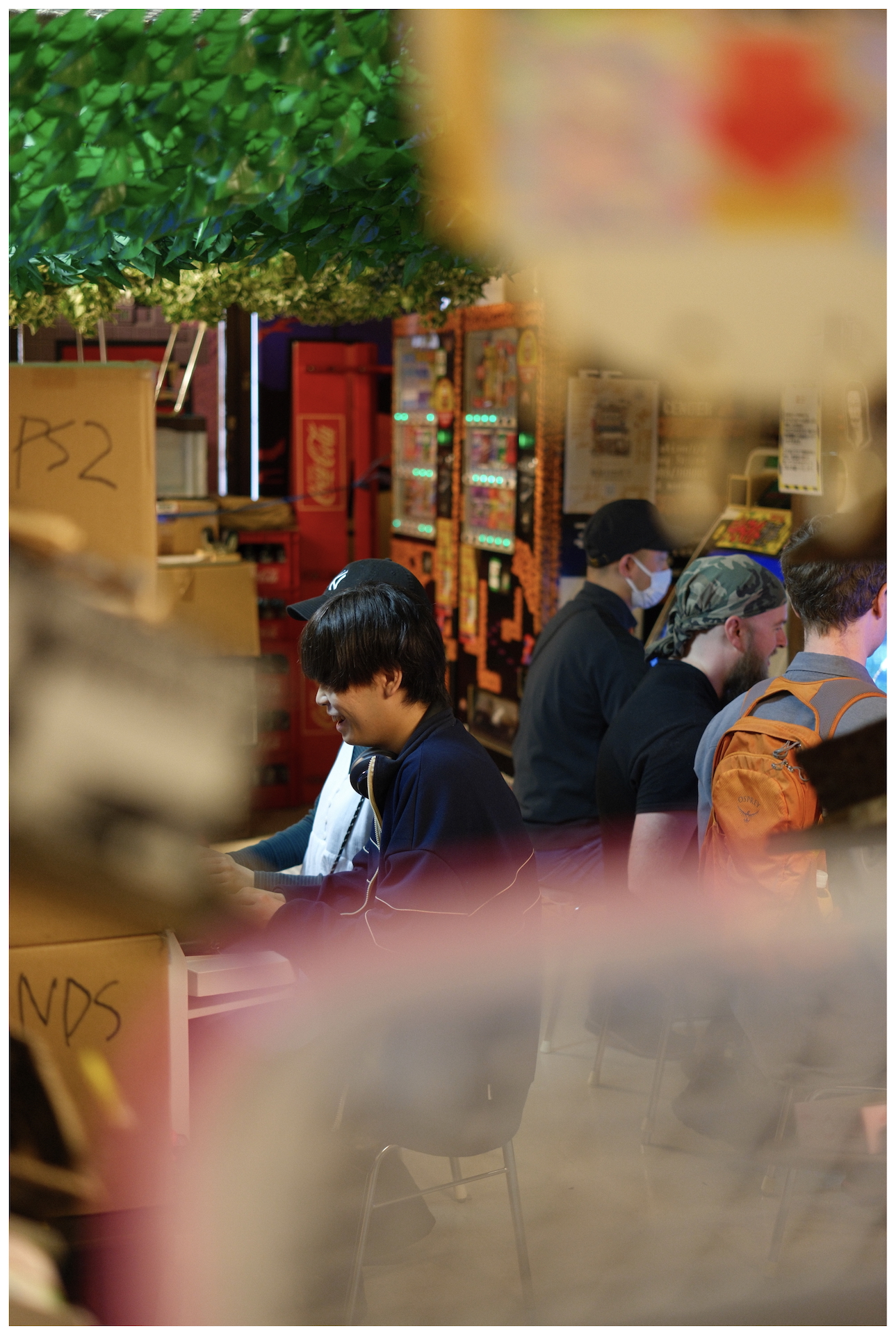
Akihabara was fun, I loved exploring the niche interest shops (like model trains, playing cards, etc), the retro game stores like Super Potato are, I know, overpriced - but they're a vibe. Sonia and I got into the whole gachapon thing whilst we were here. Yeah - it's usually just a bit of tat, but it's cheap enough that it's enjoyable - we were constantly hunting around for the miniature camera ones (i.e. mini Nikon cameras), but they all seem to have been discontinued.
Shinjuku
First of all: Shinjuku station. It is as crazy as everyone says it is. The world's busiest train station - with over 200 exits supposedly - and it feels like it. Still, all things considered, it functions quite well.
Going down a few floors, going up 40 floors. A fact I had only learned shortly before coming to Japan was the commercial setup of Japan's privatised rail industry.
The large Japanese rail companies own 'real estate', they own the train stations, hotels, ski resorts, restaurants, everything. That's how they make their money. From this outsider's, very surface level look, it seems like a stroke of genius.
Train companies are incentivised to get more people in and out efficiently so they can spend money in their other businesses or in businesses that pay them rent.
Privatised rail in the UK is synonymous with failure, but the Japanese model appears to be wildly successful on many key metrics: it's fast, reliable, very frequent, unified, inexpensive and profitable. I know there's a hundred caveats to that, including the cost it came to the Japanese tax-payer, but it was something I was so impressed by with my limited knowledge.
Edit 09/08/2025: I actually just found out that Hong Kong's MTR was a pioneer of this model and is probably the inspiration for Japan's rail privatisation.
Which makes it all the more sad given the British Hong Kong colonial government's involvement in developing this model.
Finally; we decided to look for dinner in Shinjuku. We didn't have anywhere booked and this was probably our main mistake. There were a few good places, but there were pretty sizeable waits for all of them, so we just continued exploring the area until we made a decision.
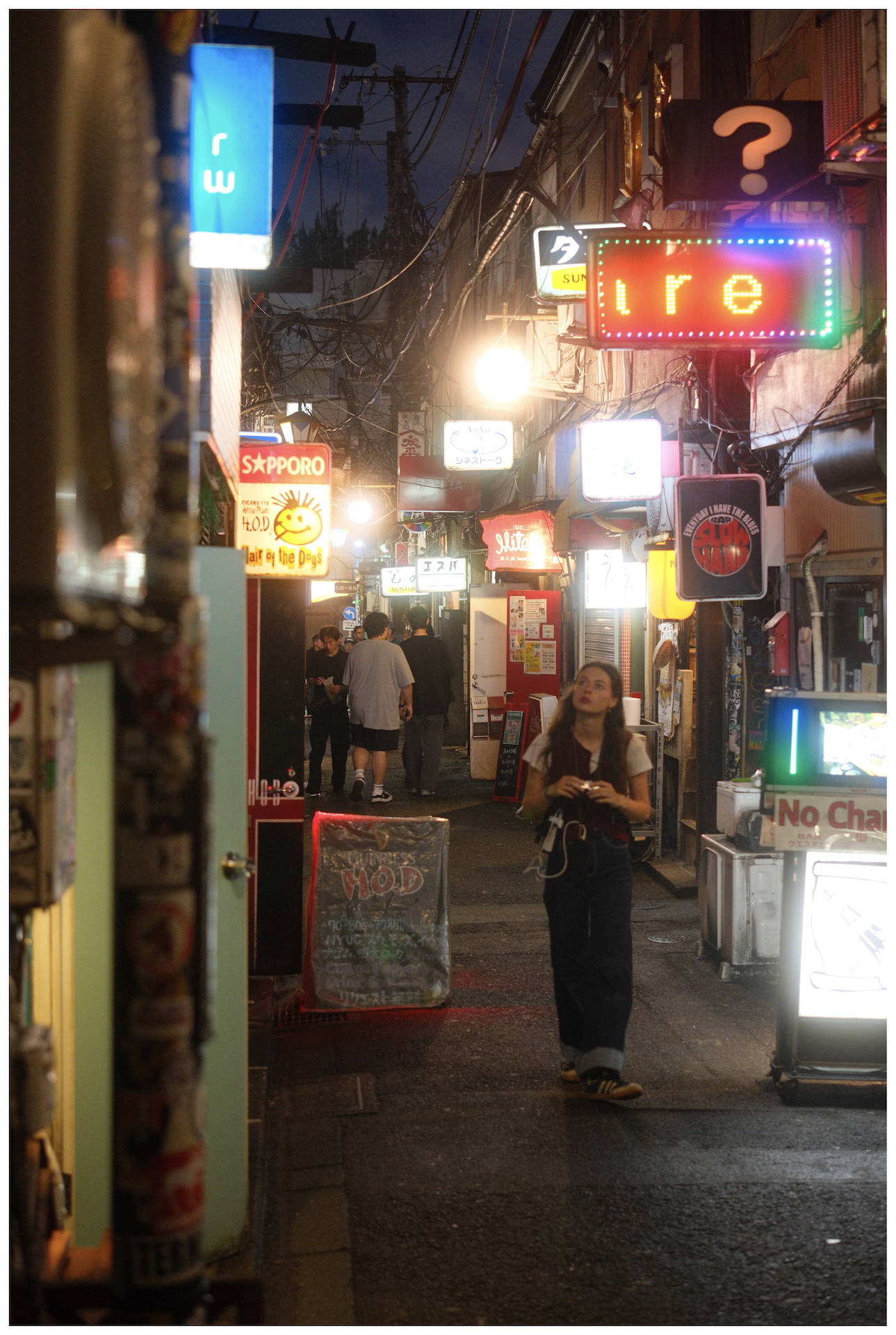
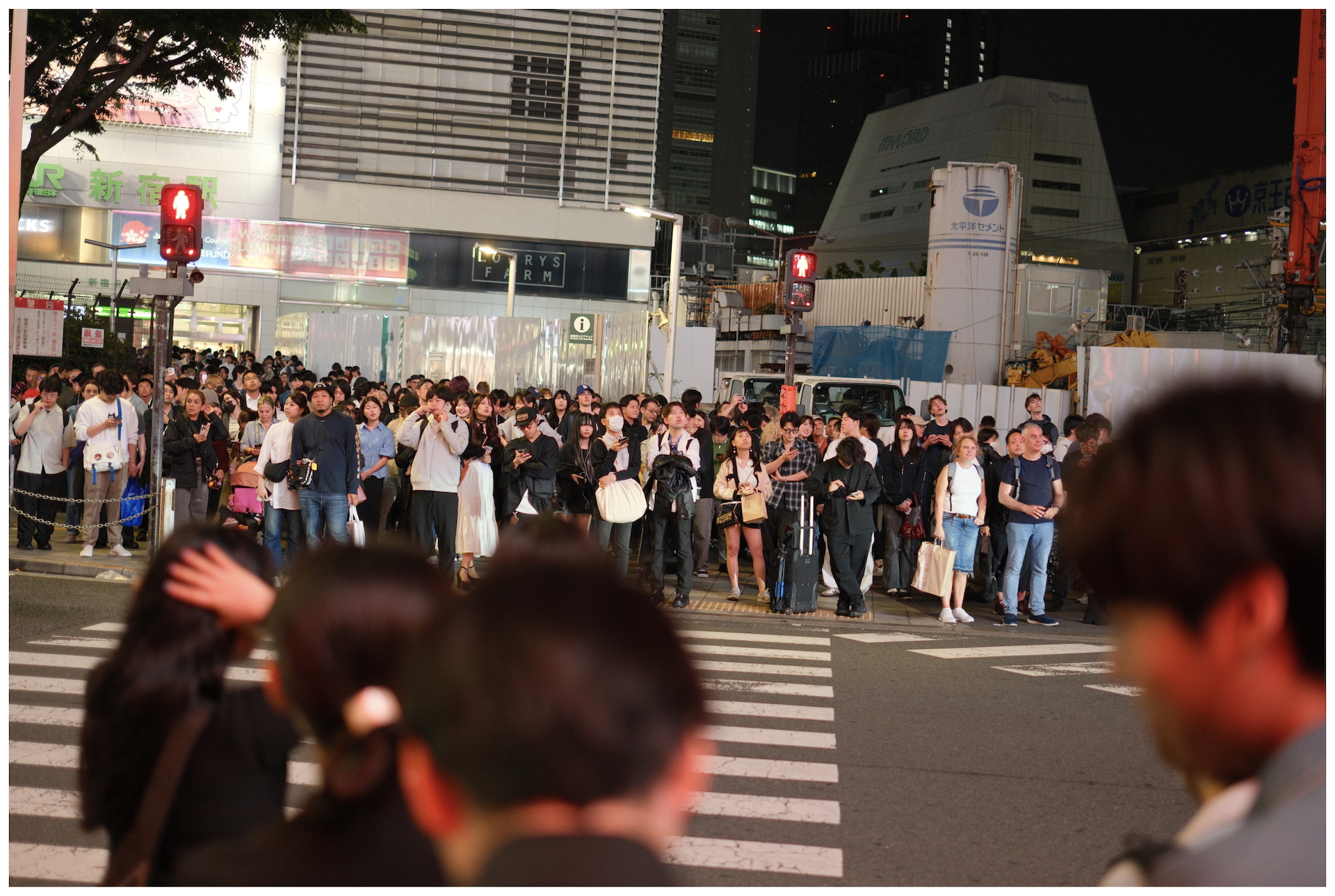
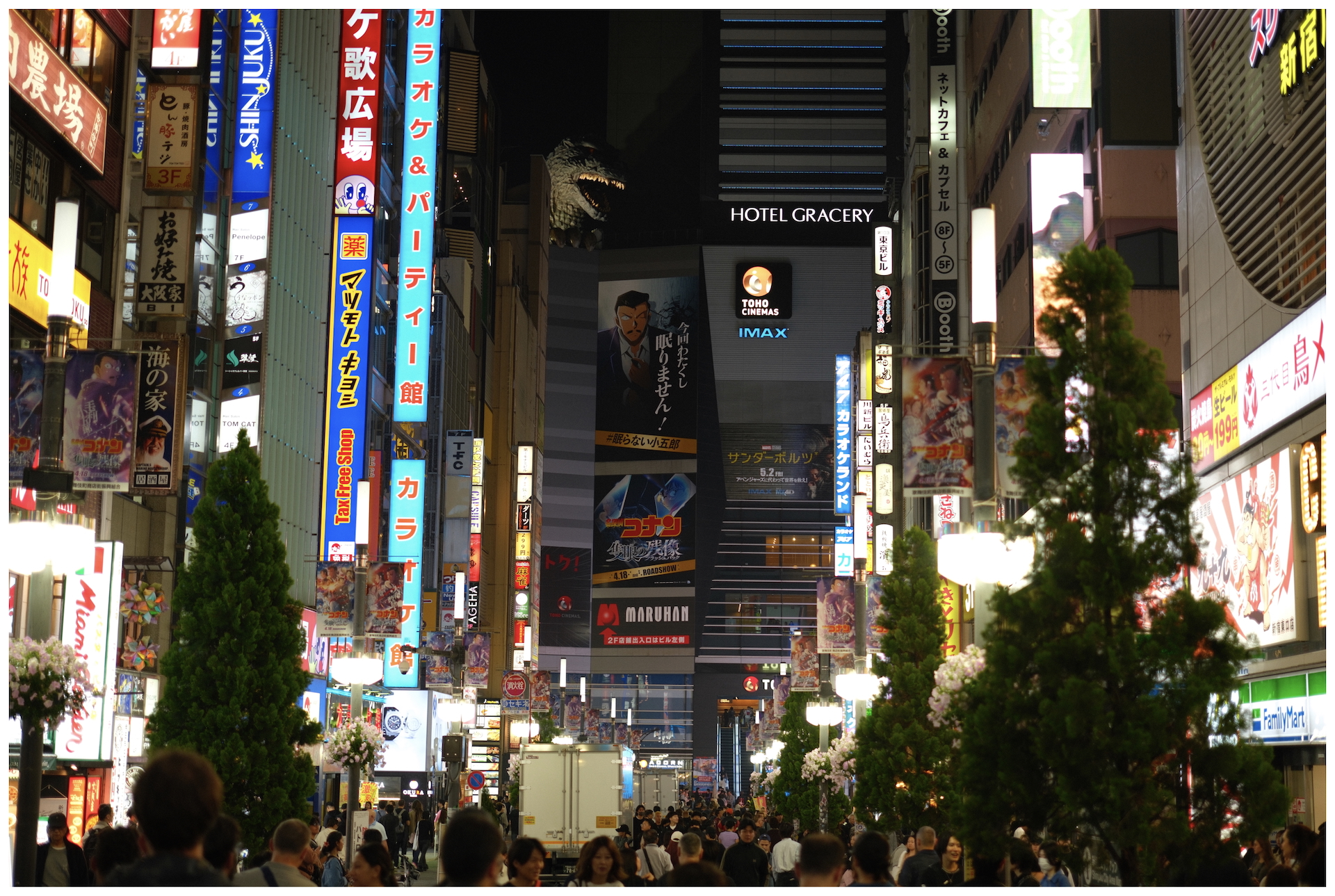
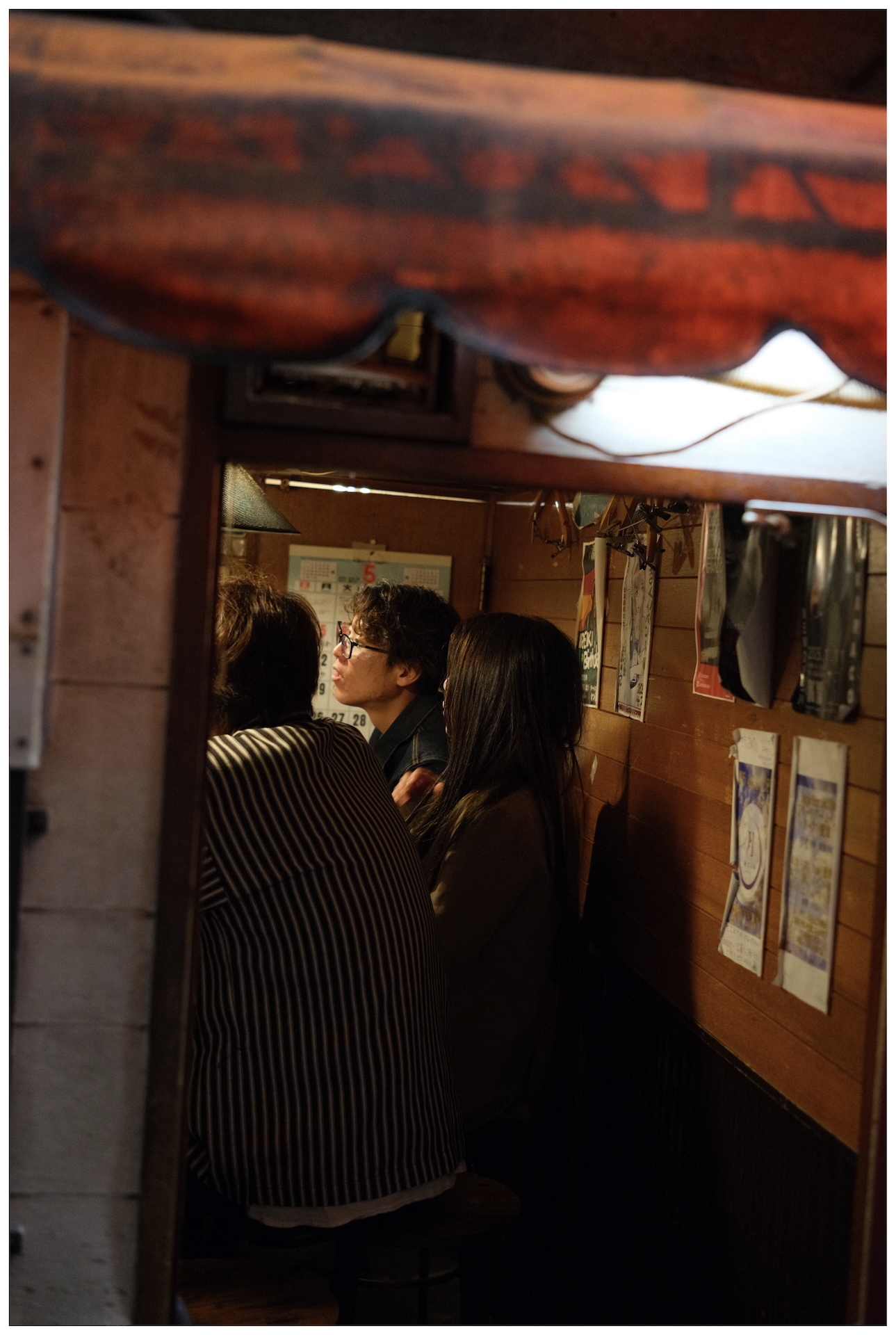
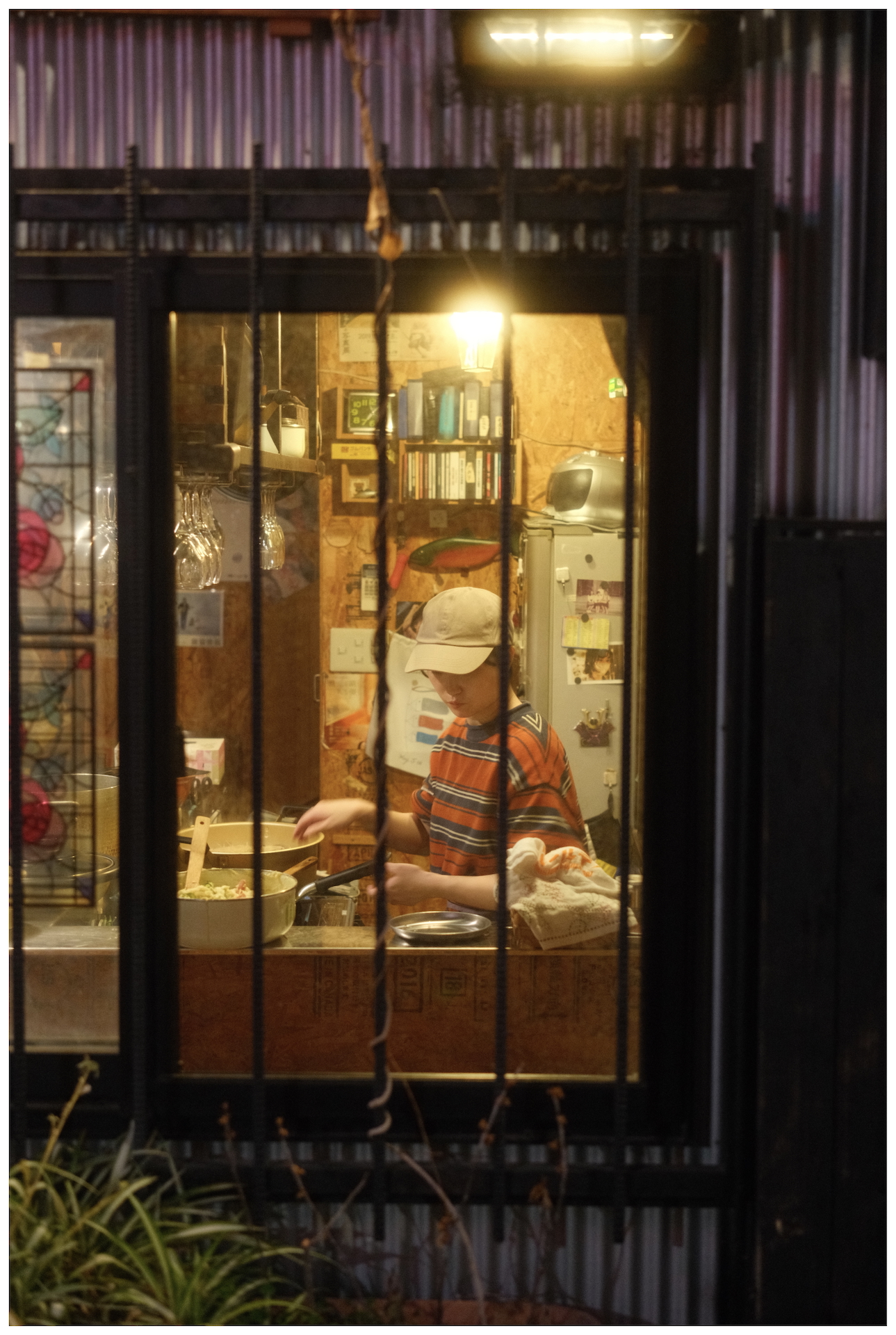
We didn't explore much, we were hungry and finally settled on something we assumed would be quick and reliable. Ippudo in Shinjuku station. It's a ramen chain restaurant, but had heard recommendations to go here instead of the well-known Ichiran. I got the Akamaru ramen and Sonia got a plant based one, we both came away reasonably impressed.
As with Akihabara, our time in Shinjuku was nowhere near enough. But that's an incentive to just come back again. We went to our hotel after this, but not before our obligatory nightly stop at 7/11.
Day 4
Leaving Tokyo for Mount Fuji
To break up the cities, we planned a some stays in the countryside - the first being a couple of days around Mount Fuji. We got the Shinkansen from Tokyo to Mishima, where just outside of the train station, we picked up a car from Nissan rent-a-car.

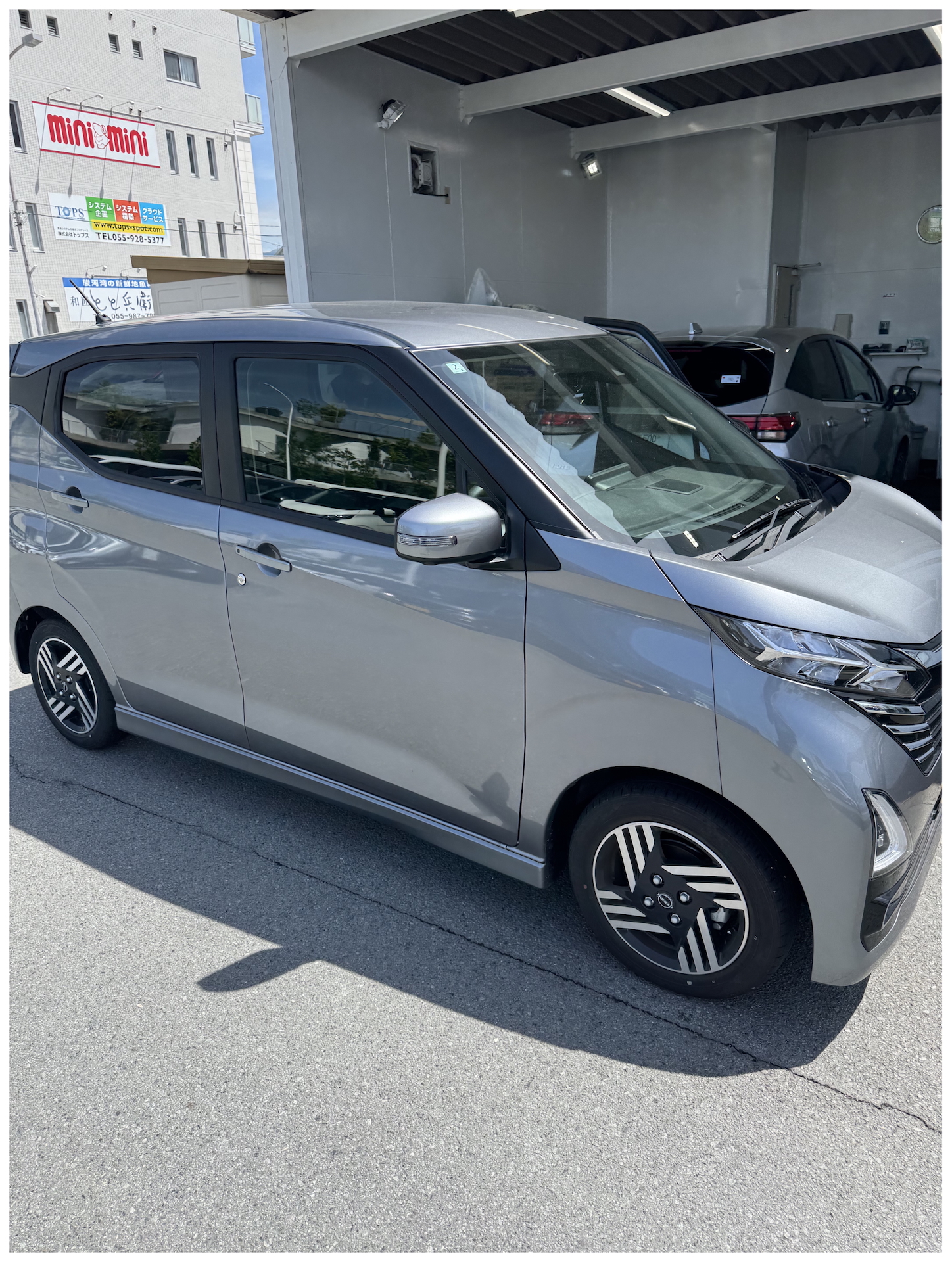
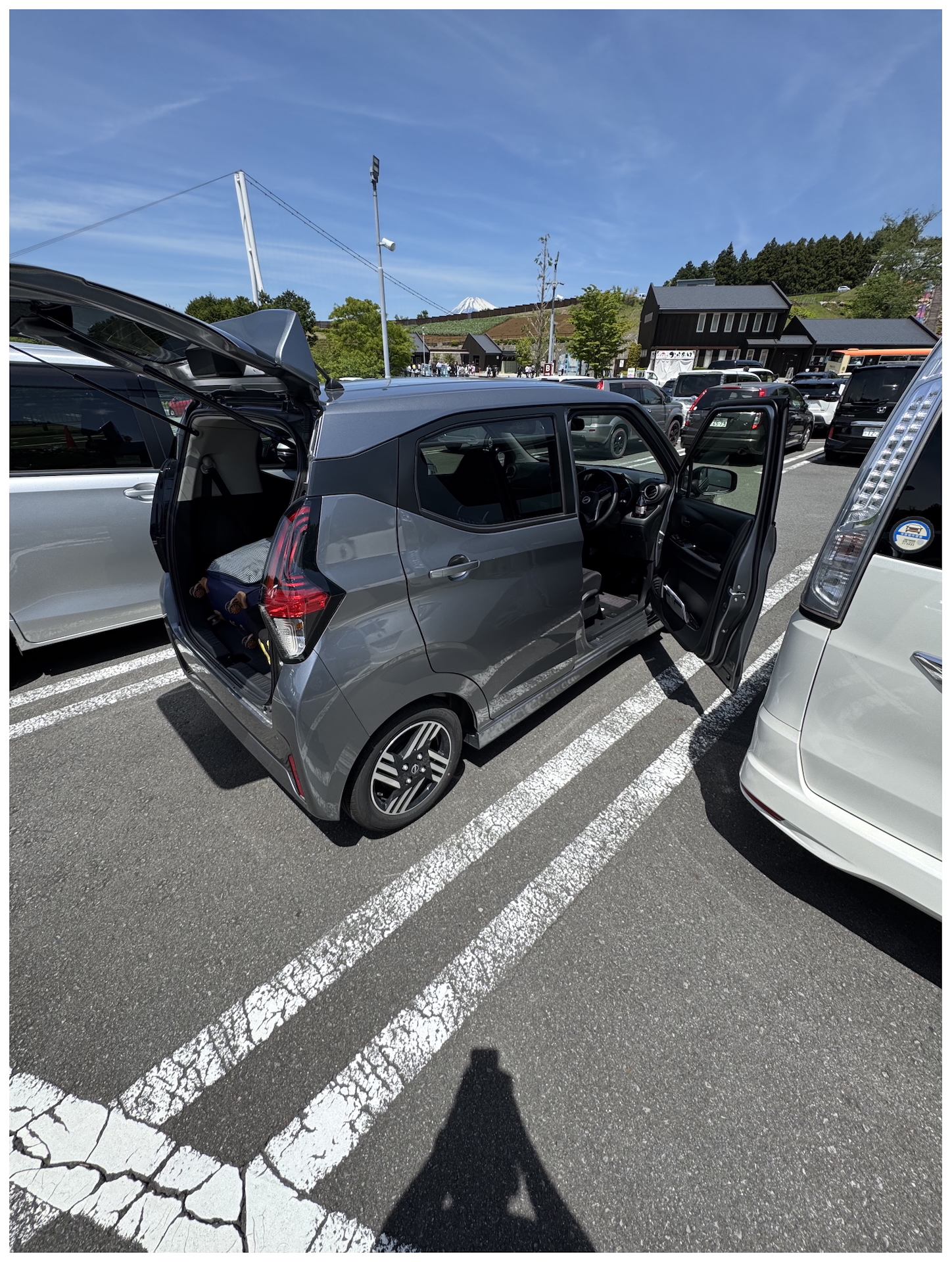
Our choice? Had to be a Kei car. Specifically the Nissan DAYZ. For driving in Japan on a UK license, you need an international driving permit (1949).
The experience in picking the car up was reasonably easy, but there were more forms to sign and complete than usual in my experience. I can't fault the process beyond that though.
We didn't have any solid plans other than to just explore the area around Mount fuji. We set the GPS (on my phone, weirdly this otherwise modern car didn't have CarPlay) for our accommodation by Lake Kawaguchi and set off.
Our first stop came as a bit of a surprise shortly after, we spotted Mishima Skywalk, a very long suspension bridge that gives a great view of Fuji and is surrounded by a few other activities and facilities. We had decent lunch here and explored the area.
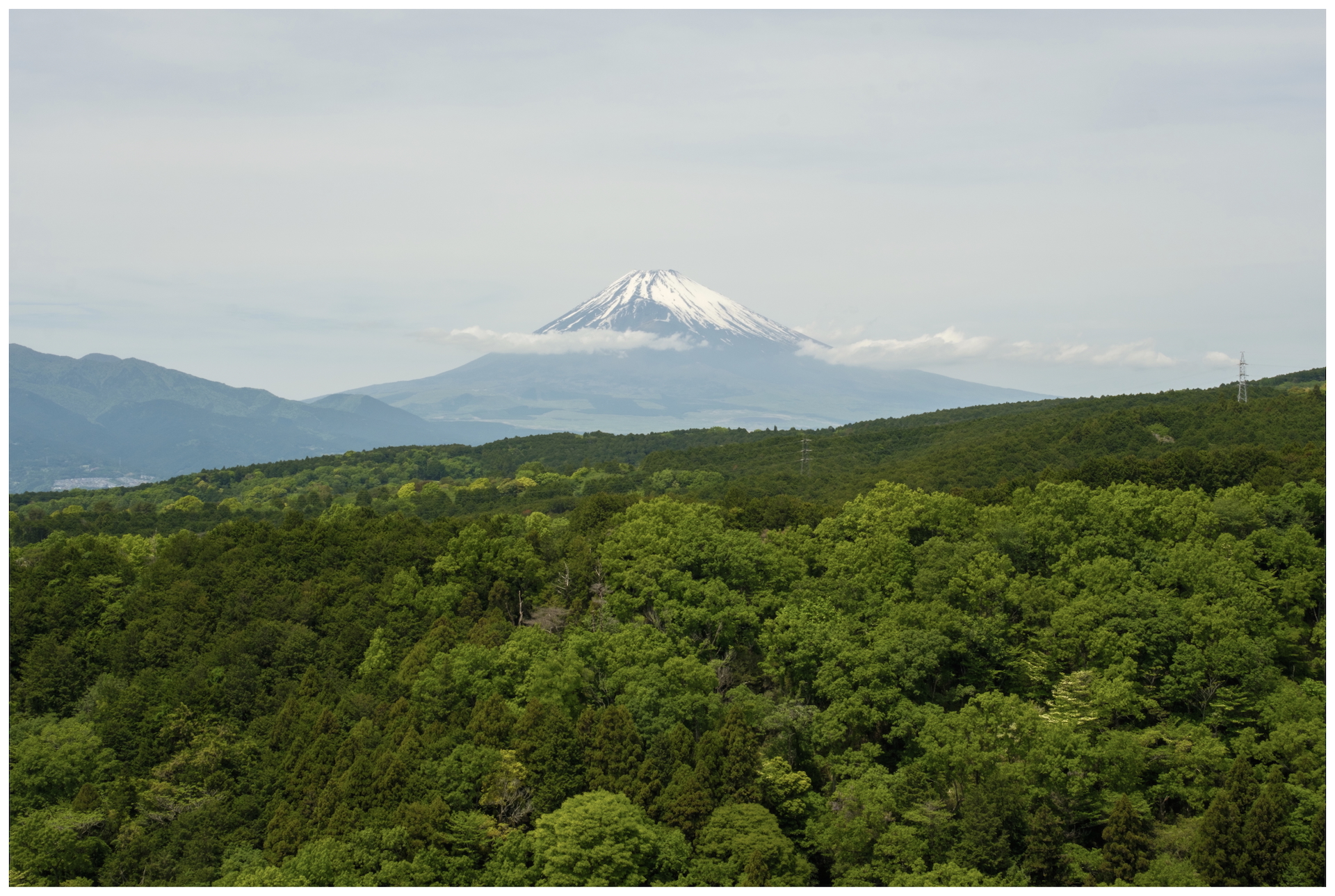




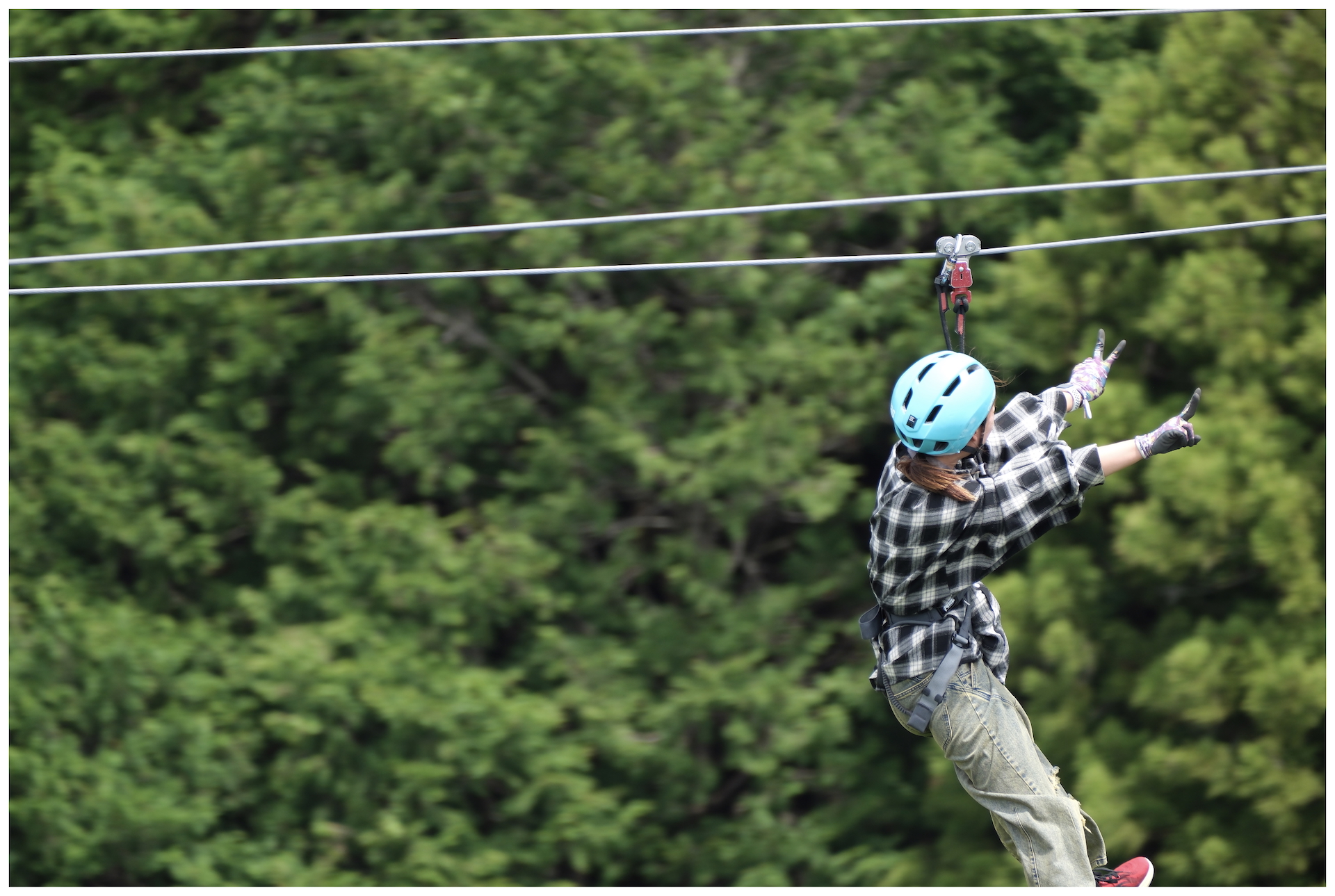
We also caught people going down the zip line that runs parallel to the bridge.
Next - aside from some brief stops along the way, we went straight for our accommodation.


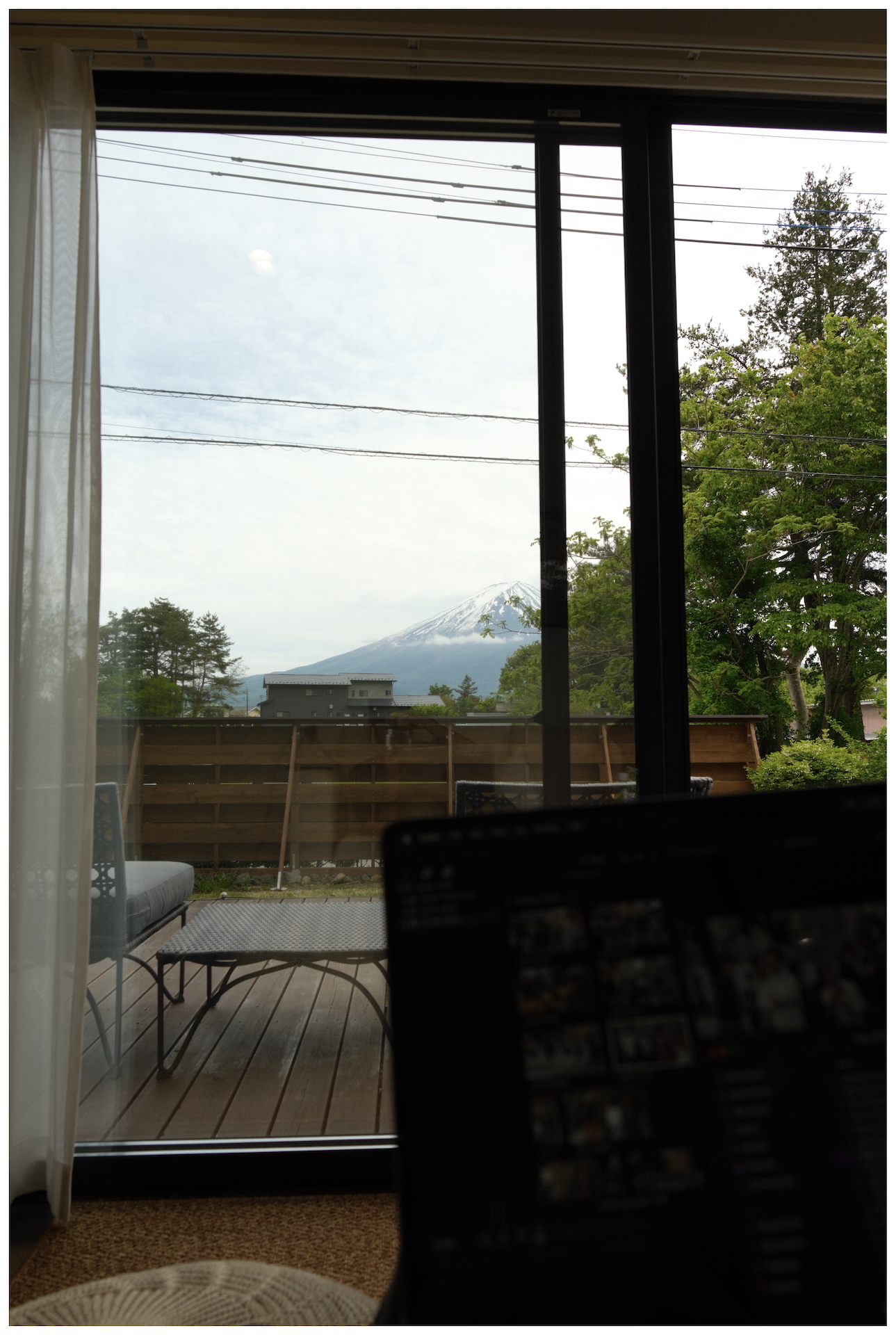
It was a converted shipping container, well equipped, and on the land of a ryokan - but independently serviced. Good view of Fuji from the lounge and decking.
Day 5
Lake Kawaguci, Saiko Iyashi-no-Sato Nenba, Oshino, Susono
We started the morning with a walk around the area by our accommodation - by Lake Kawaguchi.
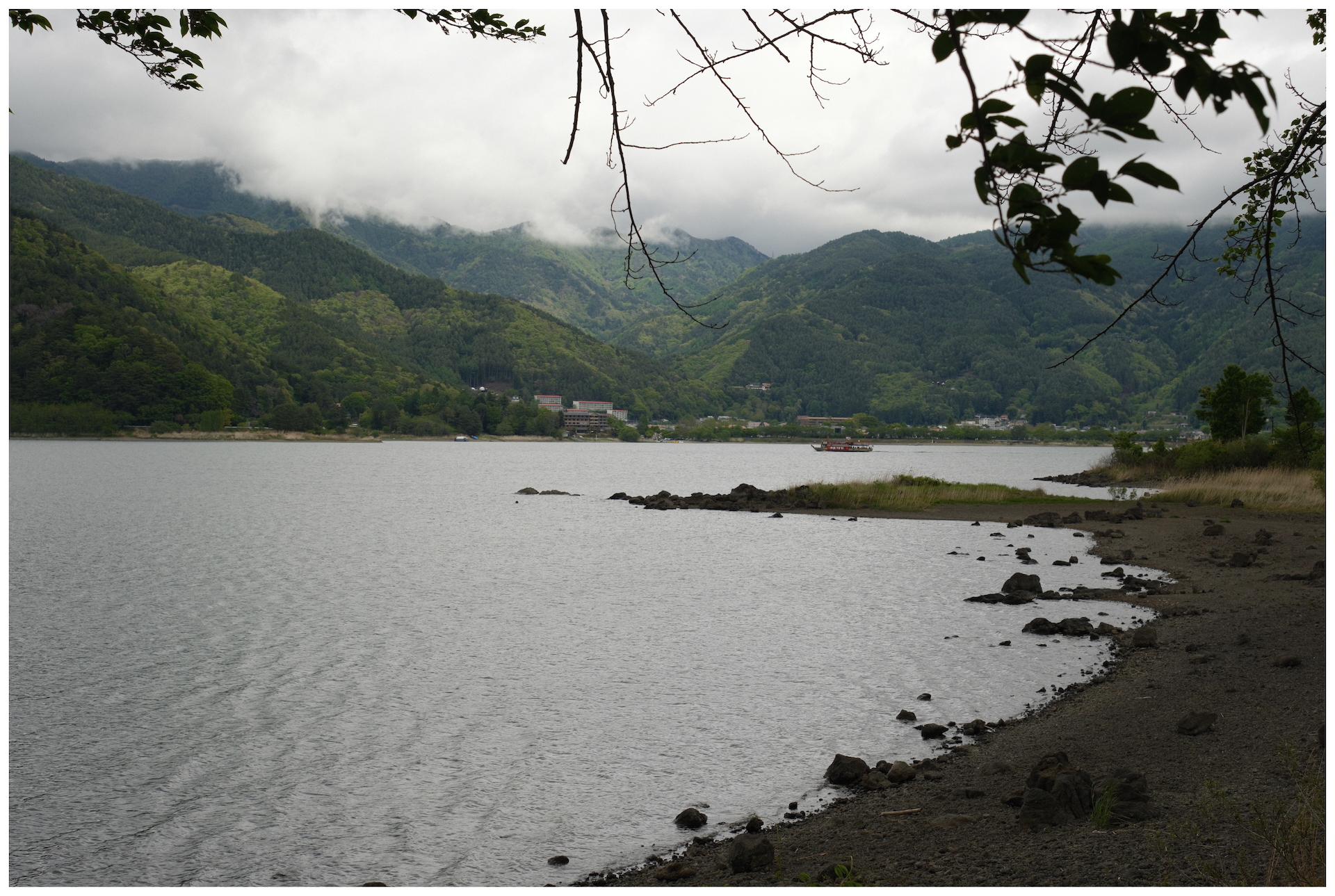
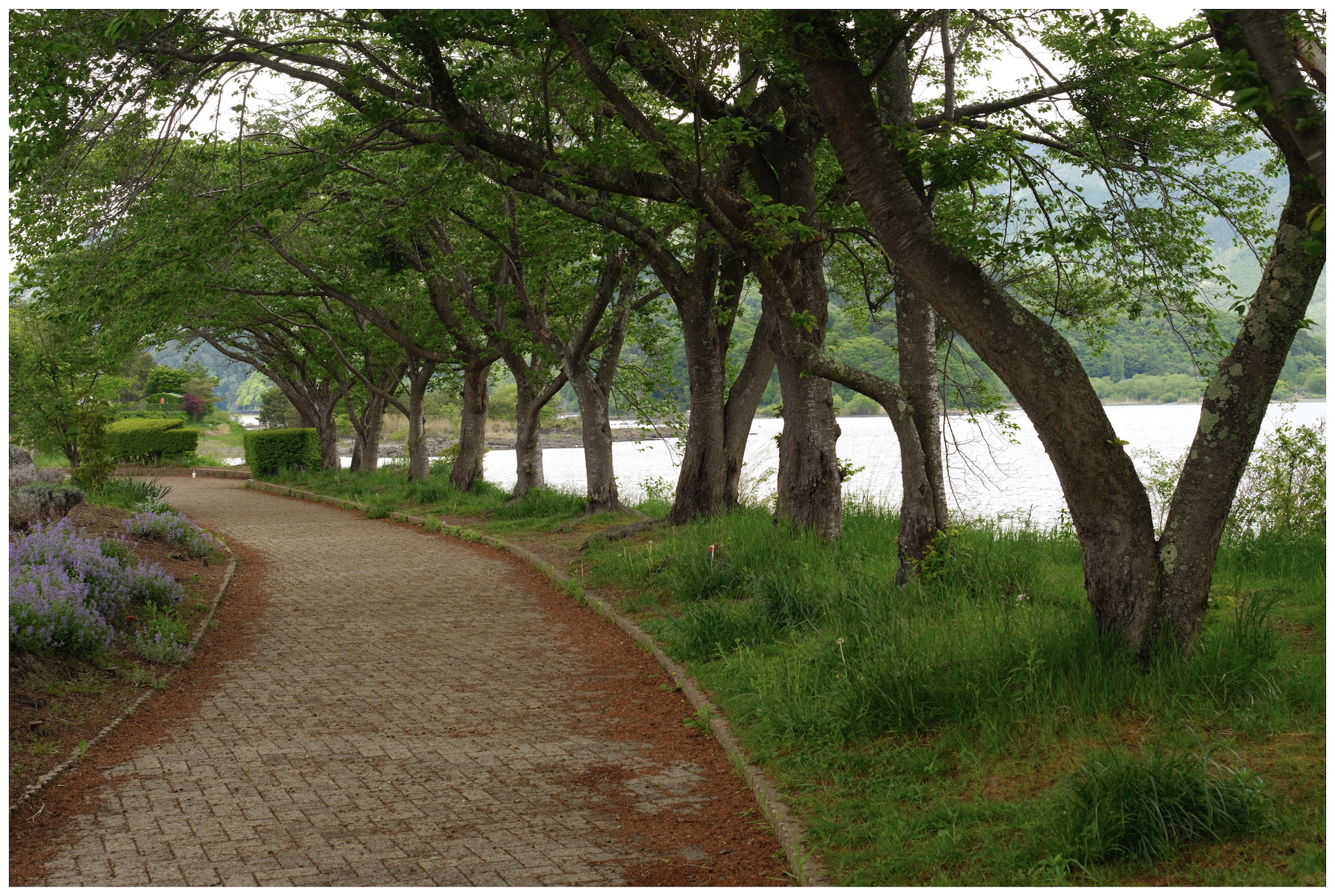

It was a misty, moody morning, but we had limited time to explore. As is pretty typical of us, we don't get out early enough and cut short our days. On the plus side, we tend to be pretty relaxed and not as tired by the end of the day.
The main aim for today was to see a few attractions in this area before heading back to drop the car off and get the train for the next stop. The first stop was a sort of open air museum of a traditional Japanese village, it is reconstruction on the site of an old village - aimed at highlighting the local history and culture.

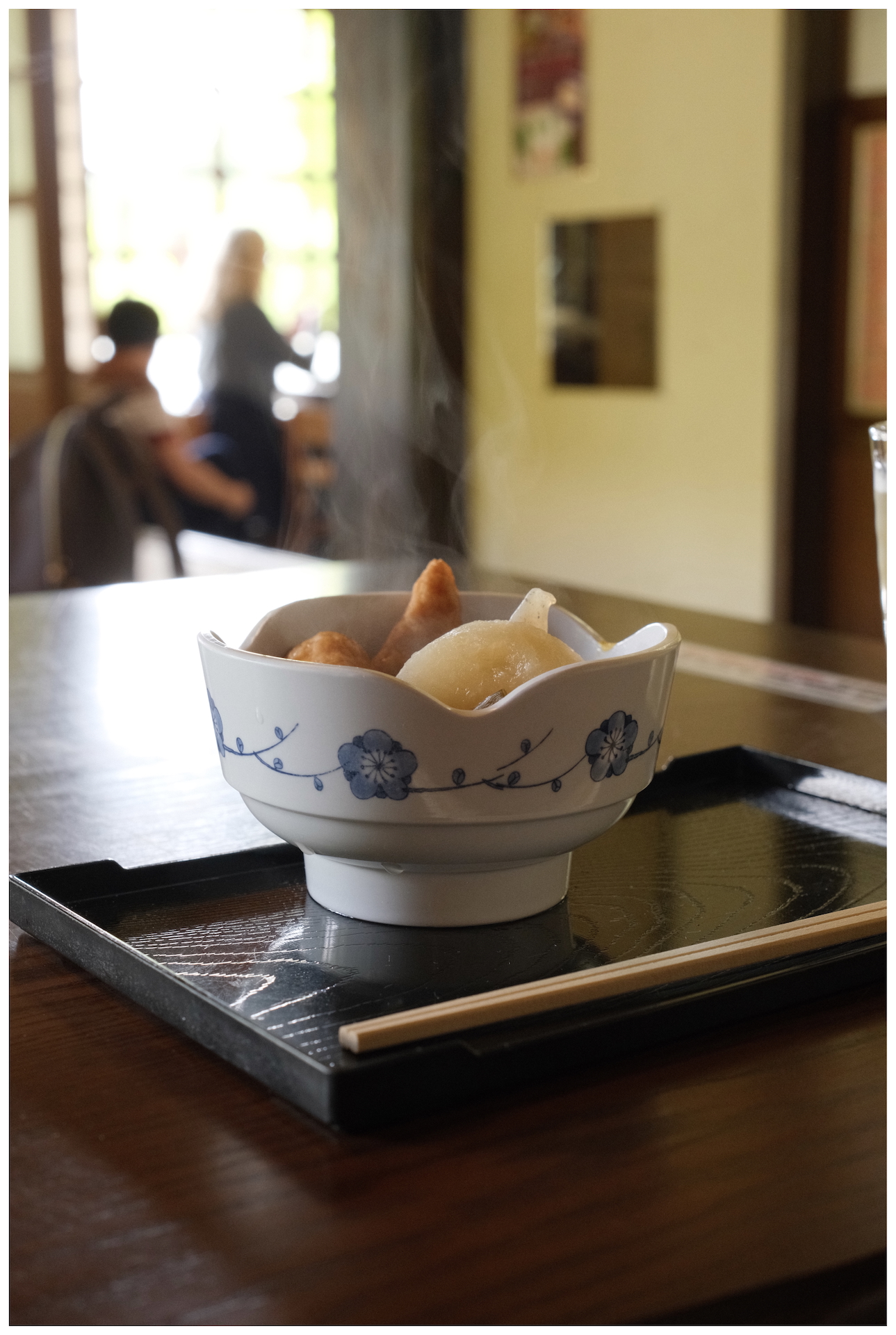
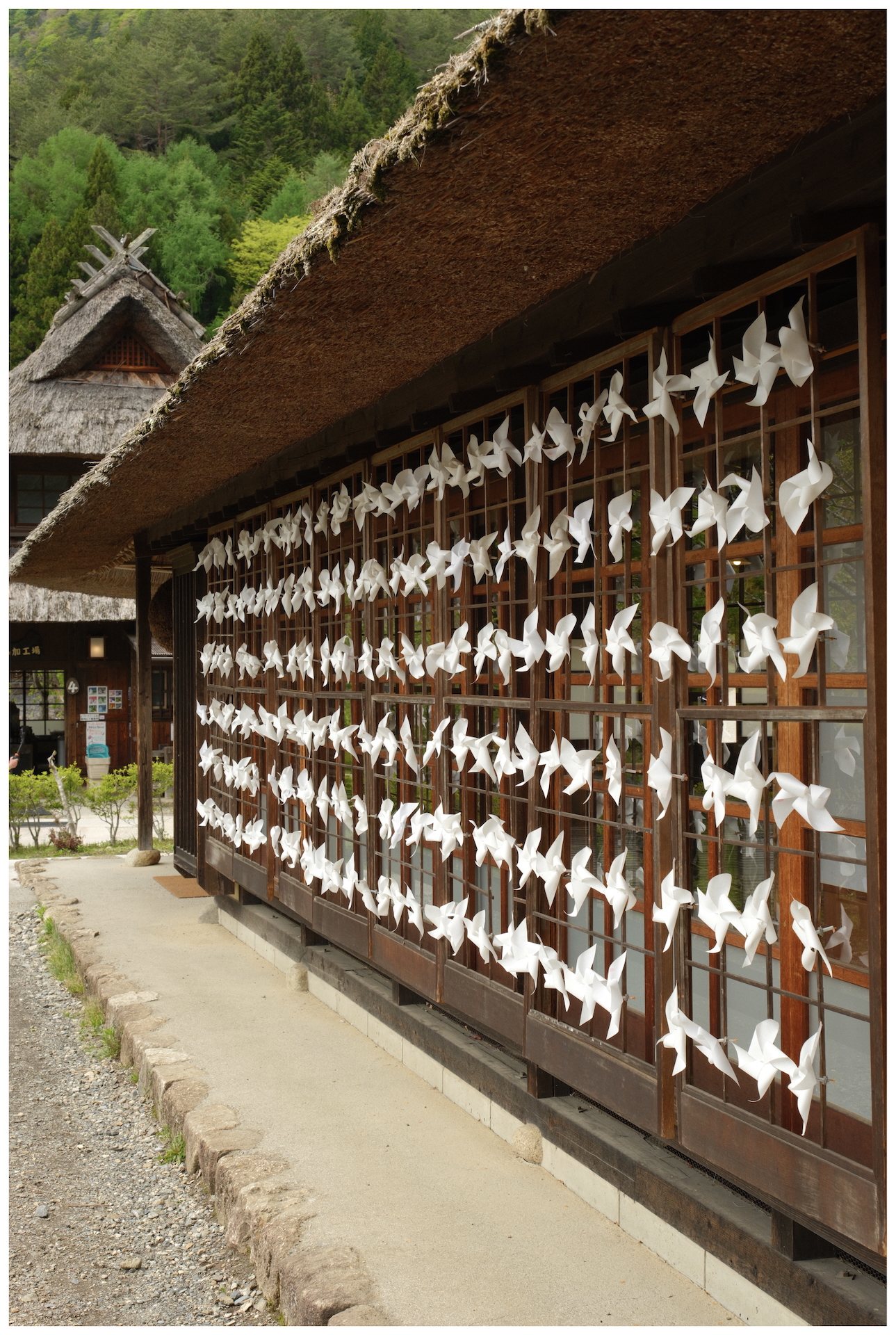
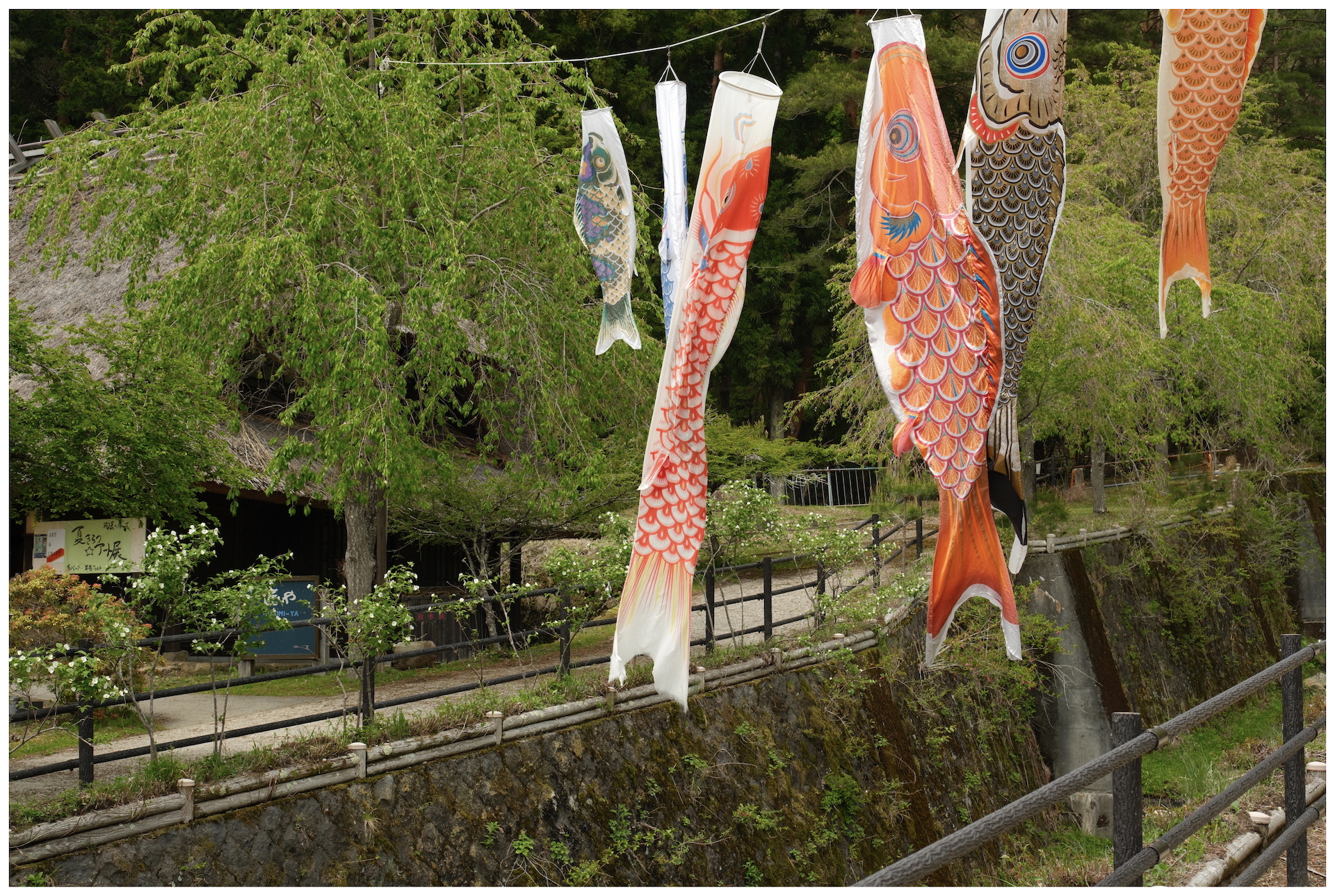
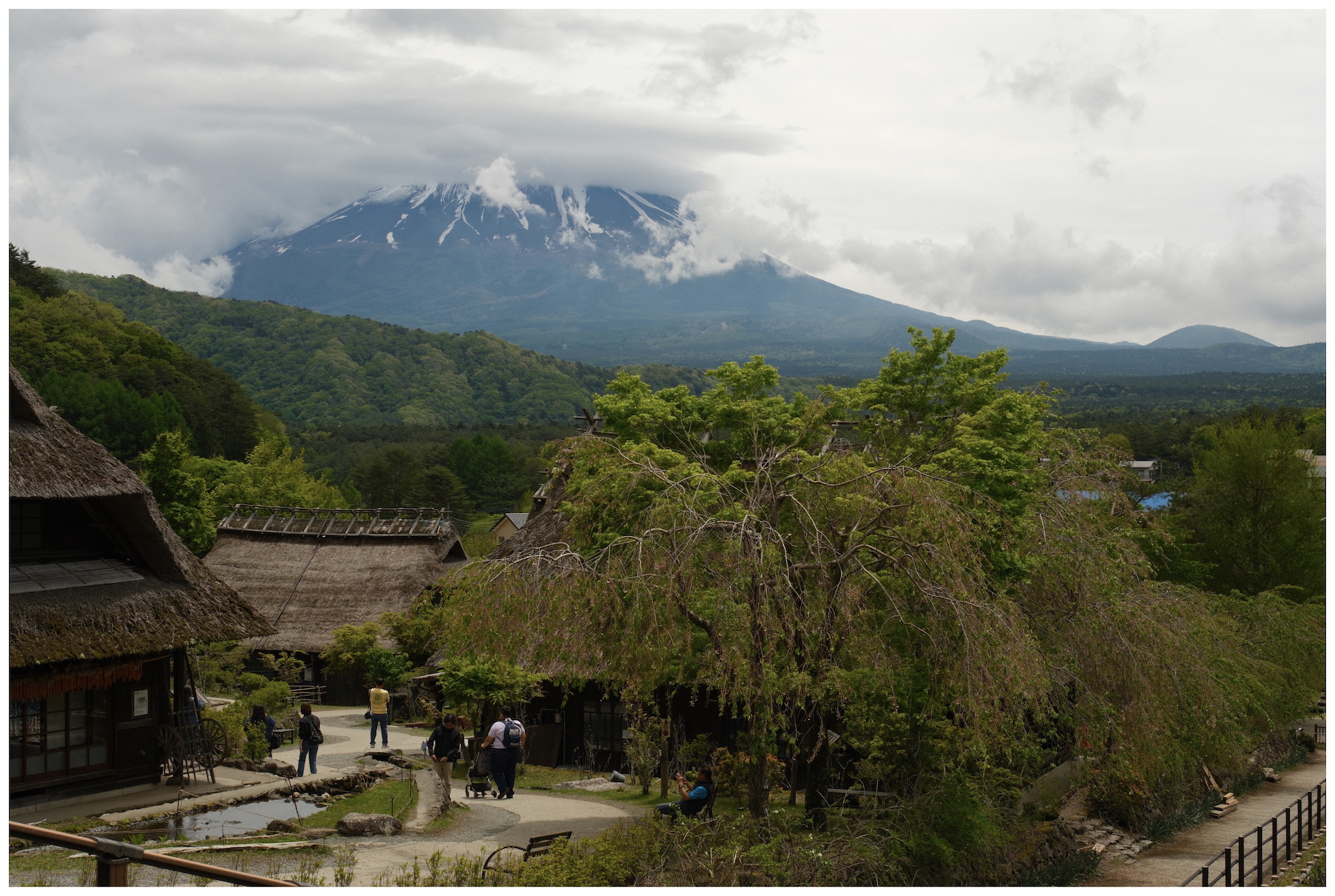


It was interesting, it didn't feel too artificial and was fairly quiet when we went. Being located only a 15 minute drive from our accommodation, we got there before the peak coach tourist time arrived.
It's worth a visit if you're in the area, it has some actual museum exhibitions explaining the history of the village and geological features (as the old village was swept away in the 60s in a landslide).
Our next stop, however, was probably the only part of the whole trip that I felt wasn't worth visiting at all. Oshino. It looks pretty in the photos, has a few ponds, and is in the area.
We arrived and saw car parks full of coaches, which was the first warning sign, we parked up - went into the village and it felt like a theme park. Crowded, tacky food stalls and nothing all that interesting. I feel for the locals as the centre of the village has been entirely consumed by this stuff.



I don't think we stayed for much longer than 30-45 minutes before going to the next stop. As we needed to get back to drop the car off by a certain time and catch our train, we set off on the journey back to Mishima. I think our main mistake for this past day was.. we probably should have had an extra day. We underestimated travel time.
Given we had left a fair bit of margin for any unexpected delays, we found ourselves not far from the station with a good amount of time to spare. So we picked a random interesting thing on the map nearby and stopped by there, and I'm quite glad we did.
Chuo Park in Susono City, Shizuoka. It was supposedly closing soon, but we had time to get out, have a wander around and take some photos. Only other people we encountered were a couple of locals, other than that - entirely empty.




Finally, we drove back towards Mishima station, stopping off to fill the car up with fuel for the first time. This was a bit daunting, as the stations don't always have english instructions on the pumps and require you to do more than just lift the pump and go. Unlike the UK, pumps tend to be either pre-paid/pre-auth self service or served by an attendant - so selecting the right options is important.
I pulled in, helpfully guided by a member of staff, and they helped me put the right options on the pump to get going.
We trend in the direction of removing these sorts of jobs, replacing them with full self-service processes, signs, hopes and dreams. I think there's definitely some convenience in some of our self service approaches that surprisingly Japan resists (given the seemingly high focus of convenience in Japanese life), but also positives in having many people on hand to actually speak to.
Either way, my first experience filling up was a breeze and... cheap. I still cannot fully understand why it was so cheap. We drove around 180 km and I believe I paid less than £10 to fill it up, which works out to at most probably 8.9p (GBP) per mile - I think I'm adding a decent margin on in my estimations here too. So I can only assume it's a combination of: a very fuel efficient car AND relatively cheap fuel.
It was so cheap that i genuinely thought I had made a mistake, so I held on to the receipts to make sure I could prove I hadn't mis-fuelled the car in some way.
Dropped the car off, got on the Shinkansen heading for Kyoto. We arrived, had a decent meal in a nearby chain restaurant and then went to bed.
Day 6
Kyoto - Nishiki Market, Kiyomizu-dera and Fushimi Inari-taisha
Before our trip, one of the prevailing attitudes online was "Kyoto is a nightmare due to the crowds of tourists!", so our initial plans weren't necessarily to just box check off the main attractions - but it sort of naturally happened.
We didn't pre-plan much, but we intended to start in Nishiki market. On the way, we stumbled on Bukkō-ji Temple. Almost entirely empty, just one other couple taking photos in their rented kimonos - it was really nice and is the exact sort of experience I hoped for when coming to Japan, just exploring and seeing what we find.
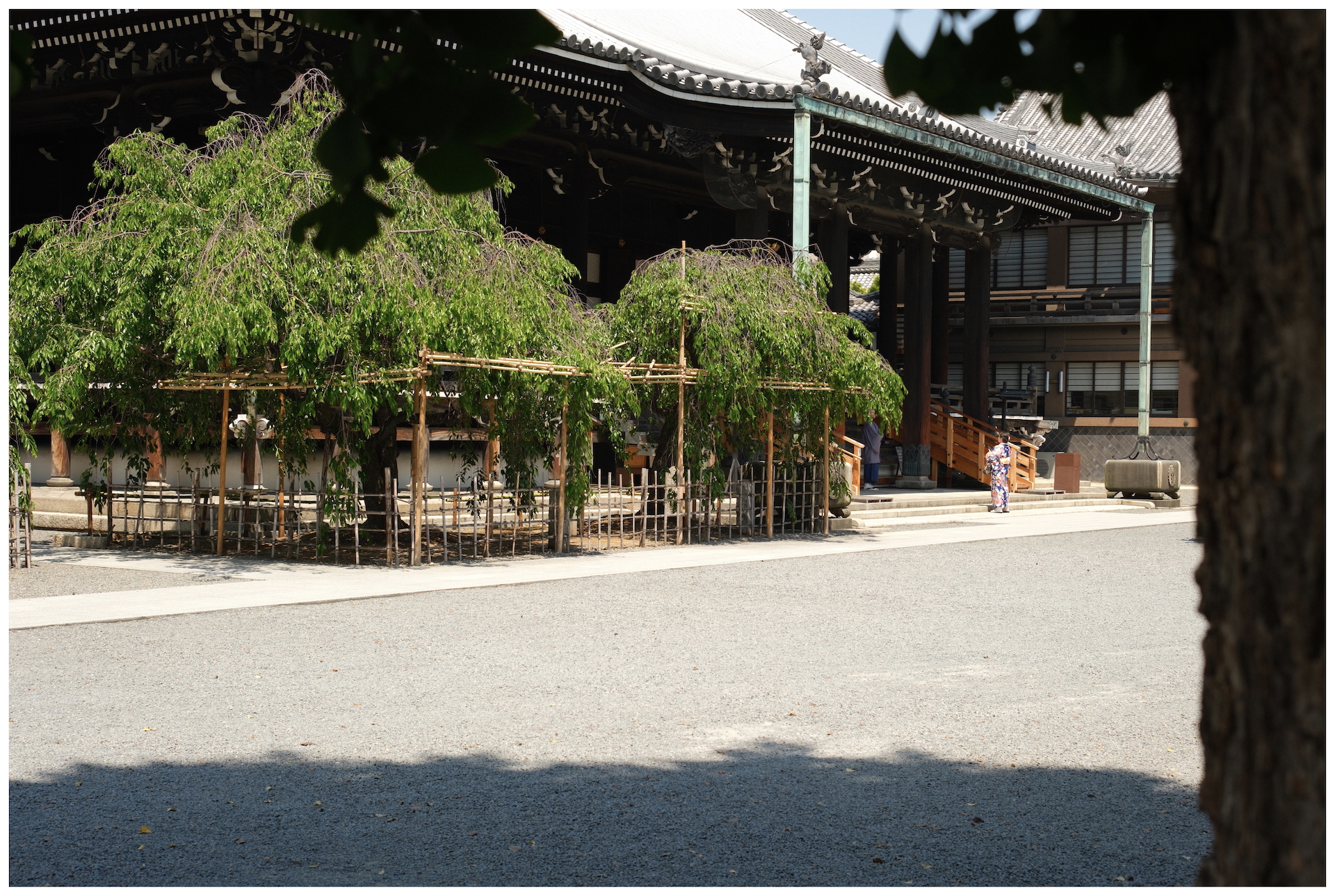
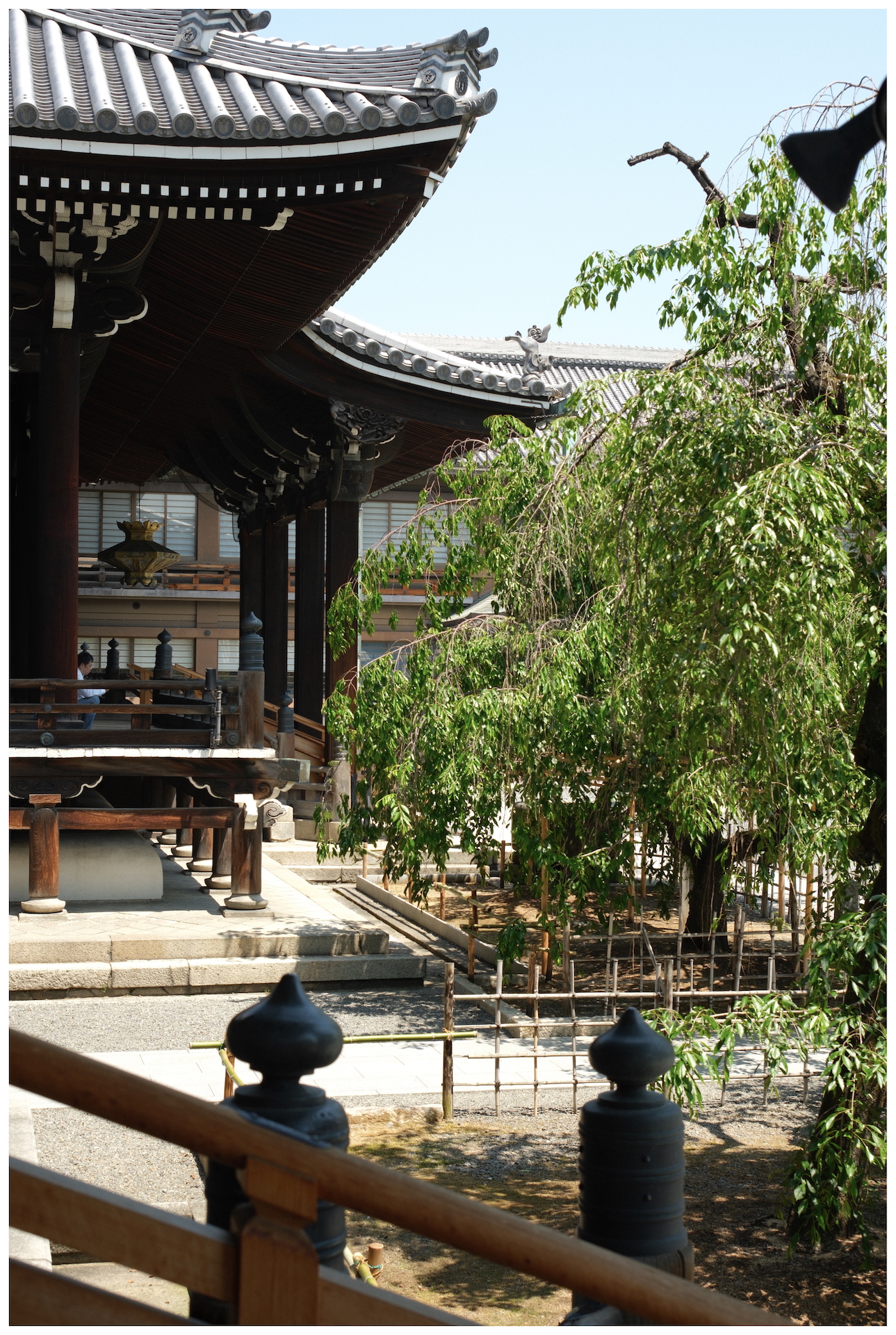
We had breakfast/lunch at Nishiki market and walked around the area afterwards. It was busy-ish, but honestly not all that bad. I think us being there on a weekday (Tuesday) helps, as it seems to echo other people's experience - the weekends can supposedly get quite busy as there's a lot more local tourism and tourism from other nearby countries.
I enjoyed our time there and the food we bought (some sort of soft egg sandwich, stick of wagyu, yakitori and candied strawberries, an excellent breakfast/lunch). We went back to the hotel after a bit of shopping to cool off for a while.
The big tourist attractions like Kiyomizu-dera and Fushimi Inari-taisha weren't on the plans for today, but we decided to go for the former in the mid afternoon. This ended up being probably the busiest tourist attraction we encountered.. maybe on the trip?
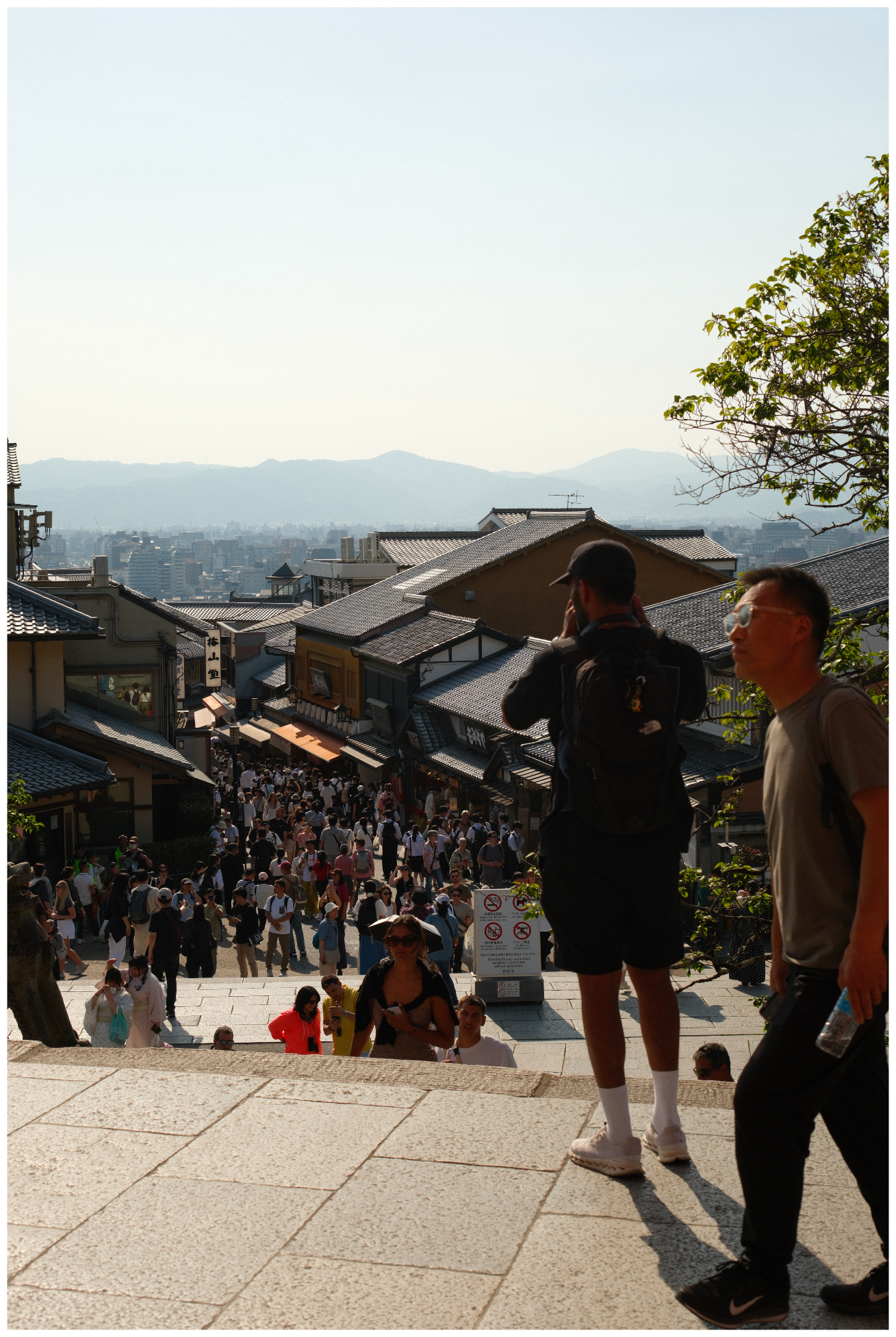
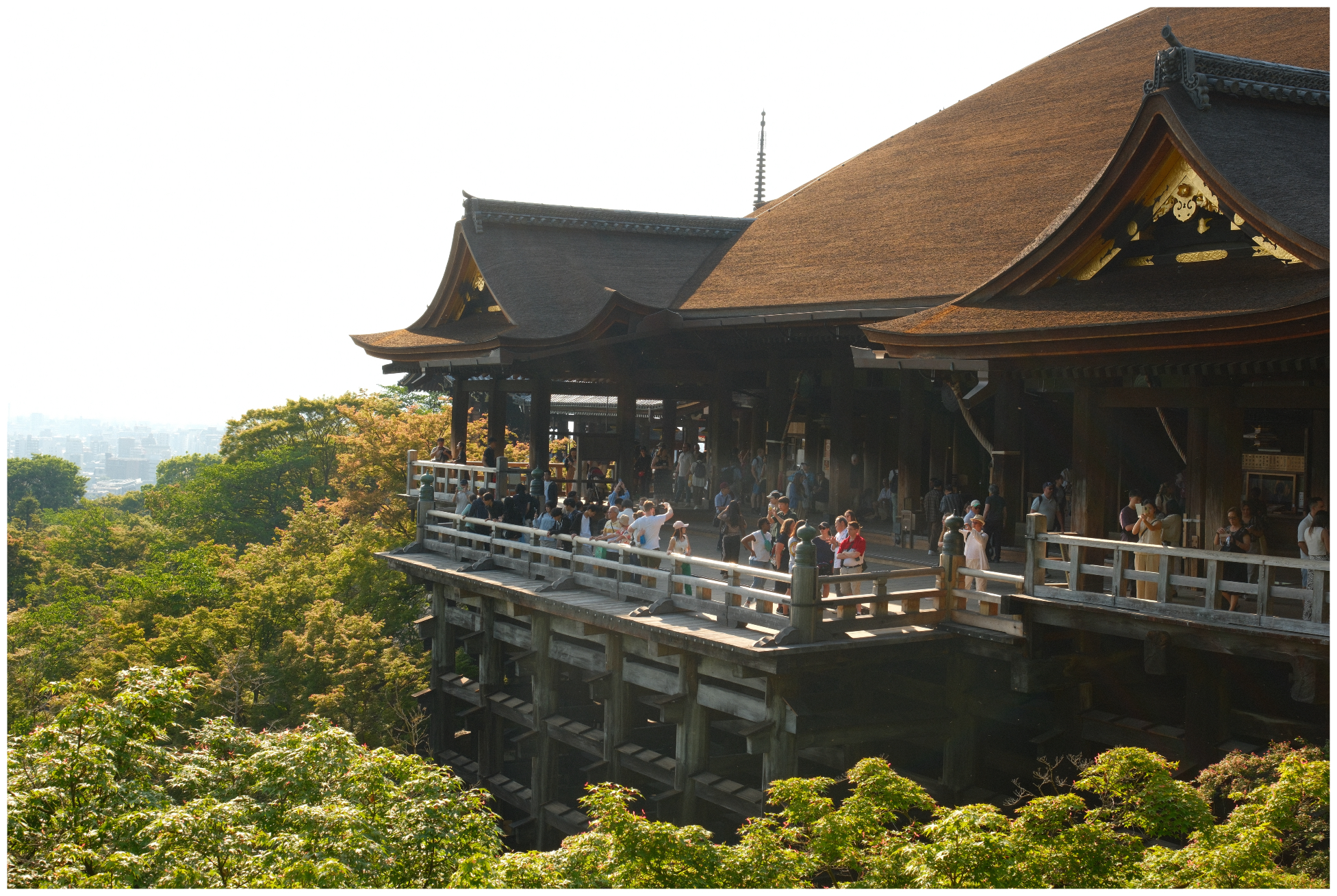
The photos above are just for illustrative purpose of the crowds. It was very crowded on the street leading up to the temple, but once inside the temple, it was definitely busy but it was more than manageable (right photo). So far, the warnings about Kyoto being too crowded to be enjoyable hadn't been representative of our trip.
But it's still only our first full day in Kyoto..




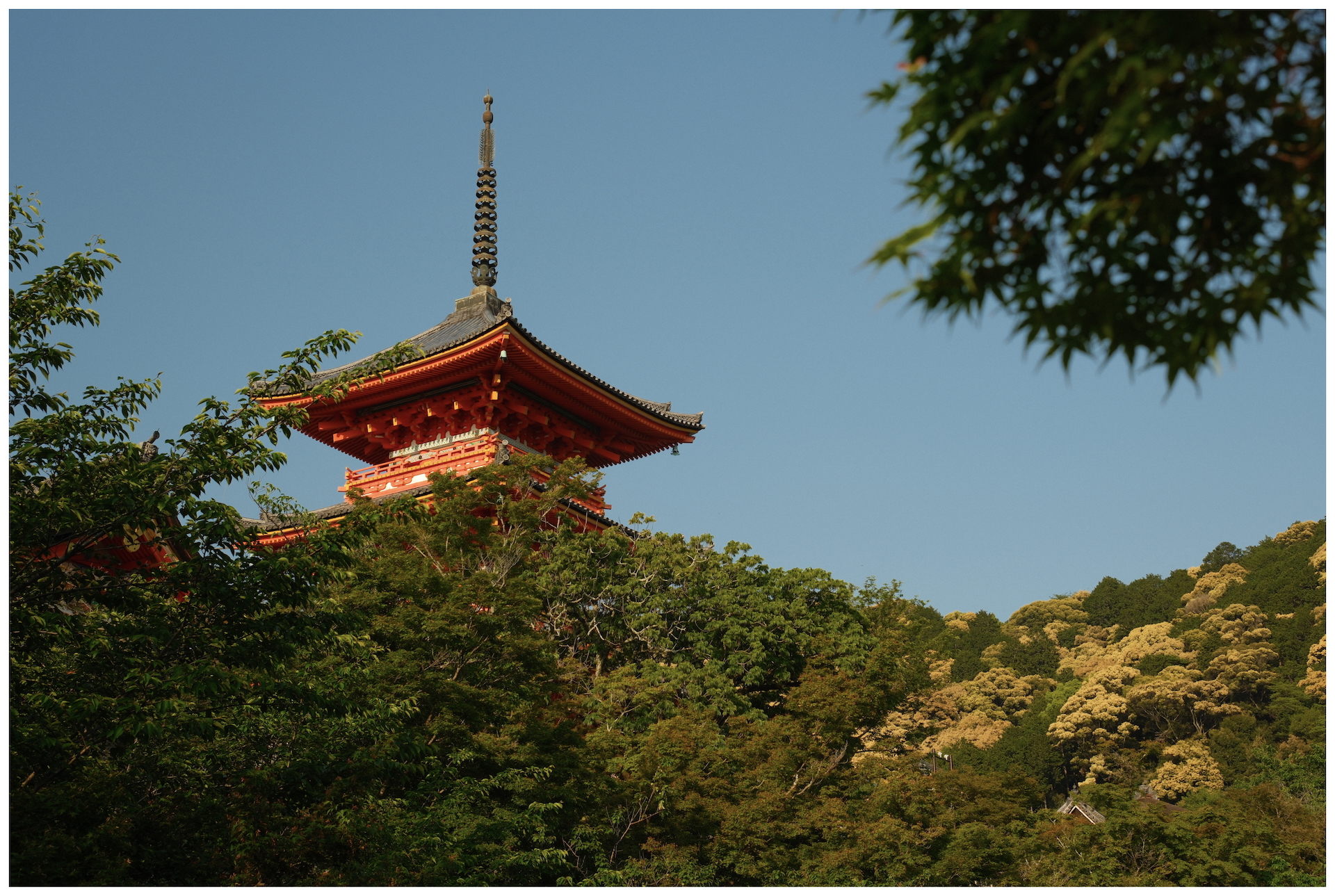
Anyway! This was an attraction I hadn't previously anticipated much, but it was absolutely worth the visit.
With some time left, and recommendations ringing in our ears to visit Fushimi Inari-taisha either early in the morning or evening, we thought we'd head there for sunset to wrap up the day.
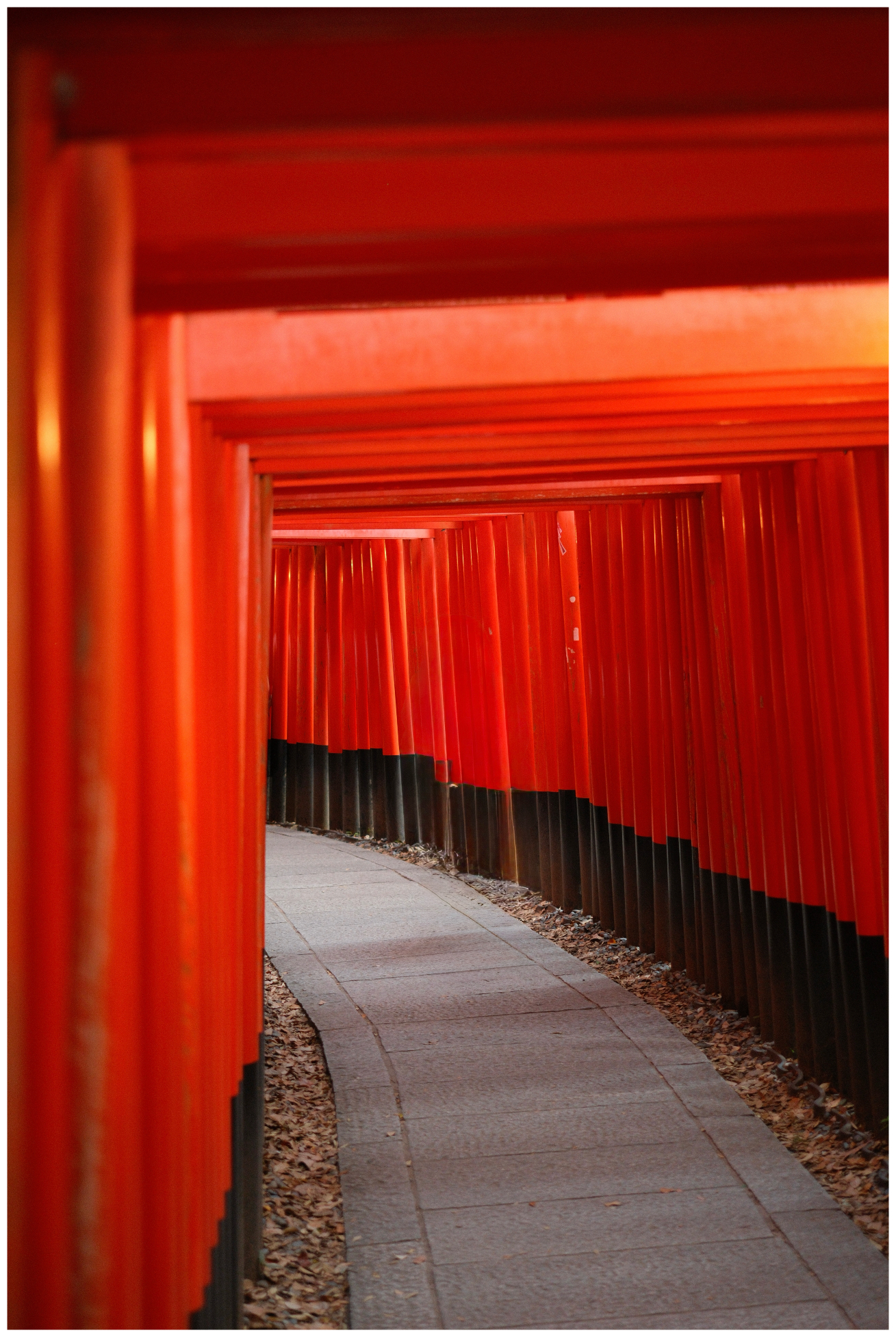

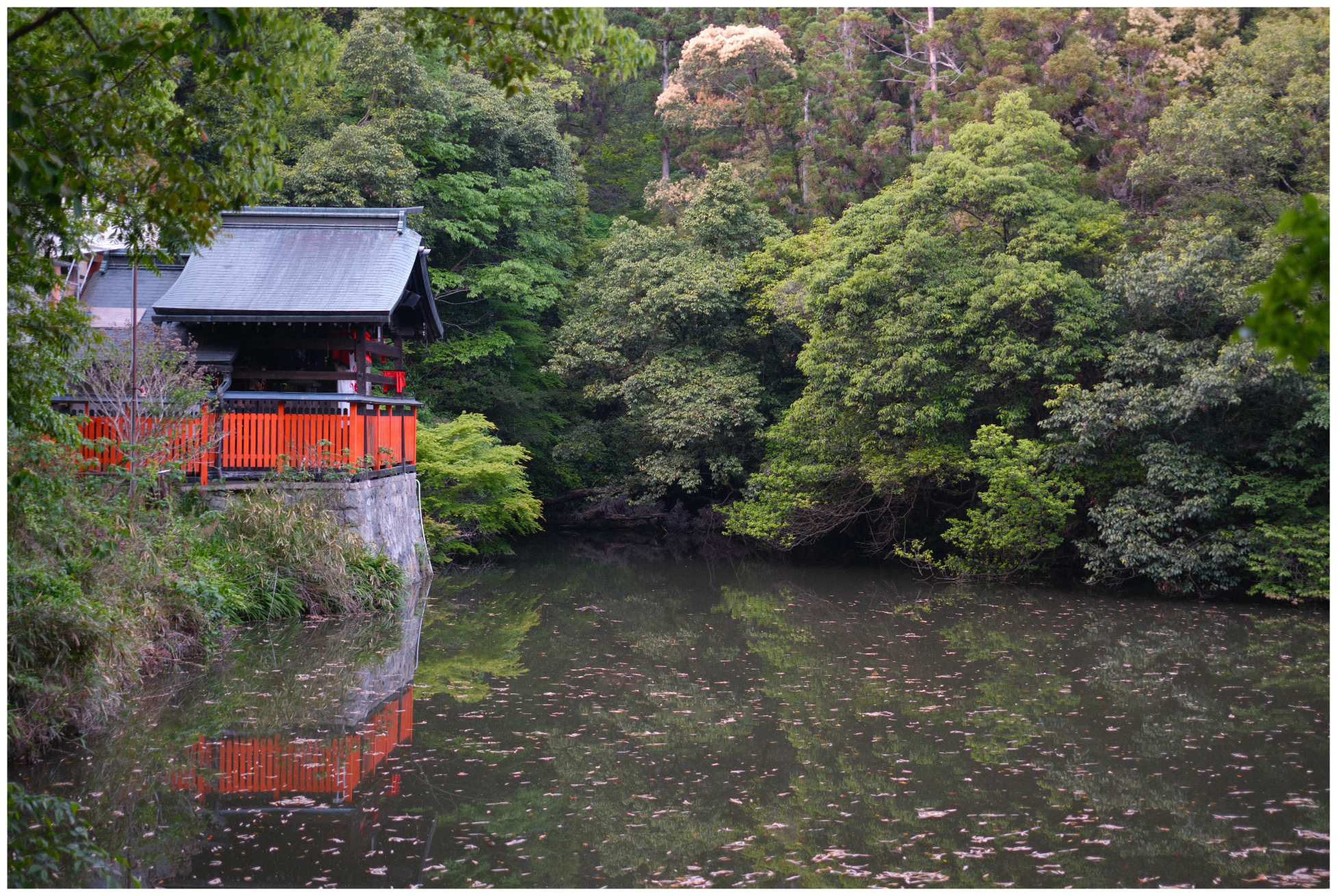
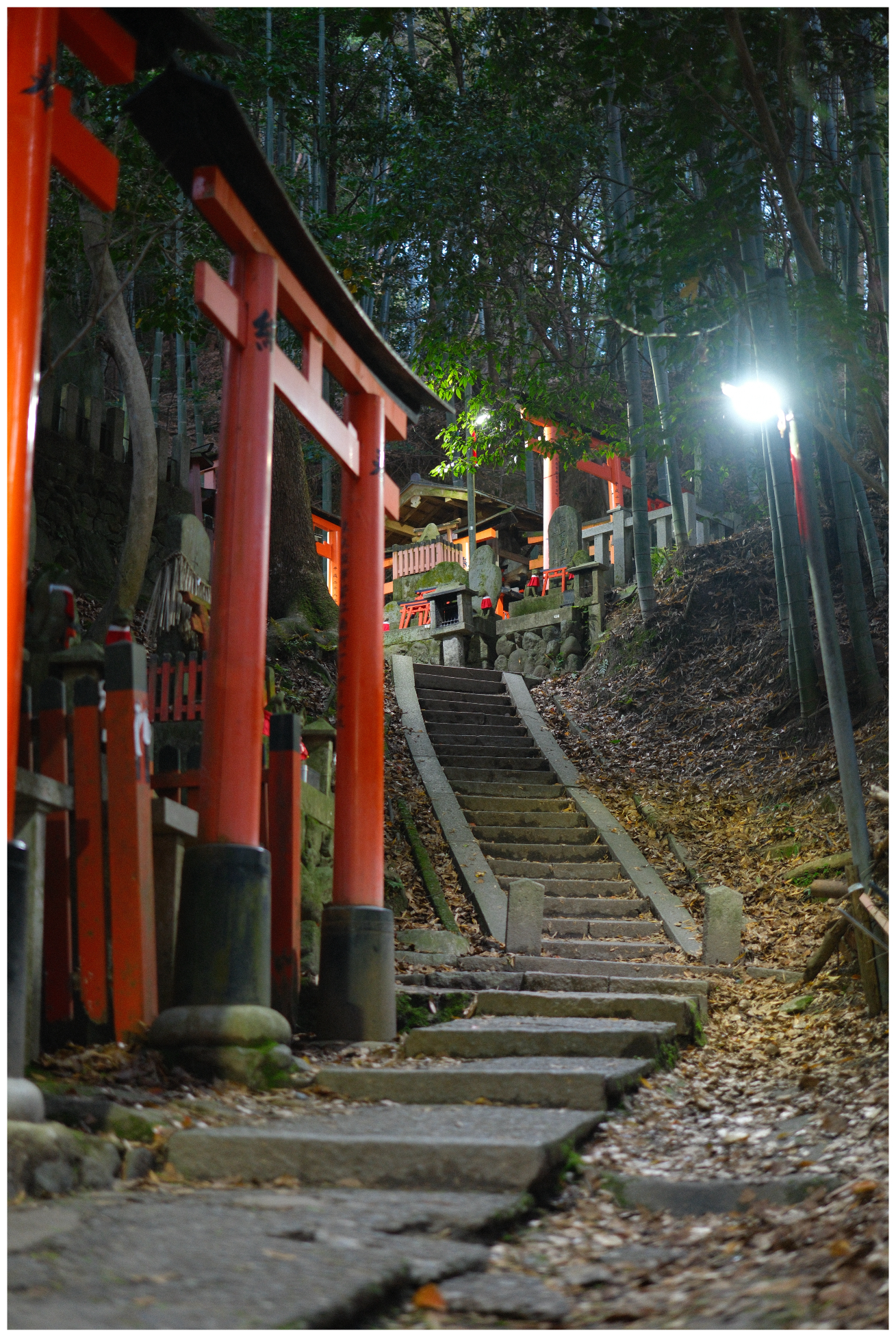
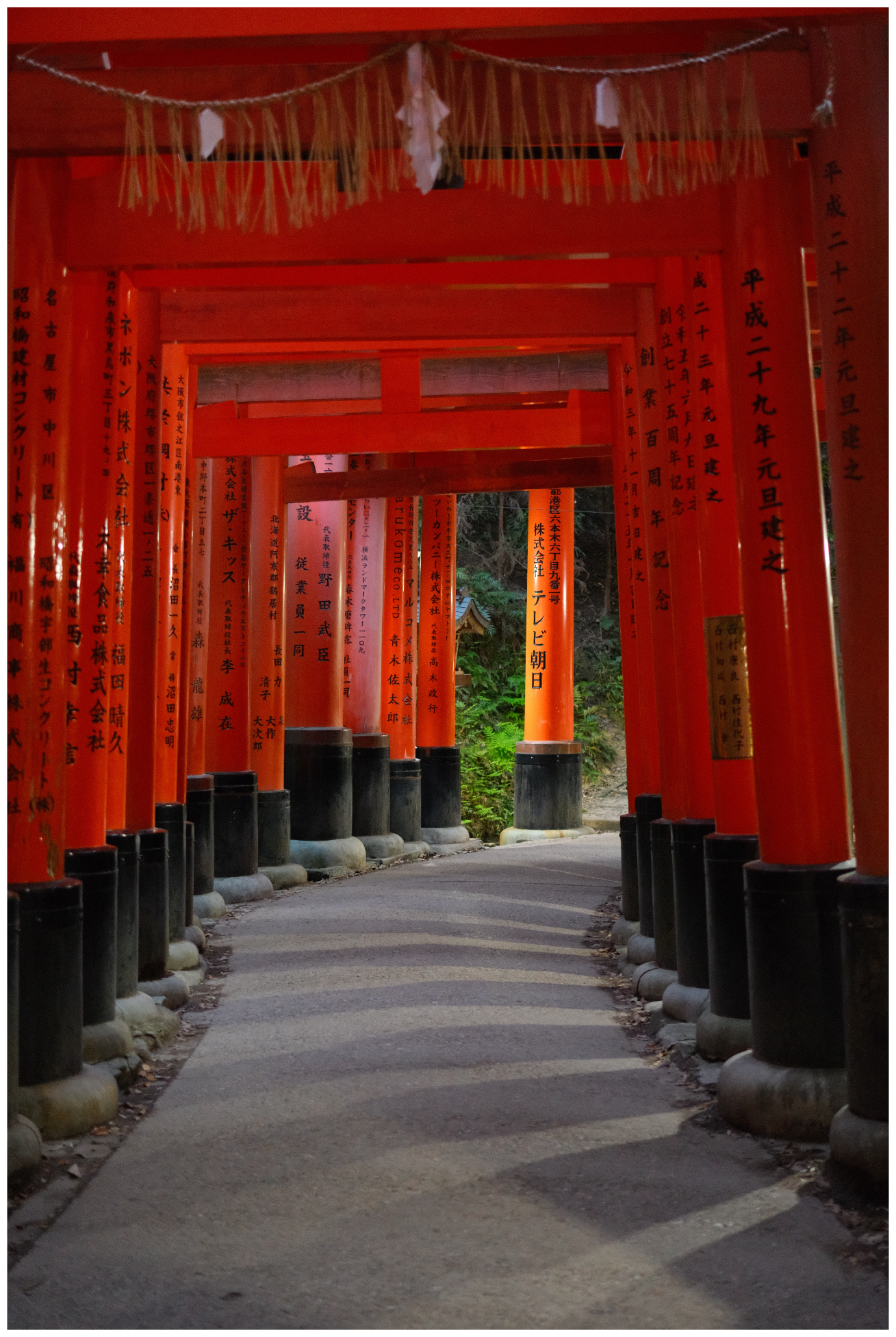
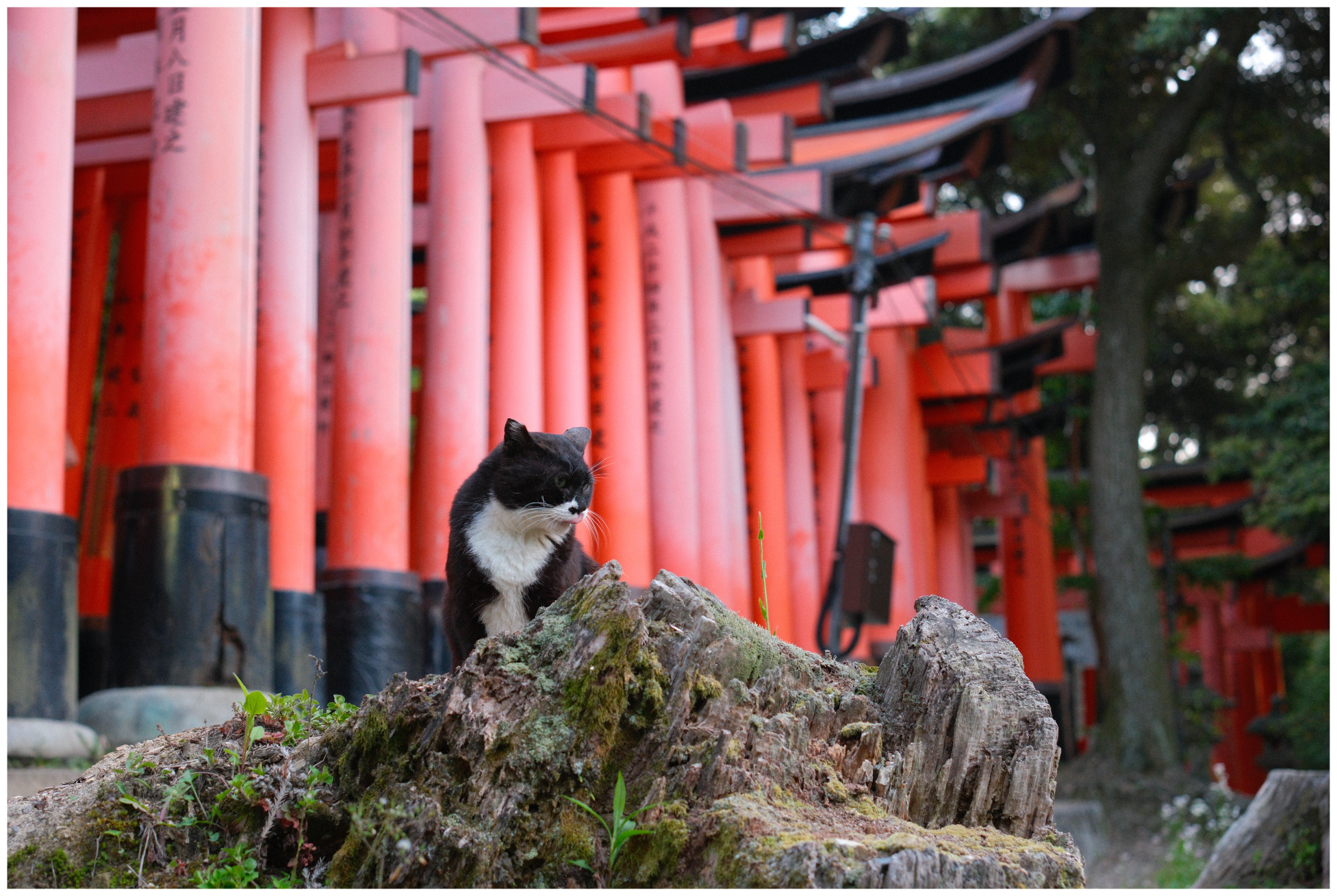
Despite what my photos show, it was actually reasonably busy towards the base of the shrine. Fushimi inari-taisha, known for its 1000 tori gates, is one of the iconic tourist images of Japan - so it wasn't surprising, but it being crowded does impact the enjoyment here a bit more. I imagine it's way worse during the day though.
The further up you climb, the quieter it gets though, especially as it gets dark as fewer people are willing to be out in those conditions.
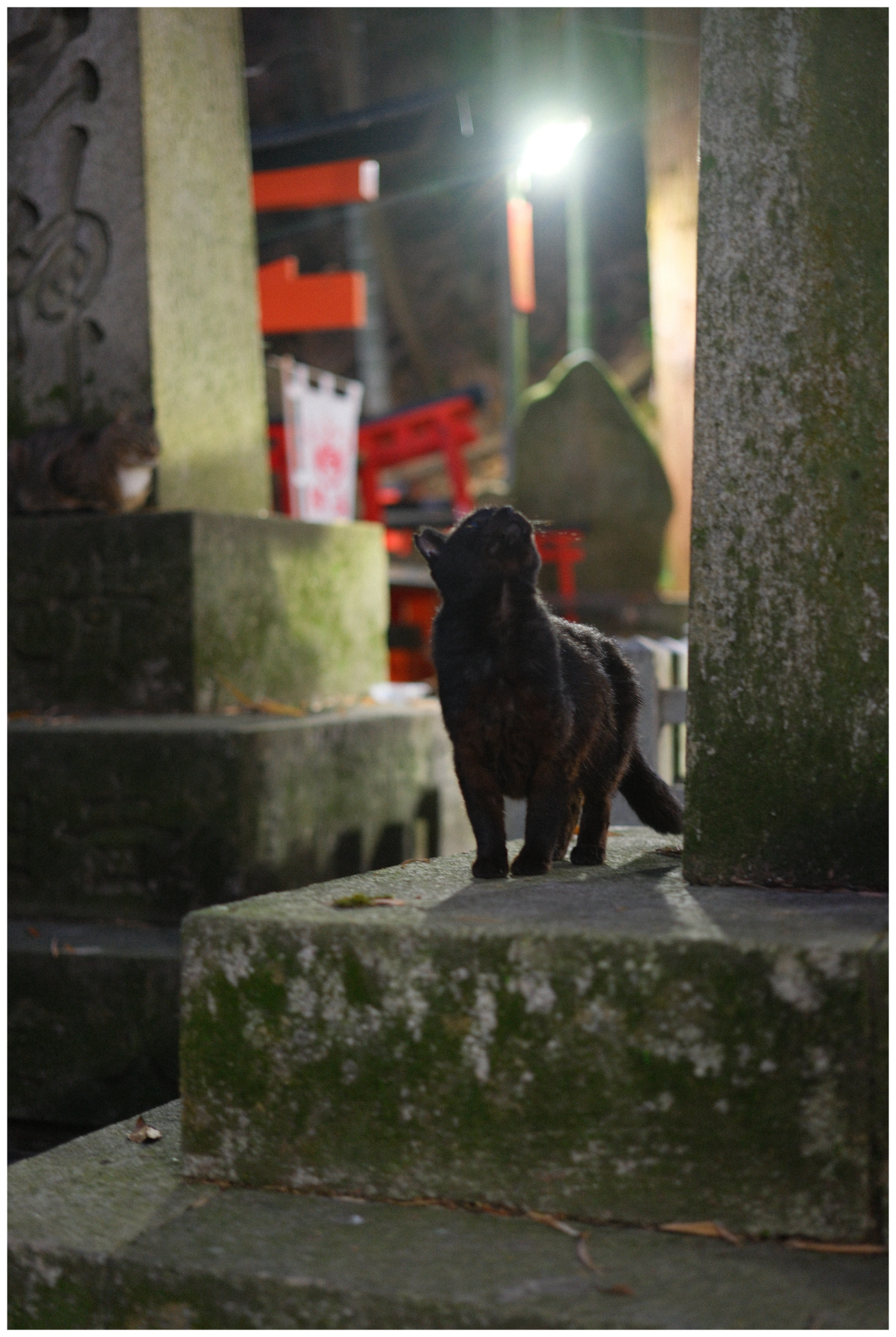
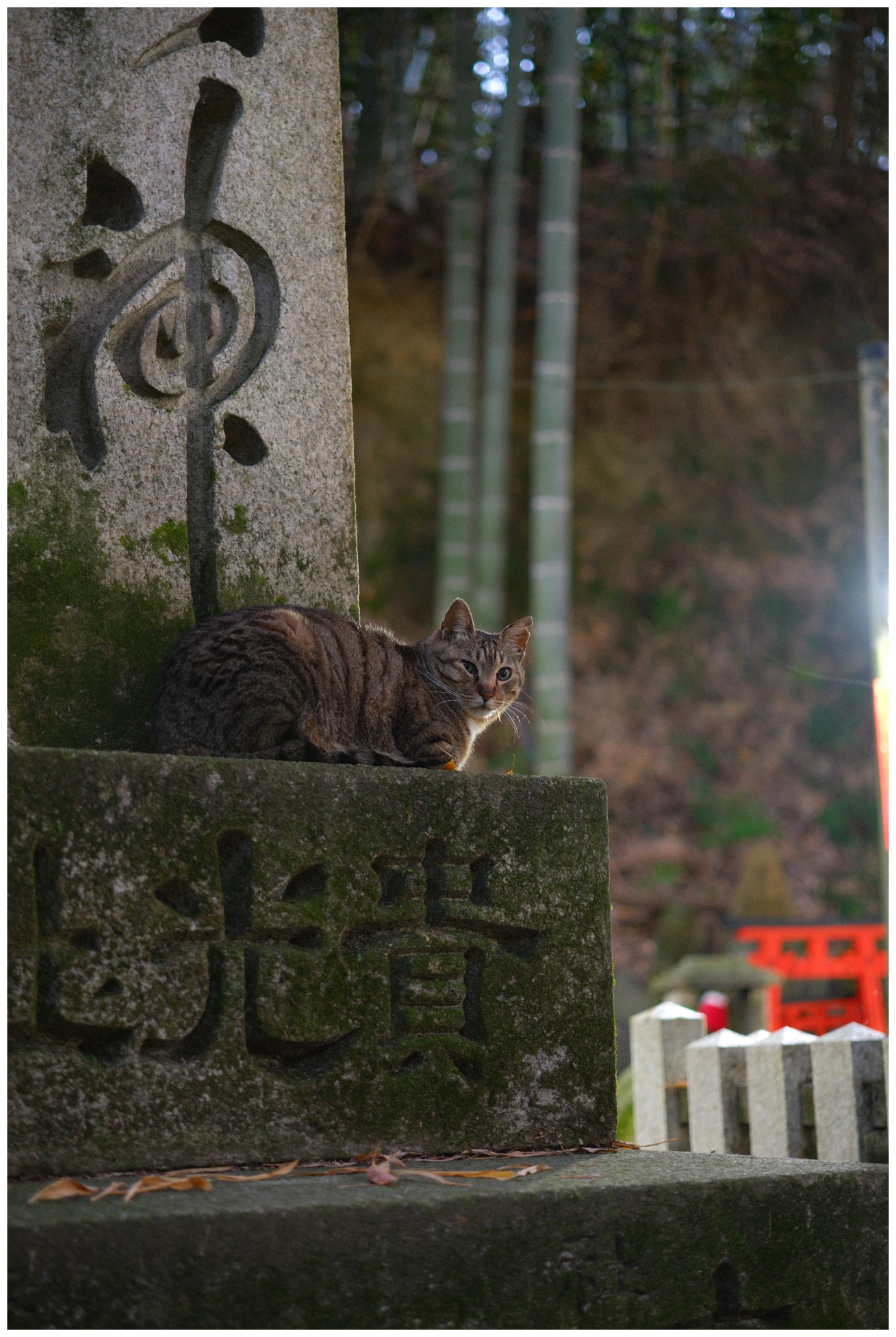
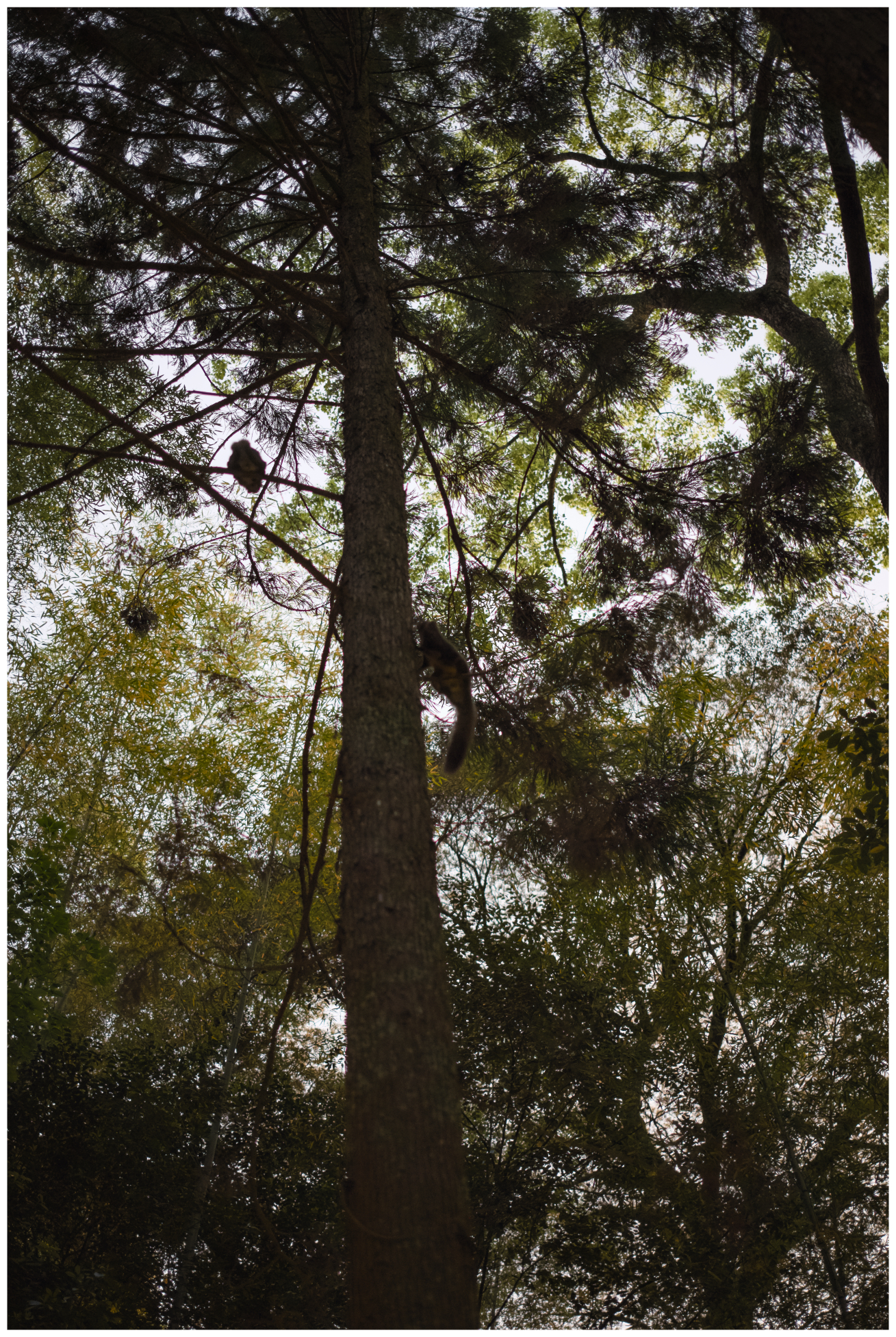
Which is a shame for them, because we saw a few Japanese giant flying squirrels overhead, seemingly fighting - and when one of the squirrels got a bit too low - one of the many cats hanging around attempted to climb the tree to catch it.
The photos above only really show the silhouettes of them, it was quite dark by this point - and I couldn't focus or do a proper long exposure on them. It was pretty cool exploring in the fading light, the paths are mostly lit, so you can still make your way around.
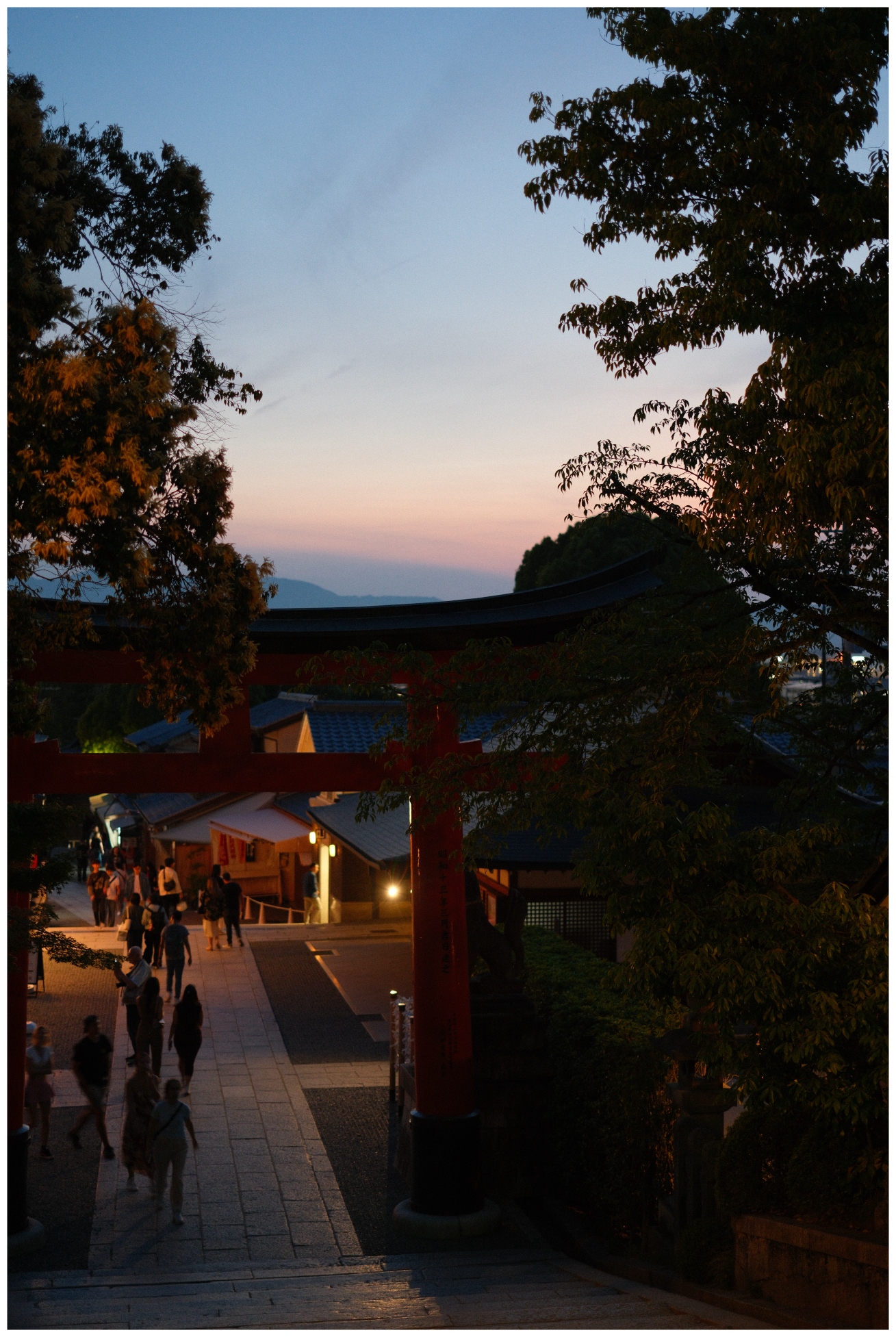
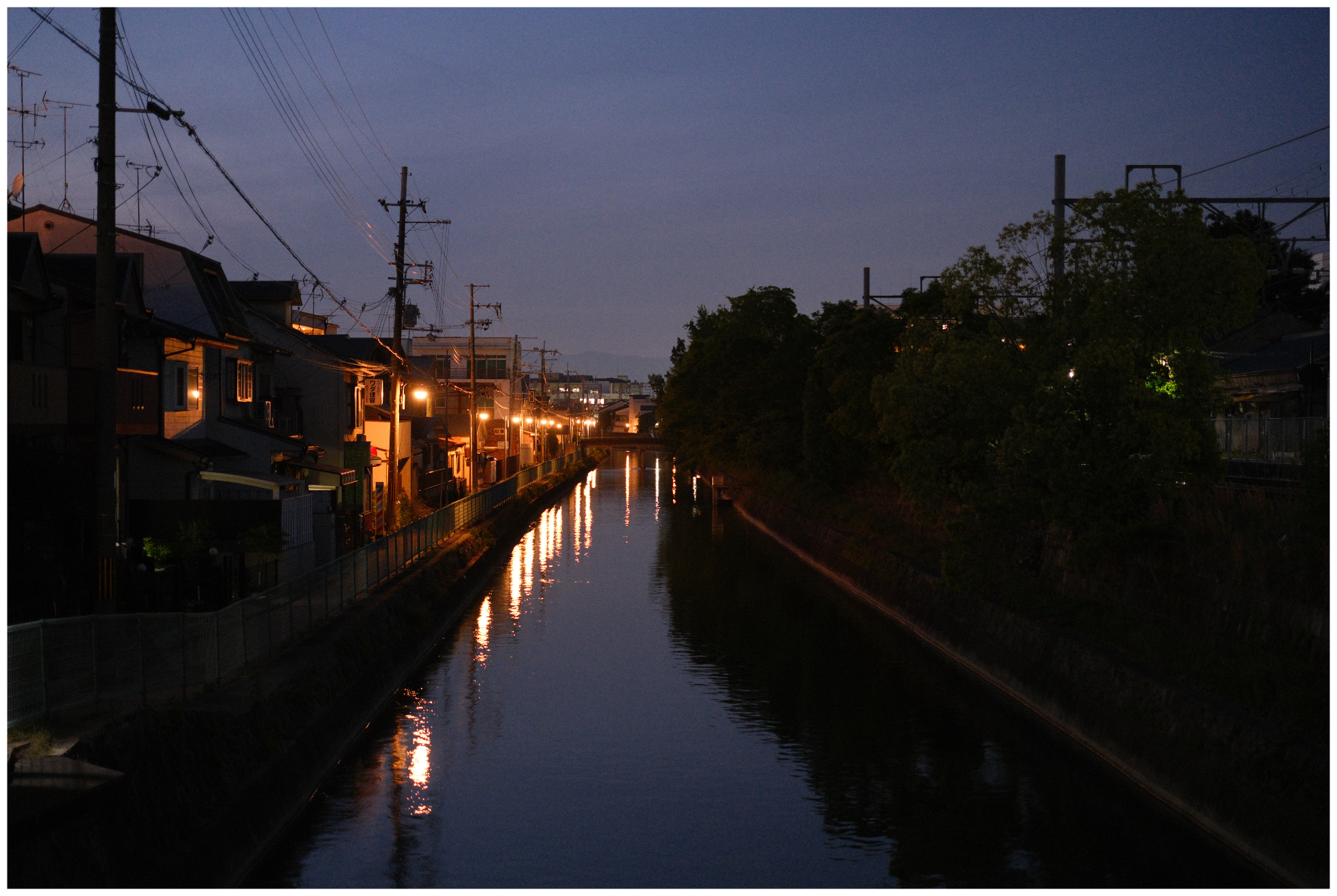

After this pretty long day, we decided to just head back and eat at the reasonably good restaurant in our hotel and finish for the day.
Day 7
Gion, temples, gardens and shopping
This morning we set off towards Gion, Kyoto's Geisha (or Geiko) district.
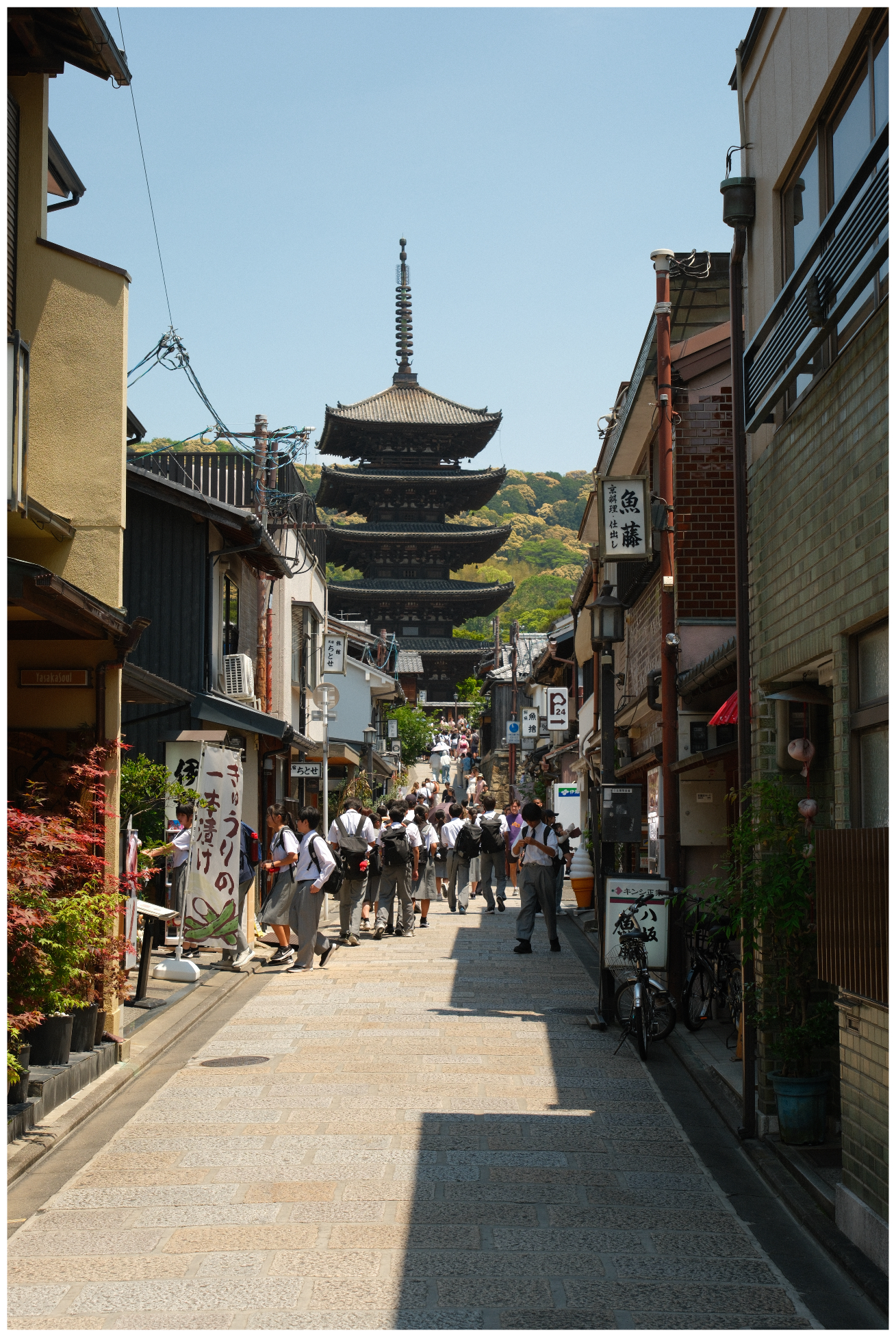
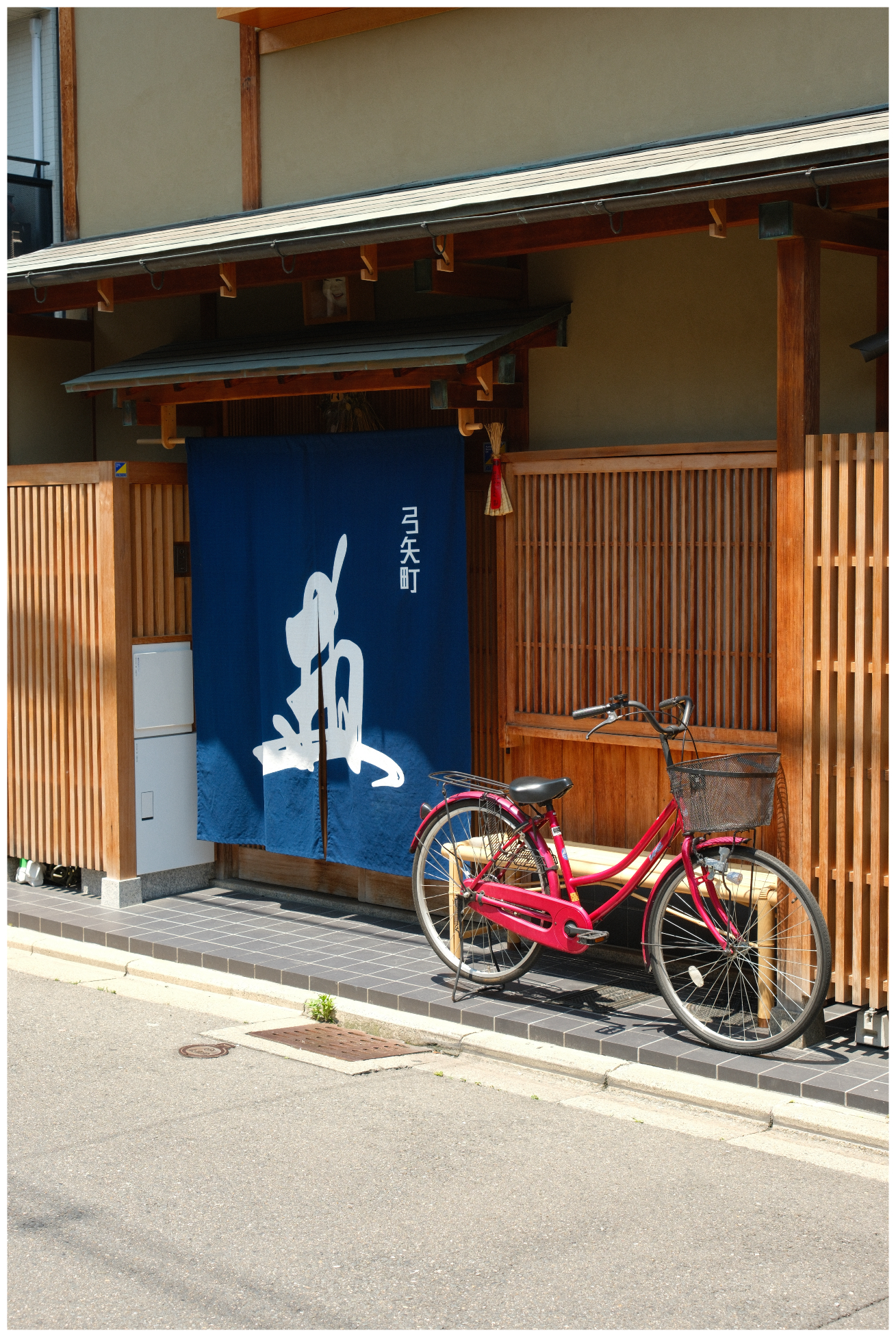
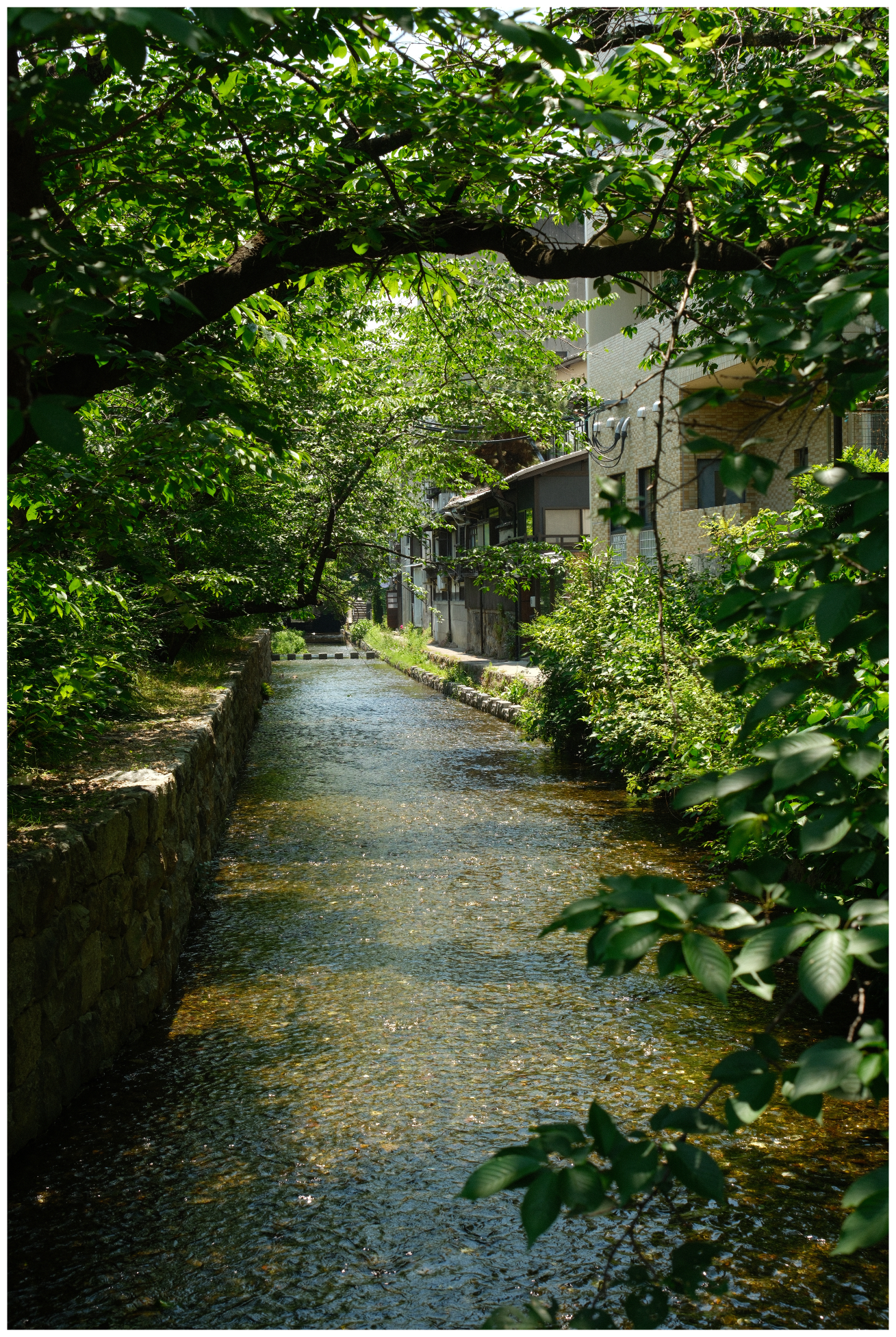
Initially stopped off at a coffee hut, and hadn't noticed it was just by the Yasaka Pagoda, another iconic Kyoto image. We hadn't necessarily planned to come here for the obligatory photos, but.. we were in the area.
Before we got there, we were stopped by a group of Japanese school kids on a trip and their teacher, asked if we could be photographed with them. As mentioned earlier, it was very common to see these school trips to various attraction, I think it may reflect well that this is an attraction worth seeing if schools consider it worth the trip for their pupils.
My experience with many tourist attractions abroad is typically that they're dominated by foreign tourists, but seeing locals (adults and school kids) visiting these does maybe indicate that these places do have at least some historical and/or cultural importance beyond "it looks good on the 'gram".
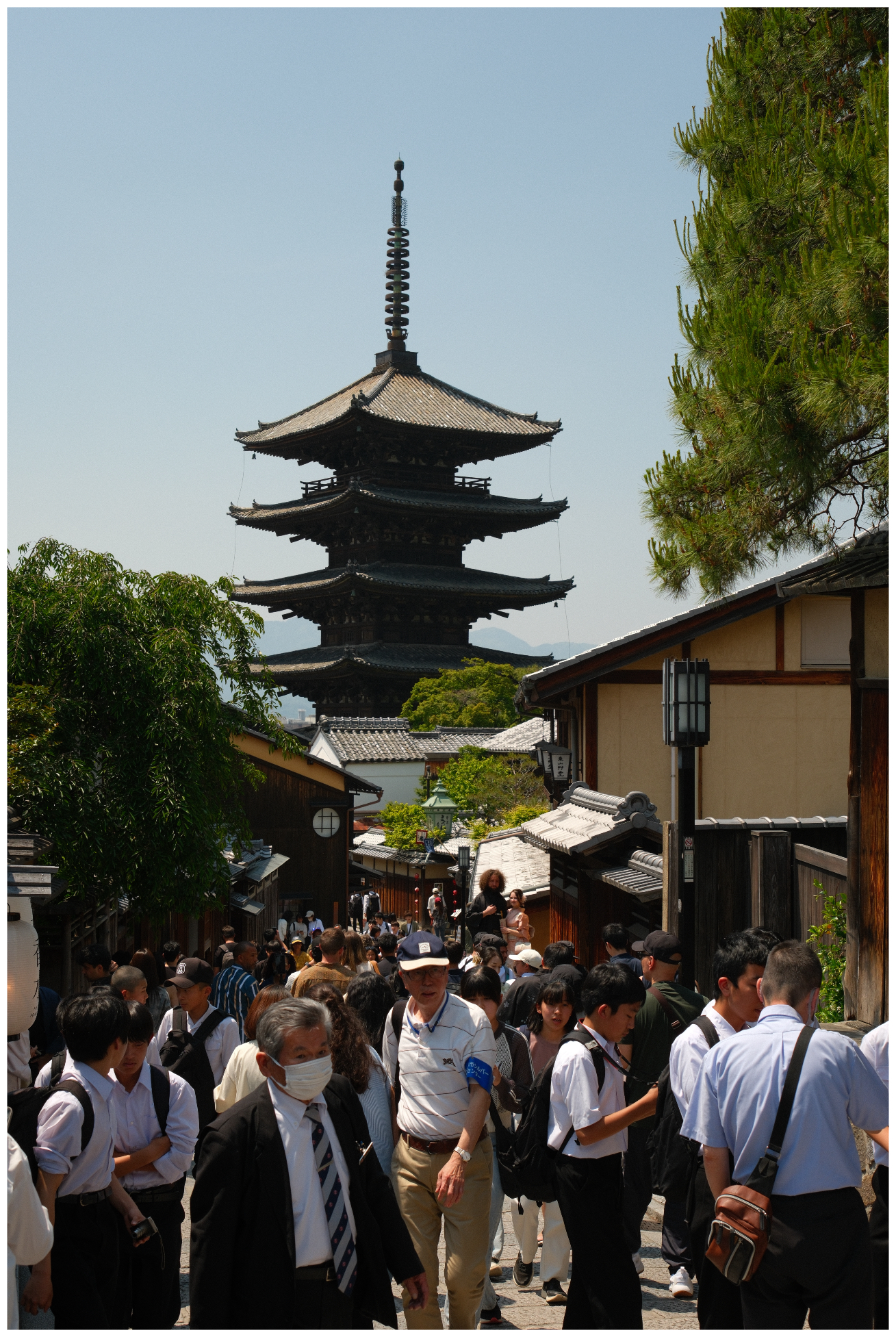

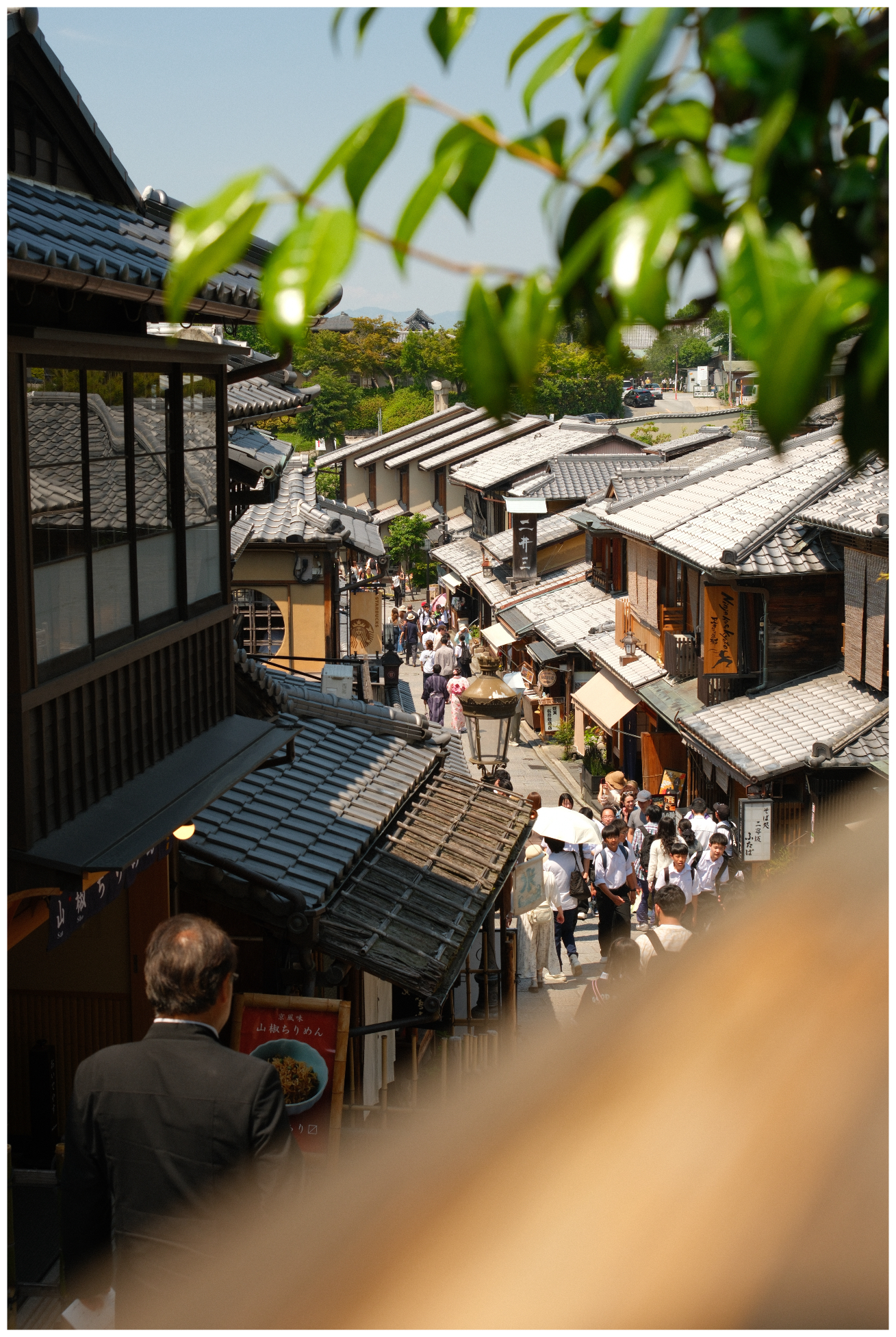
We got our obligatory pagoda shots, but the street was pretty busy, this is probably the peak tourist crowds - but you walk a minute up/down the road and the crowds quieten down significantly.
After we headed to a few nearby attractions: Ryōzen Kannon and Kodaiji buddhist temple.

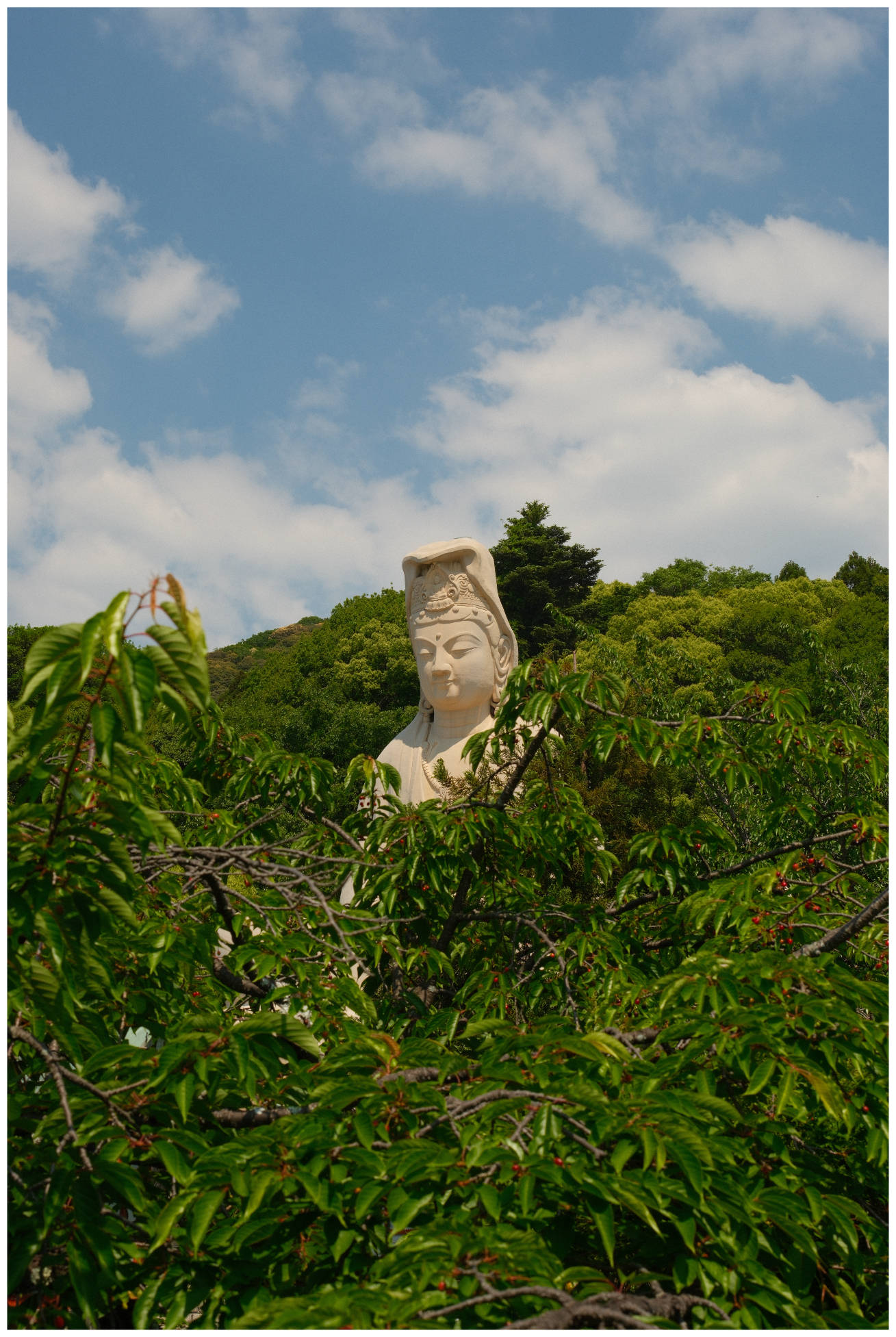
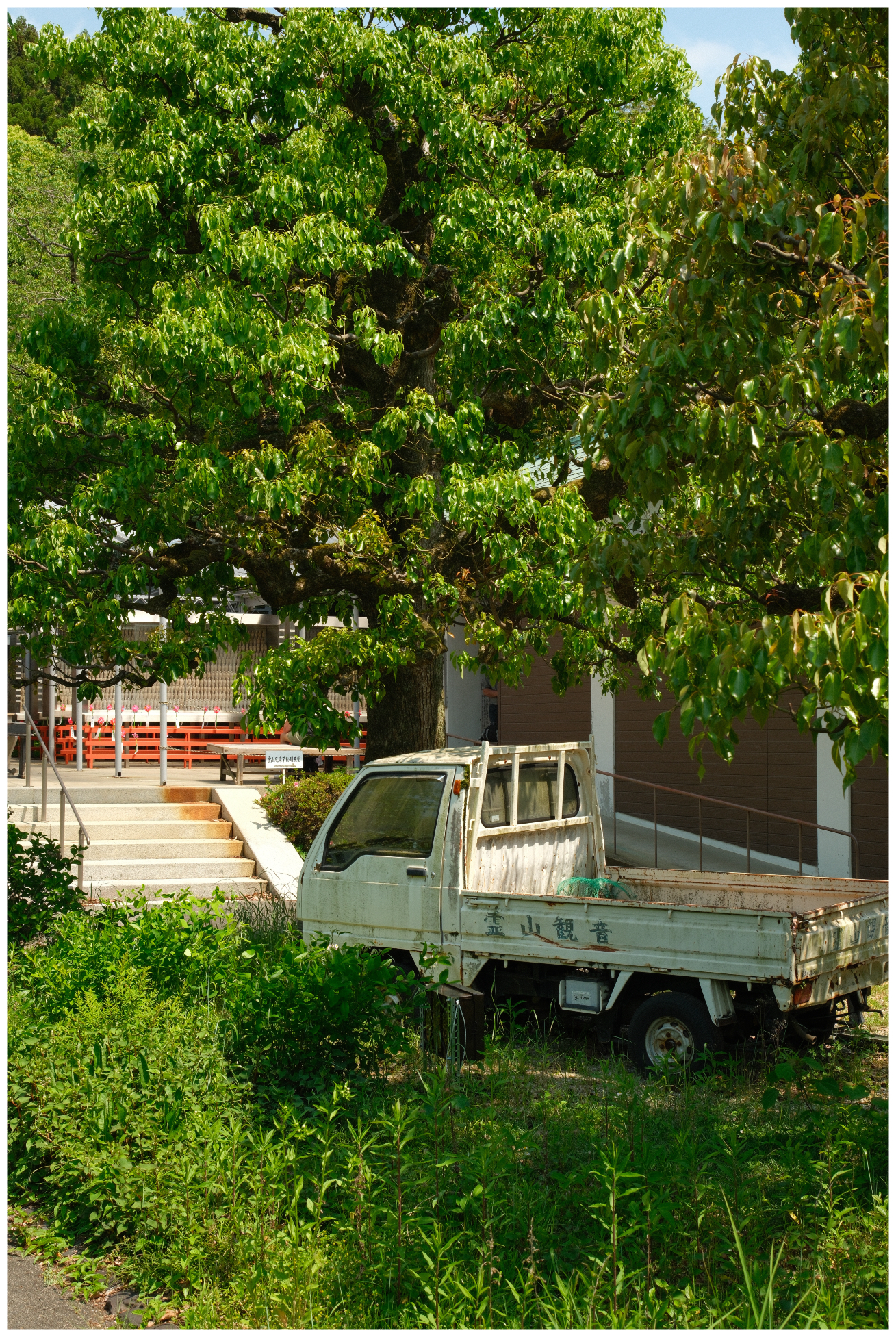
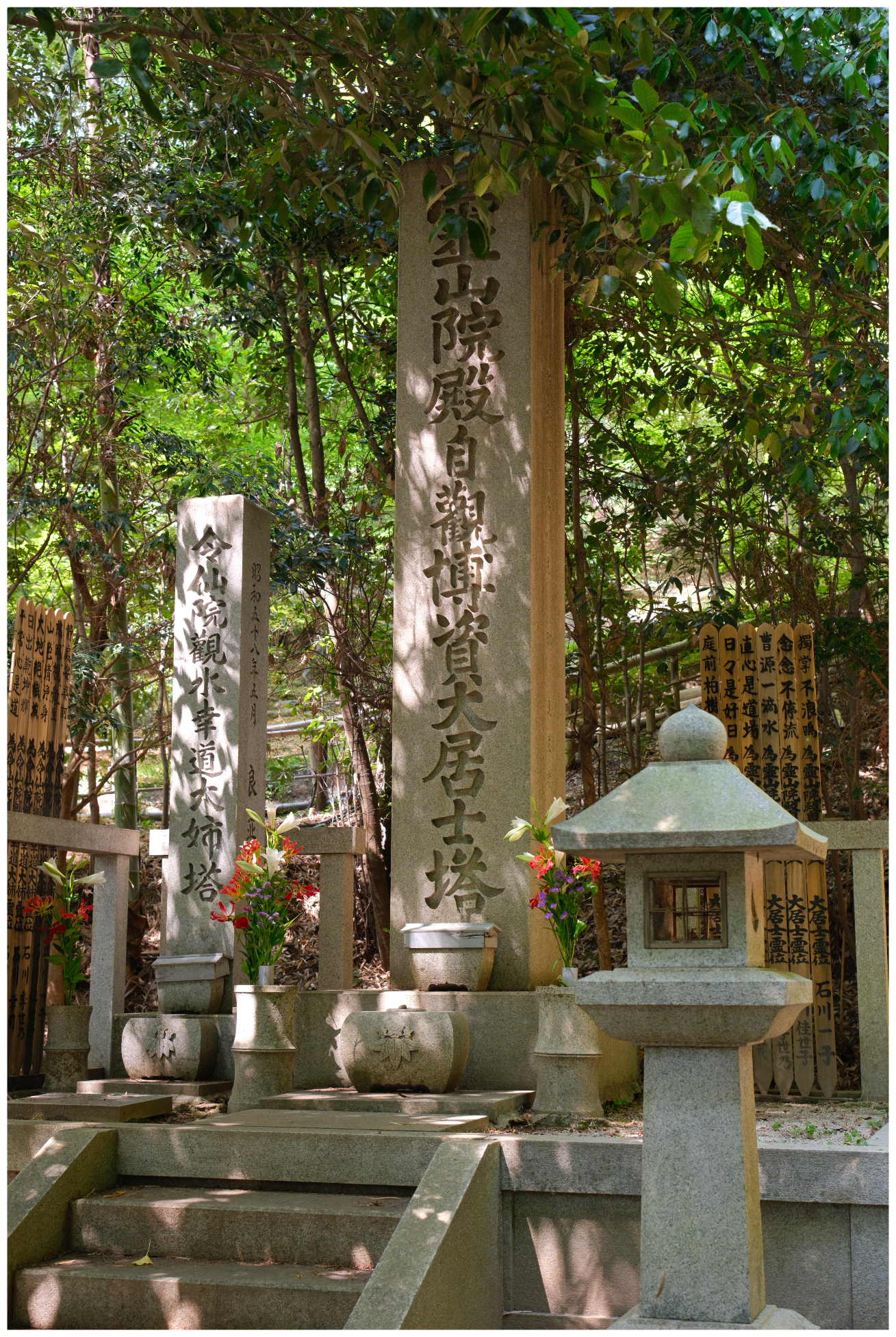
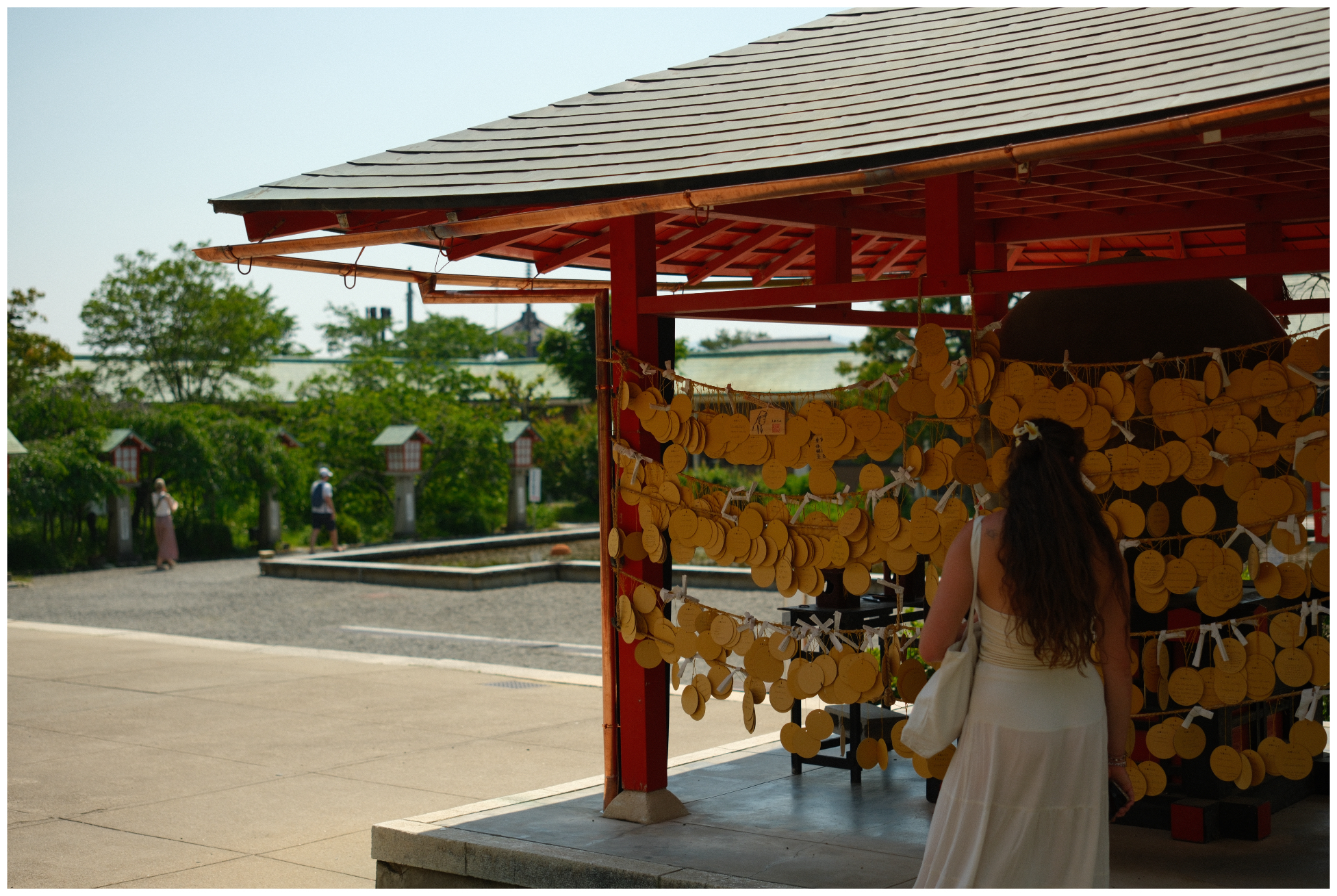
Ryōzen Kannon had an impressive statue that you could go inside to visit shrines within. Included in entrance free (~£1.50) was an incense stick to place in a shrine. There was more to explore in the woods, but my back was still playing up so I needed to take more rests.
Kodaiji is also nearby, just a 2 minute walk between the two, so it's worth stopping by both if you're doing one of them.
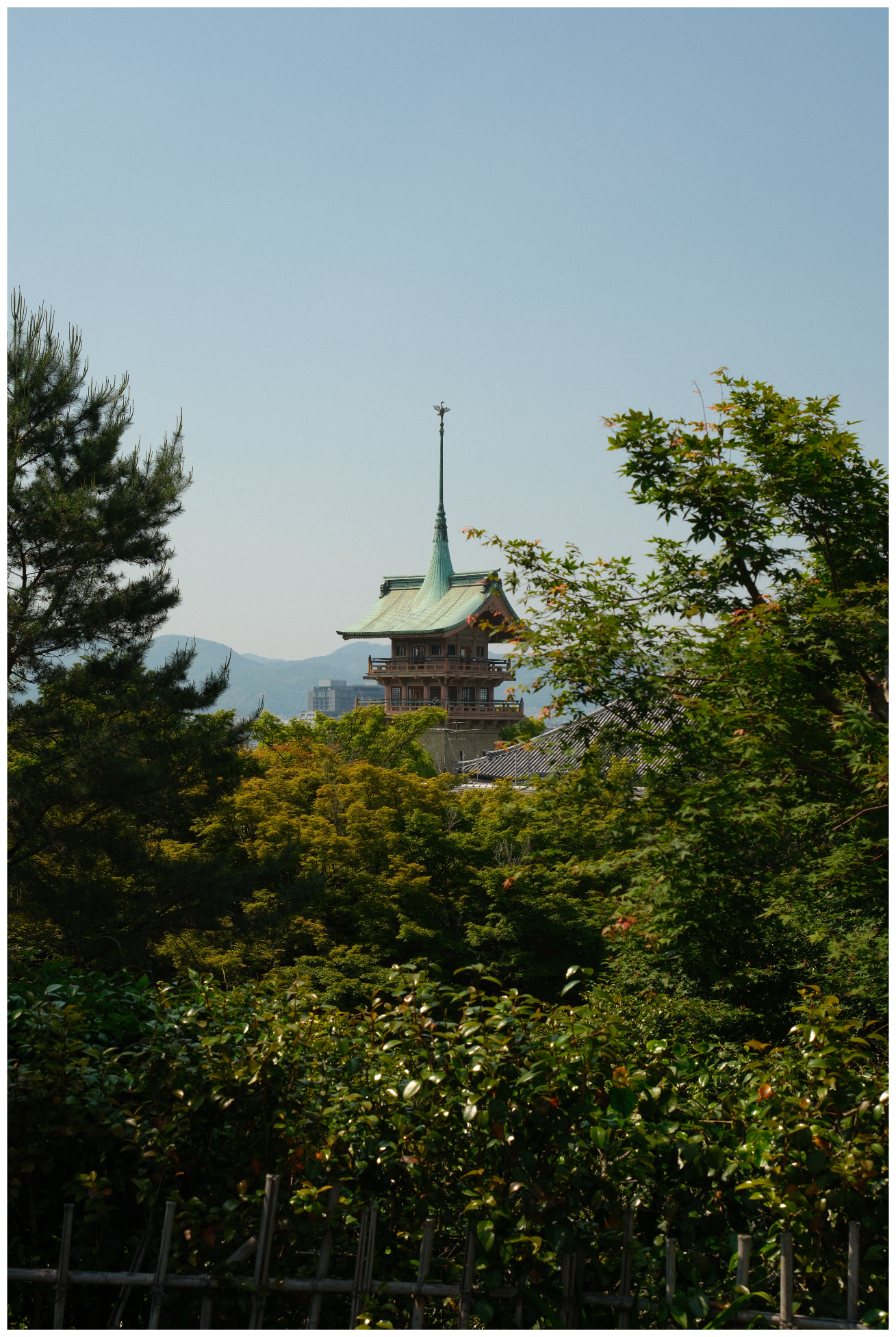

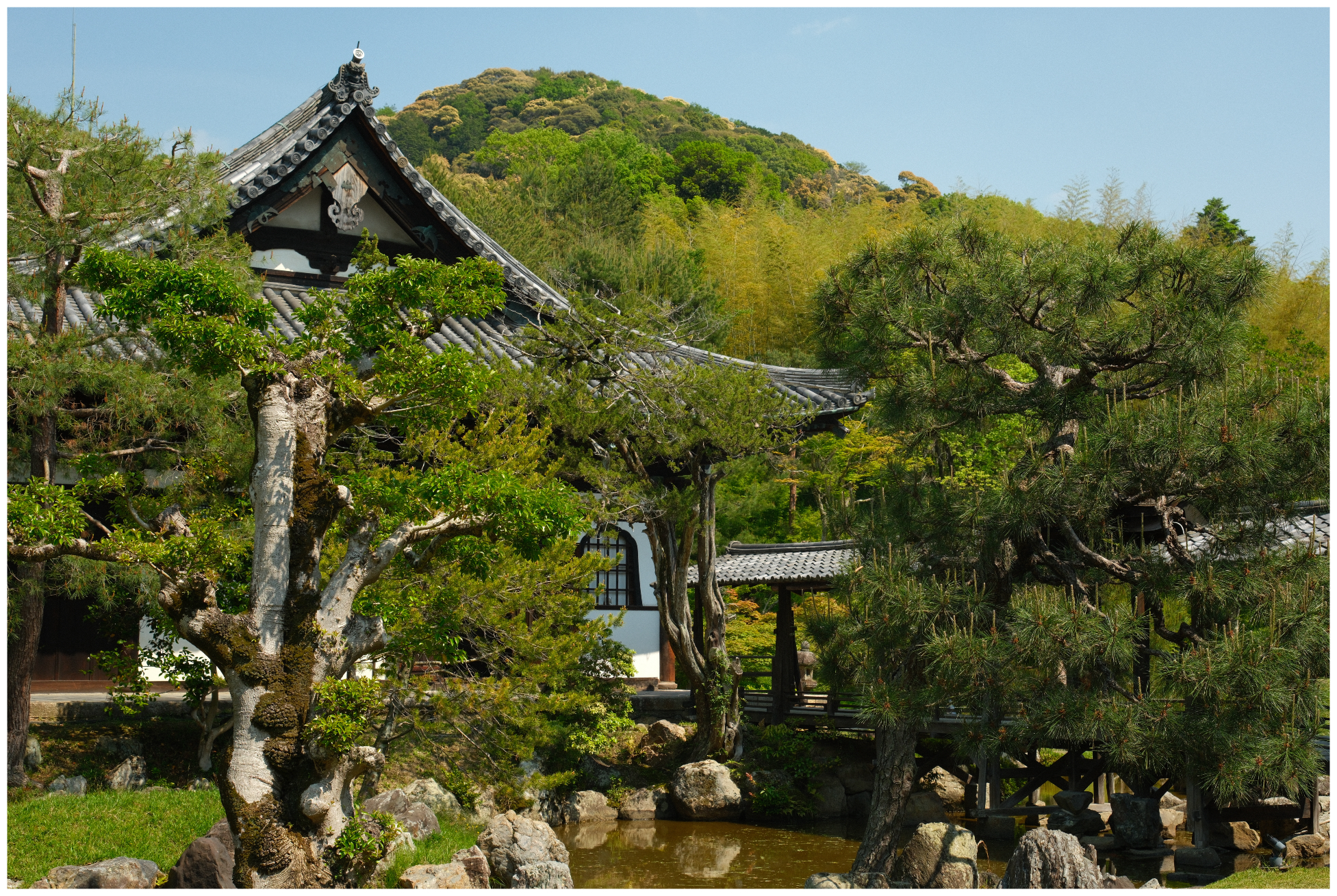
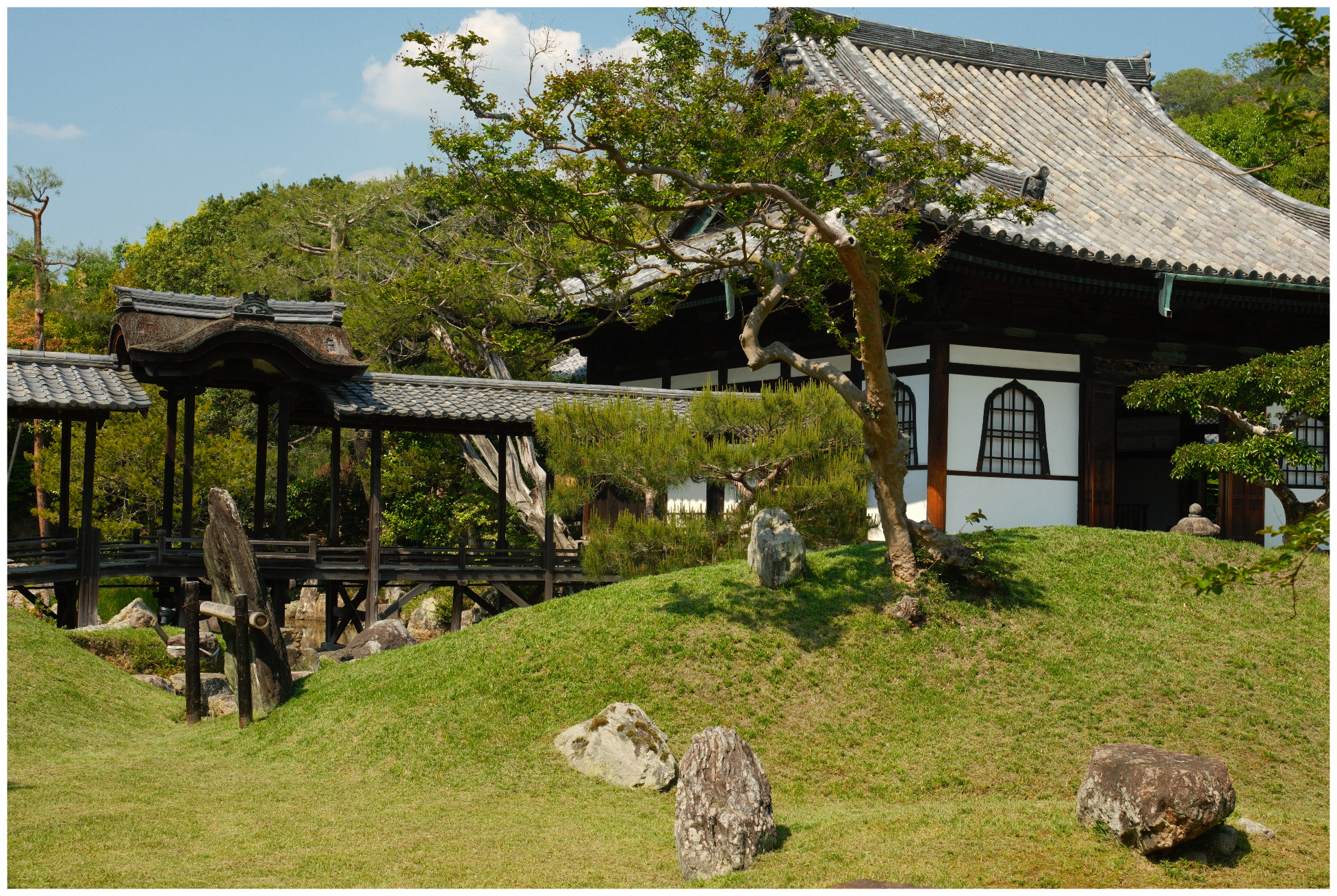
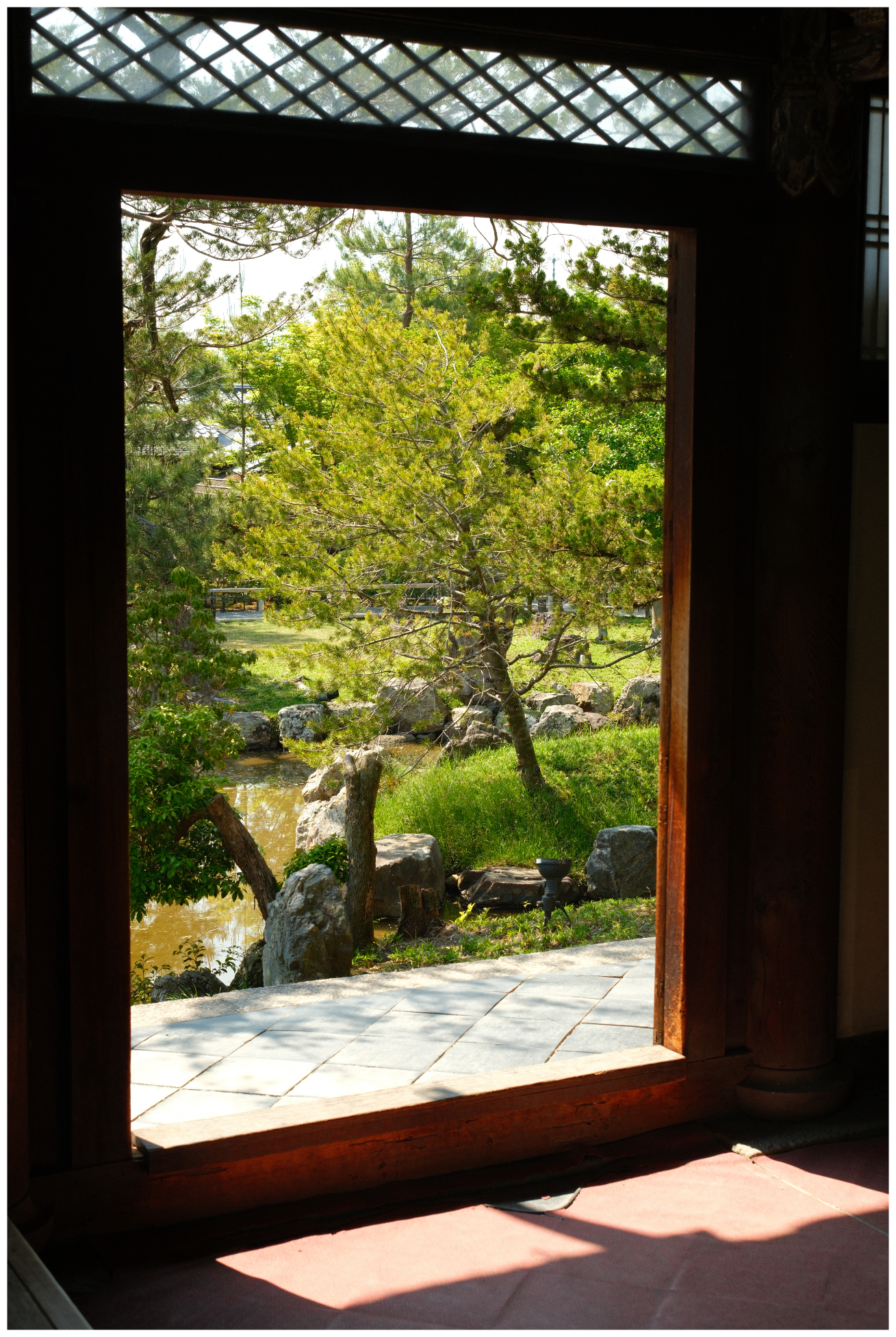

Japan really does know how to do gardens. There is quite a few little attractions and things to see within this, so definitely worth the admission.
Due to my back continuing to give me problems, we went back to the hotel to cool off and have a rest.
For dinner, we went to a well publicised Gyoza place. Our first warning sign probably should have been seeing every customer being a foreigner, then the menus being in english.. but it was very bland and nothing to write home about. I won't name it, because.. it was inexpensive and the service was fine.
The rest of the night, we spent walking around shops. I did my obligatory stop at the Kyoto Nintendo store, aiming to collect a particular Zelda pin, but with no luck. I did pick some other tat up from that store too though, I had to.
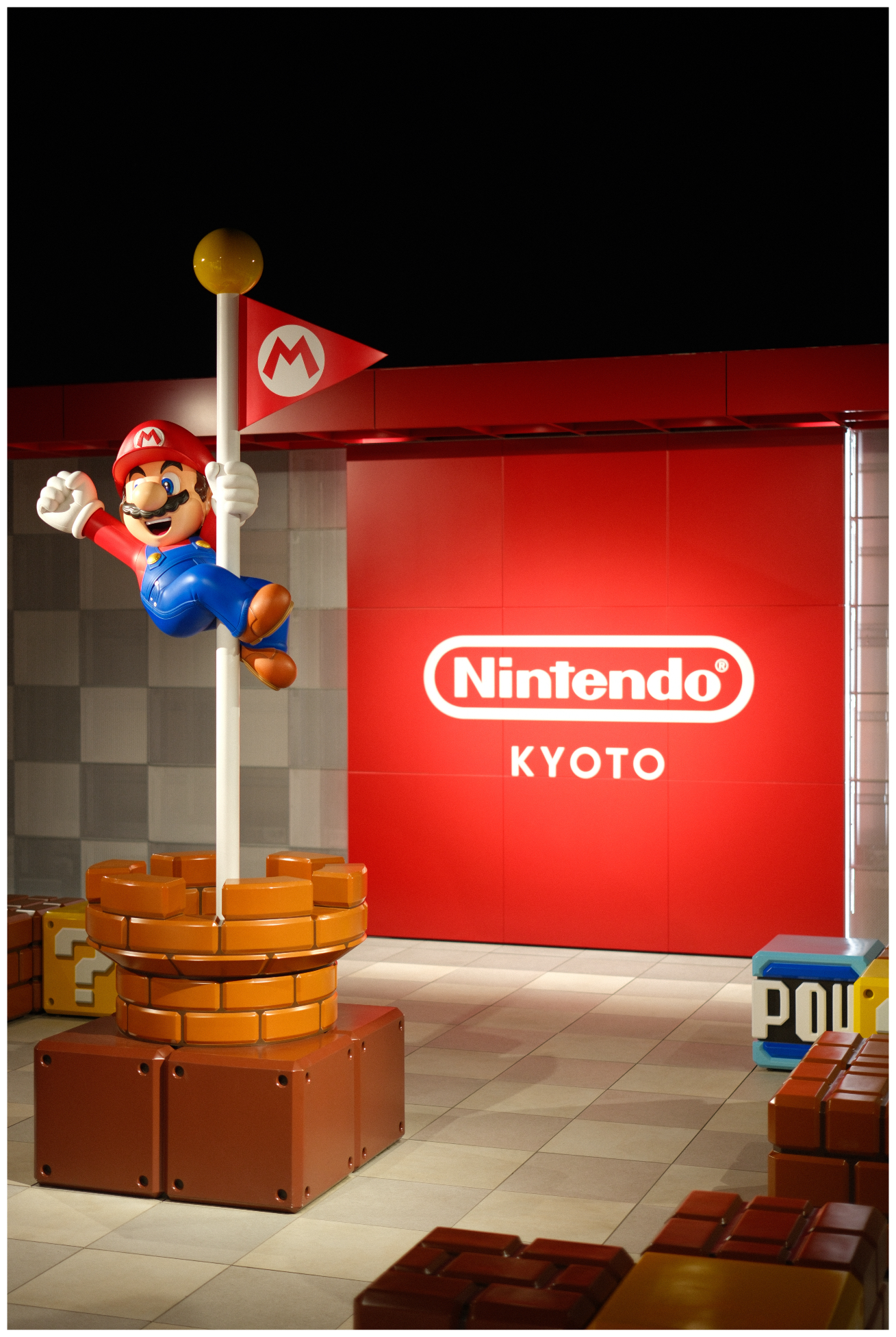
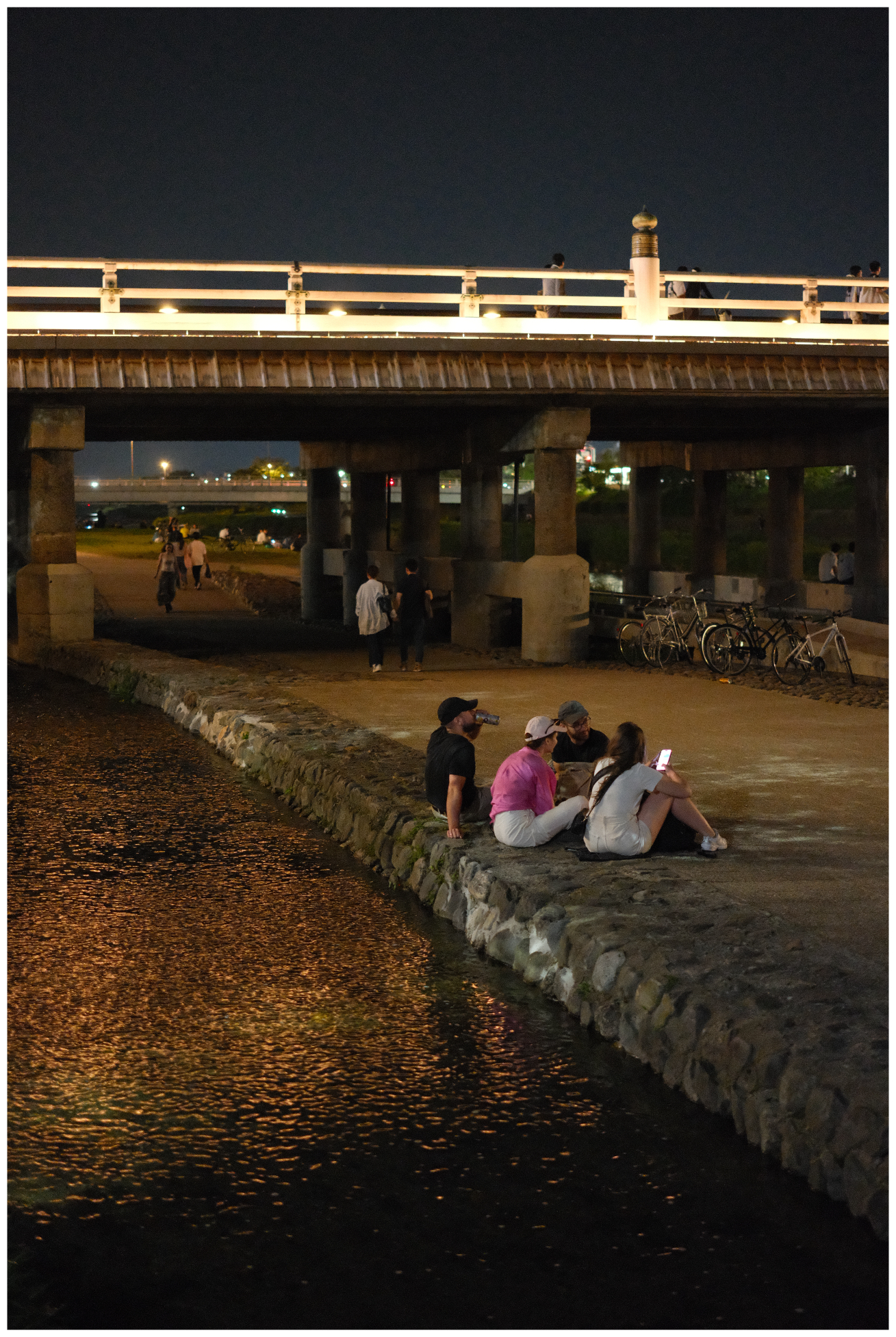

Unfortunately I left it until the last night to take advantage of the baths in our hotel, an 'onsen-like' experience.
I do enjoy hot bathing experiences - as seen in my Iceland trips, I didn't fully appreciate it until I went to these countries with public bathing cultures, because they often take hygiene and cleanliness seriously, both personal hygiene and the facilities around the baths.
It just makes it a much nicer, more relaxing experience when you can see the people are socially enforced to clean themselves properly before entering the baths, often in front of others and the public keep the changing rooms and bathing areas clean.
Britain doesn't have this same bathing culture and people here are lot more prudish and shy when it comes to public nudity. As a result, swimming pools and spa facilities often are dirtier and smellier, which really takes away from the experience and means I don't visit them as much as I'd like. My own apartment building has a swimming pool, hot tub, sauna & steam room - reasonably well maintained by UK standards, but not to the degree I've experienced in places like Iceland, Japan and Hungary (Budapest), and it puts me off going.
Anyway, with all that - this was my first Japanese bathing experience. Usual expectation of being entirely naked, fully cleaning off at the seated stations in the bathing area before entering the baths - which in itself was quite a nice and relaxing experience. Good products provided, everything is just very comfortable.
Japanese onsens/baths almost always forbid people with tattoos unless you can cover them up, and they often do provide covers. Not an issue for myself, but worth knowing. The facilities at THE BLOSSOM KYOTO were genuinely great, and I regret not taking advantage of them every night we stayed.
Day 8
Nijō castle, leaving Kyoto for Osaka
For our last day in Kyoto, we spent the morning at Nijō castle. There's three main attractions here, the main castle, the gardens and Ninomaru-goten palace. The latter required purchasing a separate ticket online for a specific timeslot.
We went there first and found that you're taken around it in limited groups, after having to take your shoes off and leave all belongings including cameras in a locker. This was the best of the two palaces, it was well preserved and restored, had some genuinely interesting decoration and art, and felt like a genuinely important cultural heritage site.
The other main palace appeared to be important and well preserved too, but they were clearly less protective over it - it is significantly bigger and entrance is not controlled. You have to take your shoes off still and leave them with hundreds of other pairs of shoes, and on a hot day, the smell wasn't pleasant..
That castle appeared to have some interesting rooms in it too, but it was too busy to enjoy so we basically jogged through. We spent most of our time in the gardens though, they were nice and we enjoyed feeding the Koi in the moat around the castle.
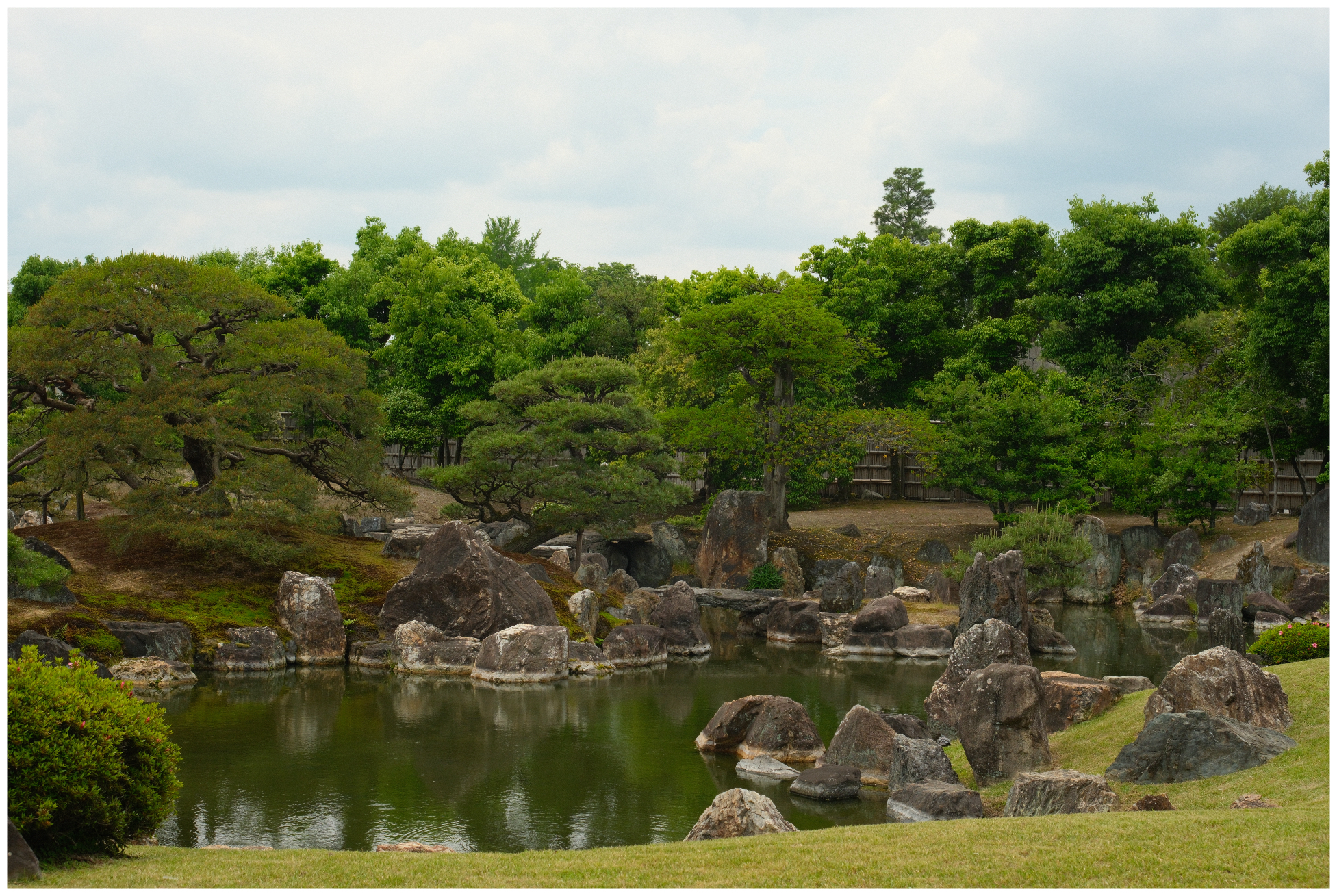
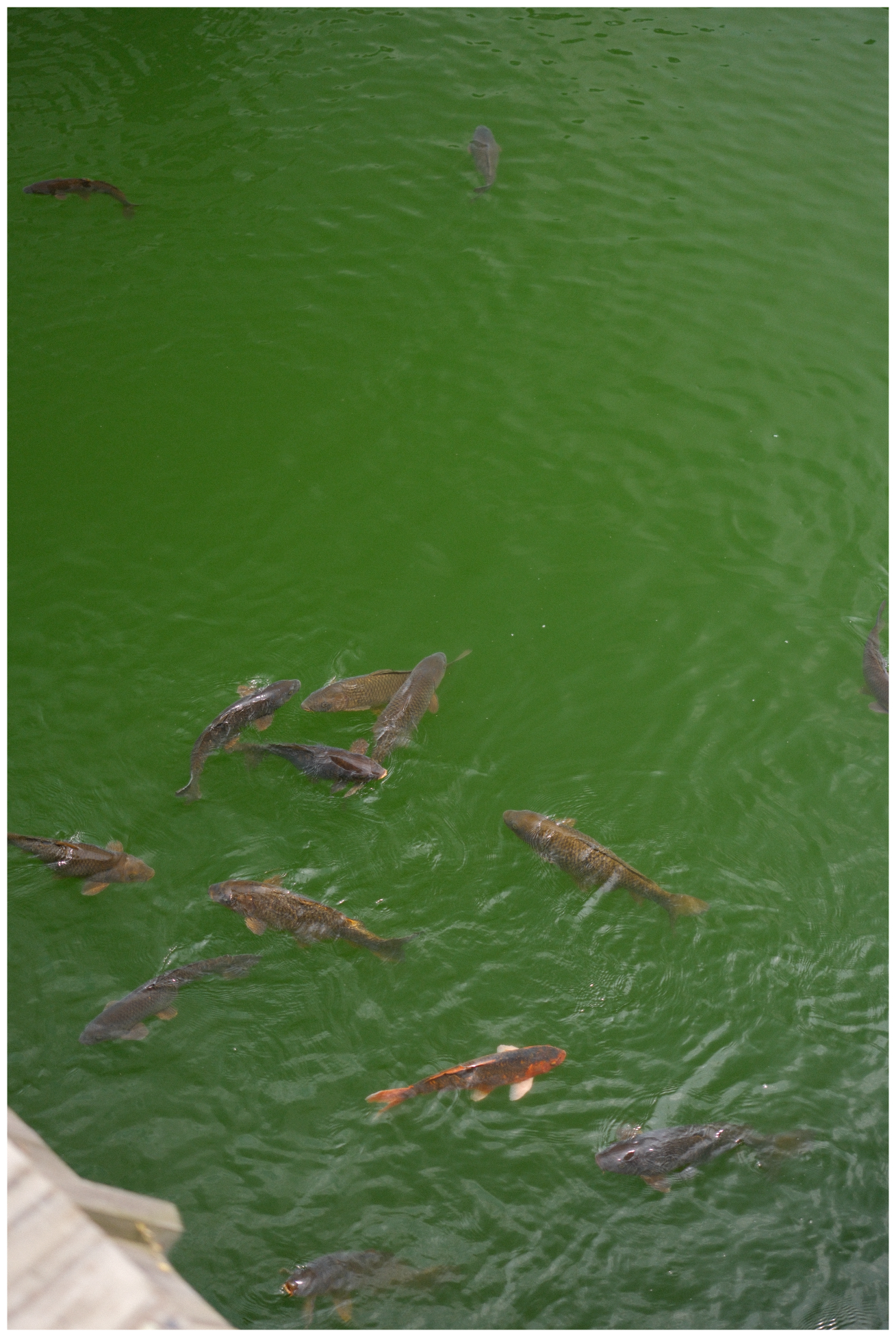
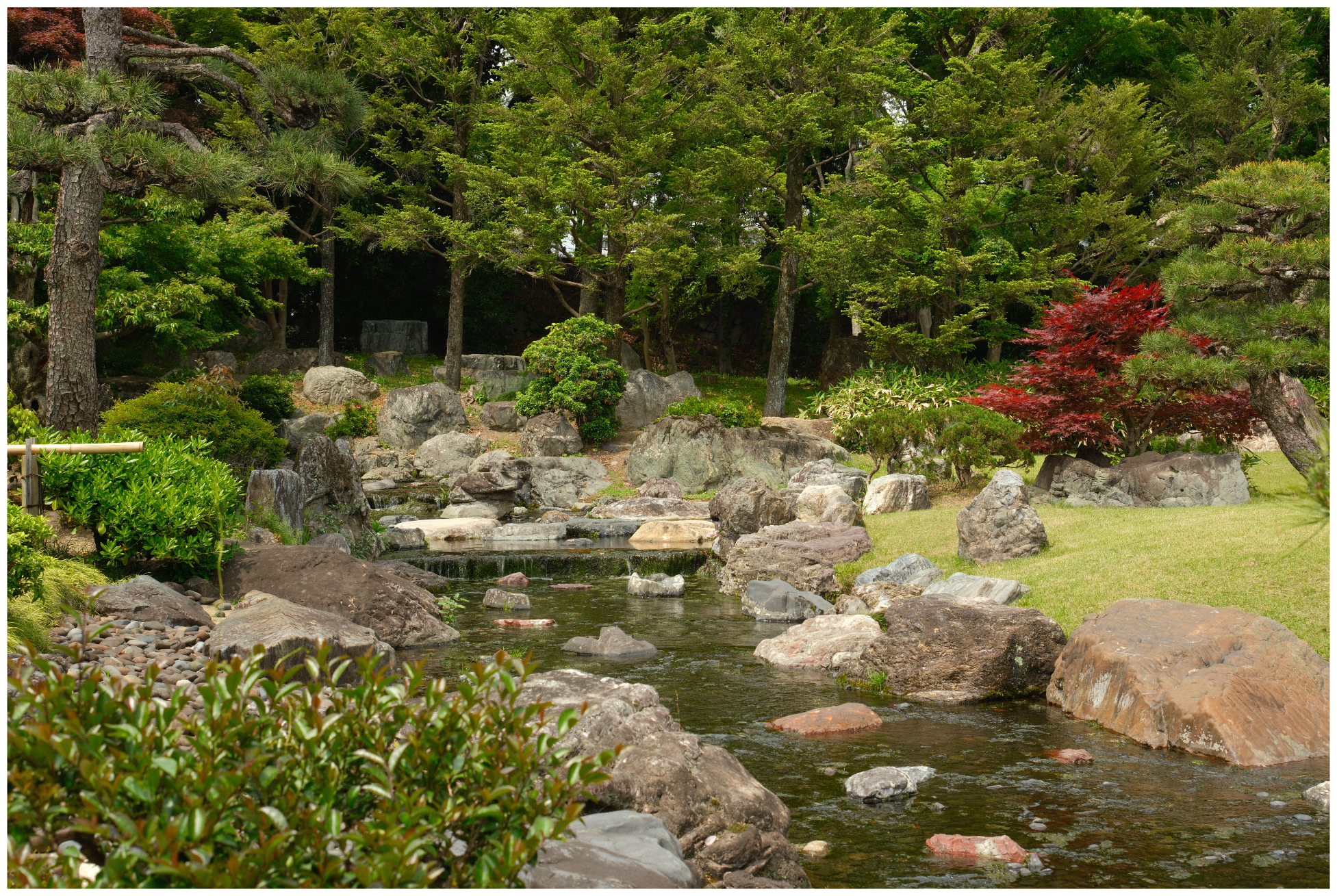
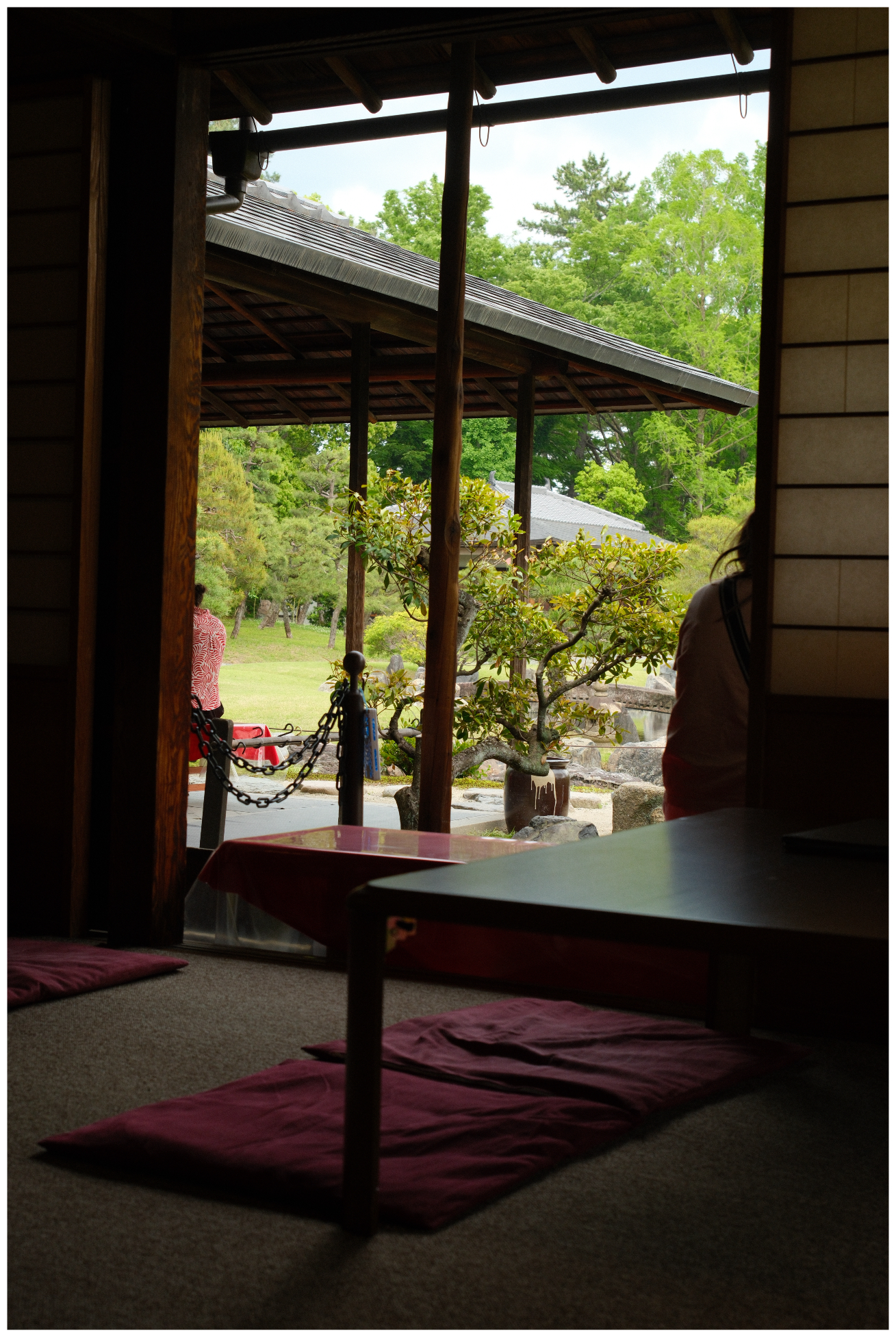
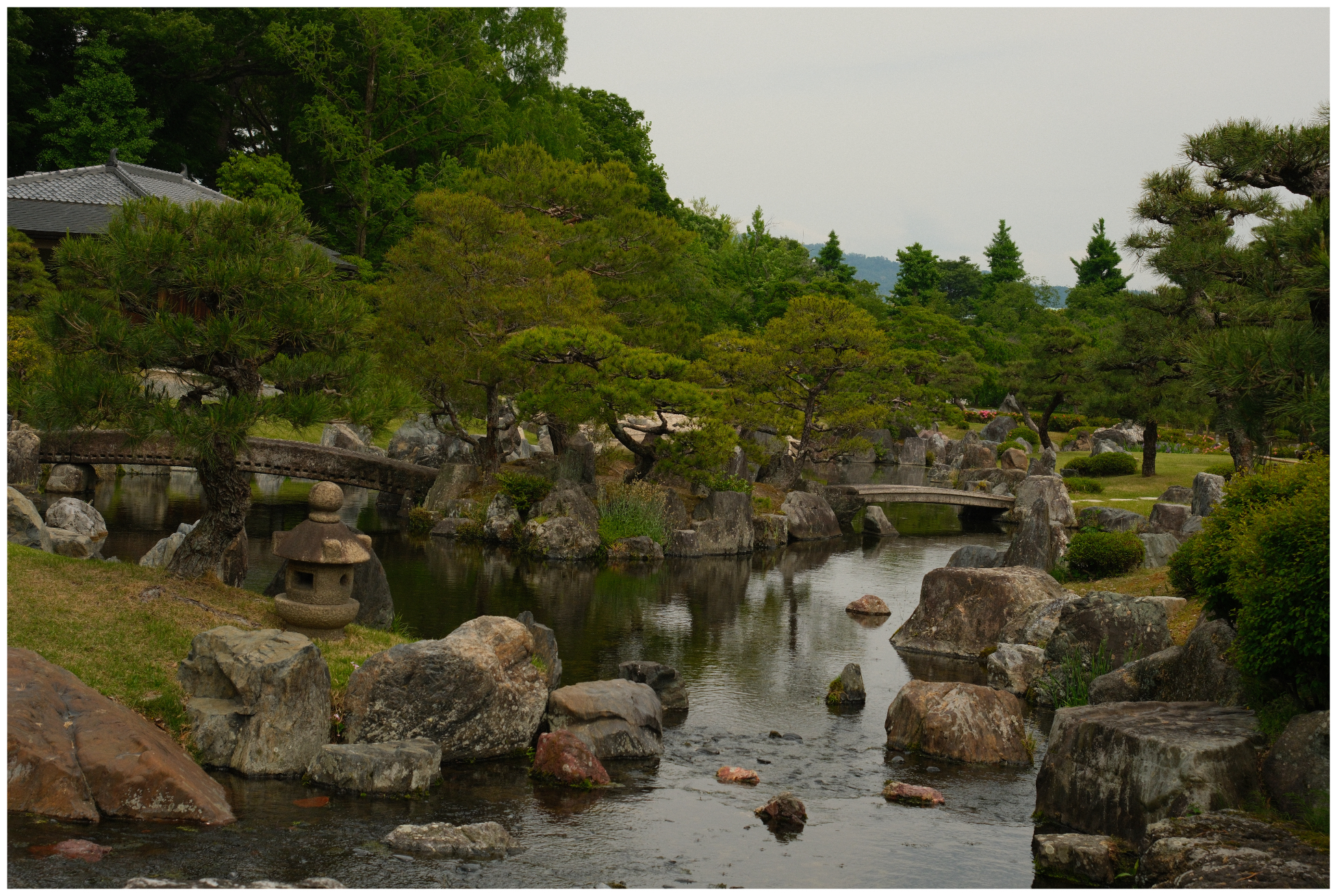
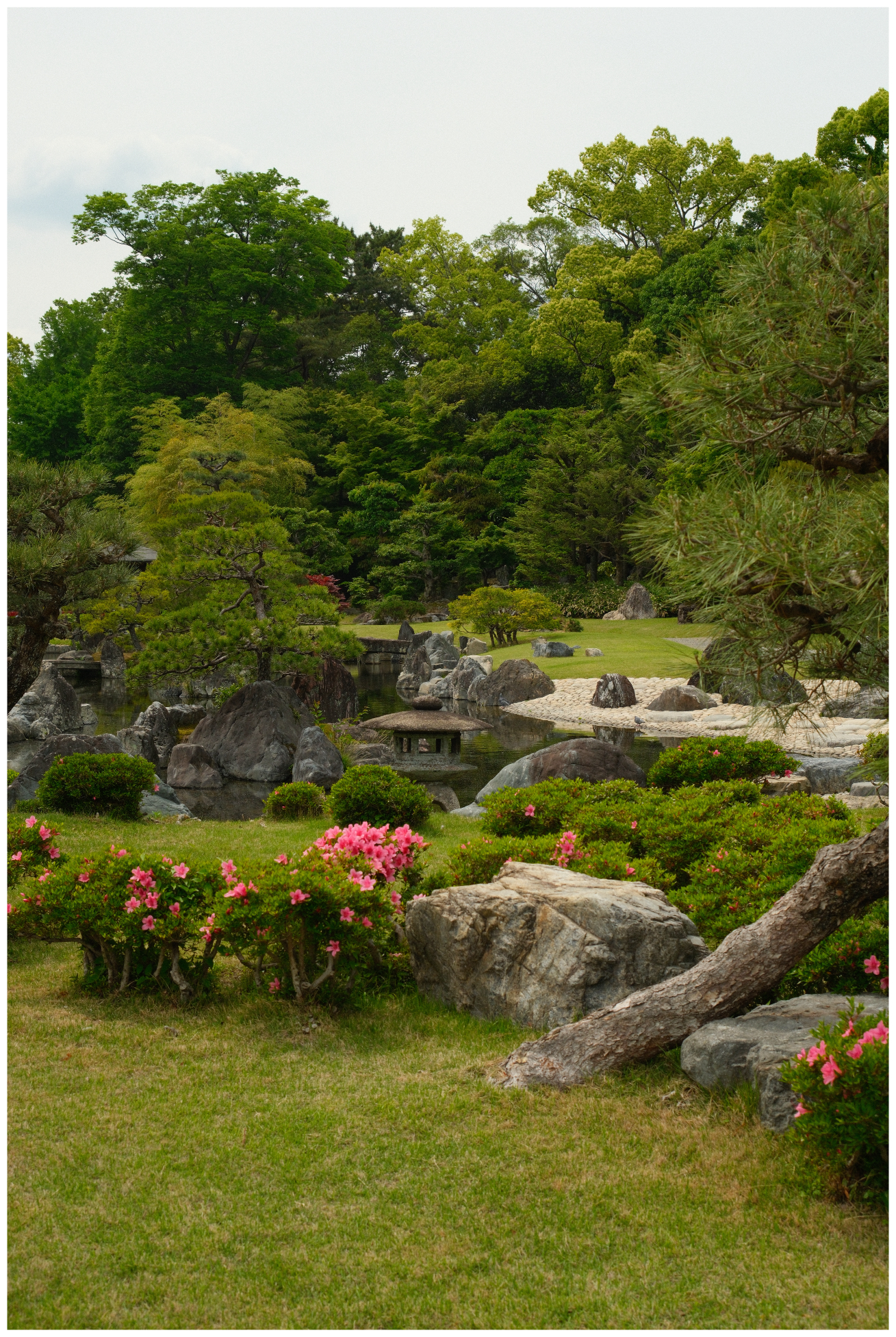
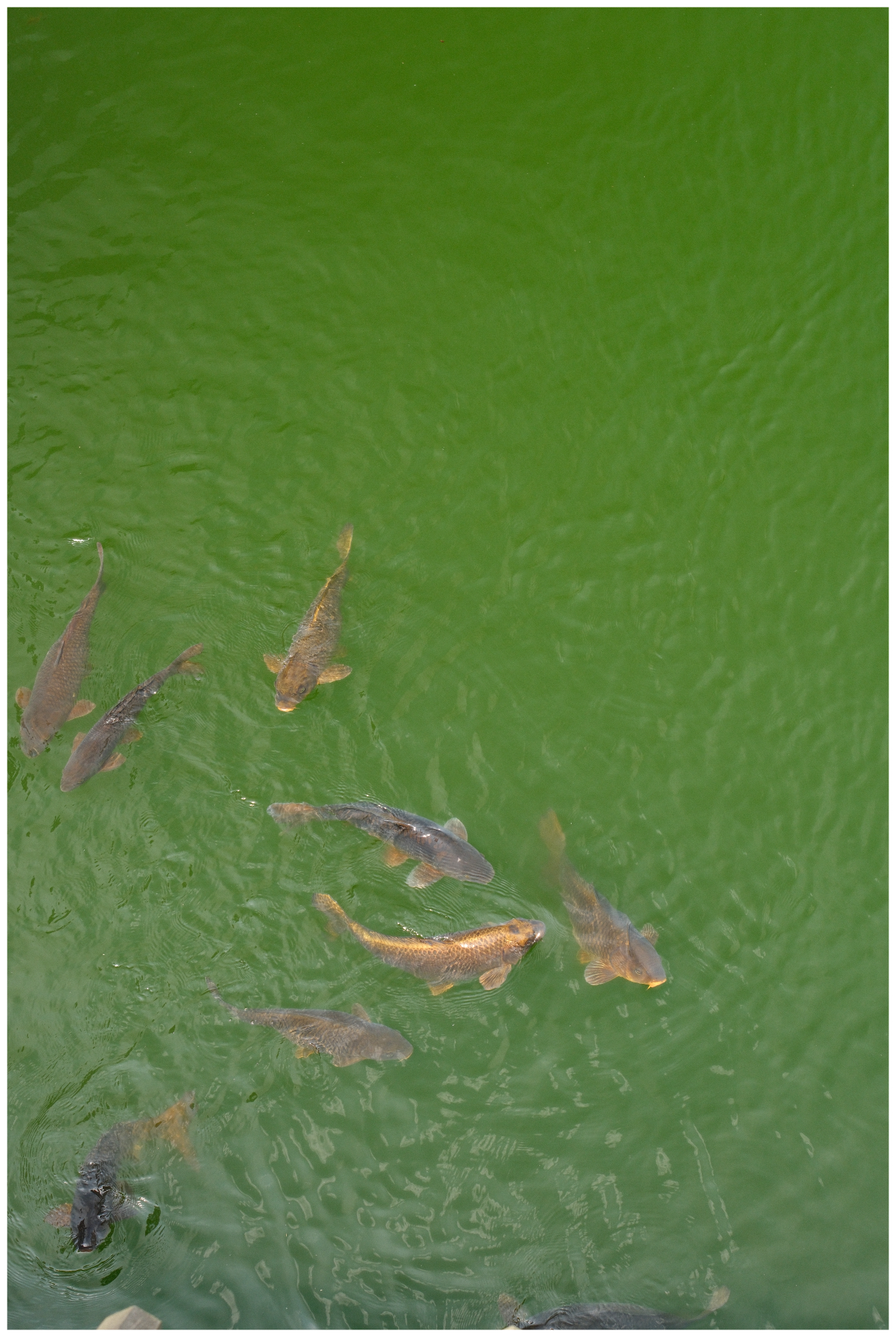
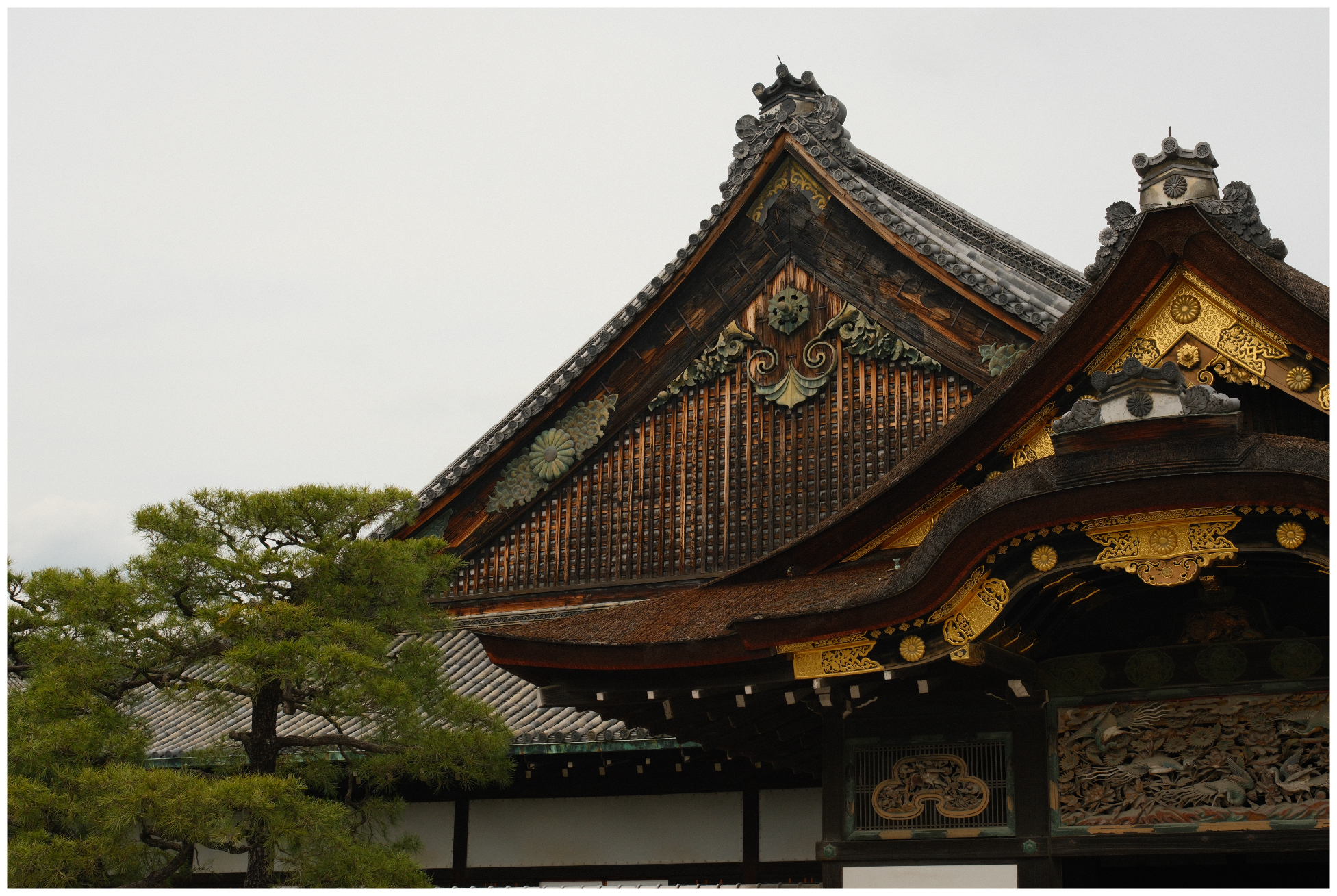
Next, we got the Shinkansen to Osaka where we were planned to stay for 4 nights.
After checking into the hotel, we went for our initial wander around Dotonbori, intending to just have street food for dinner that night.



We started by embracing the gimmicky cheese coin, next getting takoyaki (octopus balls) which whilst okay, seemed a bit undercooked as it was a lot mushier than expected, something we confirmed on later days with a significantly better serving.
Then we finished up with more "wagyu" sticks and probably the best of the lot, some melon bread & ice cream. It was all flashy, tourist trap stuff right in the centre of Dōtonbori, so we weren't expecting good quality or value - just convenience and a bit of novelty, and what's what we got. We went to probably some of the worst places you can go, but it was all fine.
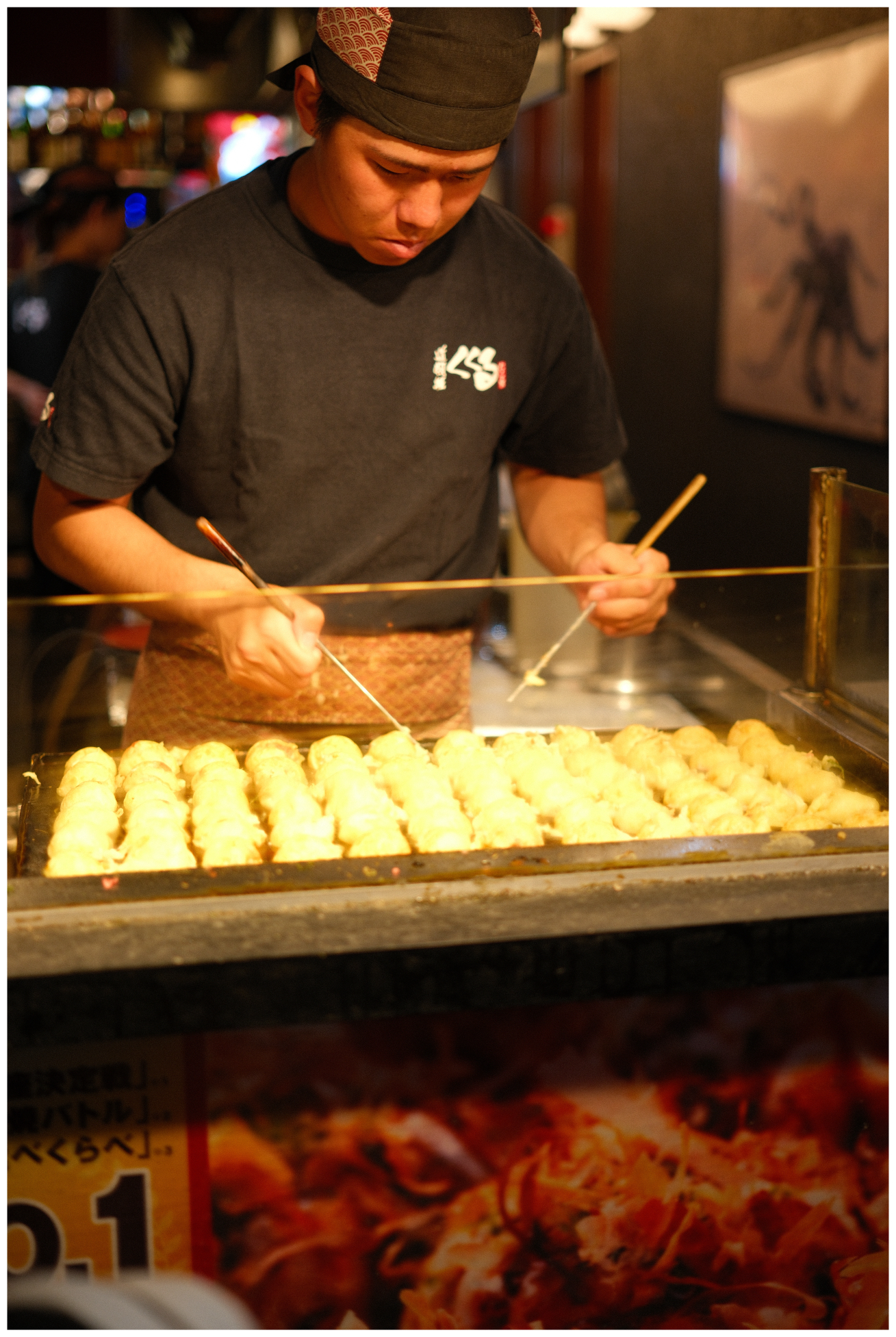
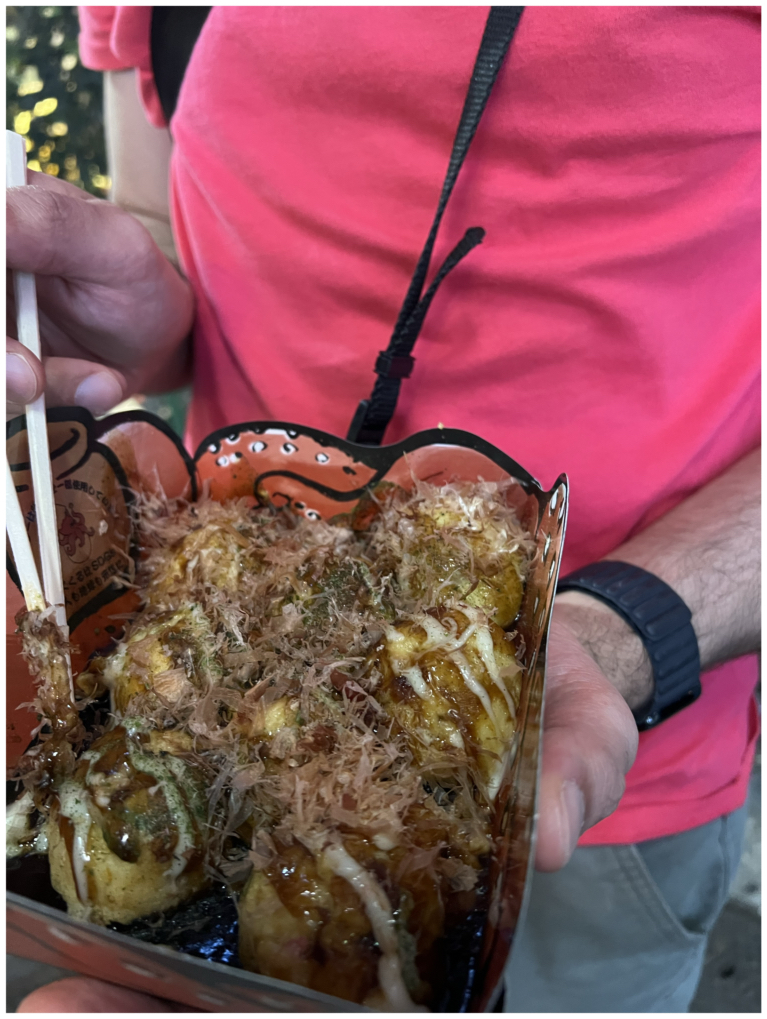
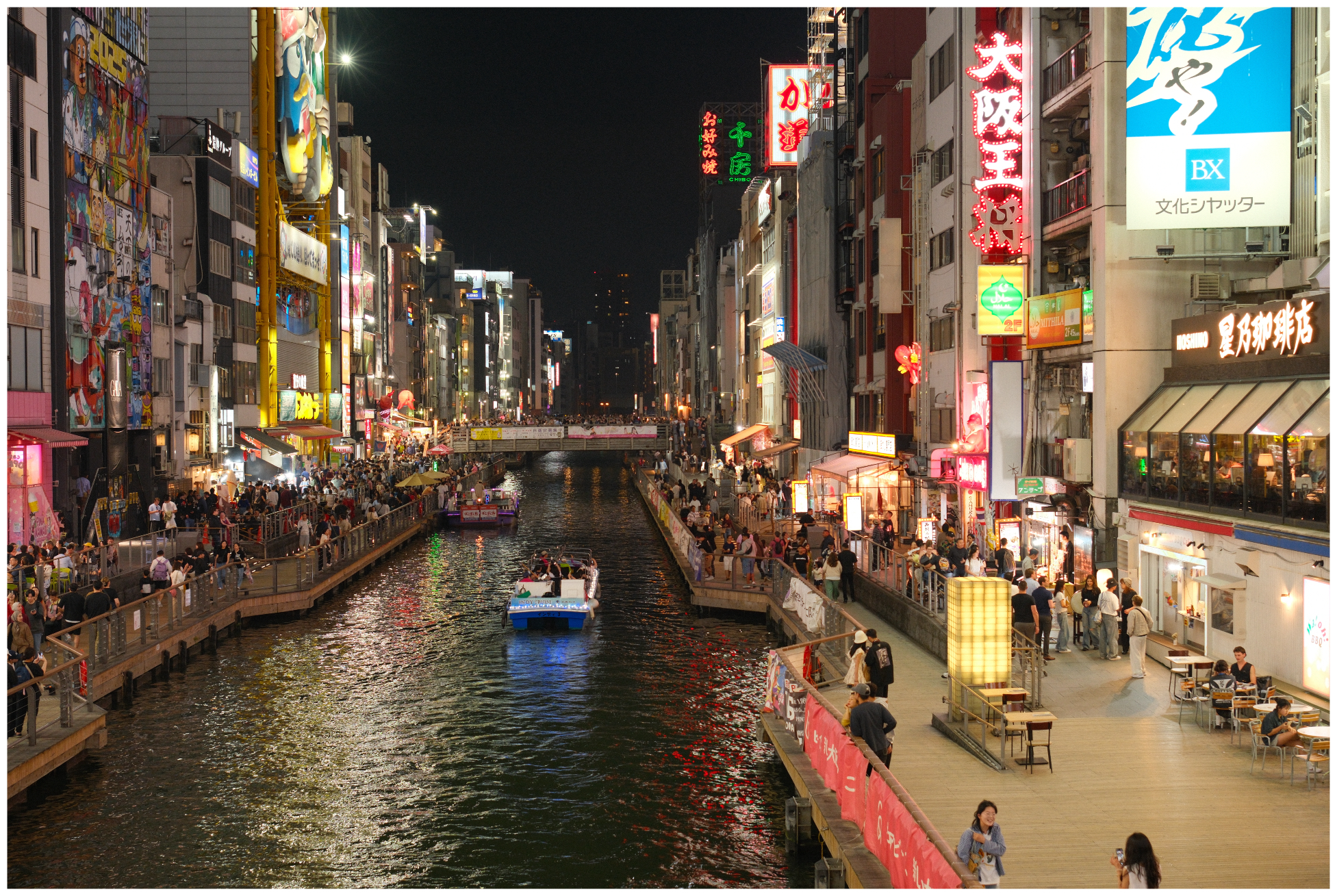
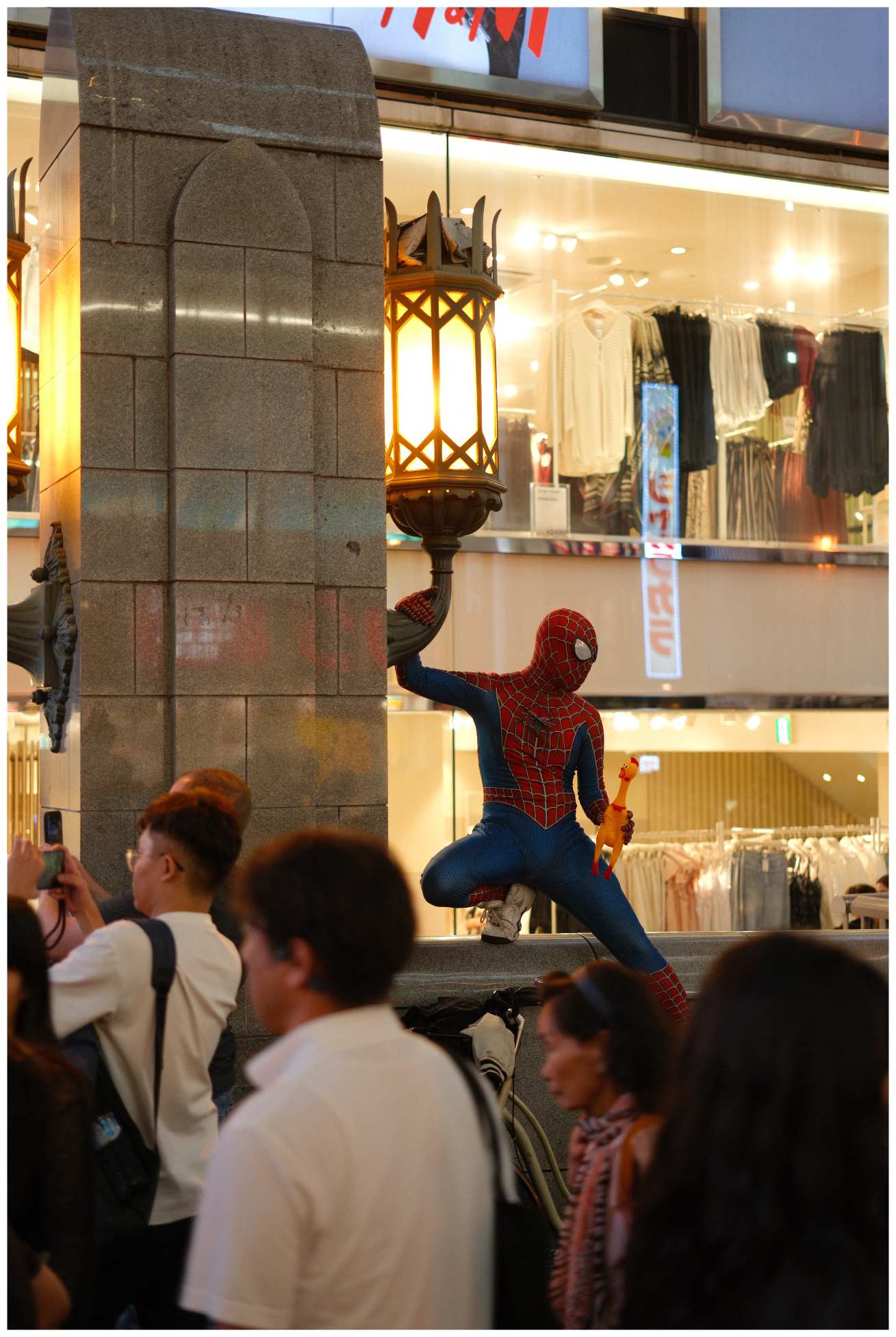
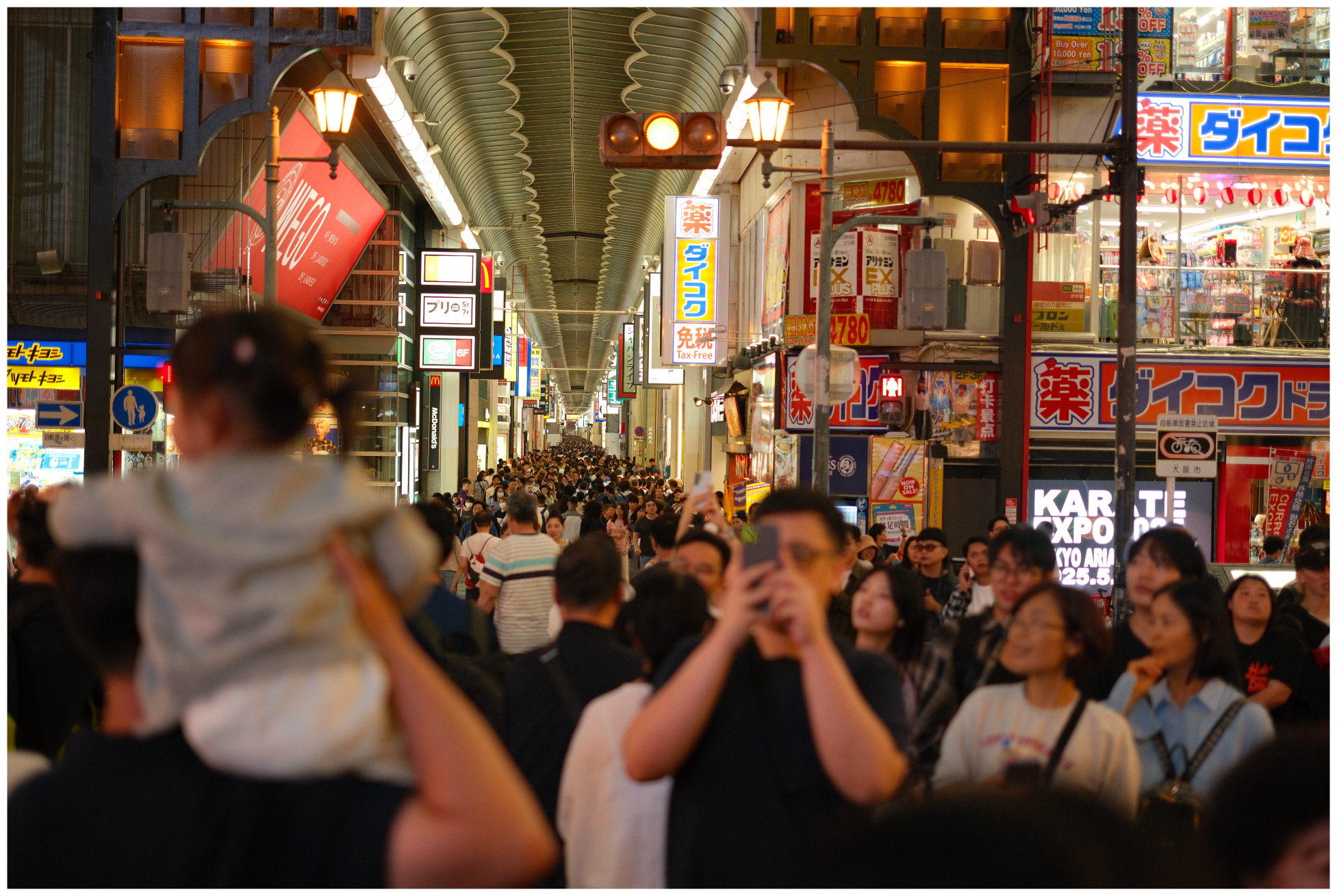
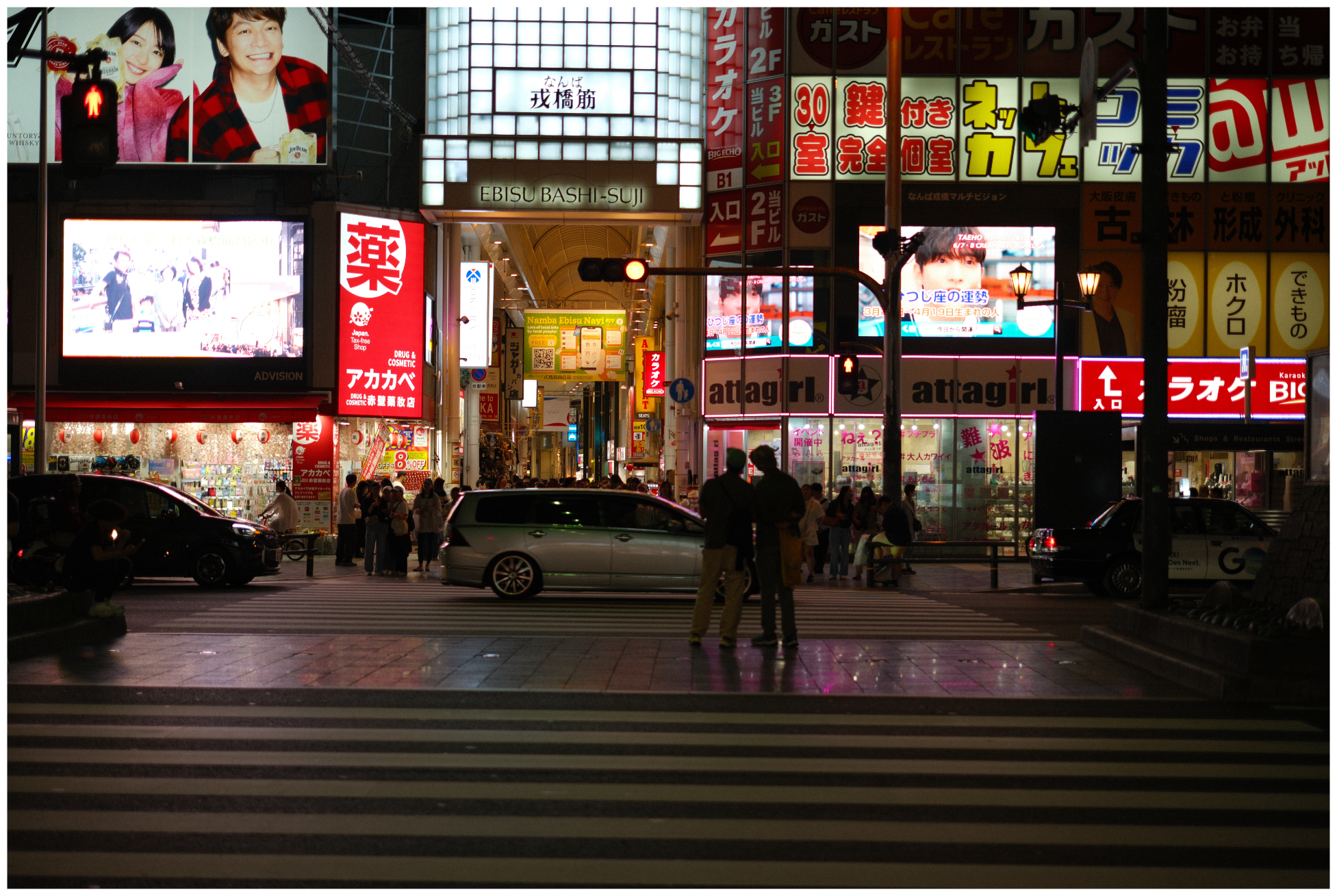
Dōtonbori was the busiest, most 'crazy' place we experienced in Japan, and yet - despite the massive crowds. It was - as I keep saying - still manageable. People were well behaved, patient, things kept flowing - hard to complain. A place like this wouldn't be as interesting without the buzz from such big crowds and it is built to manage them.
We mostly spent the rest of the night exploring, including going in every gashapon shop we saw.
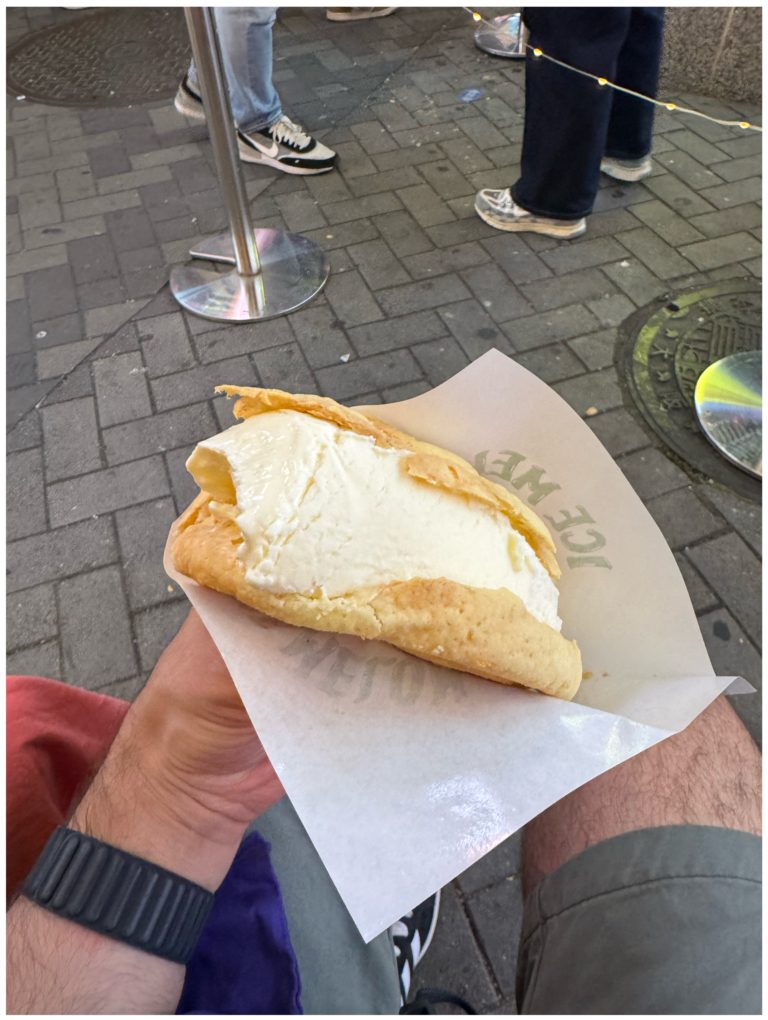

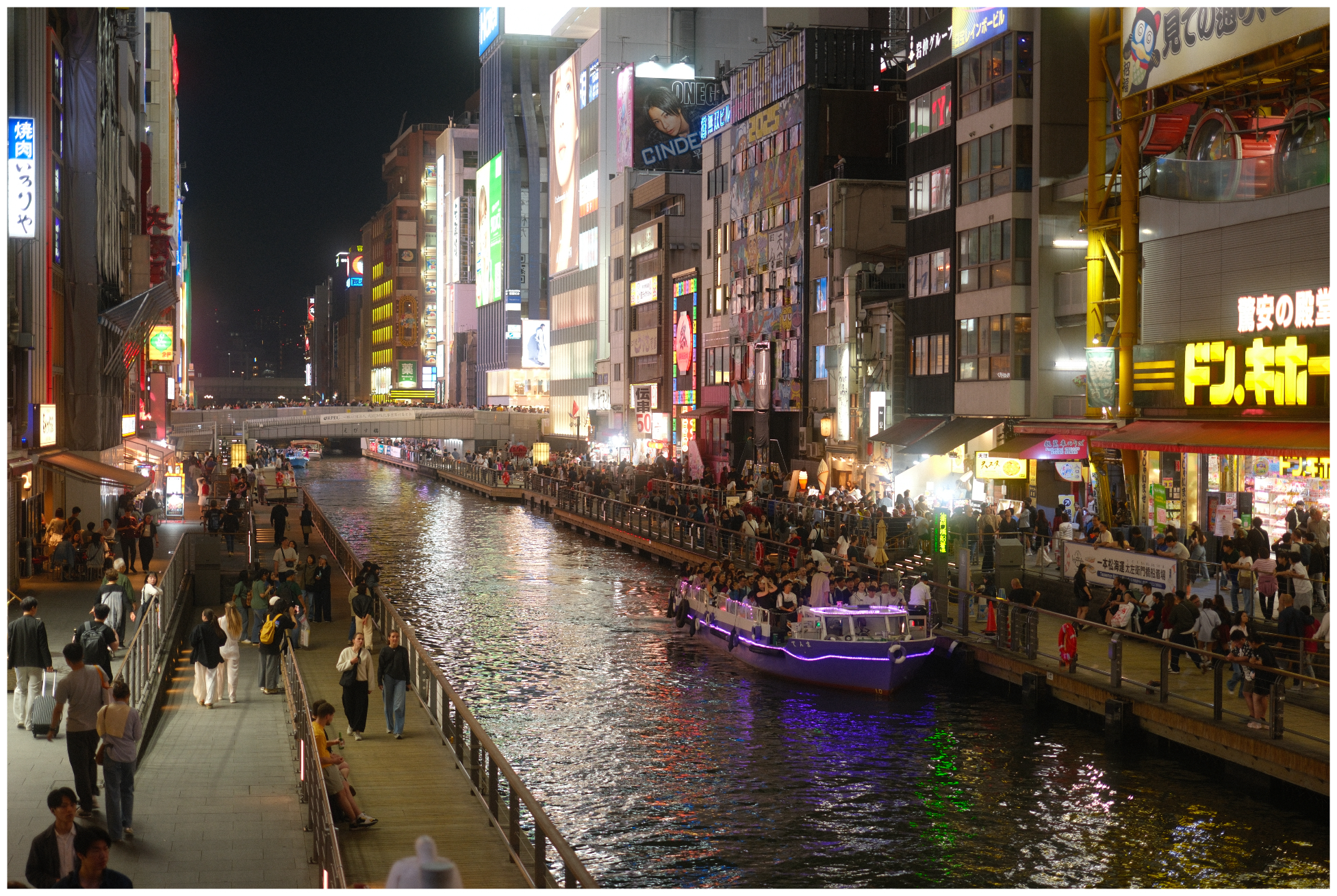
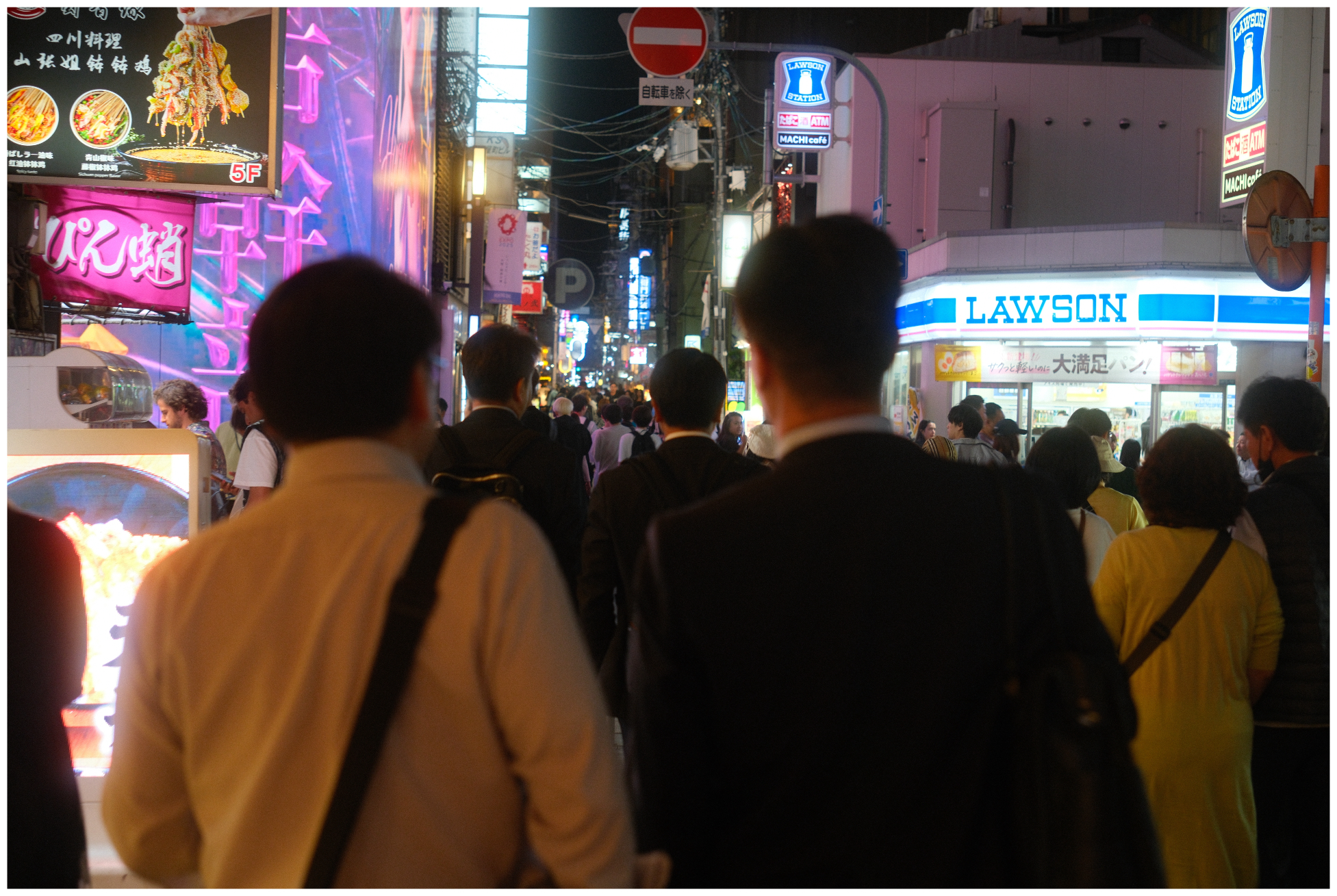
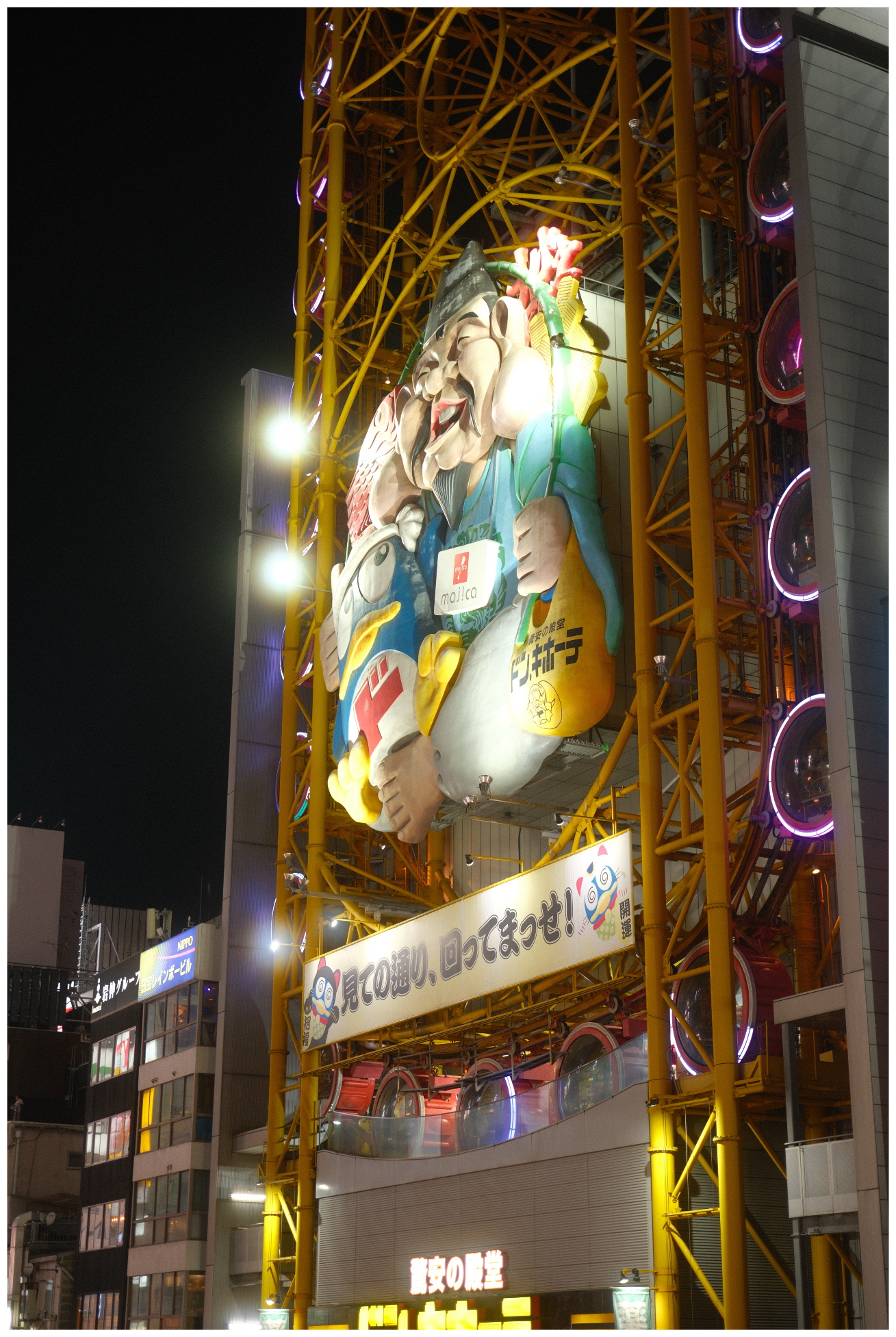
First impressions of Osaka were great, I'm typically irritated by large crowds and noises, and maybe the novelty of being in Japan overrides those usual feelings to a large degree and the novelty would wear off, but it was a fun and engaging night.
Day 9
Nara
Our plan for today was to go to Nara, early-ish. That didn't happen, we ended up getting there in the afternoon.
You hear a lot about this basic fare + additional ticket situation in Japan and it does often feel needlessly complex. When buying tickets like these, the machine often presents you a large list of fares without any real context and you just choose how much you think you need to pay to get to your destination.
This may have been unique to this situation, but thankfully, in this instance - there was a sign stuck to the side of the machine that told us which fare to select for Nara, in English - presumably for us tourists.
I believe this was because we took a "Limited express" train, which are sometimes focused around tourist/sightseeing routes and they separate the fare like this for some reason. I'm sure there is logic to it, but from a customer point of view, it feels unnecessary.
Let me buy one simple ticket to a destination for these 'limited express' trains, if the basic fare split is necessary in the backend financing, fine - but you can abstract that complexity from the customer.
I will say though, Japan's approach if you buy the wrong ticket is way better than the UK. They have no fuss 'fare adjustment' kiosks, if you bought the wrong ticket and ended up further than your ticket allowed, you just pay the difference and you carry on through.
The deer in Nara Park are a famous tourist attraction, with videos all over the internet of the polite deer bowing back to people who bow to them. The other videos you'll see, are how aggressive the deer can get when you have the deer crackers that many vendors sell around the park for you to feed them.
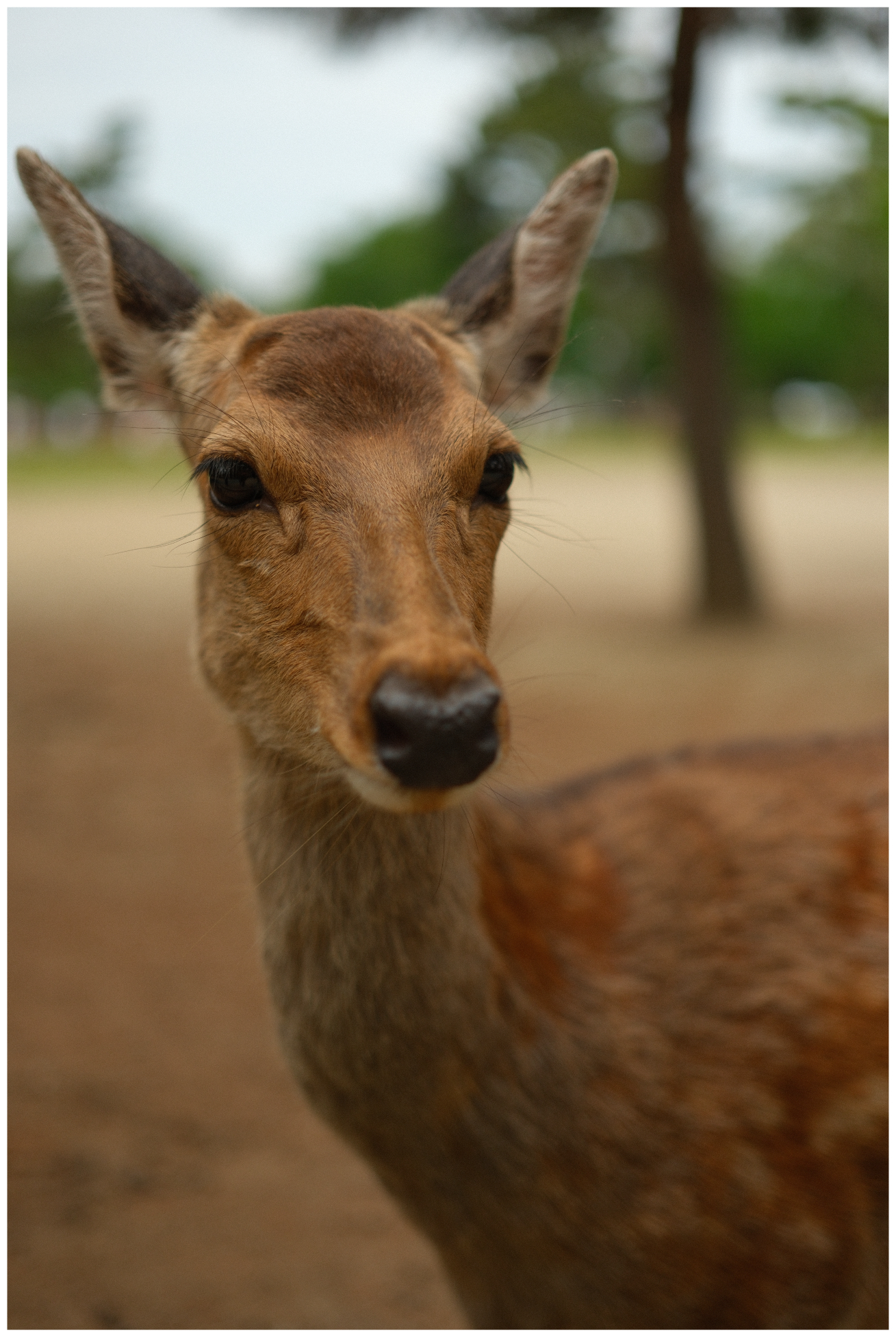
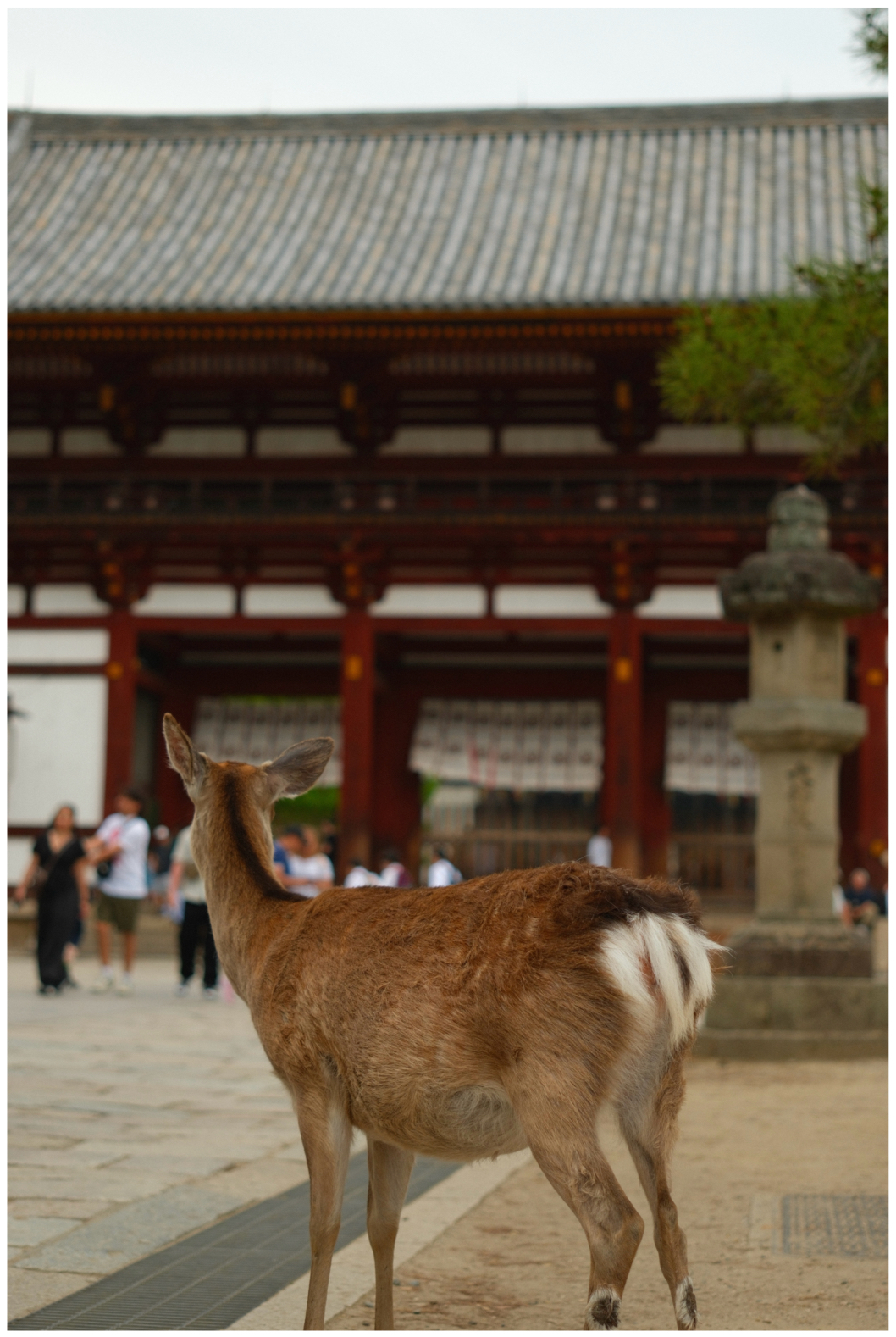
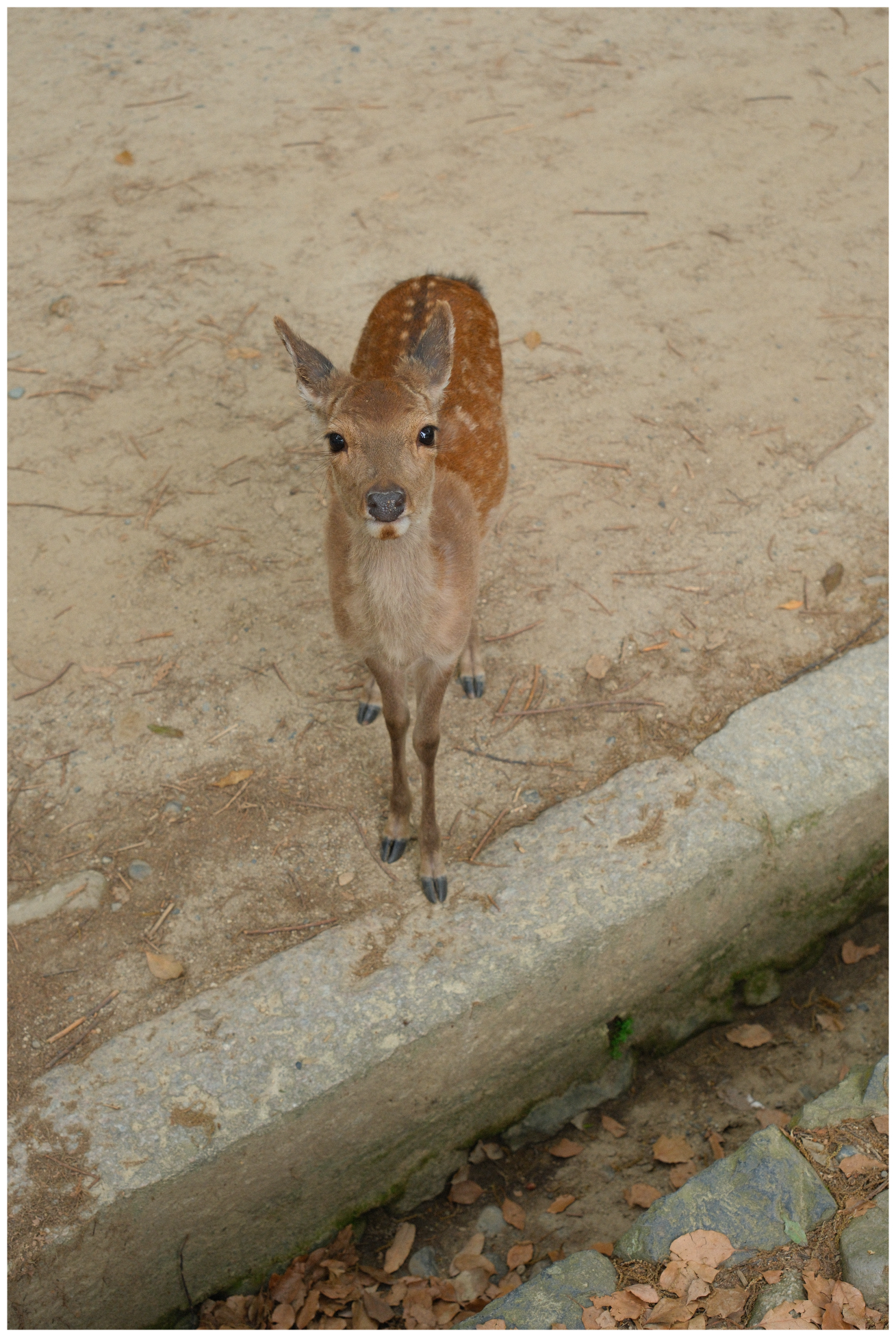

Don't worry, I was quite far away from the fawn - I took my 70-300mm lens here.
As with many things, we didn't come with the intention of interacting with the deer, but having walked past a vendor who sold the crackers, we just went for it.
When there's competition for the crackers, the 'polite' deer are anything but. They nip at you, nudge you with their noses until you comply. My trousers were a bit dirty after.
However the main attraction for Nara is the temples, so we took a leisurely walk towards Tōdai-ji, a massive buddhist temple.
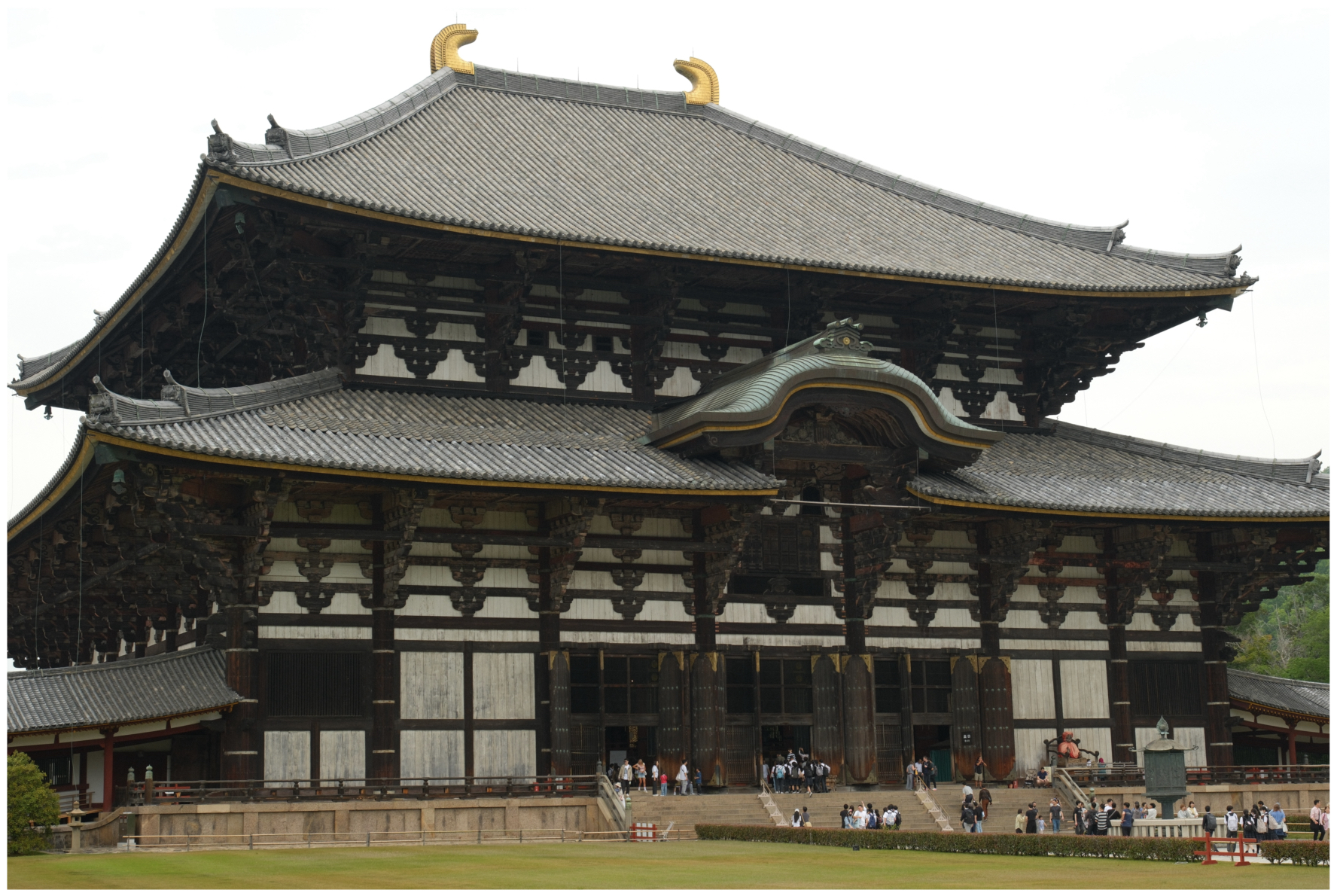
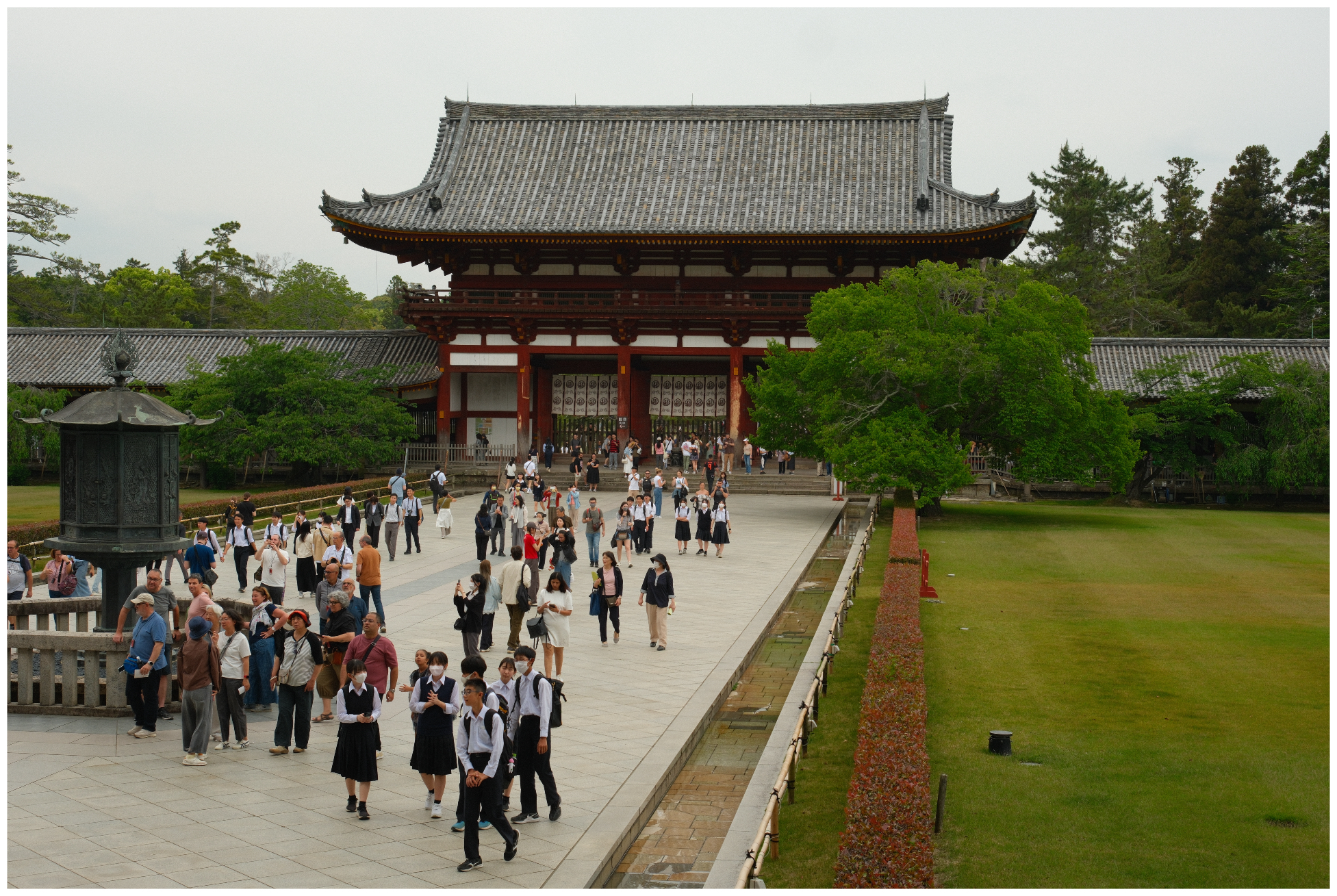
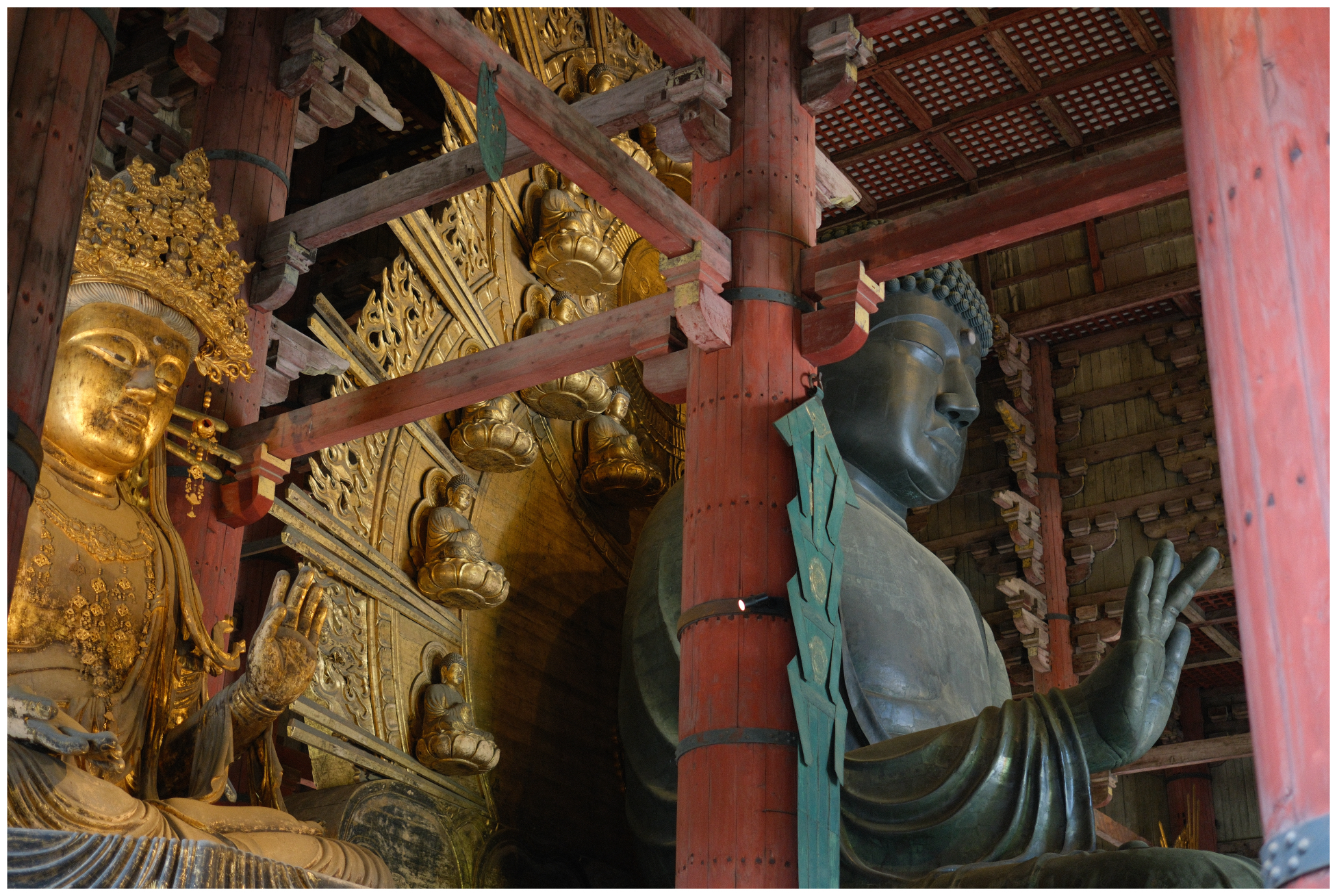
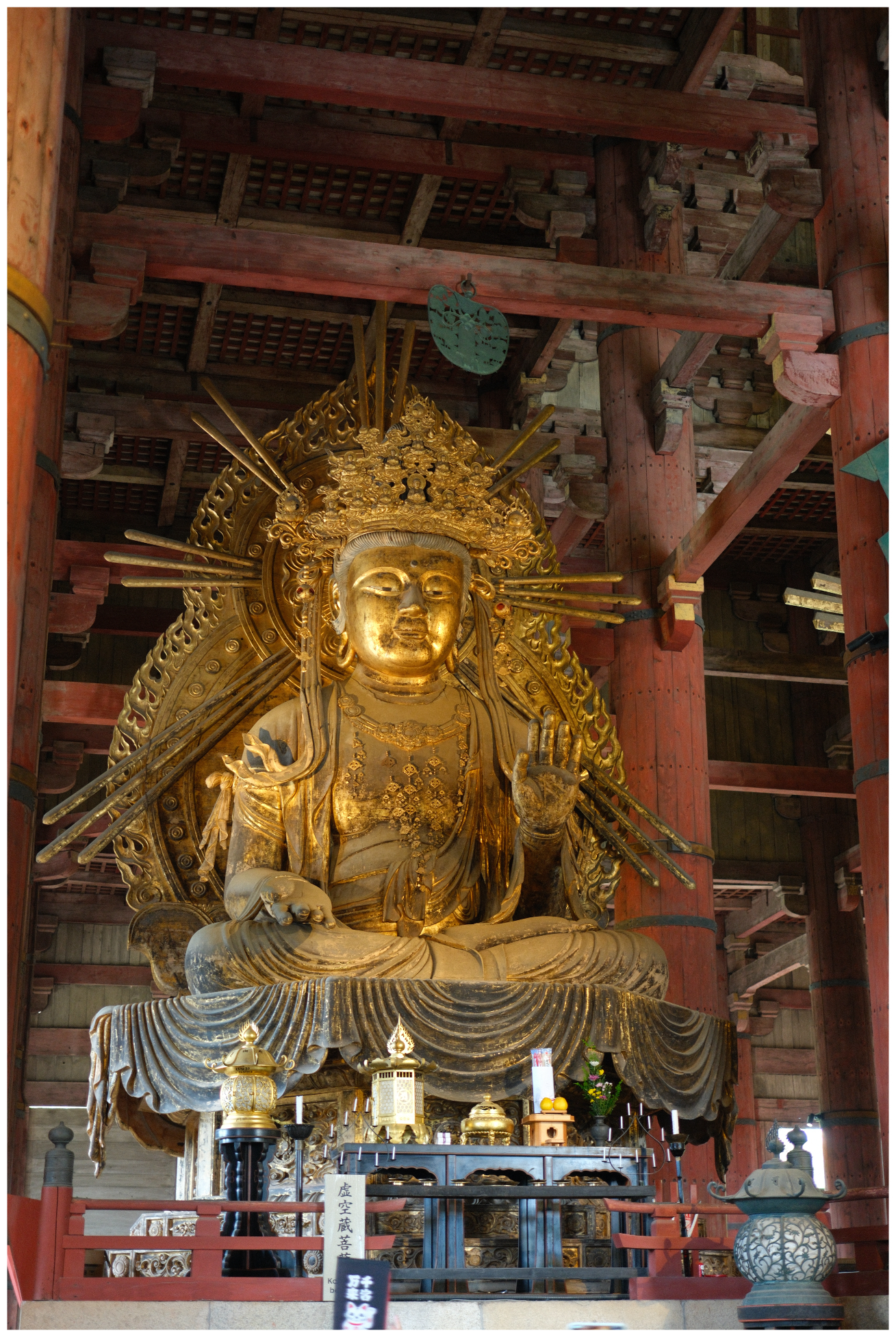
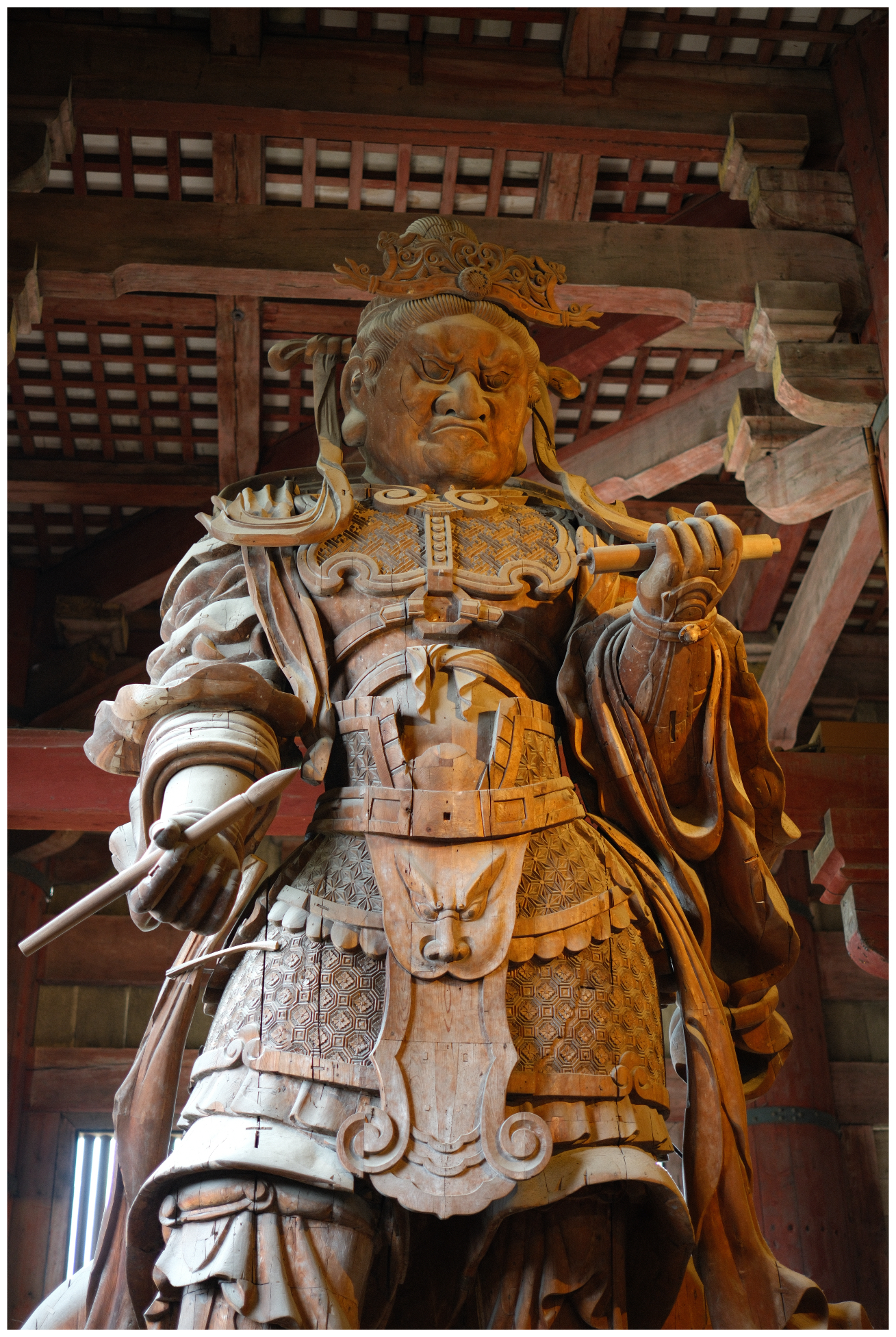

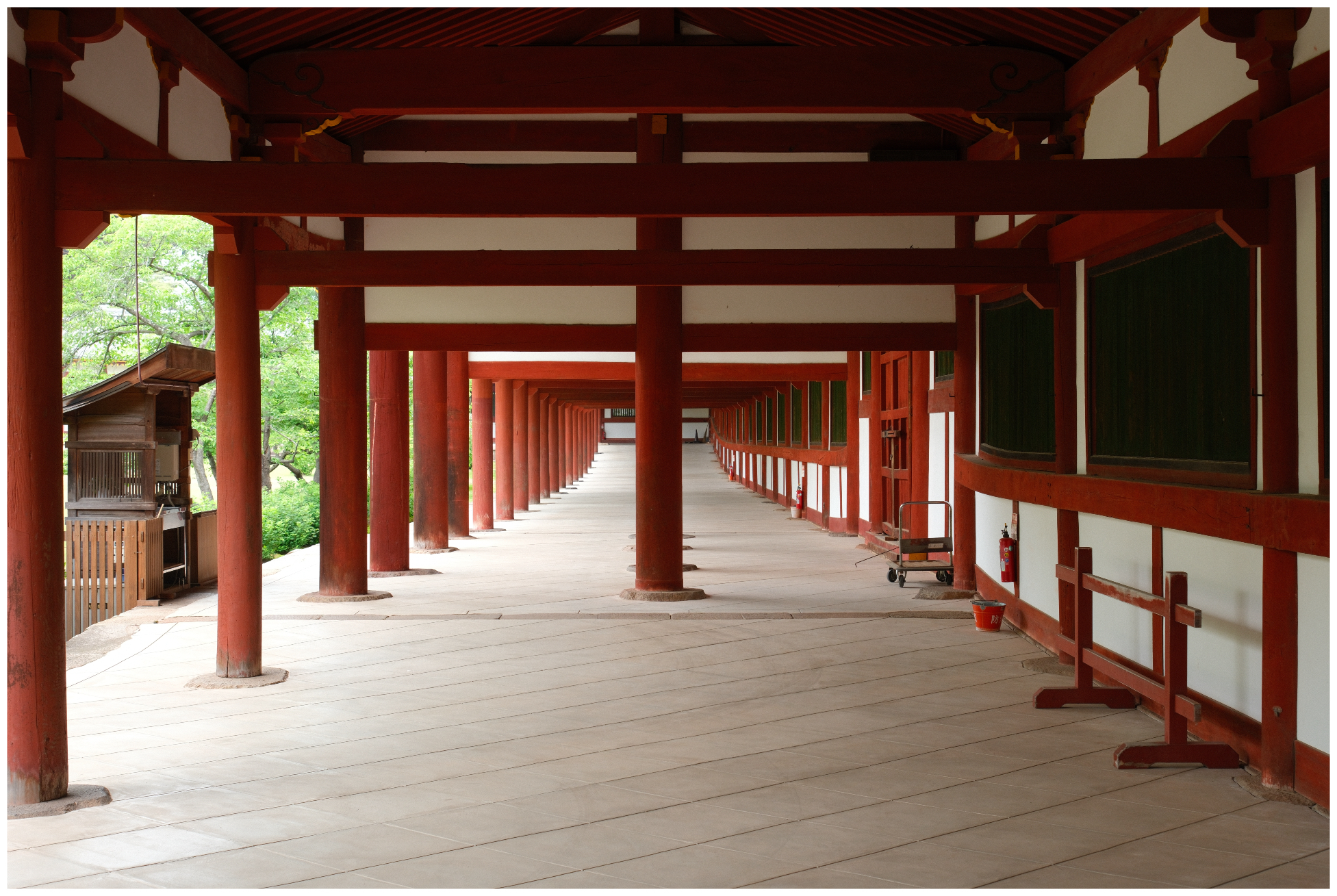
Next up, more Takoyaki - and they were really good. We went to a place called Takoyaki Hachibe - and it was excellent. If I'm every back nearby, we're definitely going back.
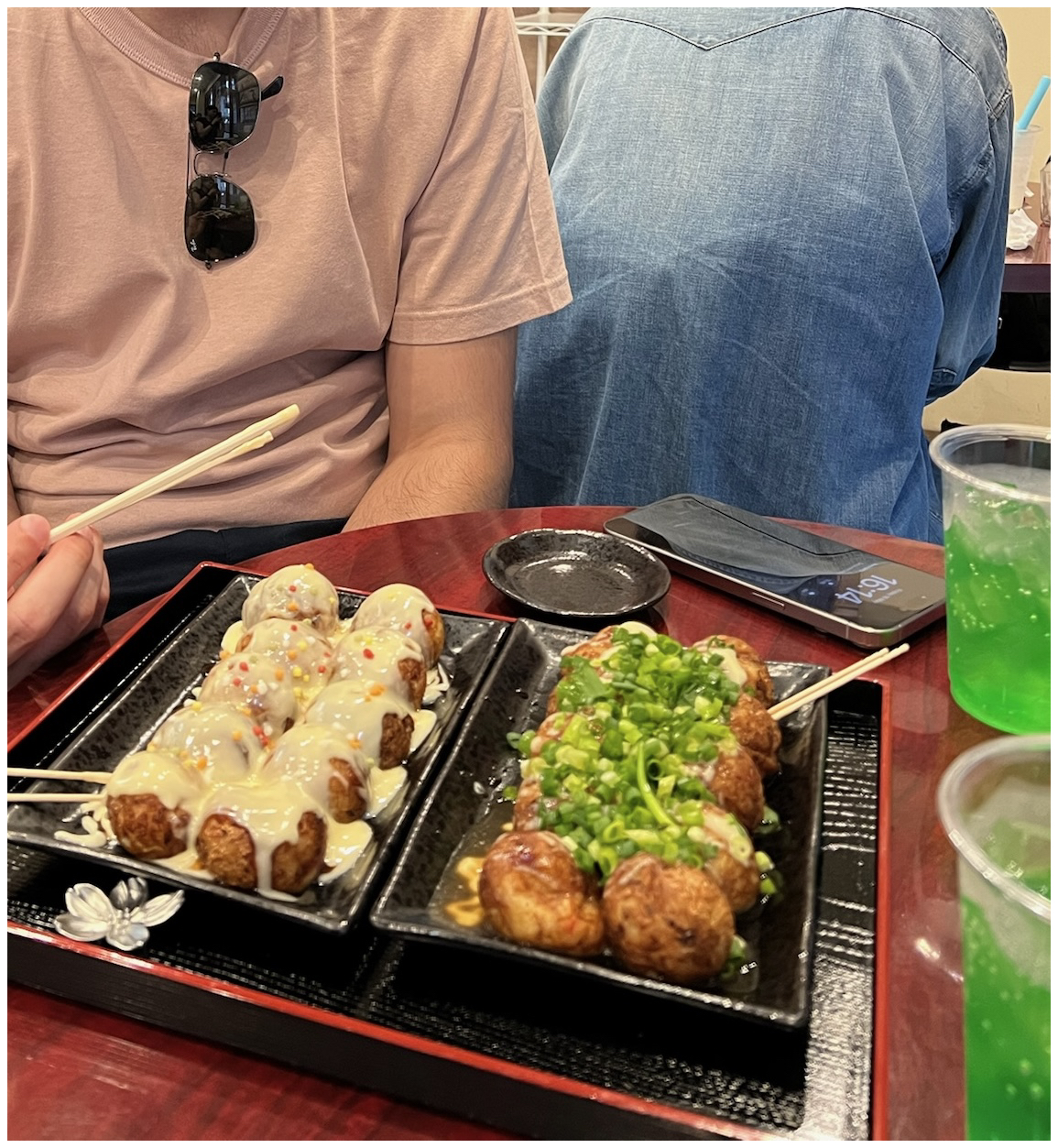
After that, we returned to Osaka, had a break in the hotel, explored the city for a while, had some vegan ramen at a place nearby our hotel and called it a day.
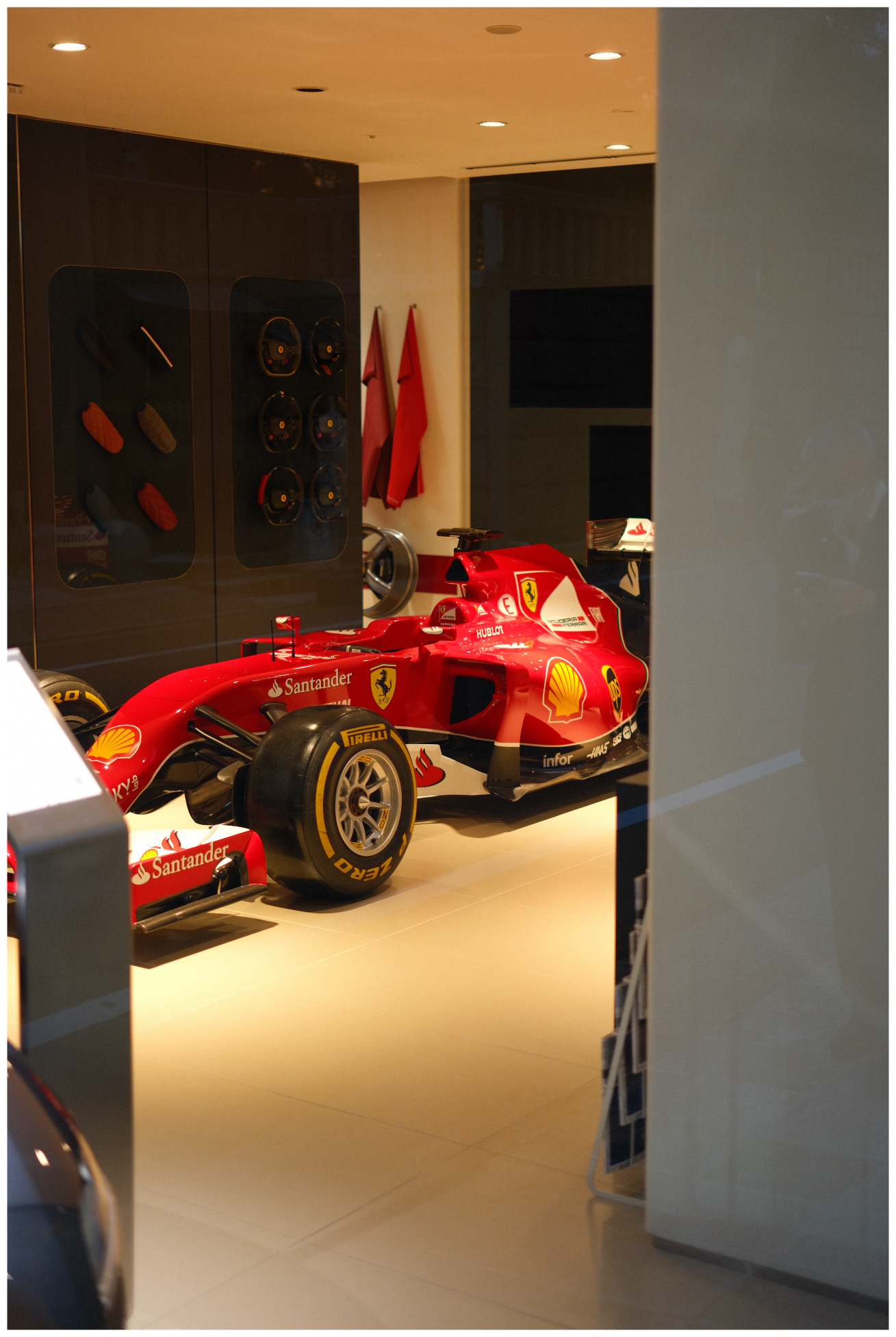

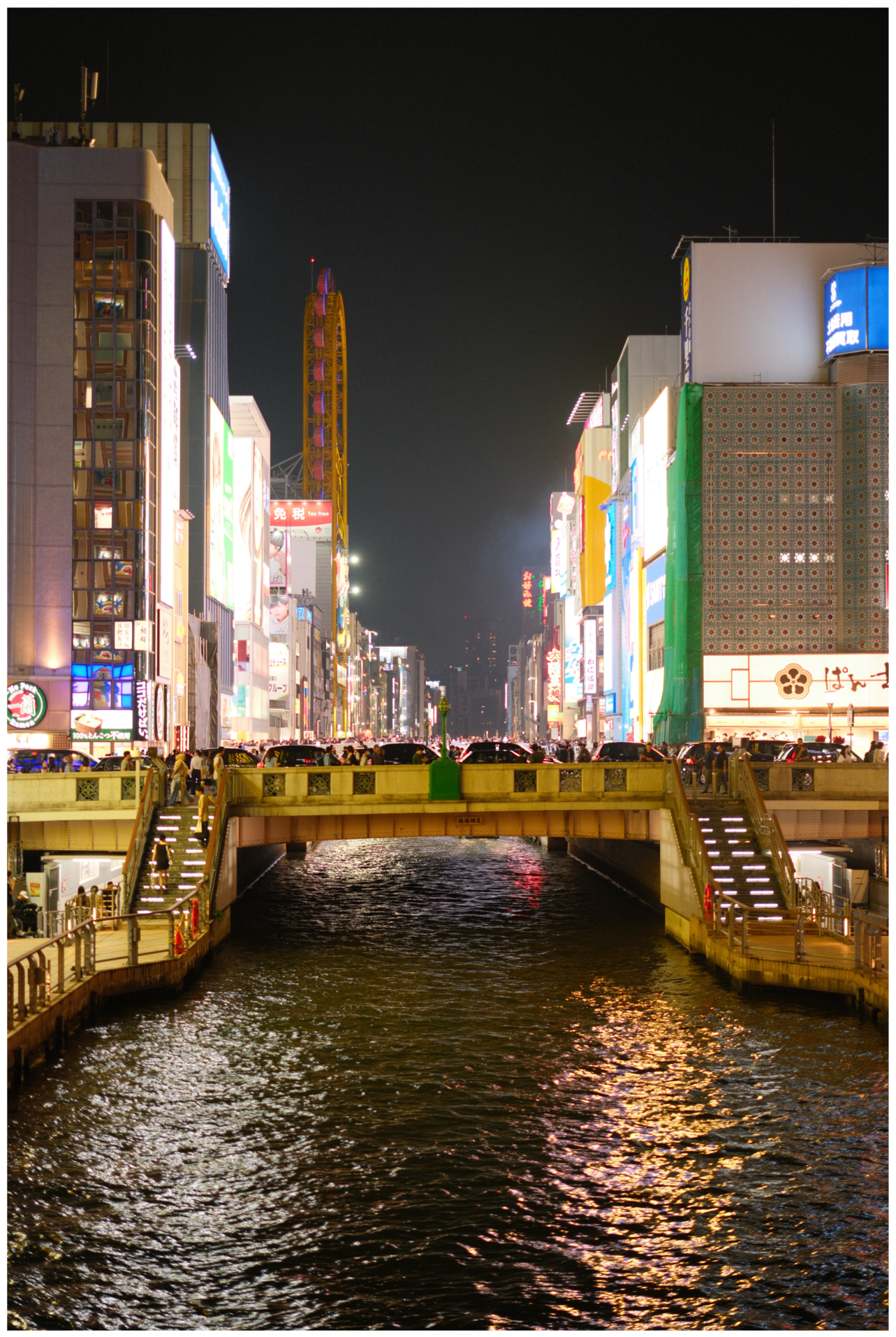
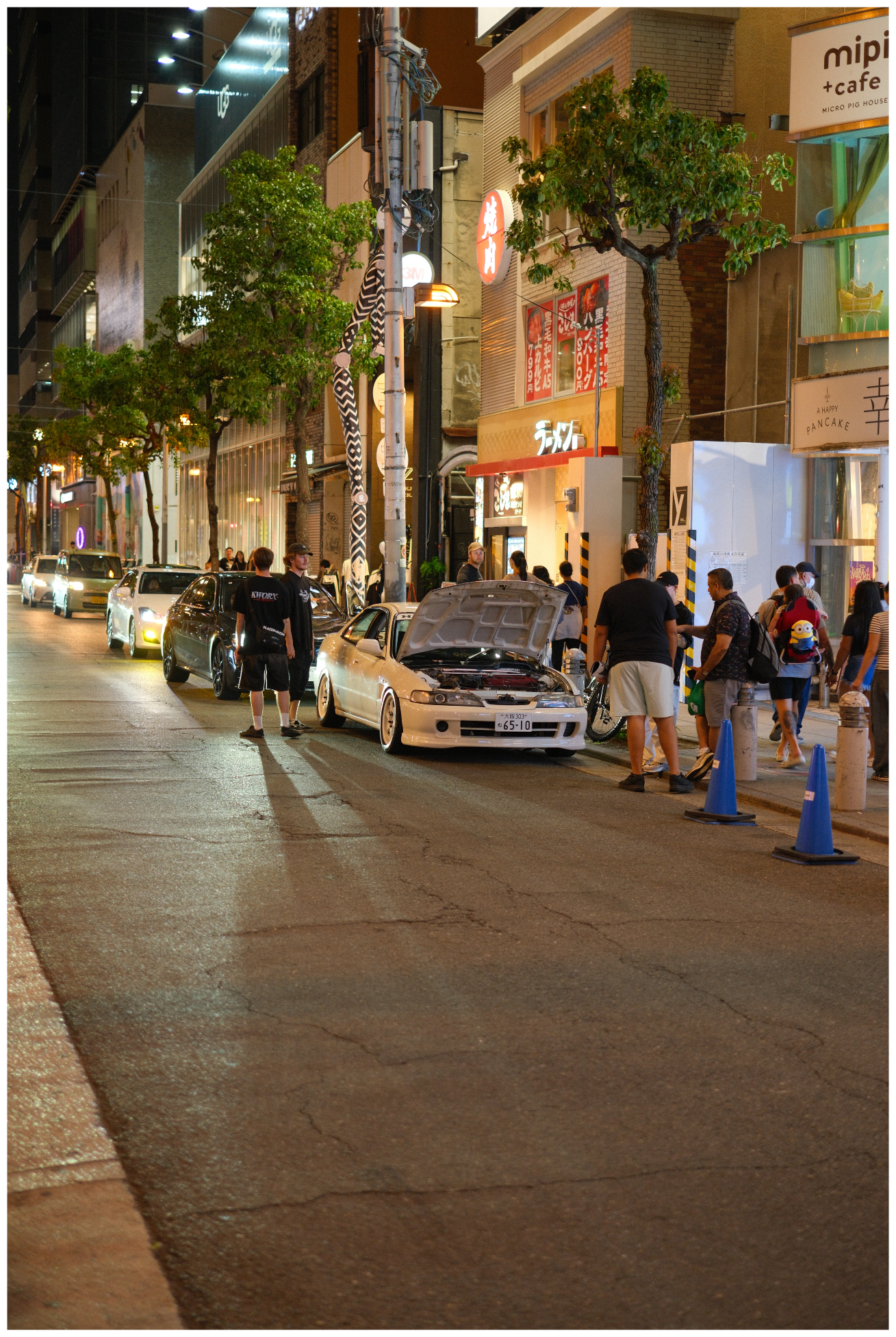
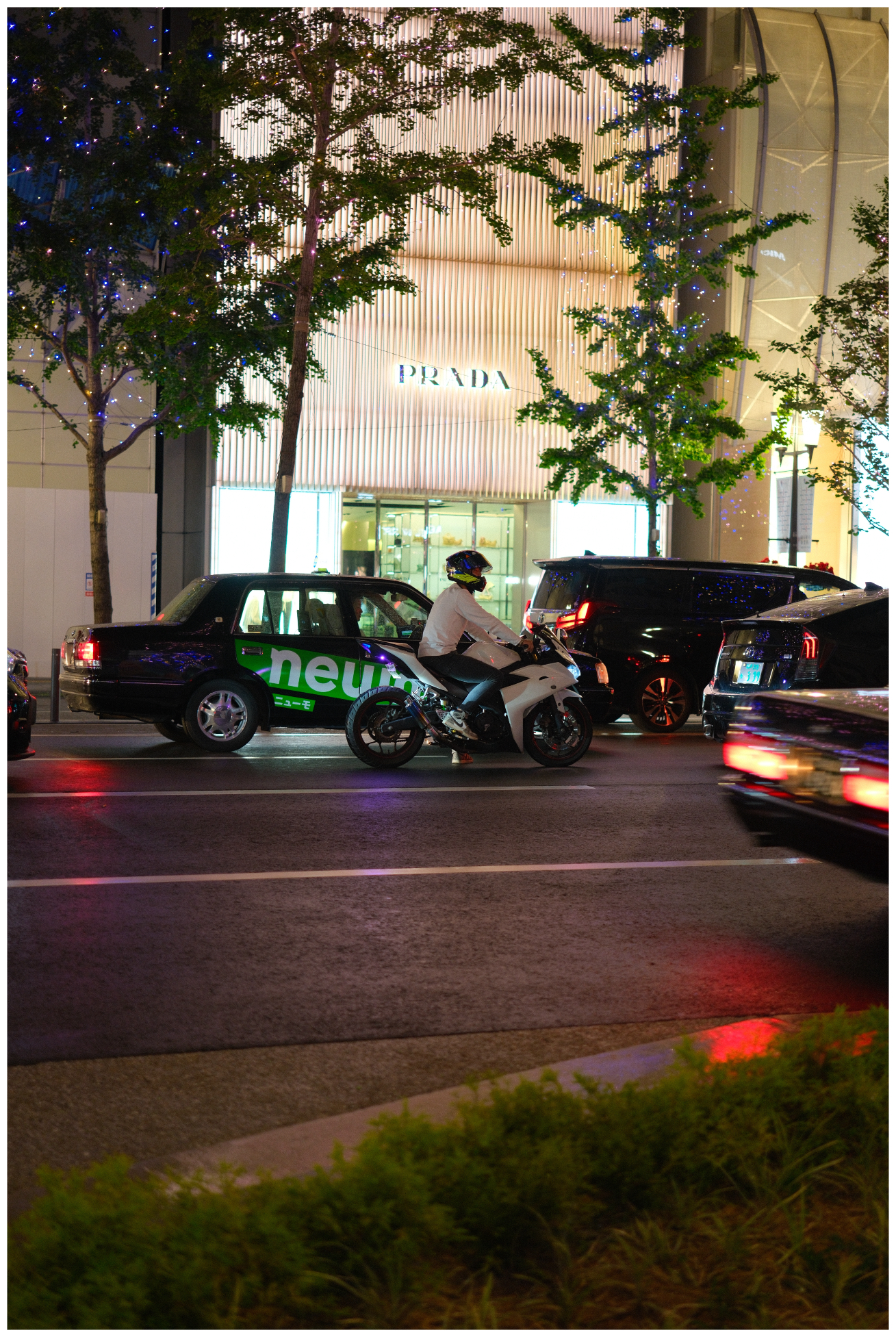
Day 10
Shopping and wandering around Osaka
Much of our experience of Osaka so far had been around Dōtonbori, but we wanted to venture further out. Osaka is massive and is so much more than that. We had a decent brunch in small cafe, had a wander around "America town", and Sonia and I briefly went our separate ways whilst I had a look around some camera shops.
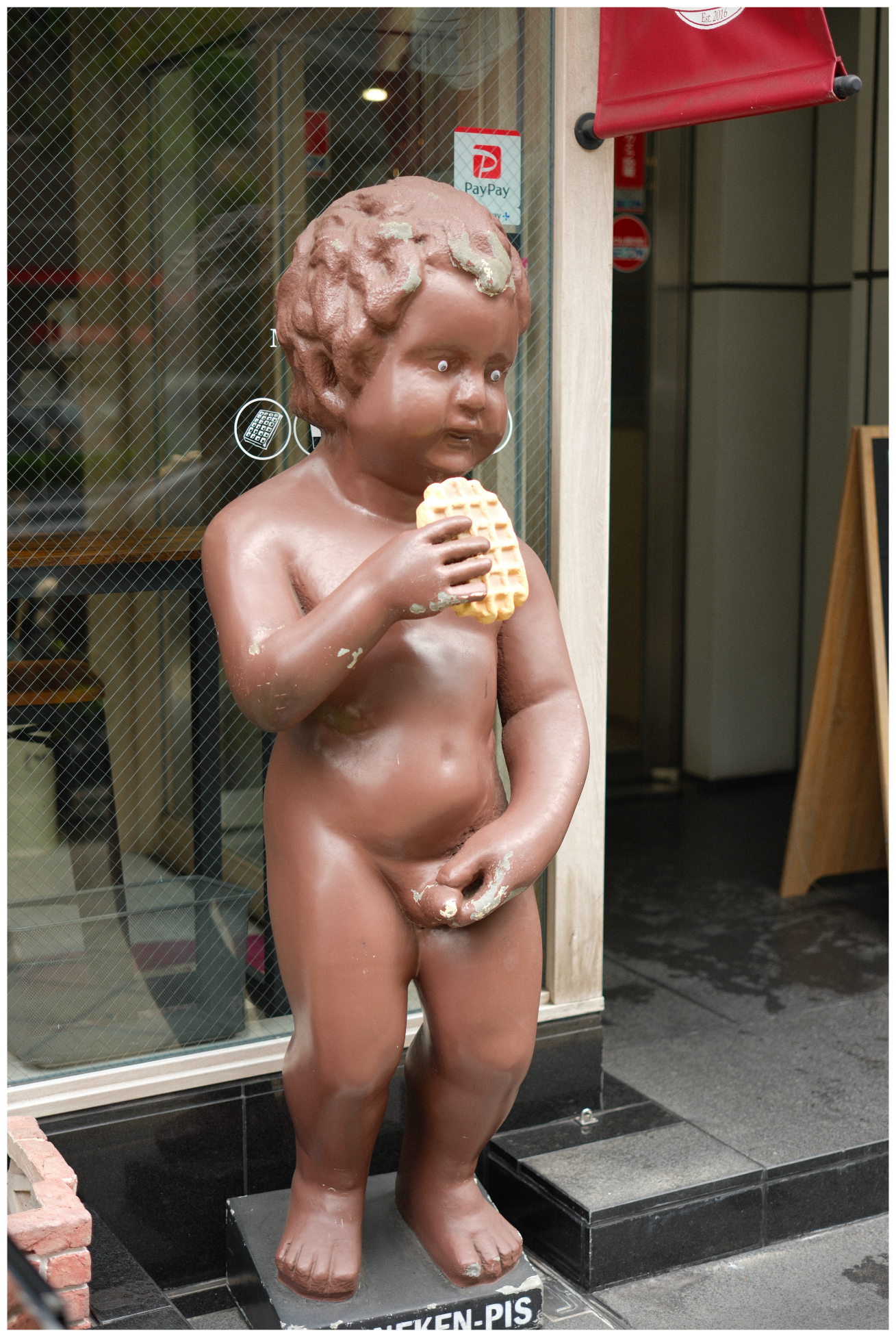

I don't have many other photos of much of our day, as it was really mostly just aimlessly browsing and shopping. One of the highlights was visiting the Osaka Fujifilm Photo Salon, which had a mini shop that sold lenses and cameras, with some out on display to try.
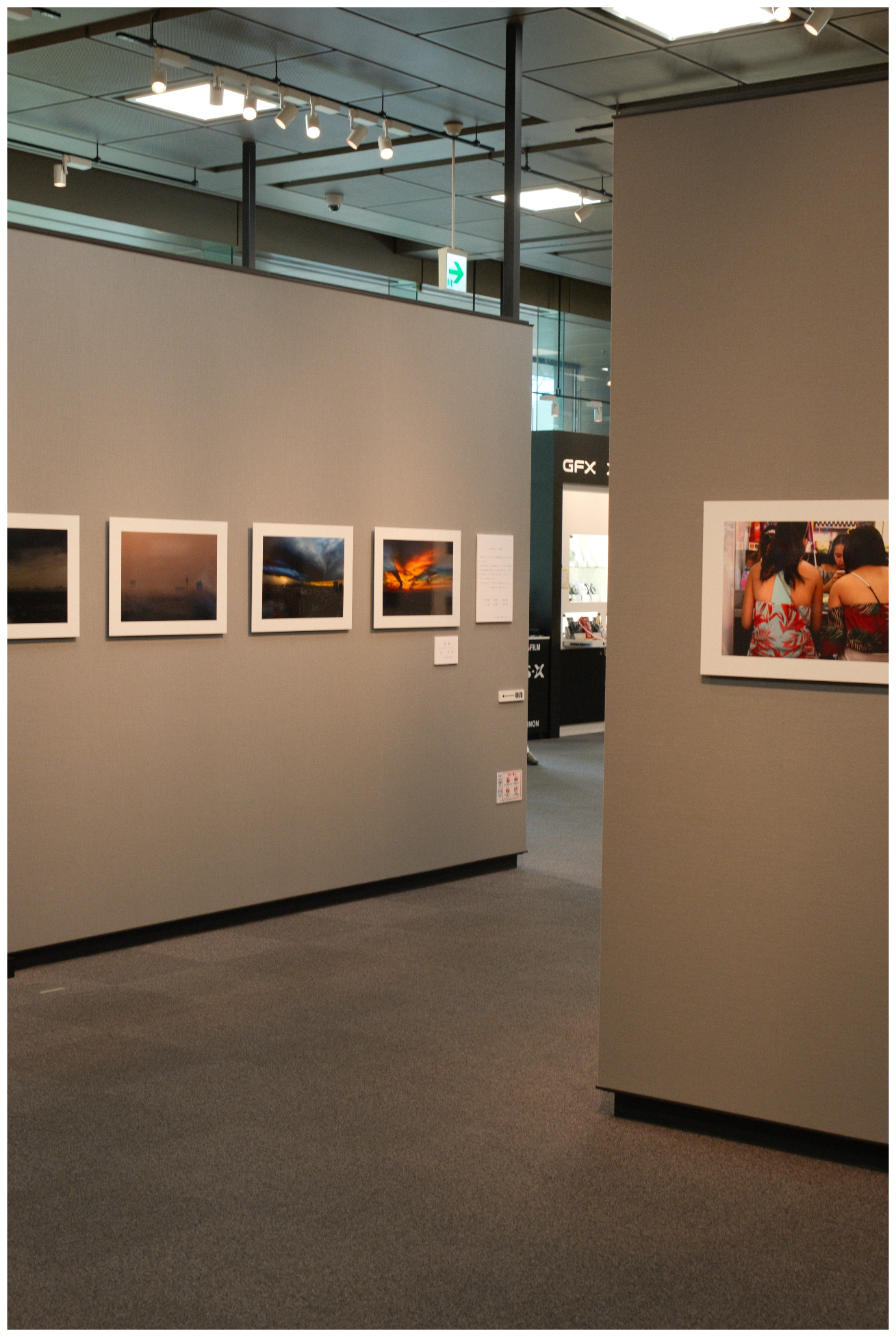
As Sonia and I walked in to the Fujifilm photo salon, an employee checked out our Fujifilm cameras and lenses (Me: XT-5, Sonia: X-S20) and thanked us, which was funny. As I was eyeing up the Fujifilm XF 16-55mm f/2.8 WR II that was on display, trying it out on a demo camera, he approached and pointed out that you can buy things there tax free as a tourist. iju
This is a lens I knew has been out of stock everywhere for months since its release late last year, I had been contemplating buying it to upgrade the 16-50 f2.8-4.8 lens I already had, but not necessarily straight away. But him pointing out the tax free shopping and me calculating that the retail price, even with tax, was lower than it was being sold for in the UK - suddenly I had the impulse to buy it. I'm so easily influenced.
I walked away and looked around the photo gallery which was actually very good, I believe it's mostly amateur photographers that enter competitions that Fujifilm run.
The fact the employee pointed the tax free sale on that particular lens I was looking at made me believe there's a small chance they have it in stock, especially given this was an official Fujifilm store, but I still had a doubt they did. Whilst walking around the gallery I decided that If they had it in stock, I'd buy it. So I asked, and he apologised and said they don't - as a consolation, he got the older model out and let me directly compare the two to see how much smaller and lighter the new one is.
Unfortunately, that didn't kill the impulse, and I spent the rest of the trip going into every camera store I walked by AND seeking out many camera stores to see if any of them had it in stock. Spoiler alert: Plenty of them had display models, none of them had it in stock. (I managed to snag one a couple of weeks after getting back in the UK though).
At some point in the evening, we ended up at Nintendo Osaka, completing my mission to visit every Nintendo store in Japan, again I bought something for the sake of it, I think a Zelda mug, glass and coaster. In that building was also a KitKat pop up, so we got a variety box of 70, including many different Japanese flavoured KitKats.
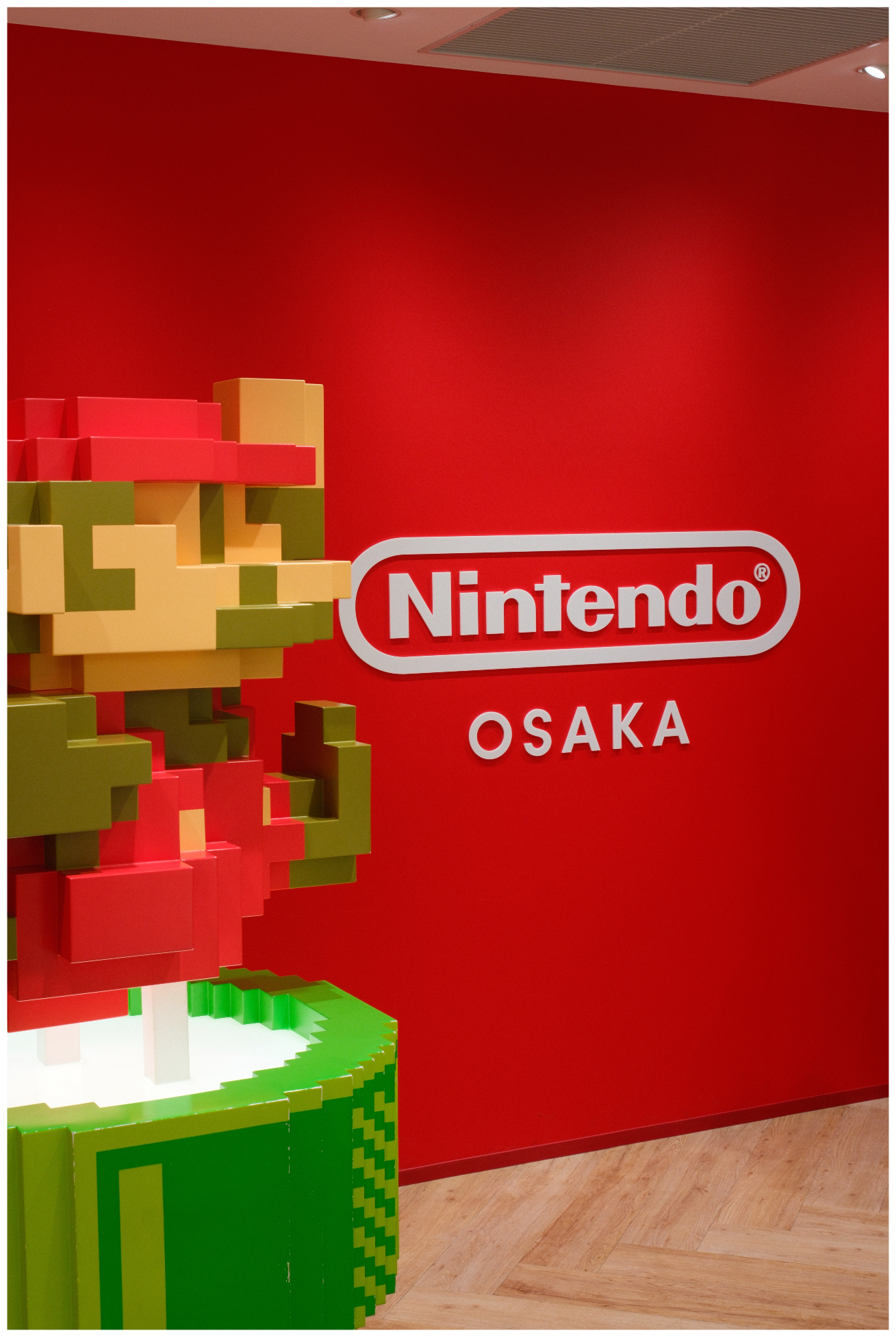
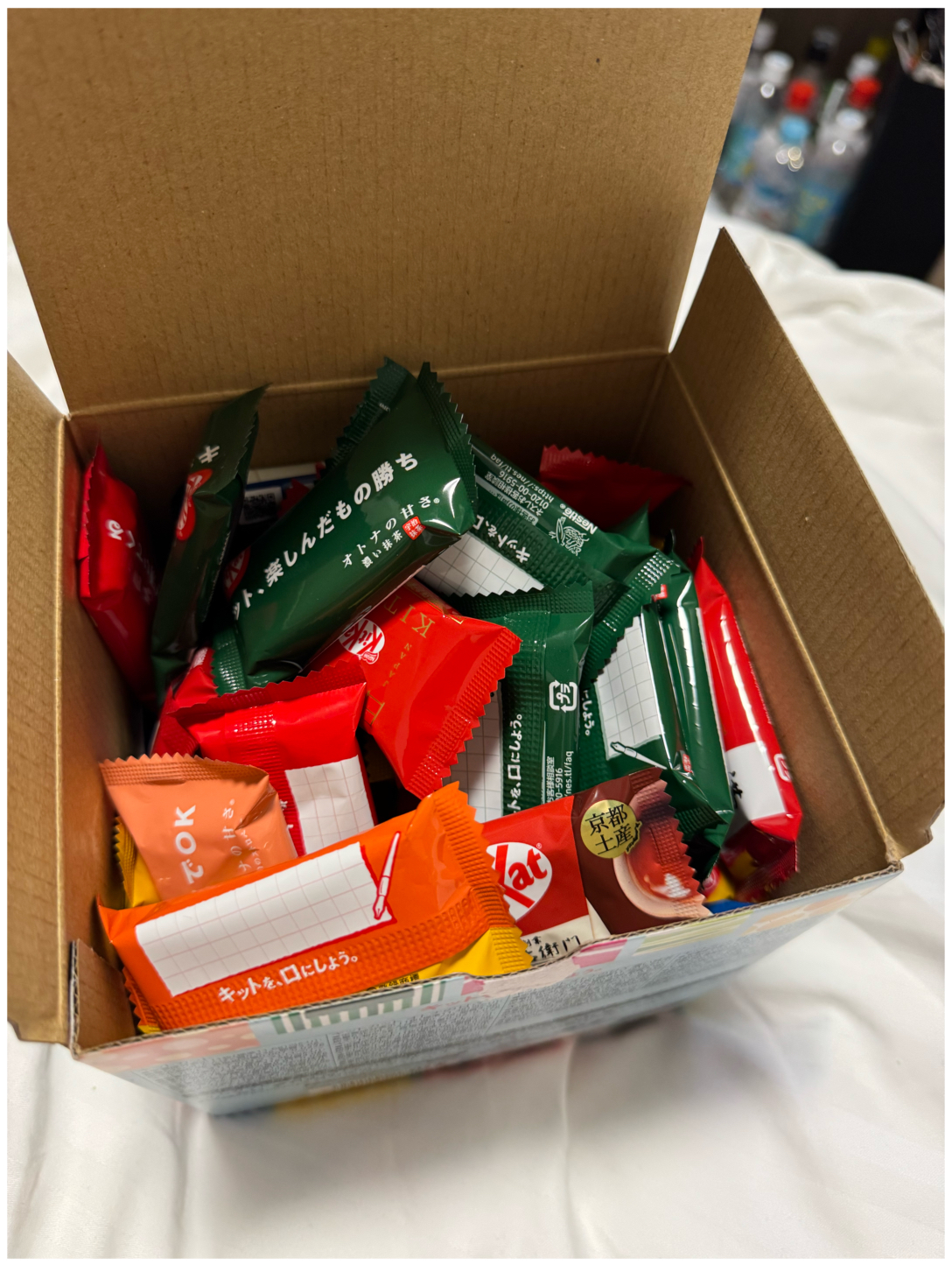
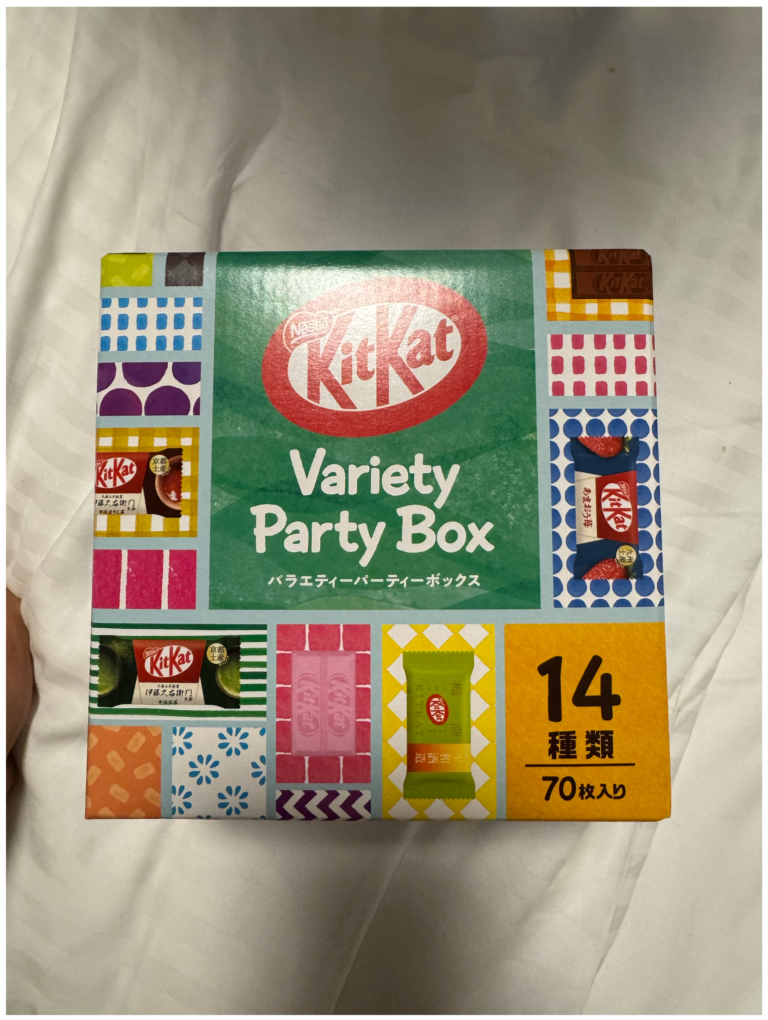
For dinner, we found an Okonomiyaki restauraunt, I believe it was a chain, on something like the 29th floor in some sort of typical shopping/office/apartment building near Osaka-Ueno station. It was our first Okonomiyaki and we really enjoyed it - it was an individual table, prepared for us and we had a great view of the city.
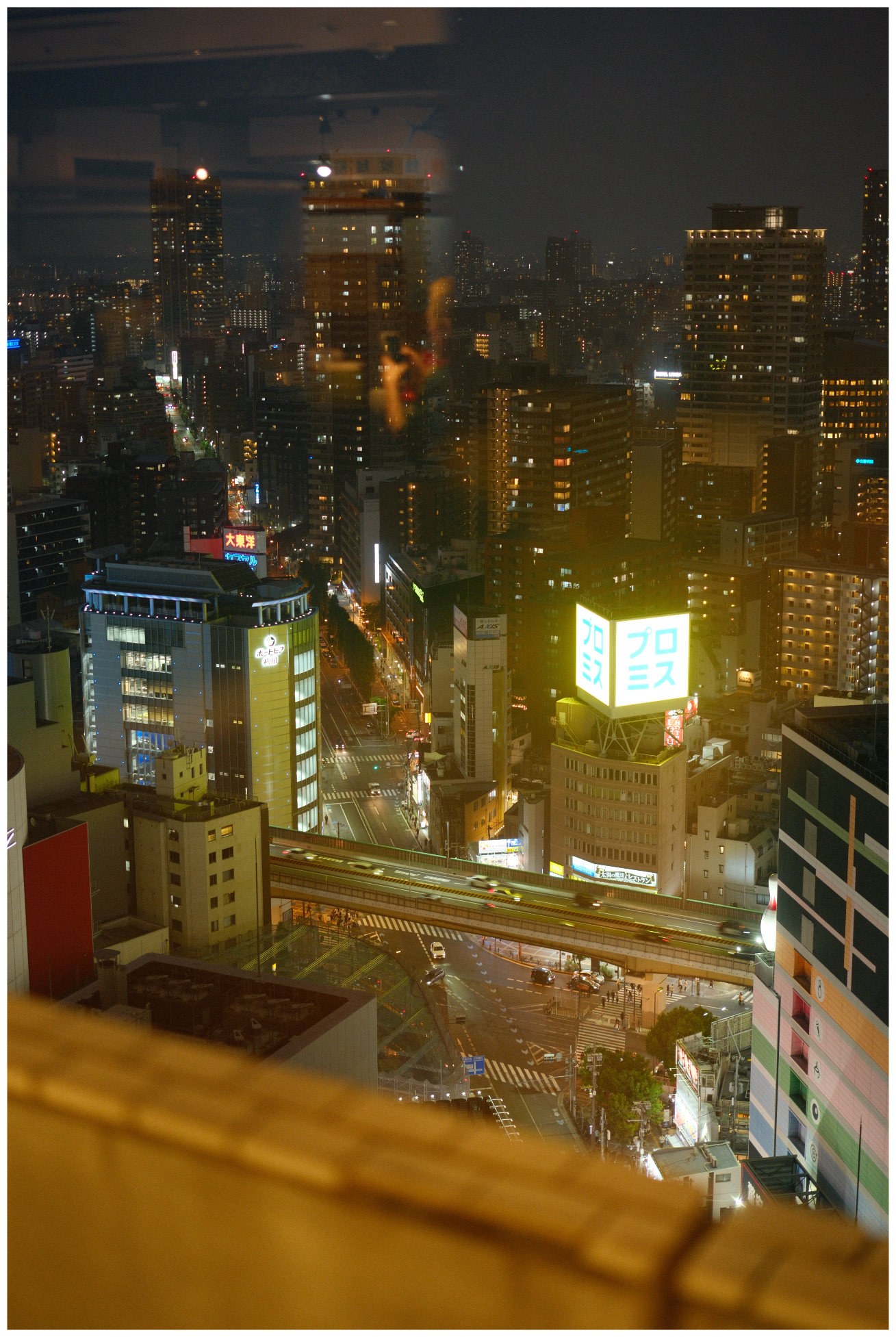
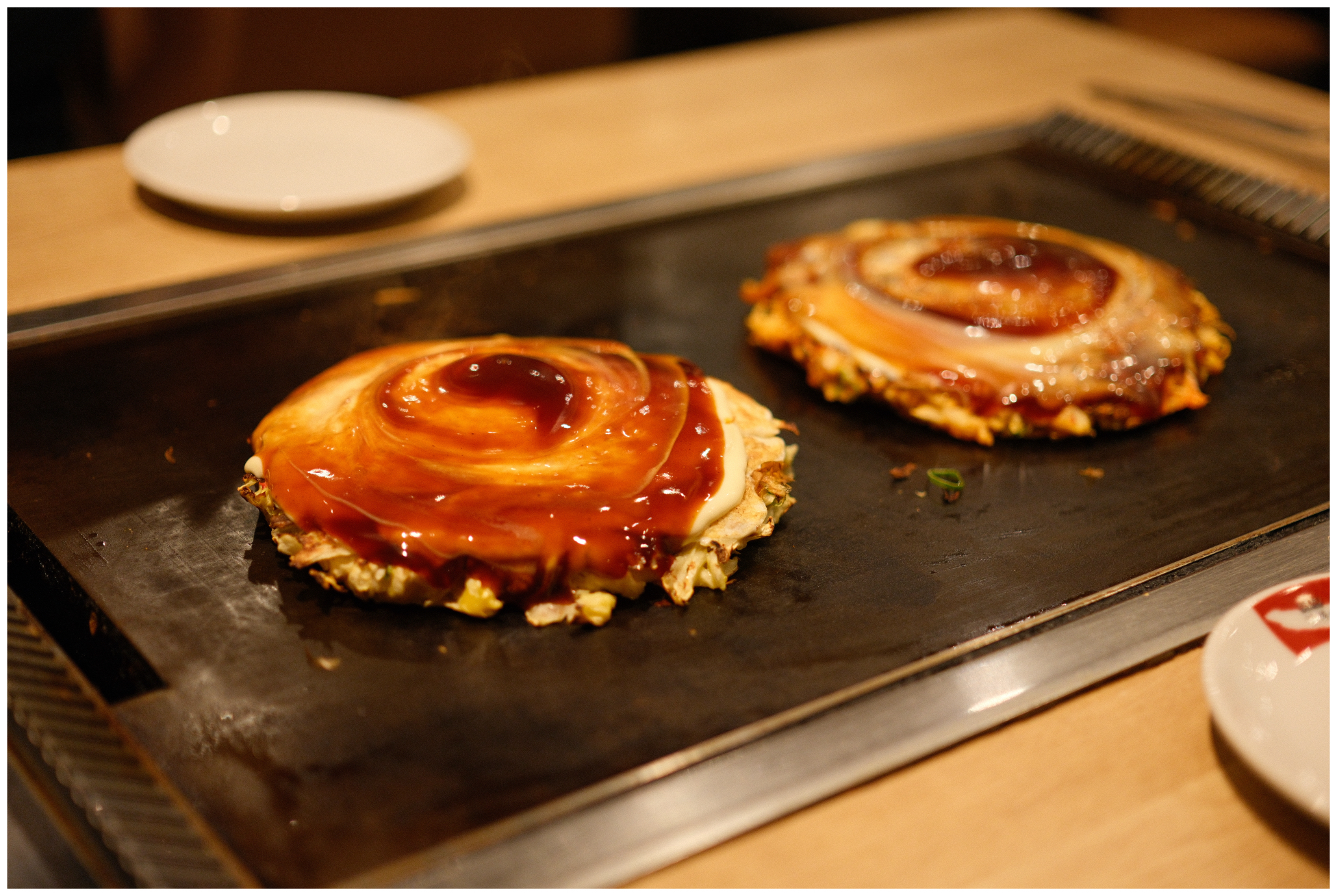
After, having sat through dinner watching the nearby Hep Five Ferris wheel and enjoying the view of the city at night, it made sense to us to go for a ride on it.
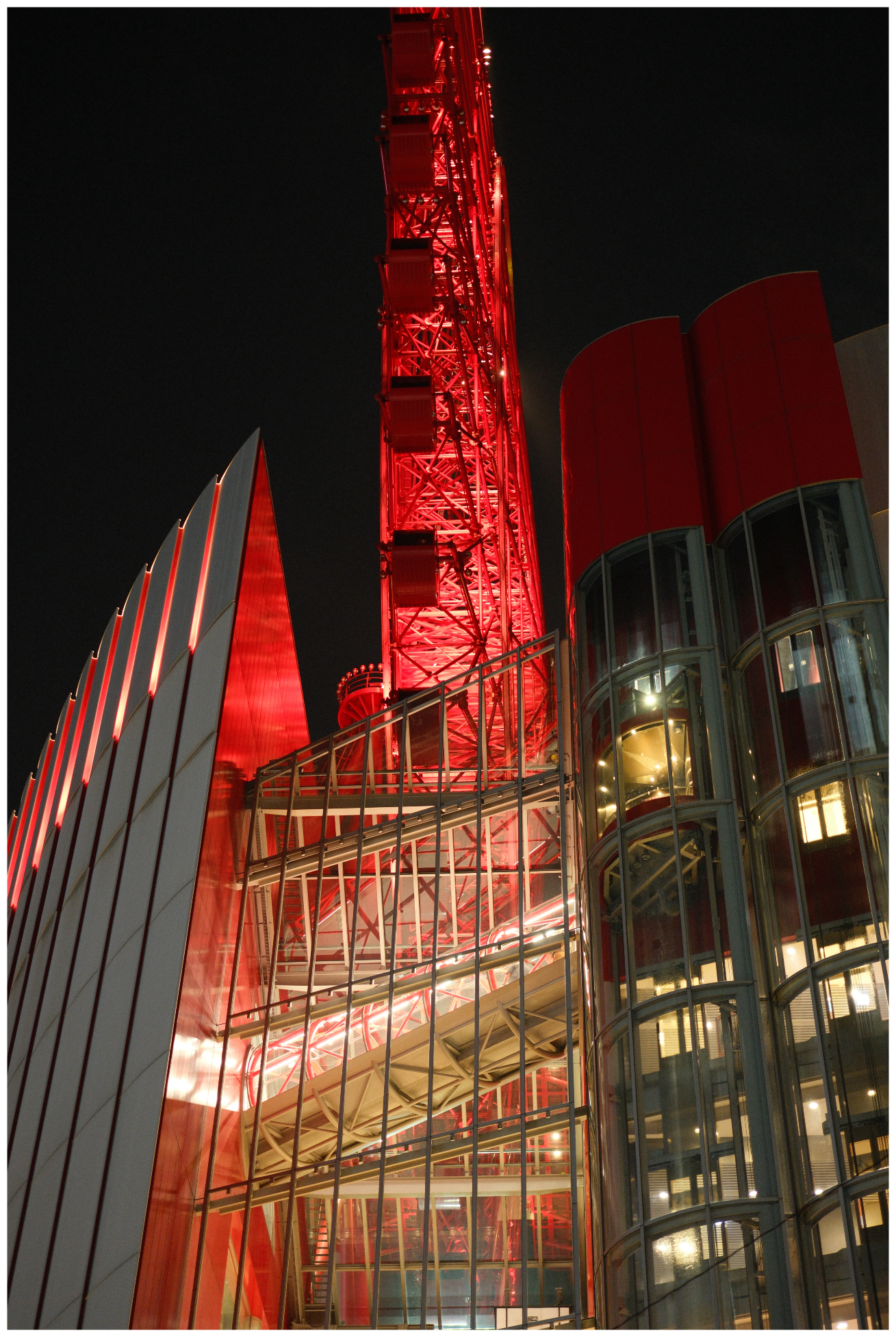
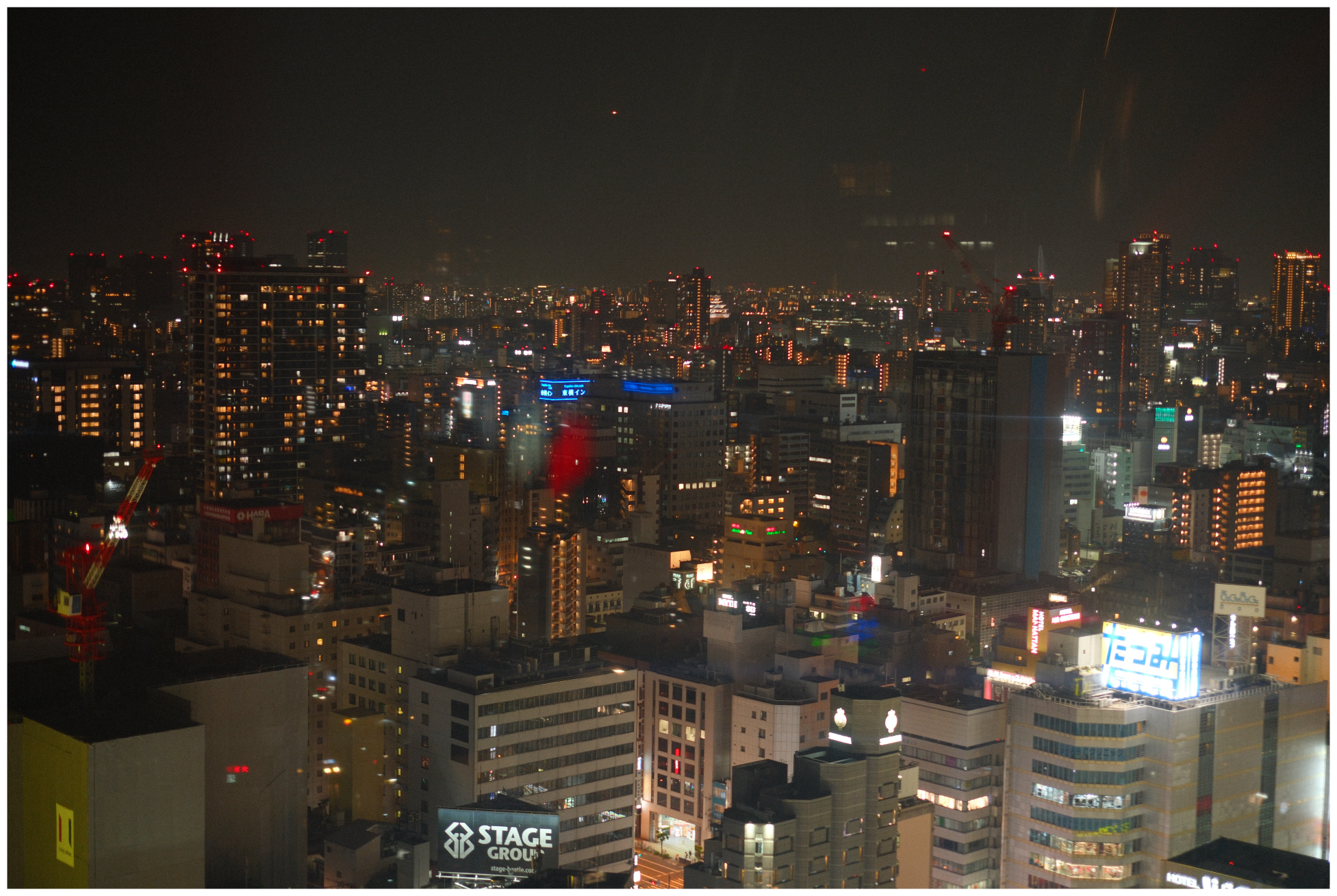
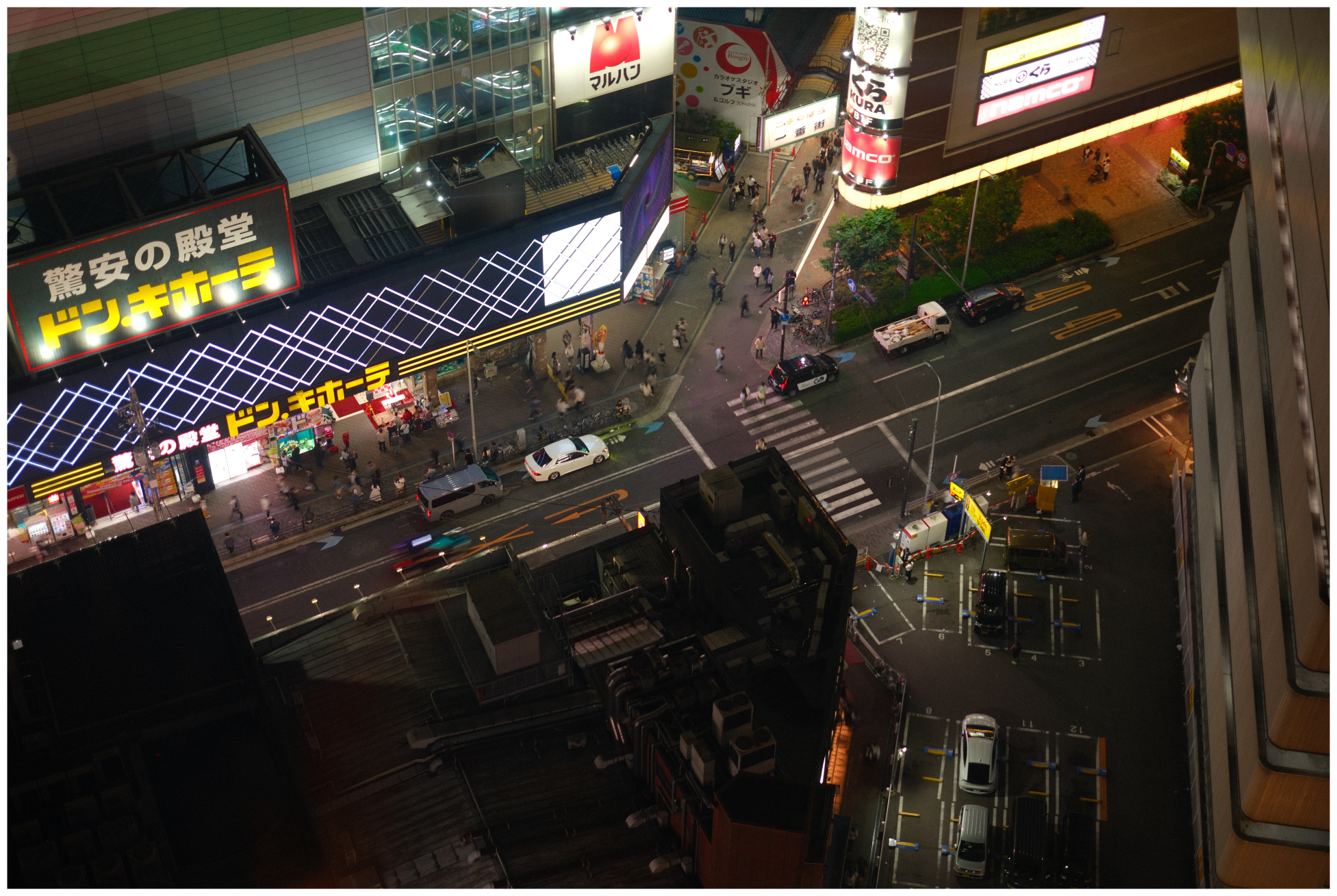
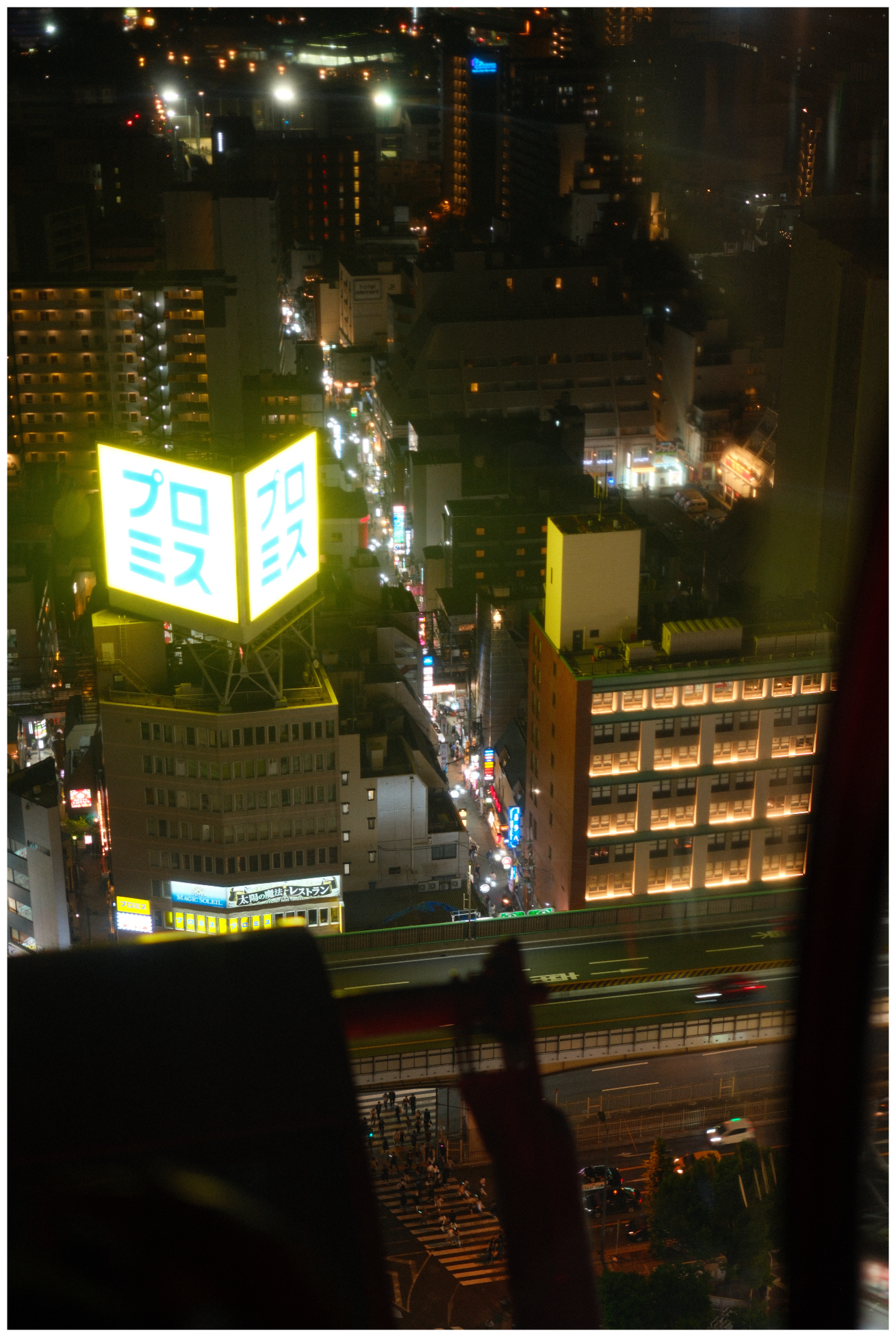
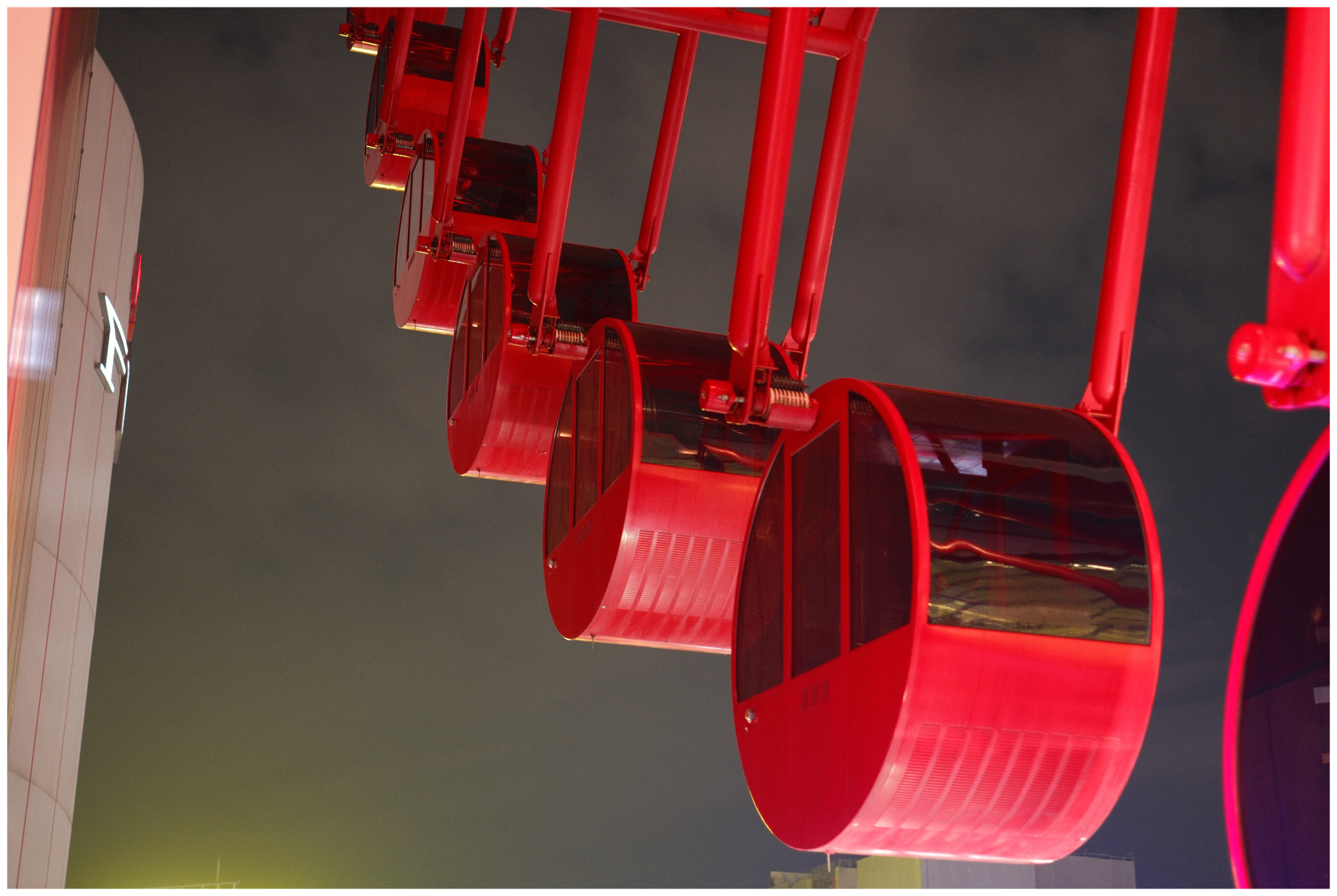
The rest of the evening was more exploring, shopping and gachapon, before ending the day.
Day 11
Kurashiki and teamLab Osaka botanical gardens
Another day trip. This time a little further out to small city called Kurashiki in Okayama. The train here was Shinkansen to Okayama and then a local, much slower train from Okayama to Kurashiki. IC card worked though thankfully.
Kurashiki is known as the birthplace for Japan's jeans industry, a picturesque historical quarter and some fun local traditions.
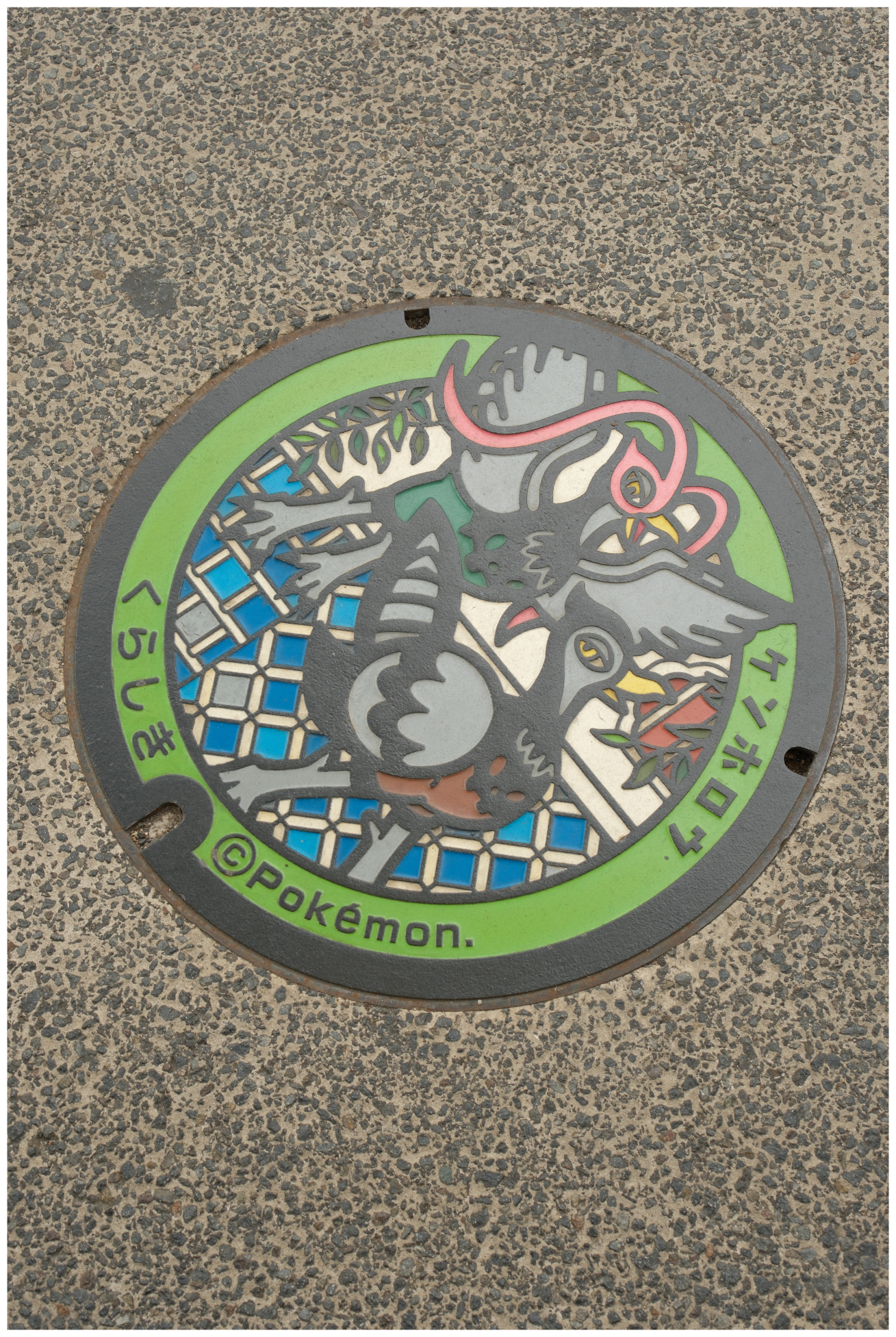
There is a decent walk through some shopping streets between the train station and the historical quarter. One thing you see around Japan is some fancy, unique manhole covers - Pokemon designs are pretty popular. We spotted this one in Kurashiki. It's this sort of whimsy and recognition of what would be considered either nerdy or childish media that makes this aspect of Japan so endearing.

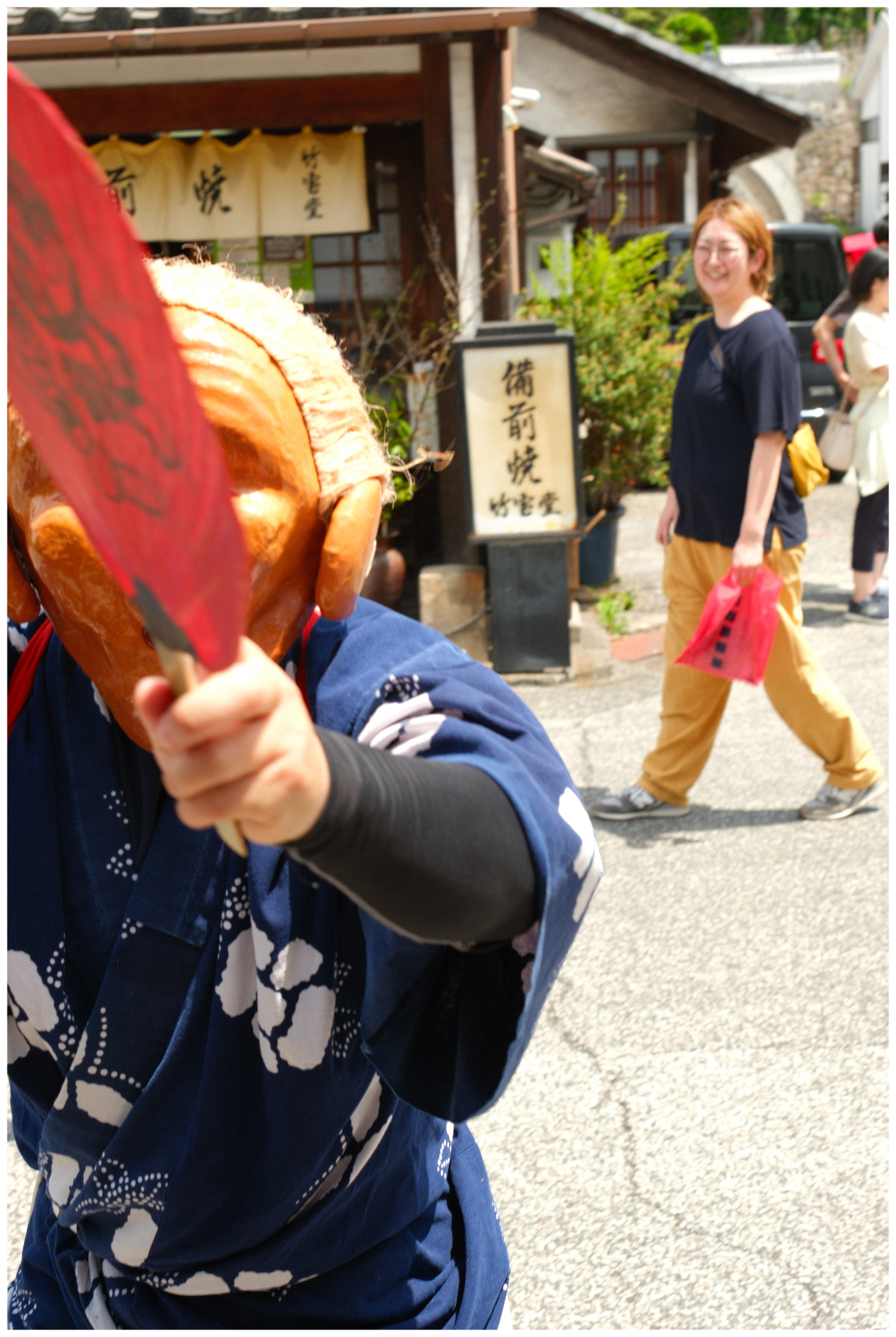
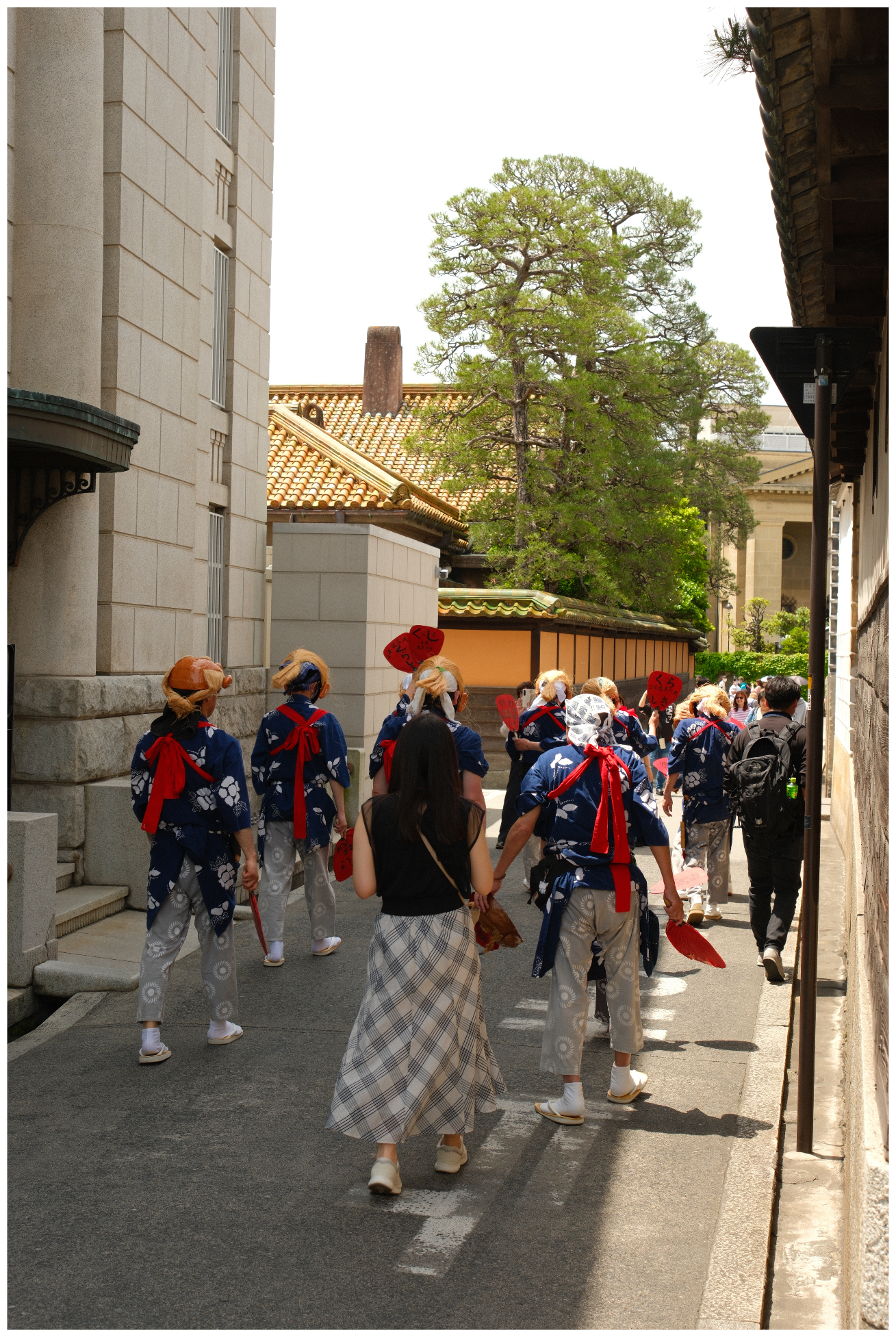
On the way into the historical quarter, we encountered a local tradition. People dressed in particular outfits, wearing old men/women masks and carrying fans, hitting people on the head with them as they walked through the streets. We weren't aware of this prior to coming, and it took us a while to figure it out, but what we found is this:
Since the Meiji era, Suinkyo, who were responsible for managing traffic during festivals, would chase and hit teasing children with fans. Because of this, it is said that being hit with a fan by a Suinkyo makes one smarter and healthier.
A short-sleeved kimono with a dark blue base and white outlines of peonies and butterflies. Patches with curly lion mane patterns on a brown (or gray) base. The obi is a narrow brown and white striped belt. A red sash is worn crosswise, paired with zori sandals, and holding a rustic fan in hand.
The mask of the “jiji” (grandfather) has no hair on the top of the head but has eyebrows. The mask of the “baba” (grandmother) has hair but no eyebrows. If you see them, look closely and try to distinguish between them.
From suinkyo.com
It wasn't the only local tradition on display today, which I'll get to later. But we finally got to the historical quarter, which has a river running through it - where a limited number of boat riders are available for those who booked far enough ahead.
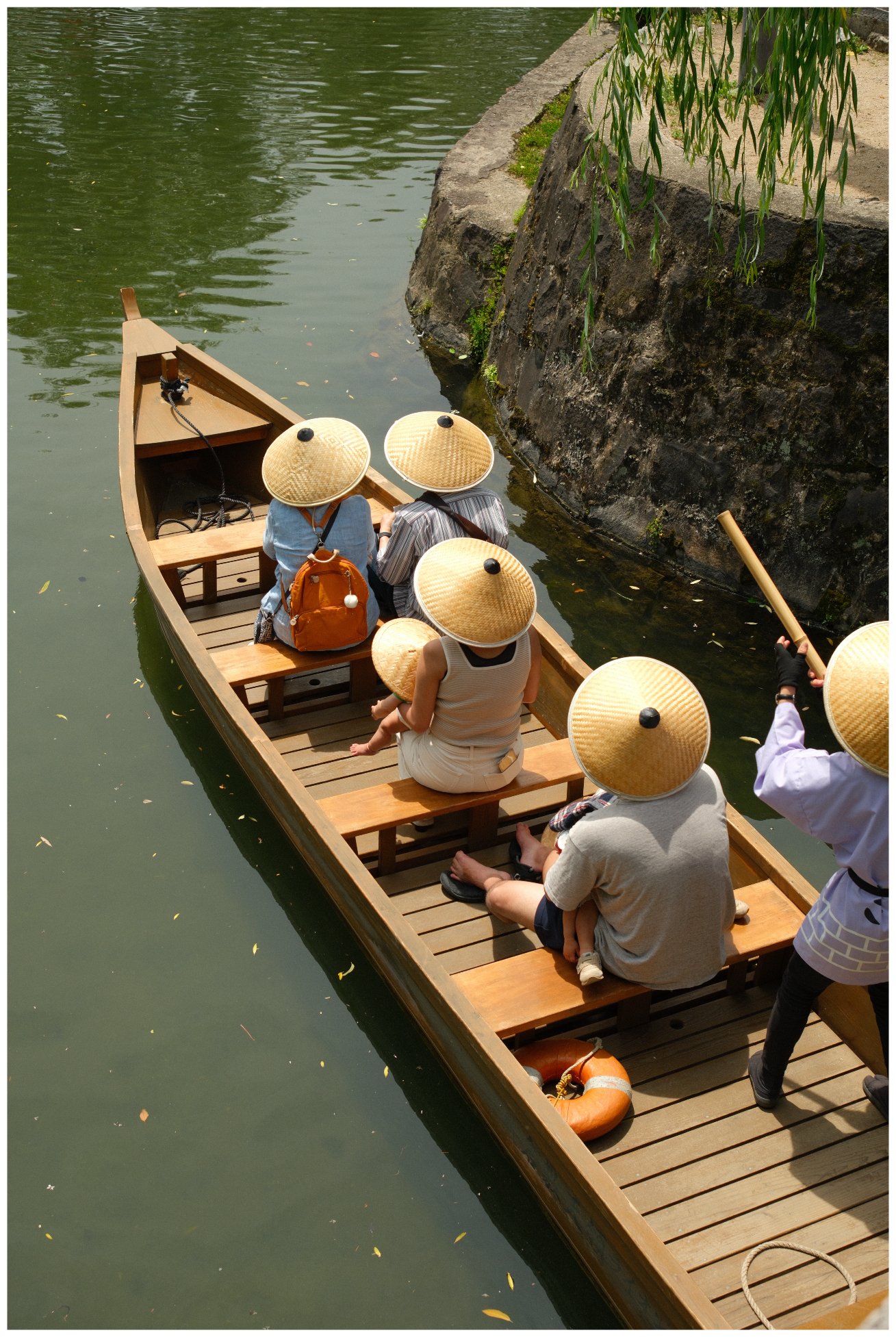
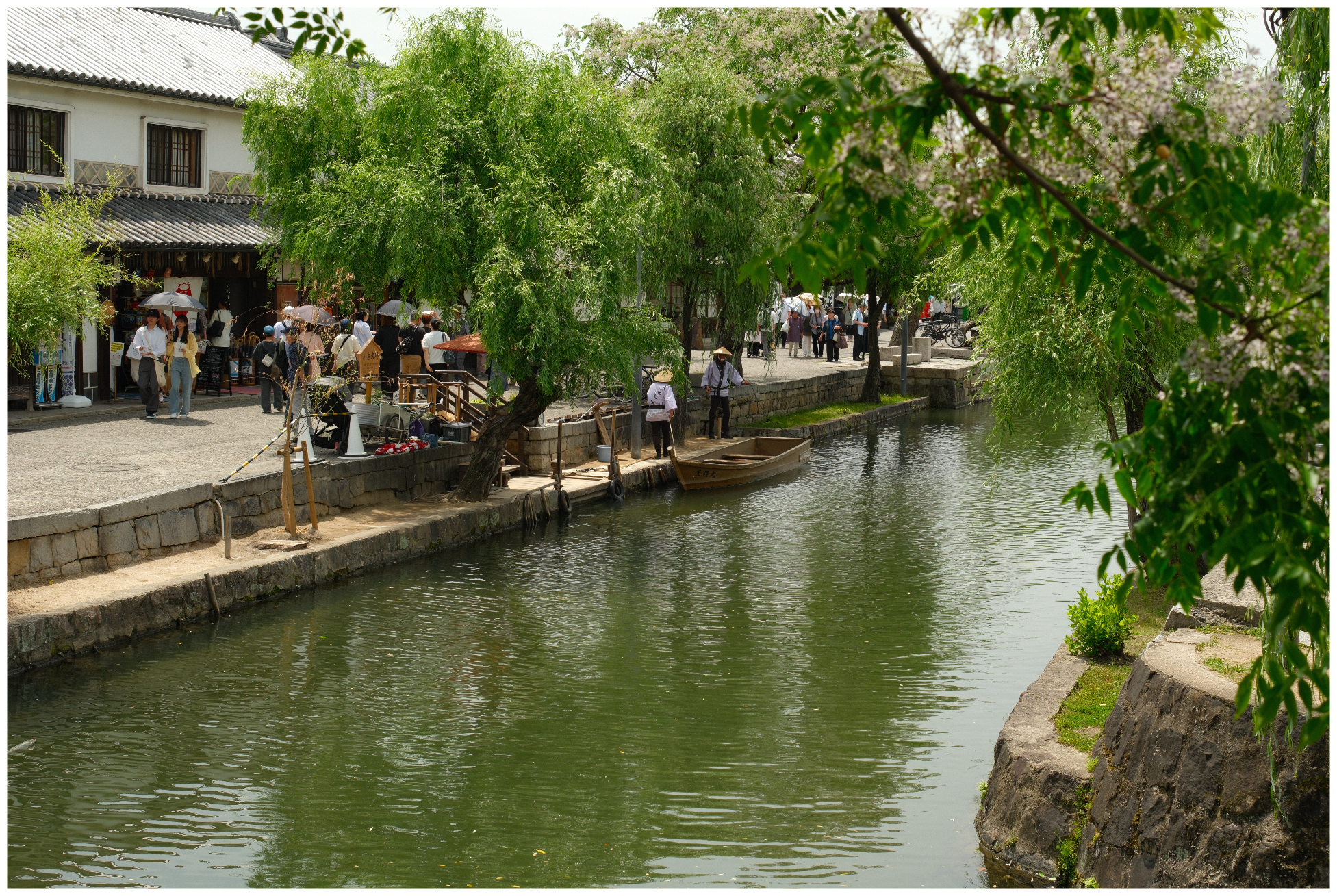
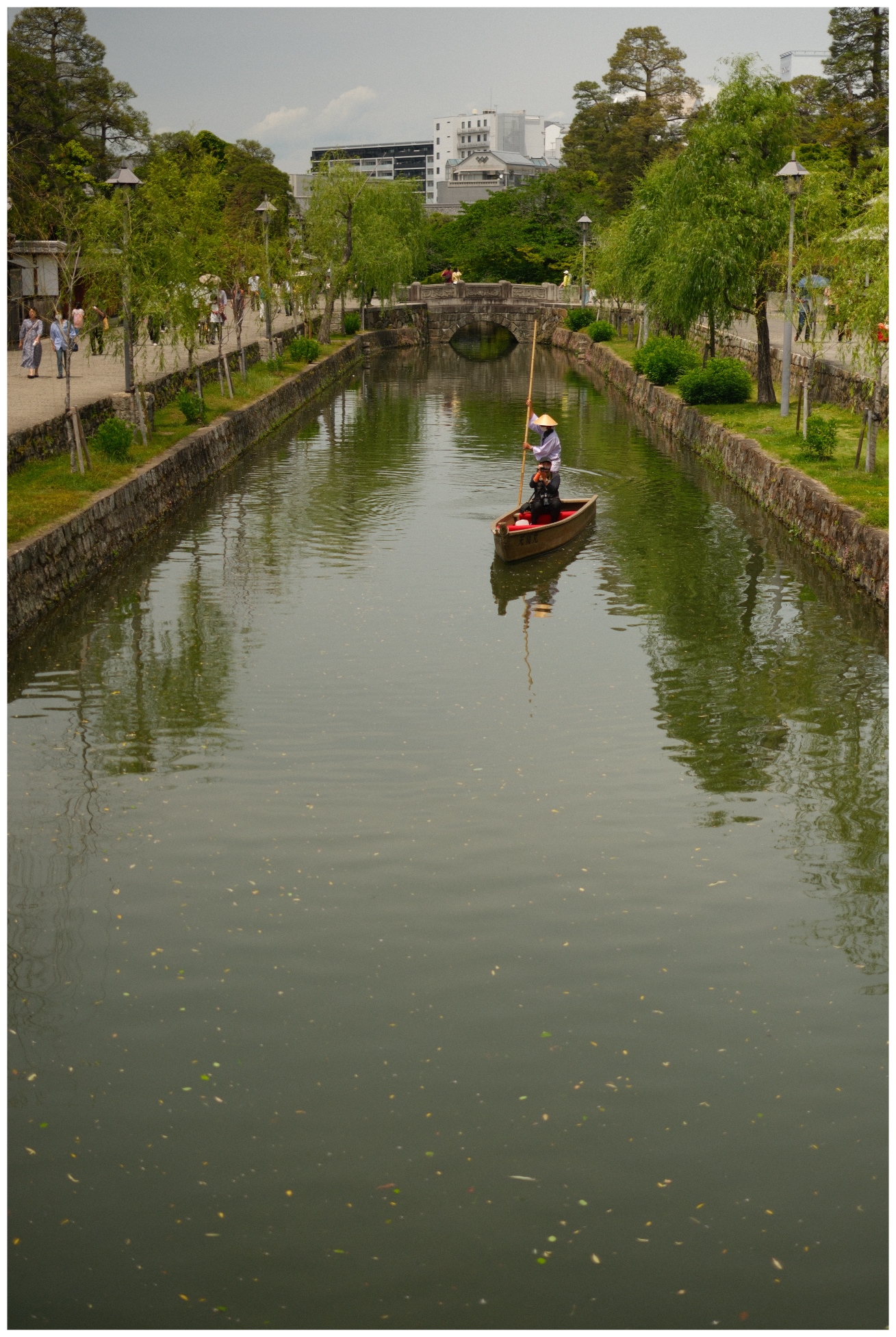
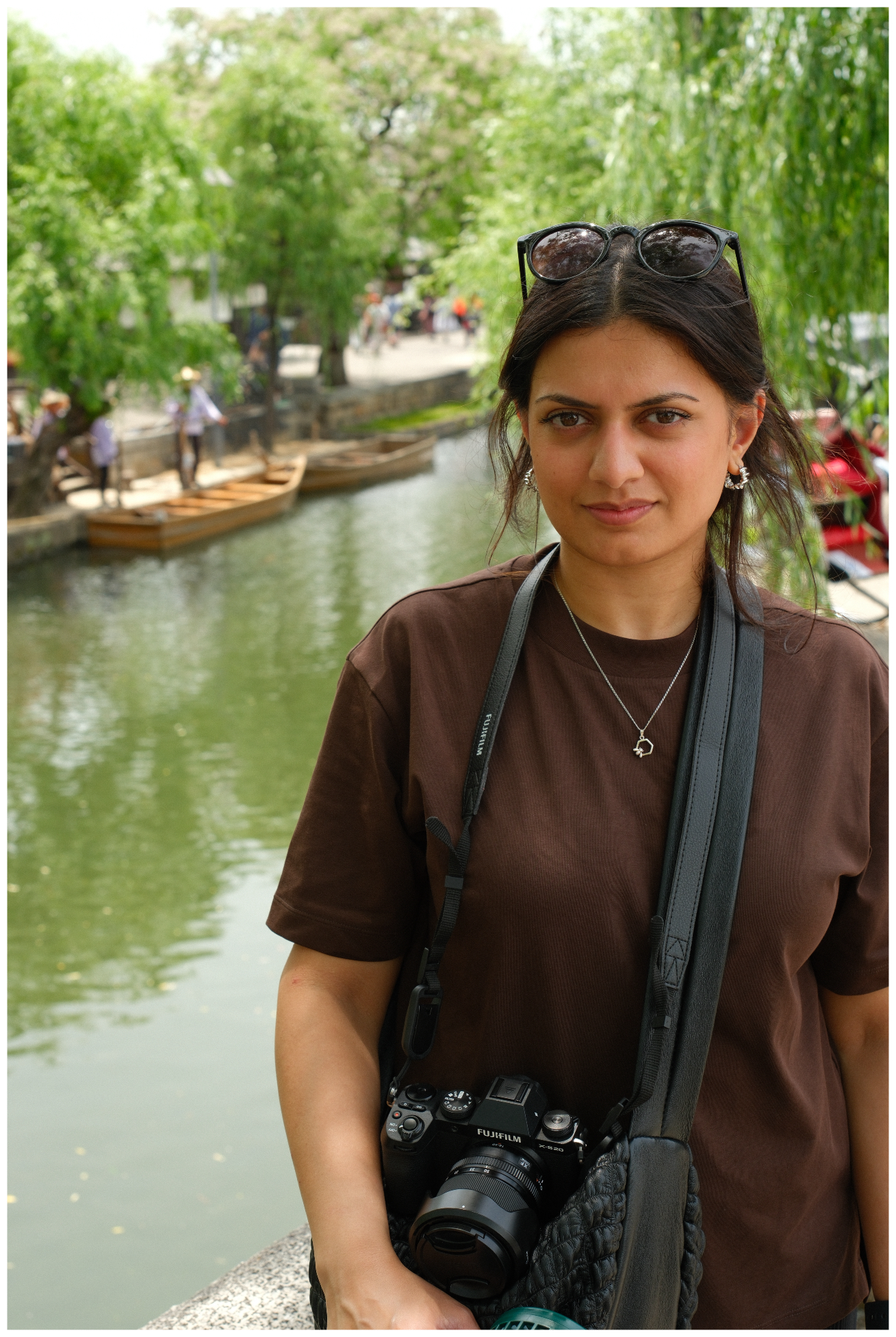
Shortly after, we started hearing chanting and drums - and spotted this parade happening through the town.
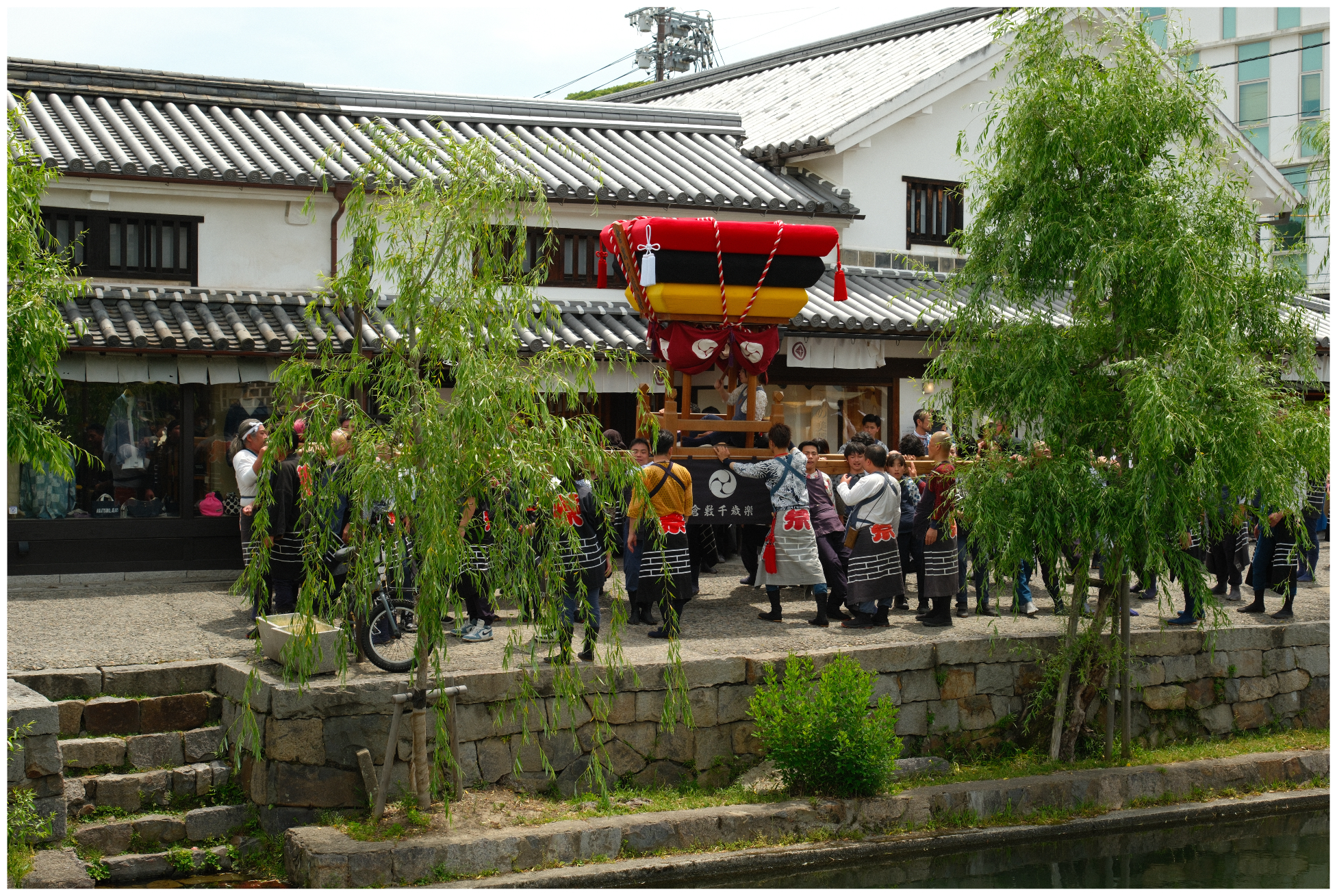
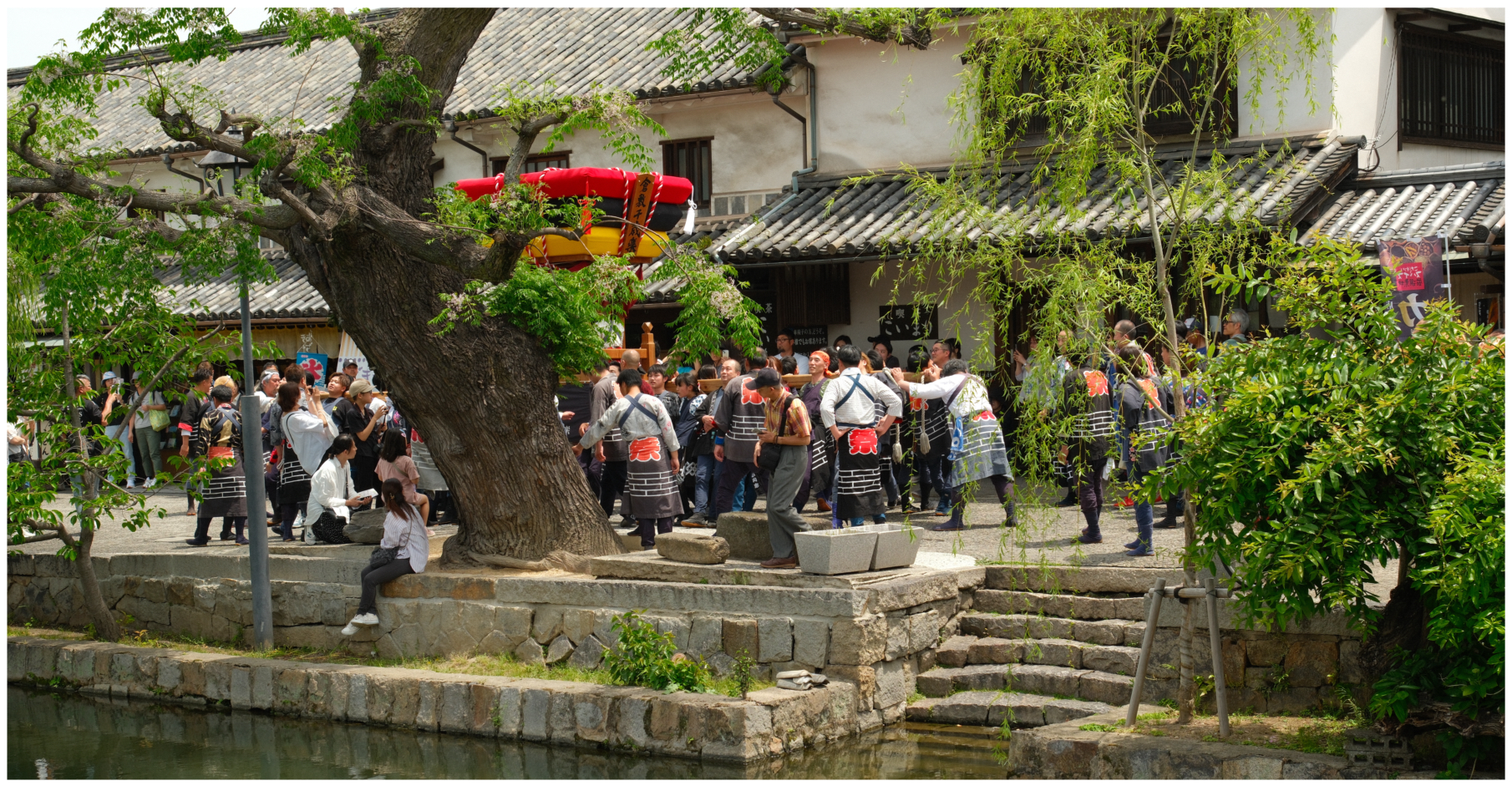
I'm still struggling to find out specifically what this was, but given the general festive period of May (shortly after golden week), I'm assuming it was related?
It was a hot day, so after this we had a break with some 'denim' ice cream. As the town its known for its denim, there is a lot of denim related things, they have a bit of fun with it.
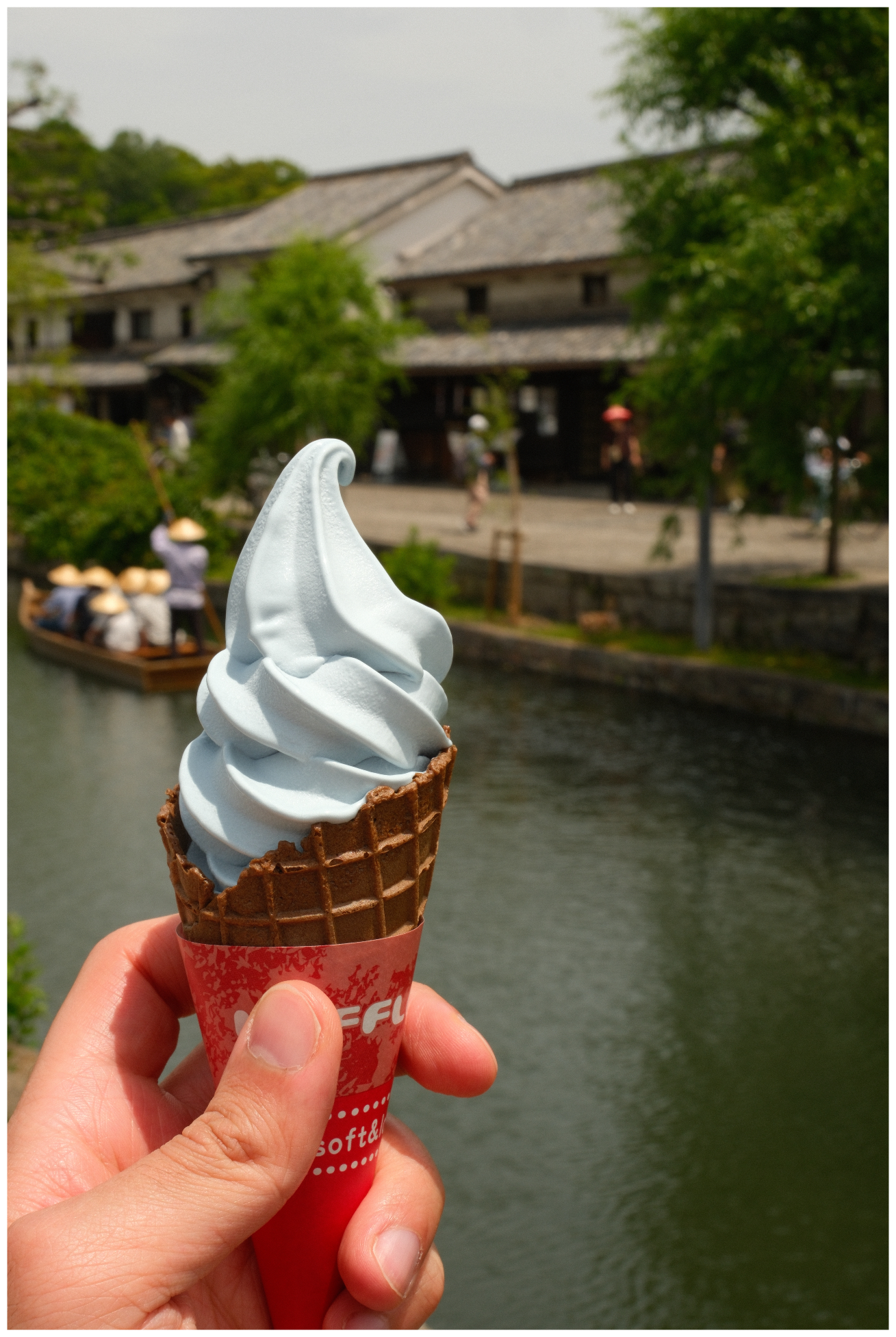

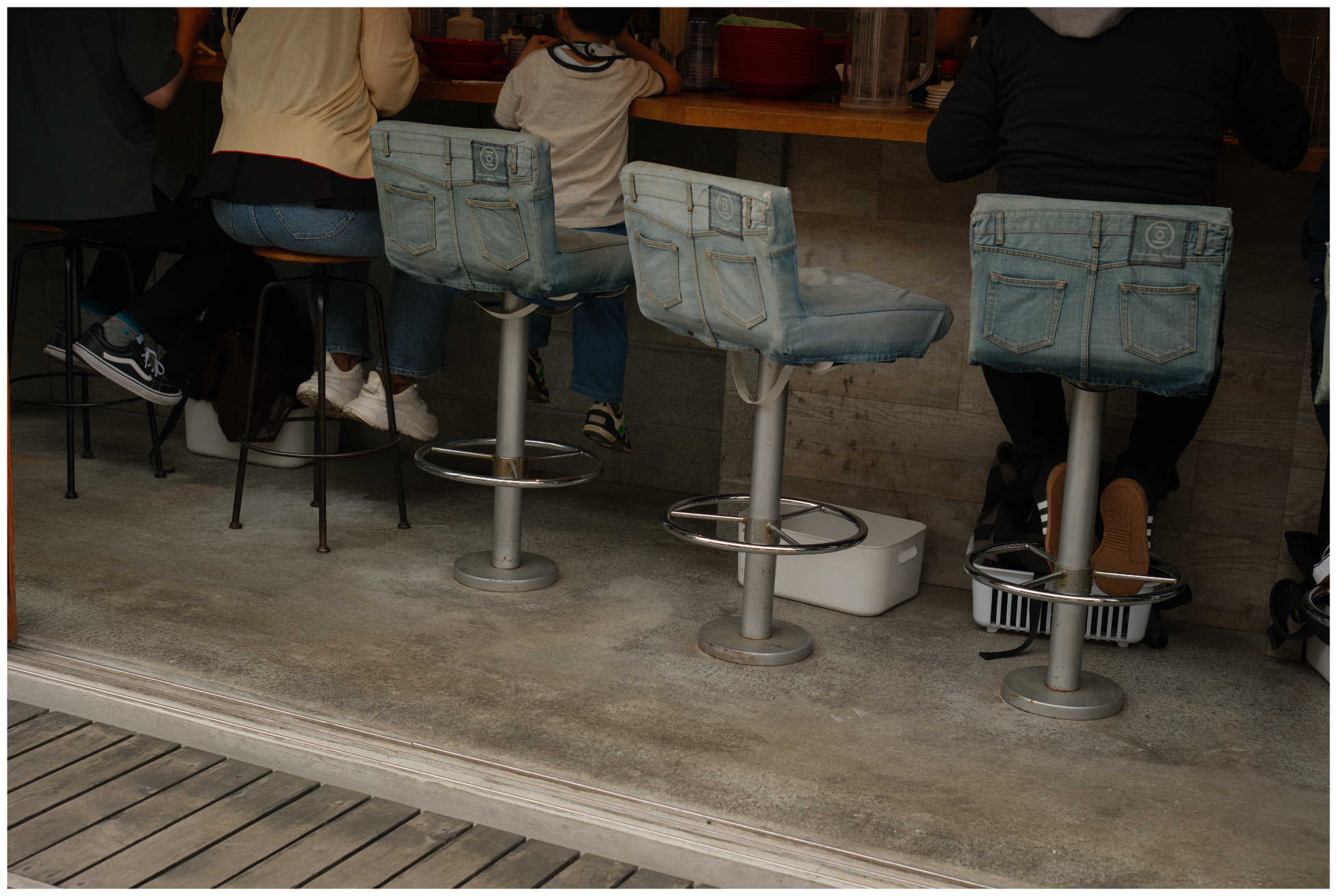
We had originally queued up for a nearby traditional Japanese restaurant, we were sat there for a while behind another few people until we realised that to get a place in the queue, we had to step inside and get a ticket from the machine. We realised this by two other couples coming along and taking a ticket.
It's a bit disappointing that those already waiting didn't point us in the right direction when we arrived, but it's possible they assumed we already had a ticket and were just returning. After realising we'd be even further behind in the queue, we had lunch at a local burger place instead - we were quite early so us and another couple were the only two there. The quality of the burger was very good, so I wasn't too disappointed by missing out on the earlier restaurant.

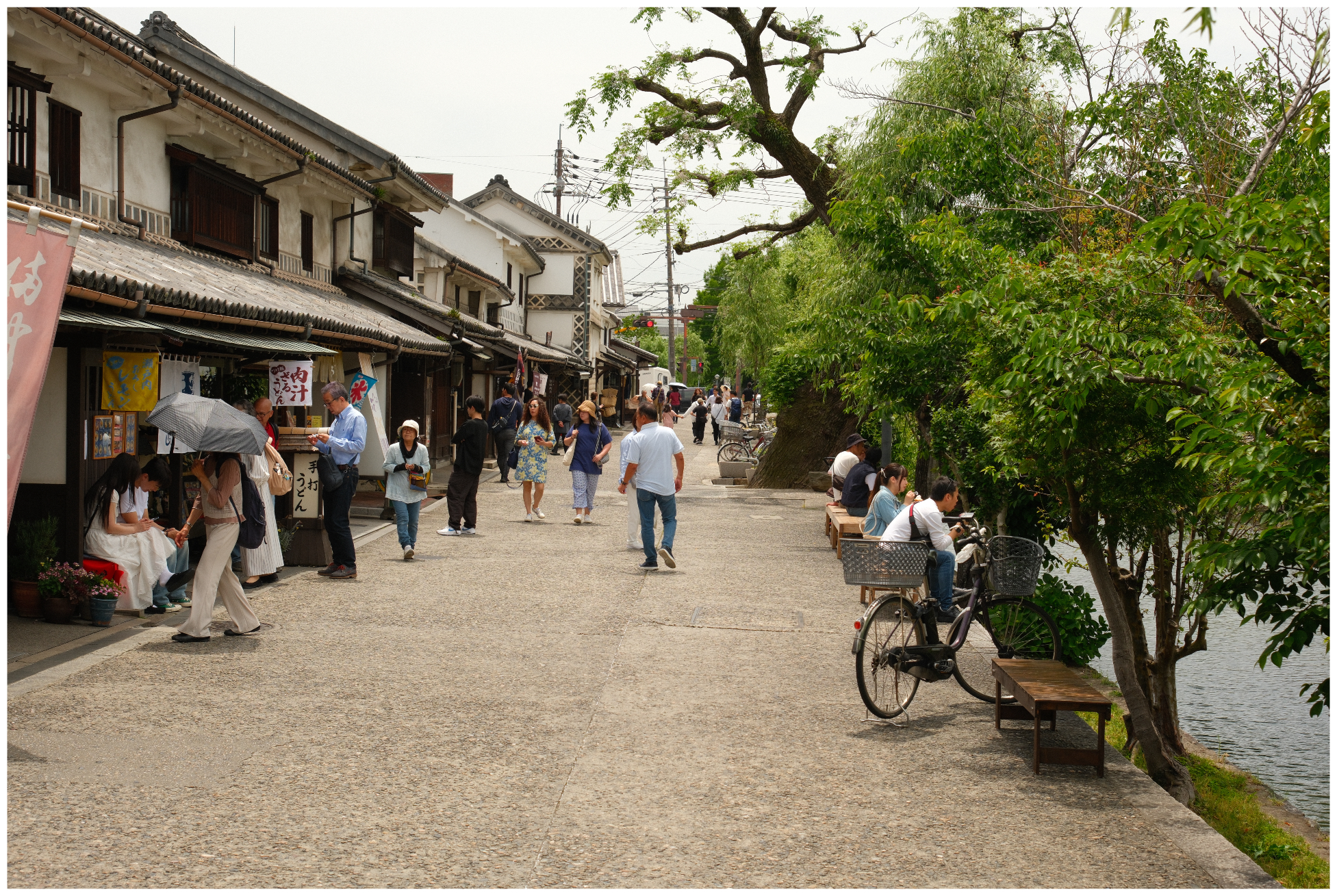
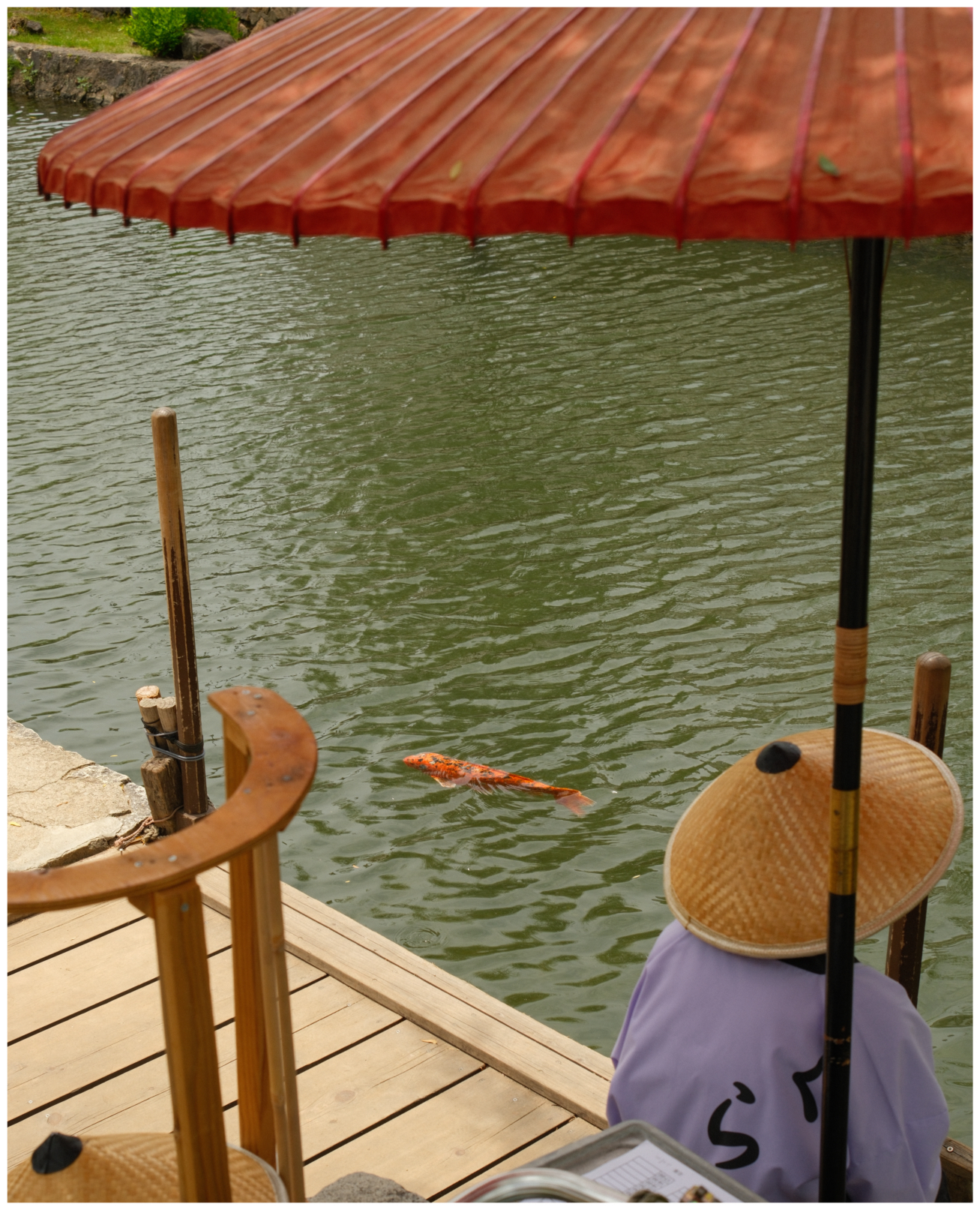
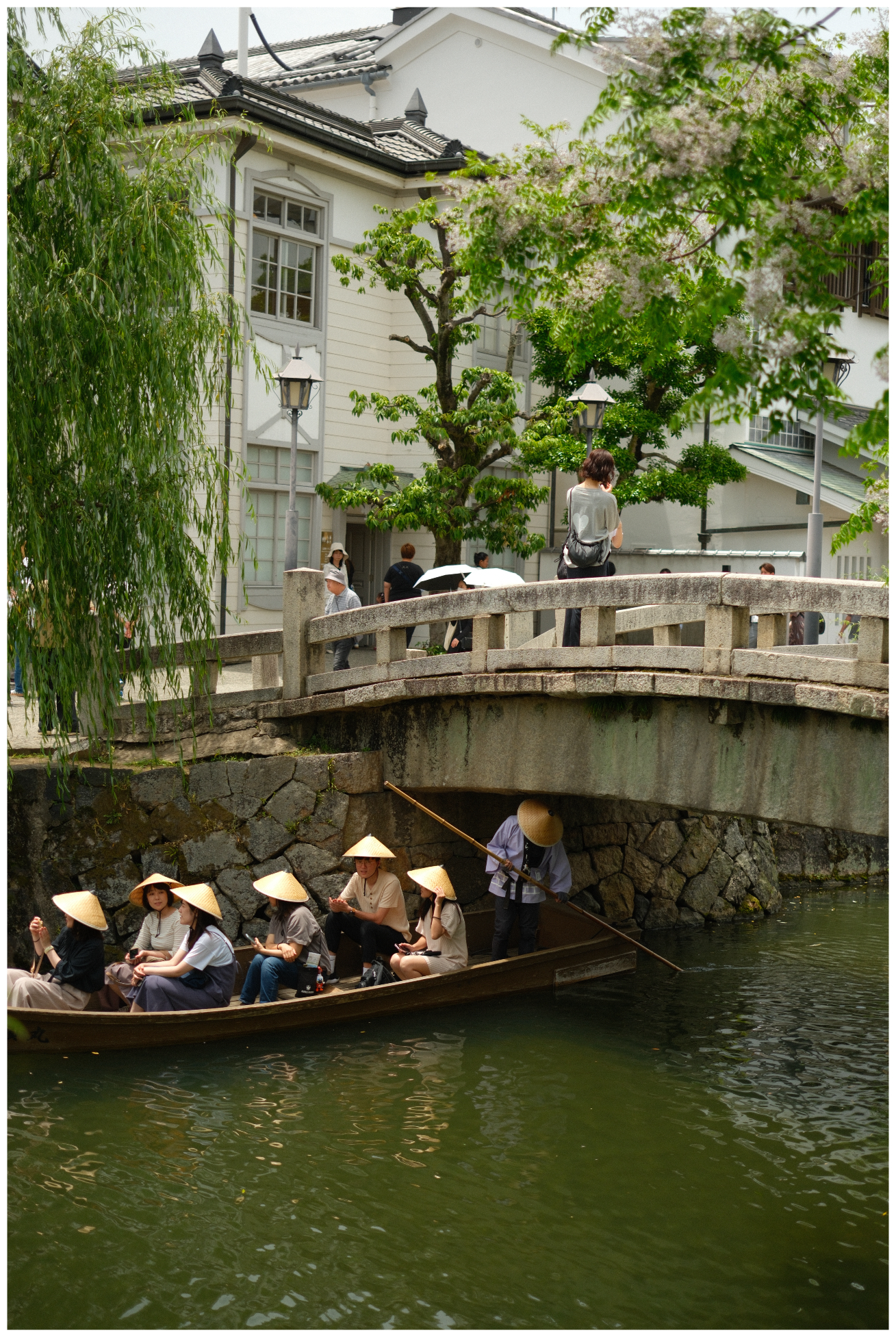
After this, we had a bit more of a wander around the historical quarter and shops. It was a great day, the area is really photogenic and seeing some of the local traditions play out was very cool.
On the way out of the historical quarter, we decided to follow a path up to a shrine overlooking the city, which I'm glad we did.
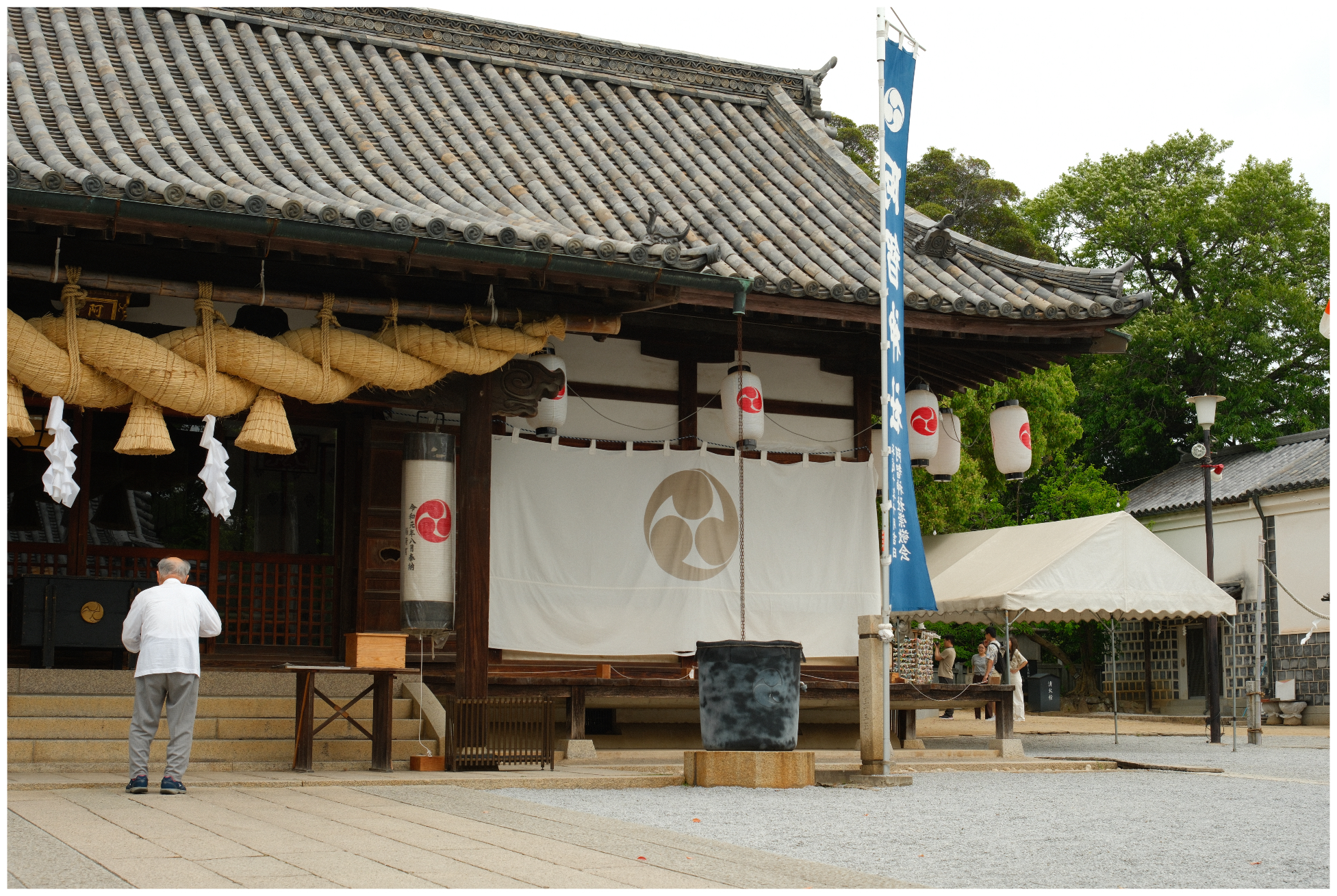
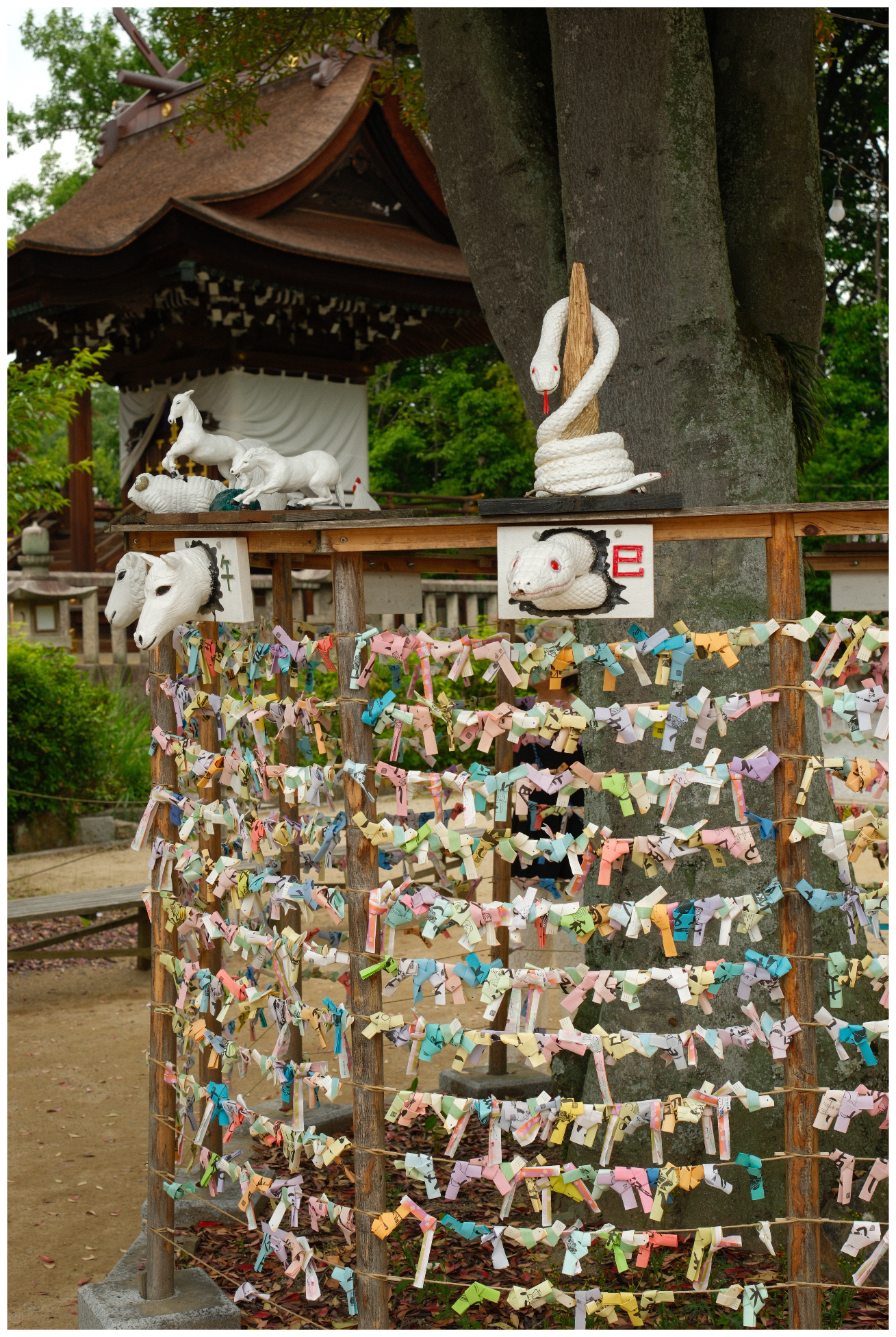
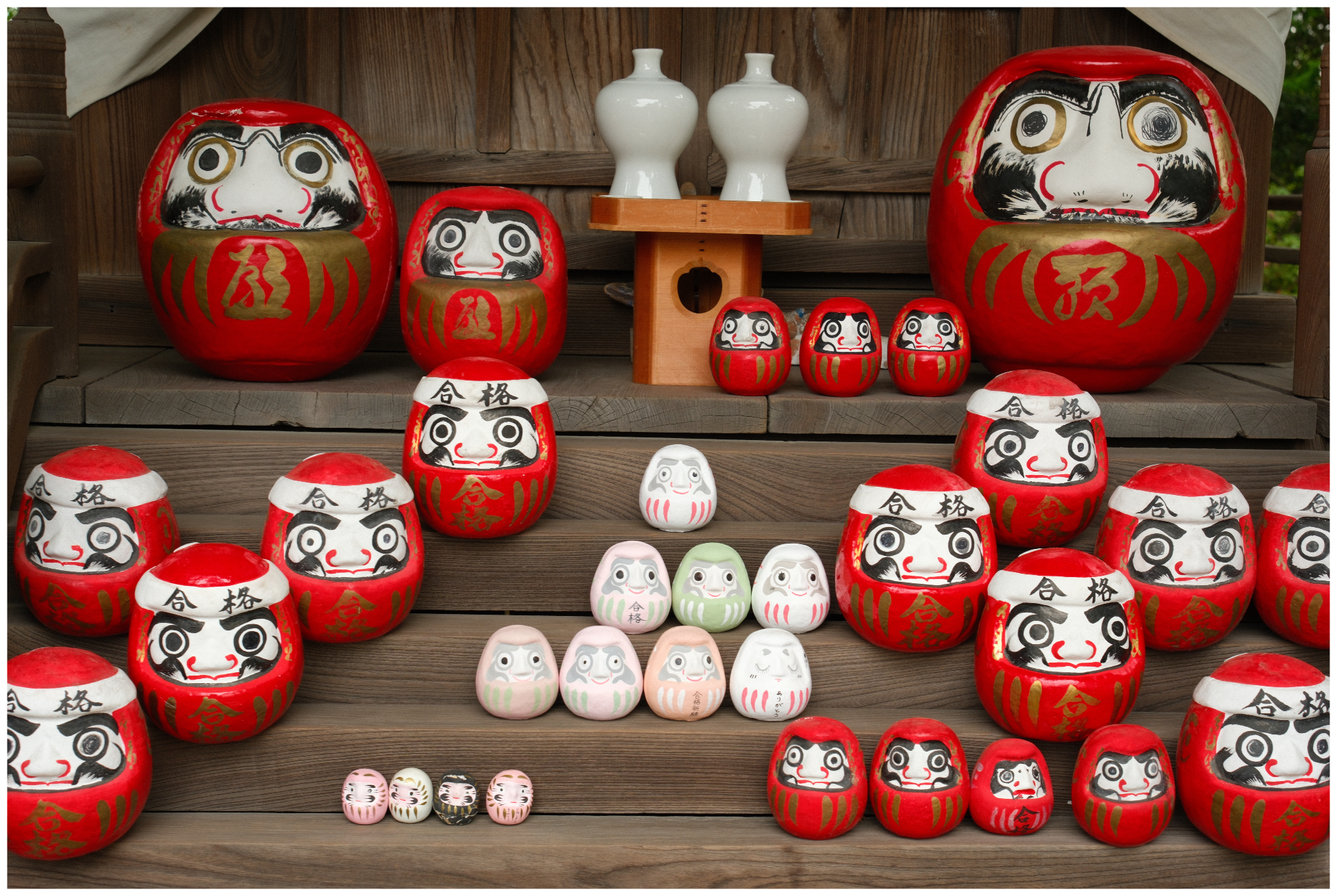
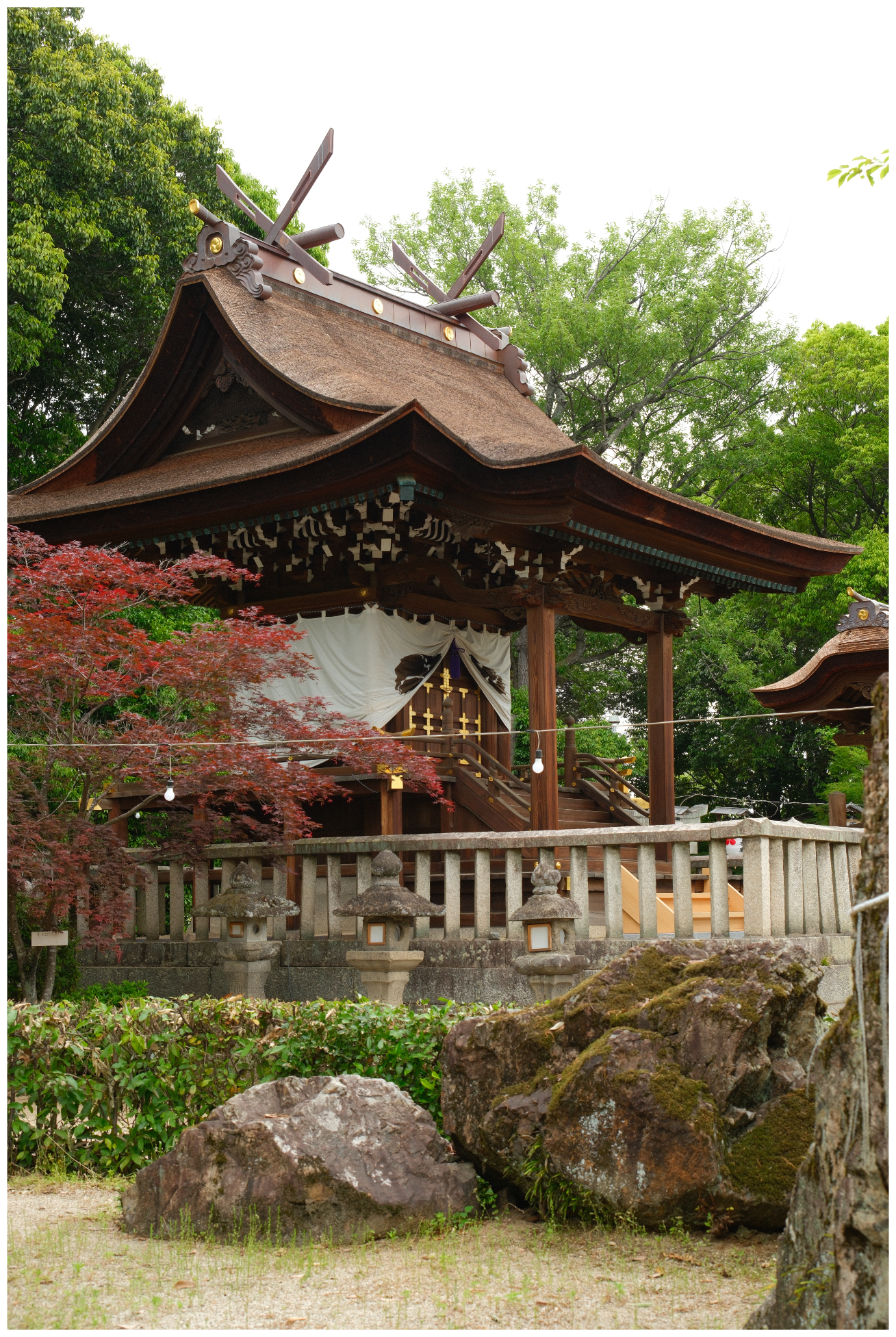
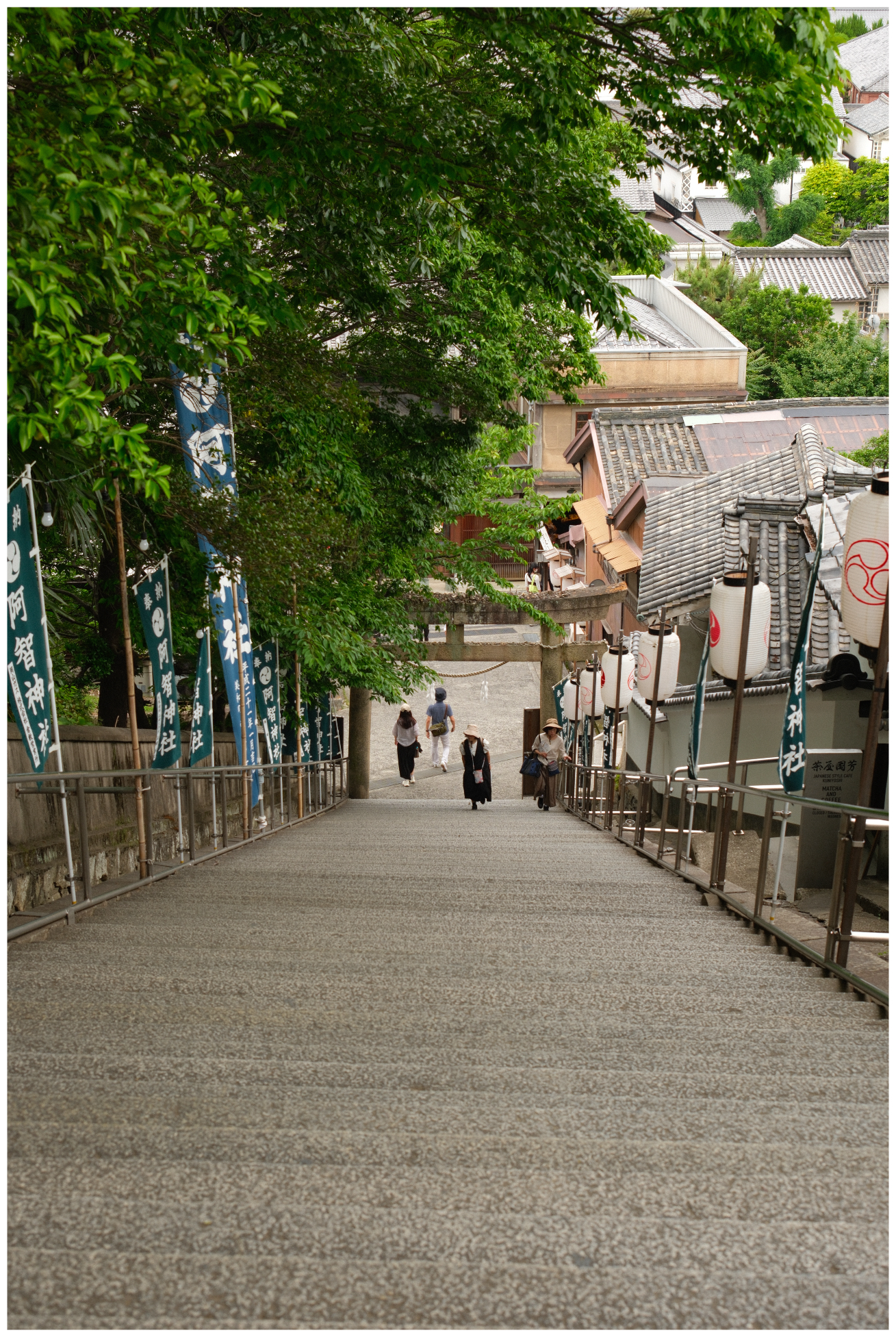
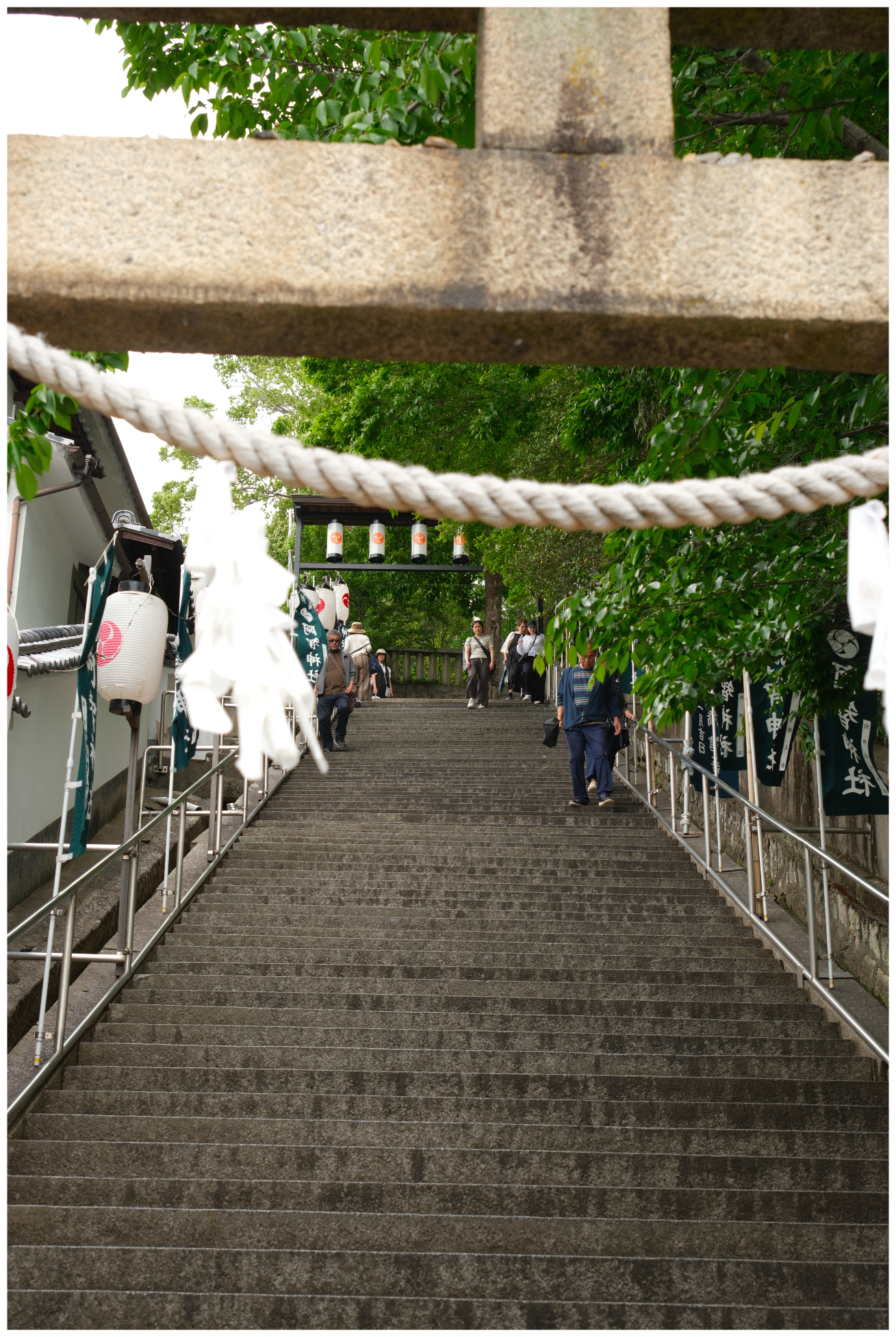
After this, we left Kurashiki and went back to Osaka. This was our last day in Osaka, so we thought we'd go to teamLab botanical gardens before we go - given how much we enjoyed Planets in Tokyo. We booked on the train back into Osaka and after a rest in the hotel, we set off.
Our first shock was the gigantic queue to get in, it genuinely took about 10 minutes to walk to the end of, and then when we joined it, it continued to grow even further. But they managed it perfectly, they processed the queue very quickly once it opened and we were in not long after opening time.
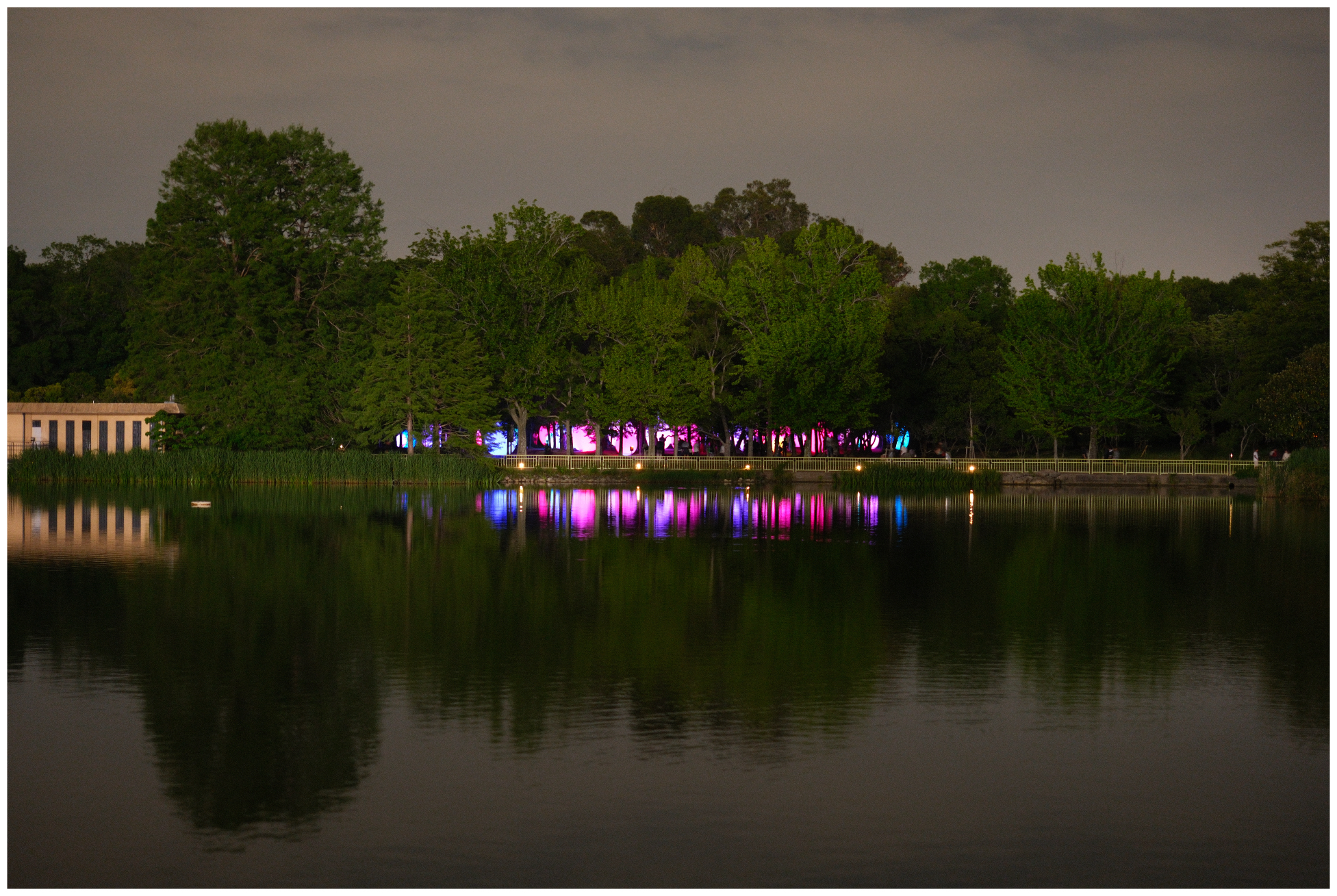
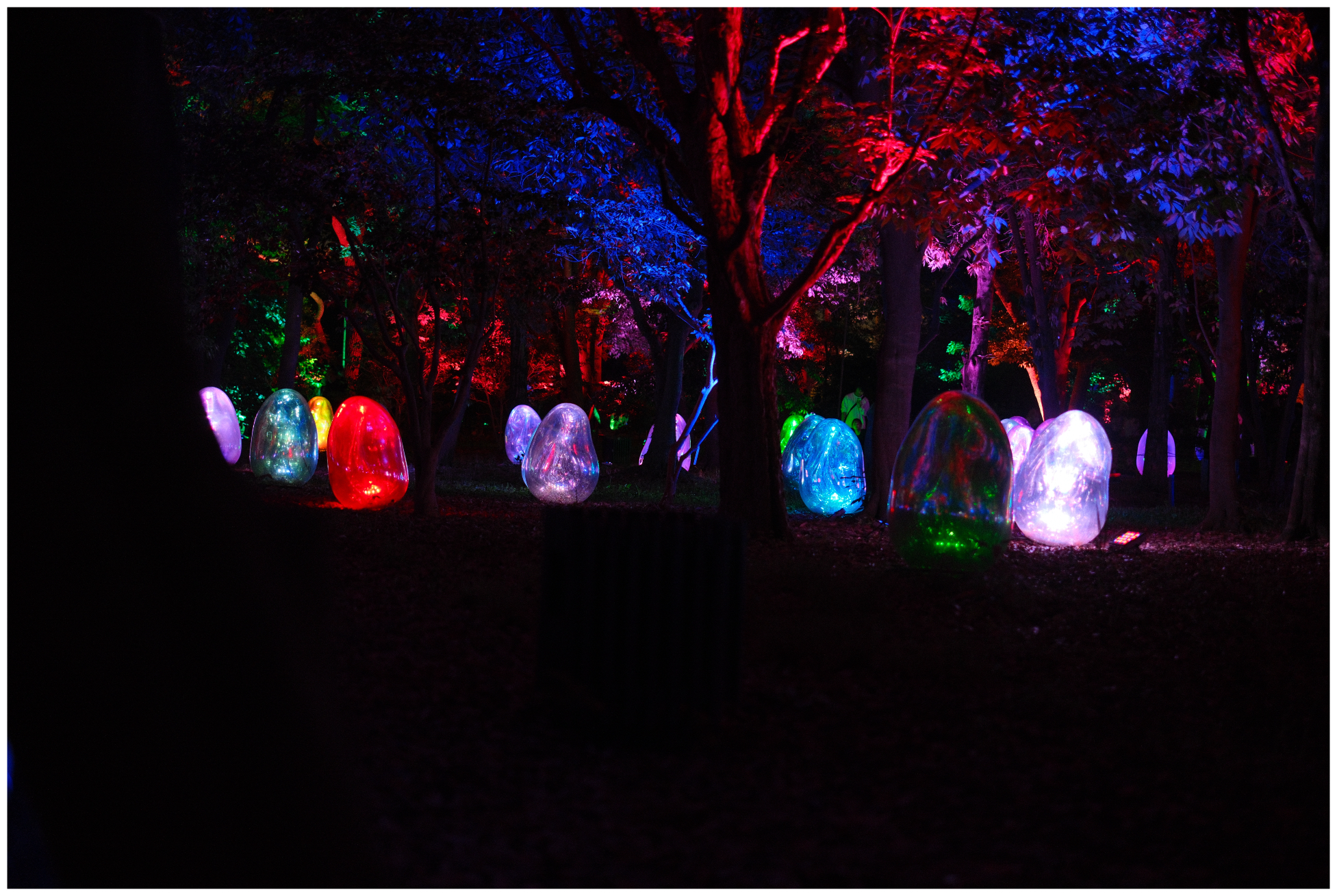

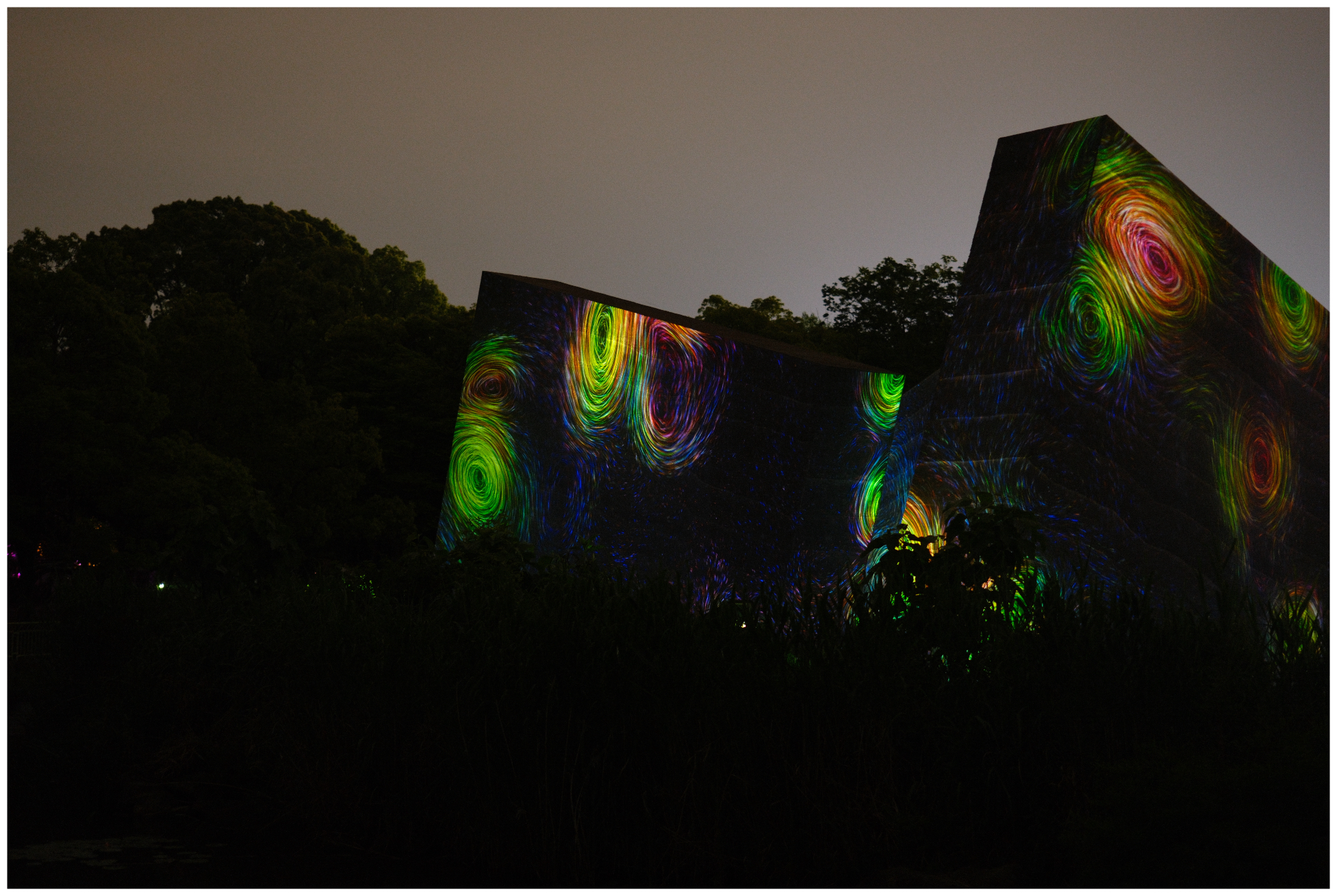
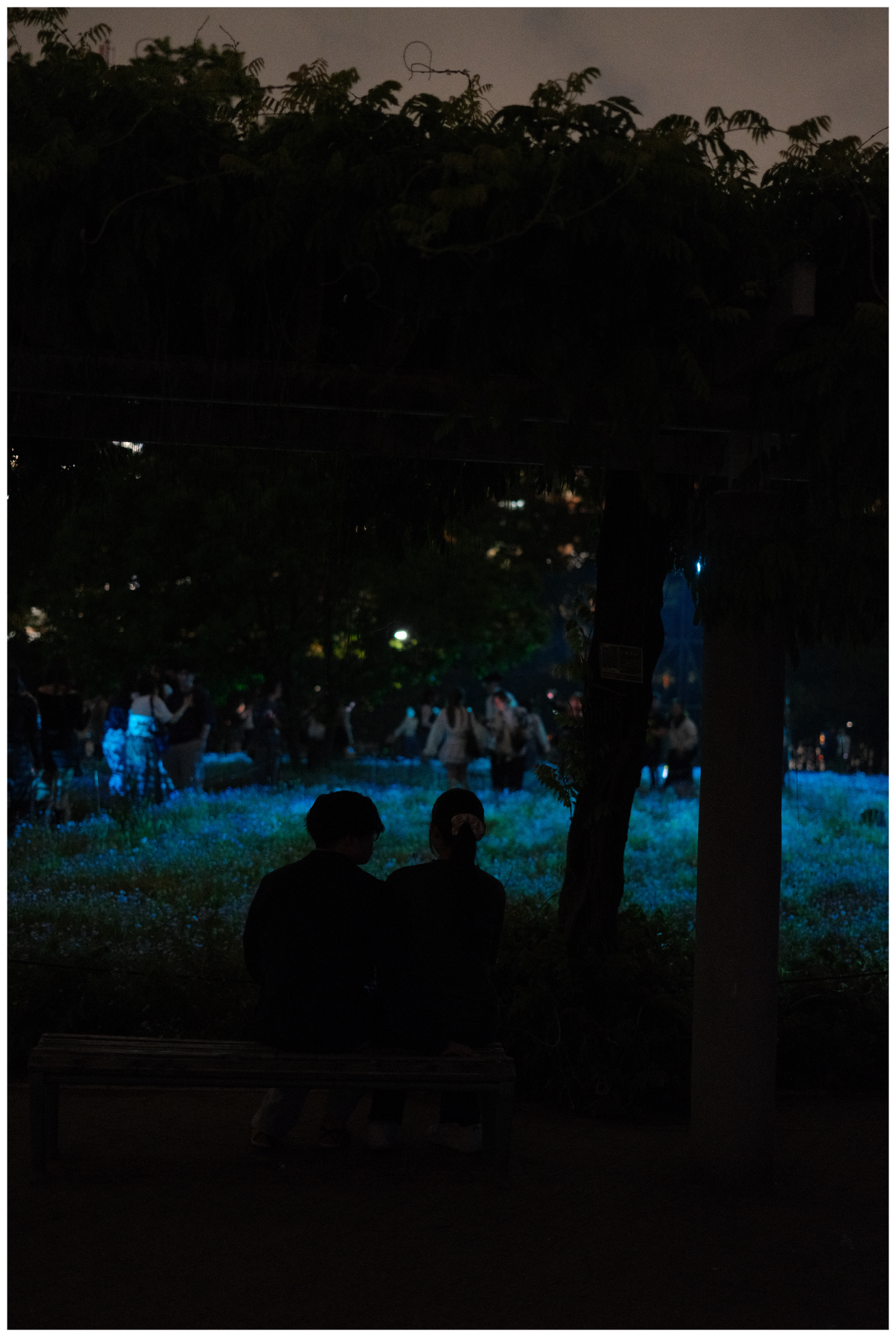


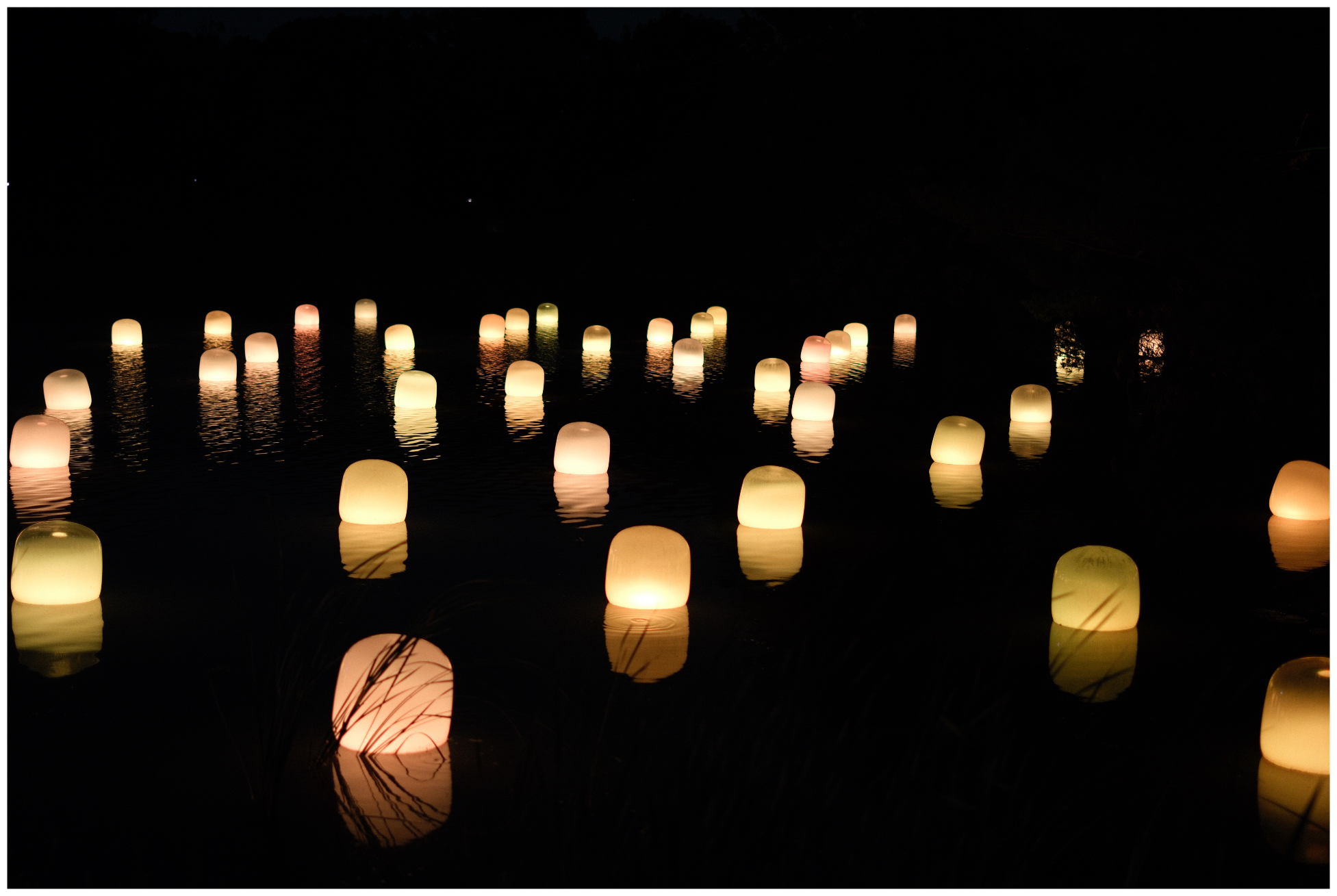
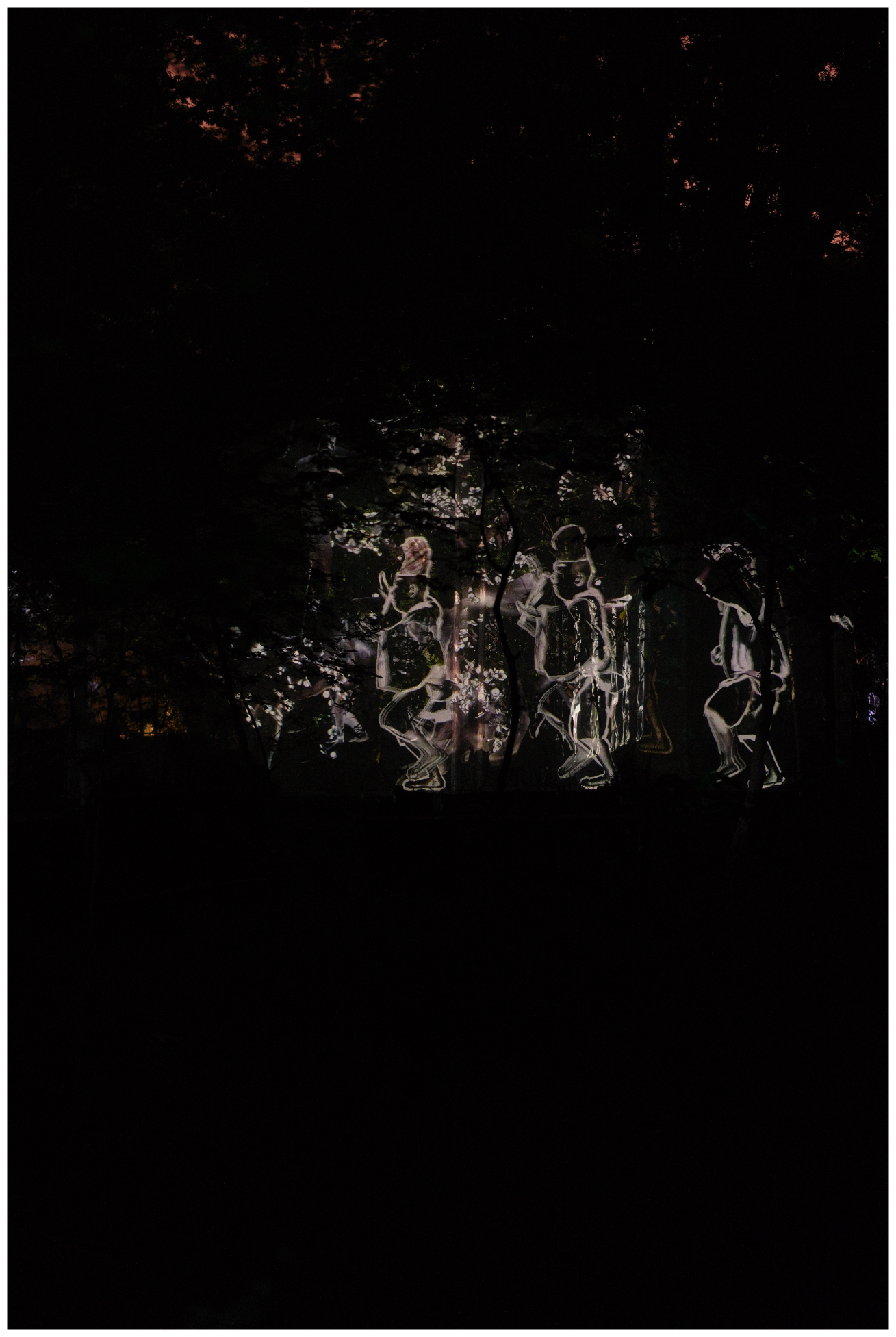
Night time photography was one of the reasons I bought a new lens for this trip, the Fujifilm XF 33mm F/1.4 R LM WR - for its wide aperture. I wanted to recapture how dark it was in my photos, so whilst I could have brightened up the scenes with longer exposures, I'm quite happy at how representative these photos turned out.
What isn't captured in photos is the audio experience either, which does add to the immersion. This was an enjoyable experience and pretty good value for money (~£11 per person).
After this, it was pretty late and we had to set off early the next day for the next part of our trip, so we... went to McDonalds... and then back to the hotel room to pack.
Day 12
Shirakawa via Nagoya and perhaps the best meal of our trip
Our plan for the next two days was to take a break outside of the major cities and retreat to the countryside. Shirakawa is quite conveniently located in Gifu prefecture near a few destinations we were interested in and is the location for a major attraction in itself, Shirakawa-go village.
We took the Shinkansen to Nagoya from Osaka and picked up a car, a Toyota Roomy, not a Kei car. The logic here was that we'd be driving much longer distances and the small engines in the Kei cars may get a bit irritating if they're cruising at higher speeds for long periods of time.
This time we rented from 'Orix', a rental business with an office near Nagoya station. It was actually quite awkward to find our way out the right exit to get close, and dragging our luggage the 10-15 minute walk was quite annoying.
The car itself was a bit of a disappointment. It was clean, functional, roomy, comfortable, etc - but it felt even more dated tech wise (no carplay, again), than the Nissan DayZ we rented and it was an older model, and the USB ports didn't provide adequate power to my phone. I had to keep it plugged into a power bank whilst using it for navigation. But it otherwise did the job.

Driving to Shirakawa from Nagoya takes roughly 2 hours if you take the express ways, which are toll roads. Otherwise, without the express ways it's over 3 hours.
I think the express ways and toll roads are probably the most complex thing I encountered in Japan, it wasn't bad - but it did cause more confusion than most other things. They technically work like most toll roads around the world, but it's easier to mess up if you don't speak the language and aren't familiar with the roads.
The express way out of Nagoya is an elevated motorway over the city with limited ways to get on. I missed the turning to get on the main entrance, and then Google Maps directed me up a slip road which I noticed was listed as 'ETC only' just as I entered.
ETC is Japan's electronic toll collection device, so you can just drive through the ETC lanes and be automatically charged, rather than paying manually at each exit. We weren't offered the option to rent an ETC card when we rented either car, but I reckon if you have the option - I'd recommend it as a tourist - it will be so much easier and less stressful.
Anyway, I came on an ETC only slip road, meaning I couldn't collect a ticket to indicate where I entered the toll road. Shortly after, we came across a tollgate. The attendant couldn't speak english, I can't speak Japanese, so we just spoke at each other for a short while until she just pointed at some sign with a yen value and I paid.
Through Google Translate, we figured out she was asking if I got on at a certain slip road, but I didn't know - I didn't know the name of it. We gave her 1000 yen, perhaps overpaid for the short journey, but that's my mistake and I don't mind.
Our other experience with tolls during our time in Japan is that they often don't take card, or if they do, it wasn't visible to us when we come across a manned toll booth. For unmanned booths, as soon as you pull up it begins reciting a very long automated voice script which is quite overwhelming if you can't understand what it is saying.
They number the inputs on the machines, so you can figure it out - but once or twice I didn't figure it out on time - after a minute or so it begins calling a real person and they then shouted out how much I needed to put in and where.
All in all, it probably isn't that complex - but it is a bit overwhelming and the most stress inducing part of driving in Japan for me. Everything else is easy. So again, try and get an ETC card.
The express way goes through the mountains, through countless tunnels - and I have to say, it got quite fatiguing to drive through. Had to stop to give my eyes a rest. Either way, given the route they take - they do shave a lot of time off many journeys.
We did spend quite a bit of money the toll roads, but I don't mind - they're well serviced, and we did hundreds of kilometres on them. Anyway, after a few hours (we stopped at a service stop with a great view), we finally arrived in Shirakawa a bit earlier than our check in at our Airbnb. We went for a walk in the very hot and humid weather.
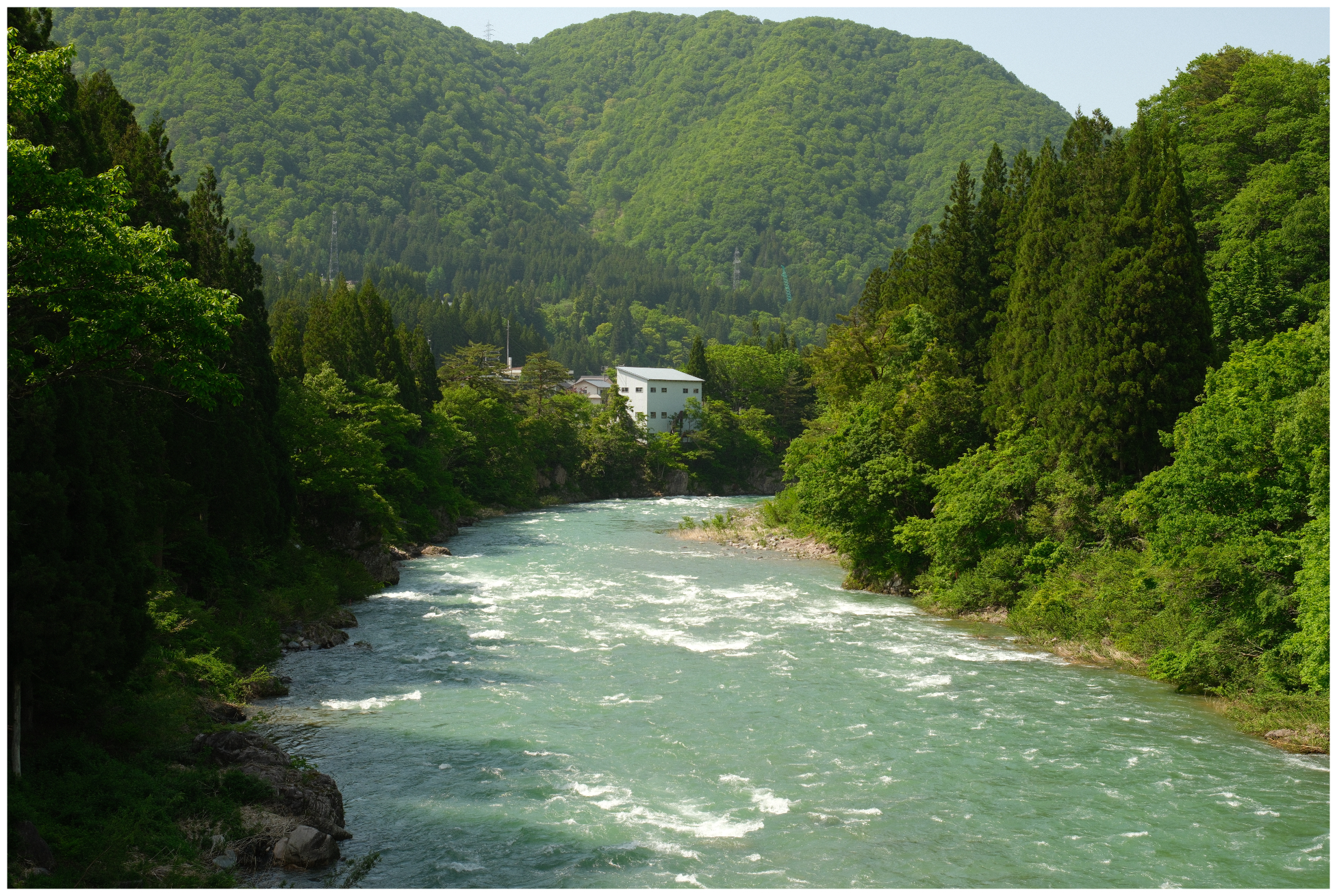
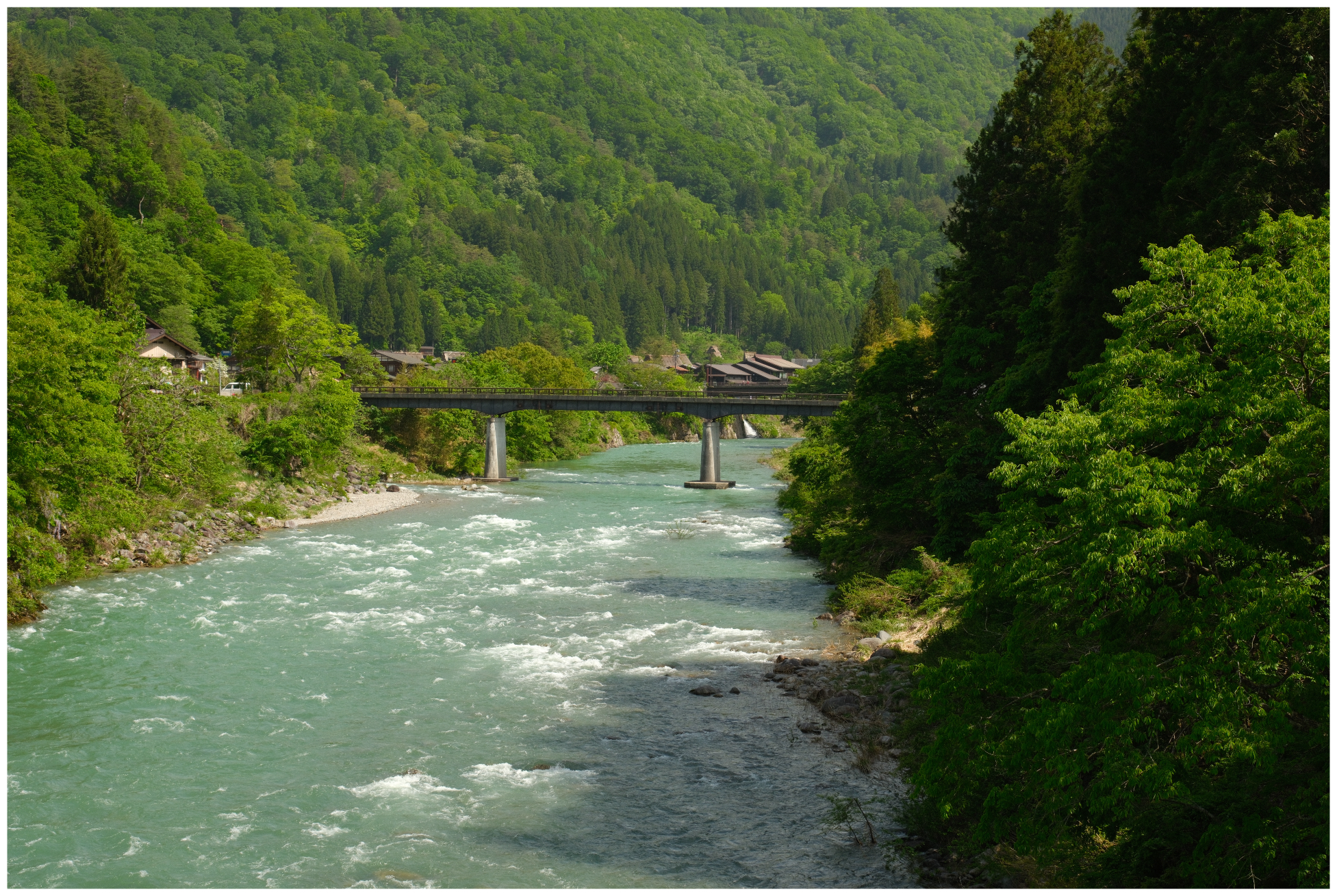
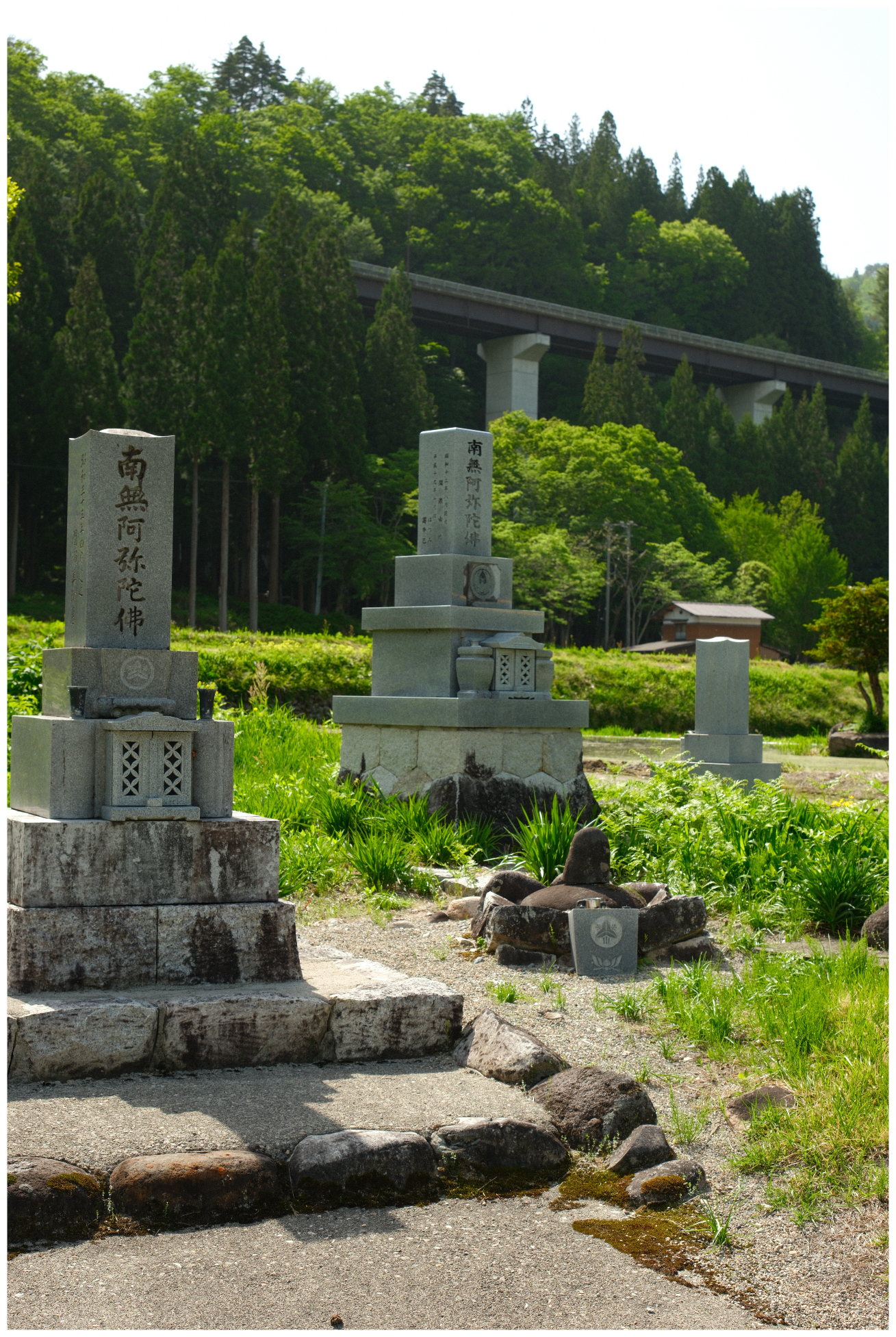
We were staying approximately 10-15 minute walk away from Shirakawa-go, the historic village that is the main attraction of the area. The vast majority of visitors to this place are day trippers, so it's generally very quiet outside of peak times.
Shirakawa-go has a somewhat unique climate, with it receiving some of the highest snowfall in Japan, this is why the traditional buildings are designed as they are, to withstand the heavy snowfall. It gets quite humid here and we could really feel it, so we quickly retreated back and checked in - saving the exploration of the village for later.
Directly outside of our window was this old, seemingly reasonably preserved traditional house.
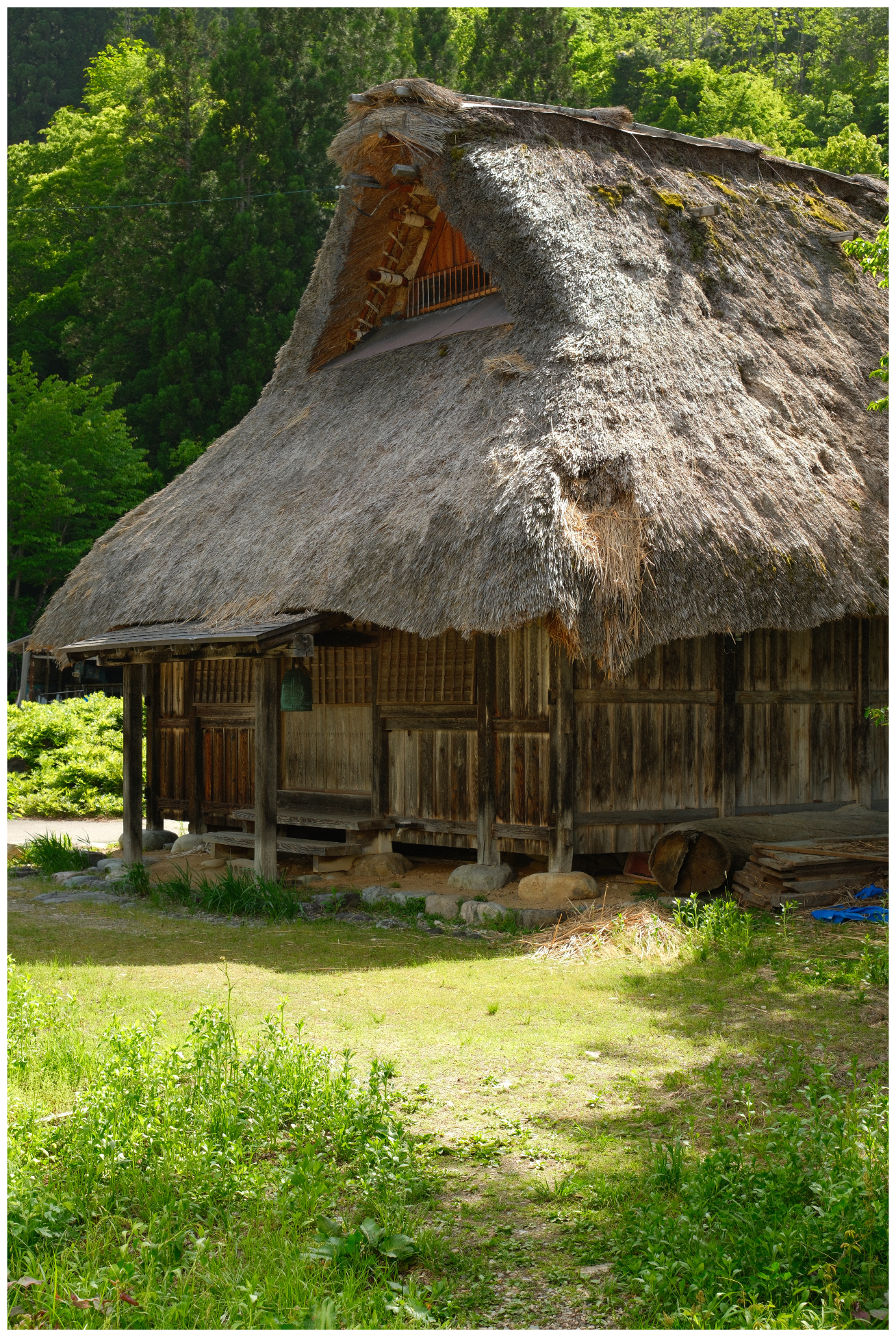
After having had a rest from the drive.. and heat.. we start thinking about dinner. As the vast majority of tourism here is through day trips, most people aren't having evening meals here - so the selection seemed somewhat limited.
We expected to have to drive to somewhere else, like nearby Kanazawa for a greater selection. But I'm glad we didn't, Sonia spotted a beef restaurant just a 3 minute walk away from our accommodation.
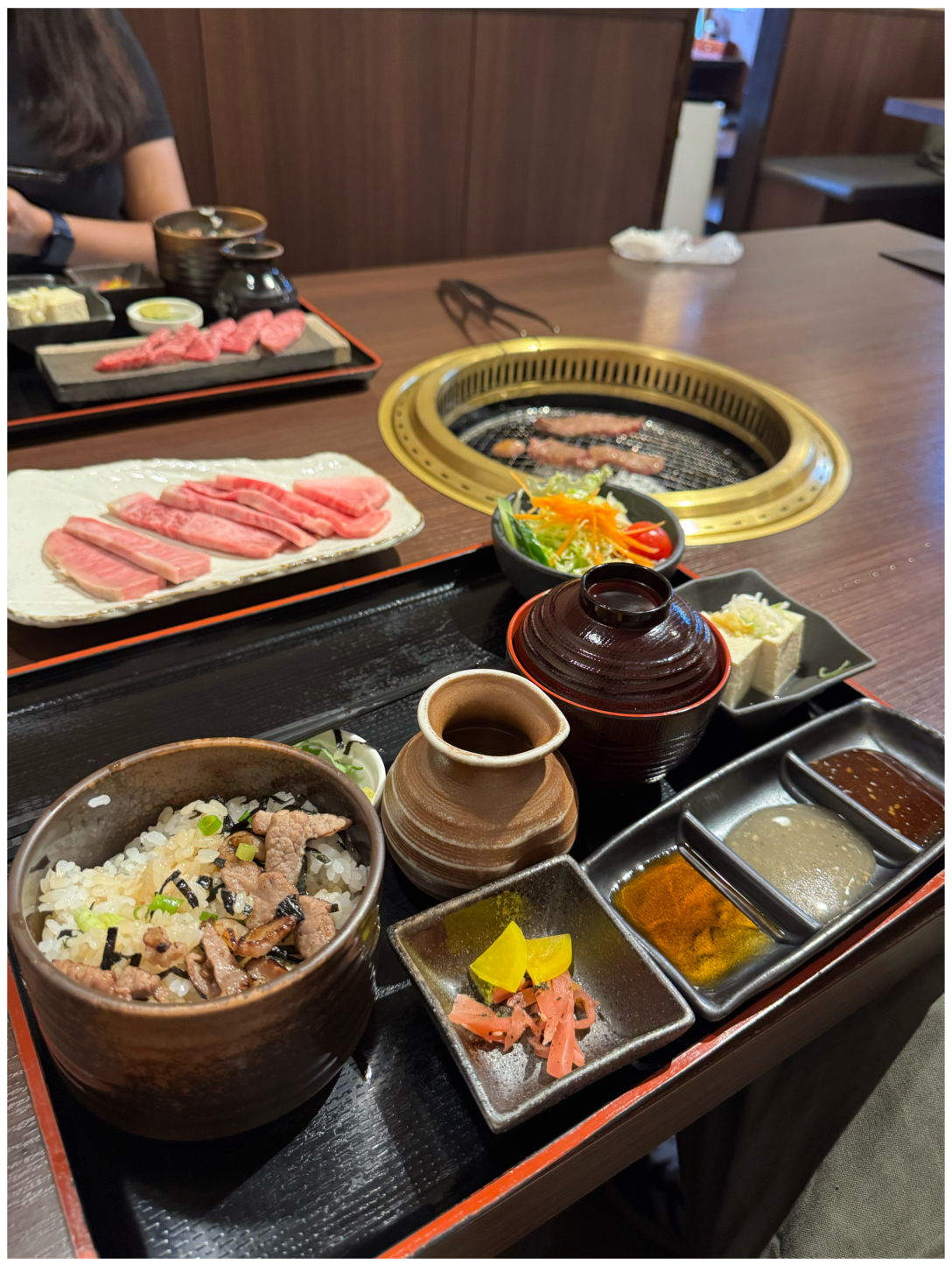
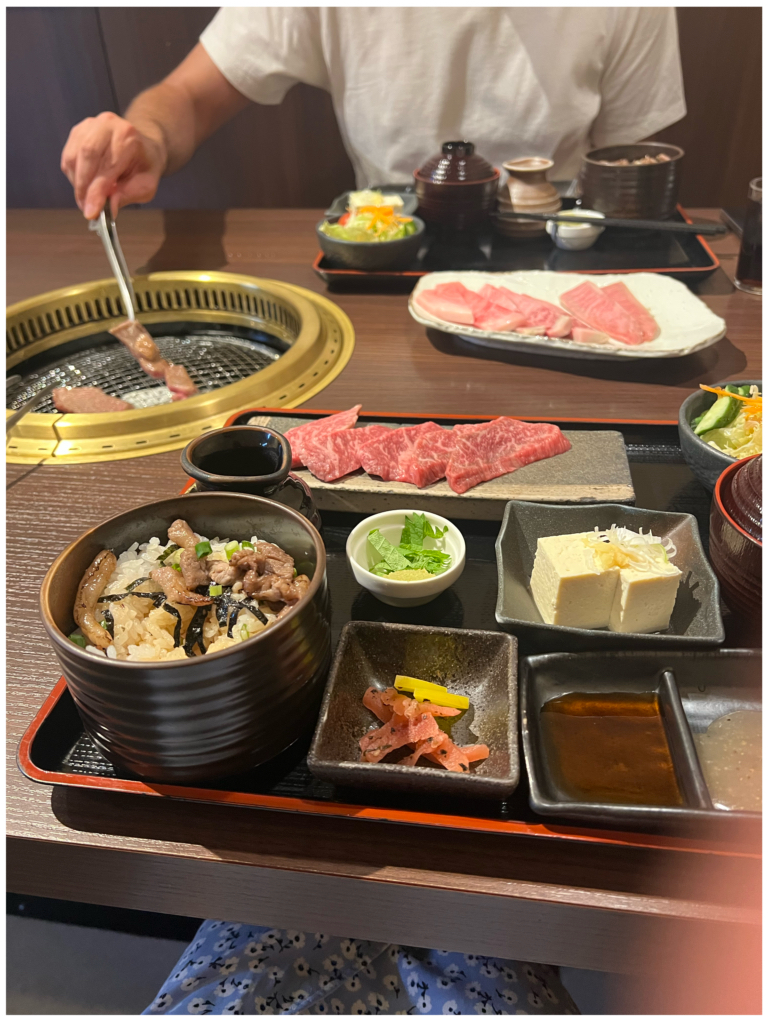
They're focused around Hida beef, the speciality beef of Gifu prefecture. We hadn't had this before, we both got a set meal each - Sirloin and Thigh. The sirloin is the more premium cut, but we wanted to try both. We shared the beef.
It was unquestionably the best beef we had on the trip and very likely the best beef I've ever had. The rest of the meal was great too, but obviously the beef is the star of the show. The sirloin was definitely the better cut and worth the extra money, if we went again, we'd get two lots of the sirloin.
This was the best meal of the trip and in such an unassuming restaurant, it's called Tenkara and you can find it here. It was reasonably priced and had good service.
Japan has a reputation for its strong social rules, and as such many tourists arrive with heightened self awareness around their behaviour. I mean, this is a good idea wherever you go in the world. I think we mostly did a good job, but I'll share one transgression of mine.
I have a small wallet, mostly just designed for cards. In the UK, I don't use cash at all, haven't for many, many years. Japan still uses cash a lot. I folded the cash notes neatly into my wallet, but due to its size, it requires a couple of folds.
I learned during the trip there is a general aversion to folded or scrunched notes. I don't think my case was particularly bad, but they were undoubtedly folded, the neatness wasn't relevant. When handing them over, some cashiers would spend a bit of time trying to straighten them out, to my mild embarrassment.
In this restaurant, when I was paying, they were a bit shocked by my folded notes and said something about them. They weren't rude and the service was still excellent, but next time I go to Japan - I'll be taking something that I can keep the notes uncreased.
After this, we went for a night time walk into the village. Turns out it basically shuts down entirely for the evening, it's very dark, few street lamps - just the glow from the few Izakayas and Ryokans, so we didn't hang around.
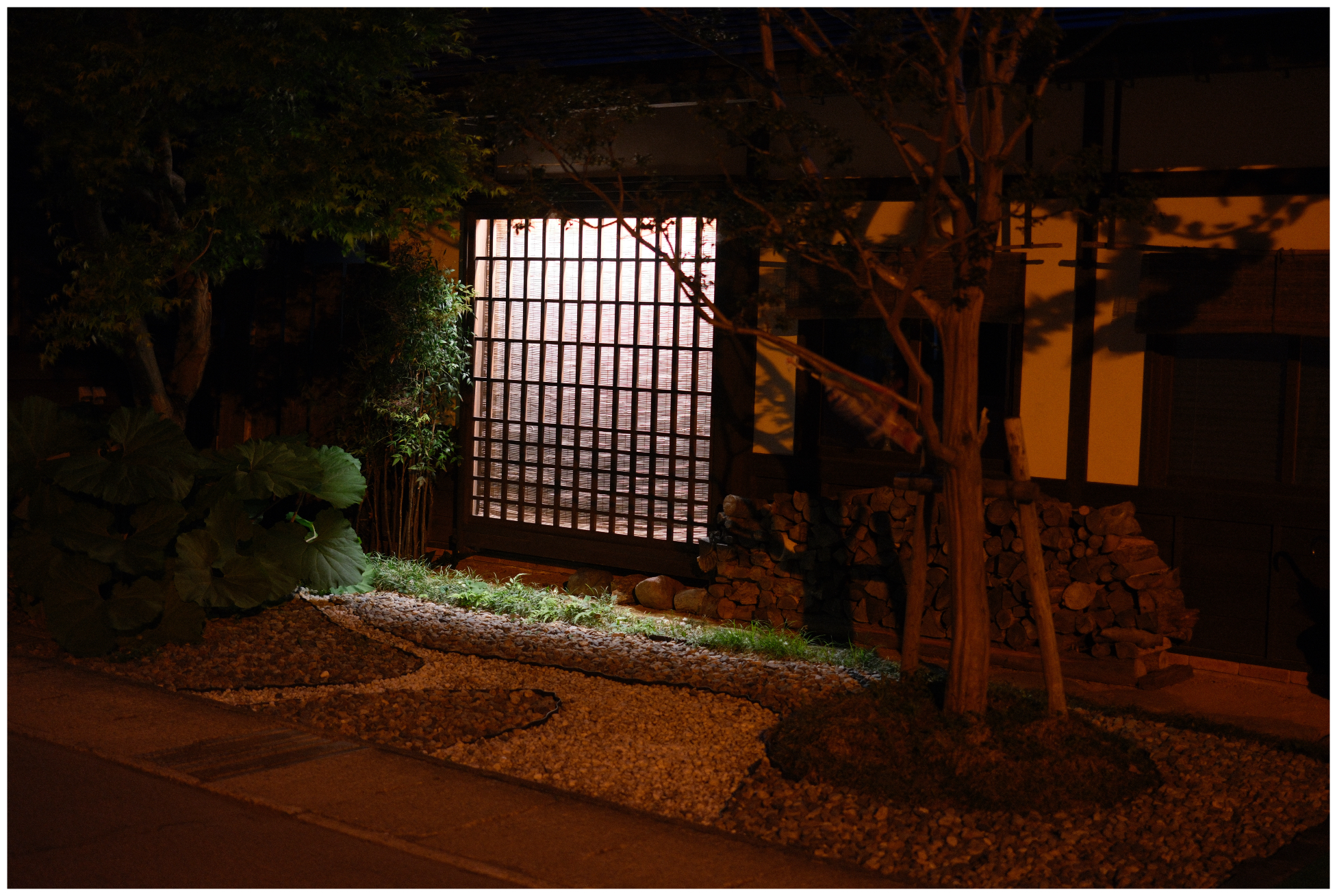

Day 13
A "breakfast" in Shirakawa-go and a day in Kanazawa
Despite staying near the primary tourist attraction of the area, we planned on saving it until our last day to explore the village properly. However, I had the idea of making breakfast up from the well known pudding shop in the village... after we had walked to a cafe that was closed. Google maps is good at getting you places in Japan, but businesses don't always update their own entries in regards to opening times.
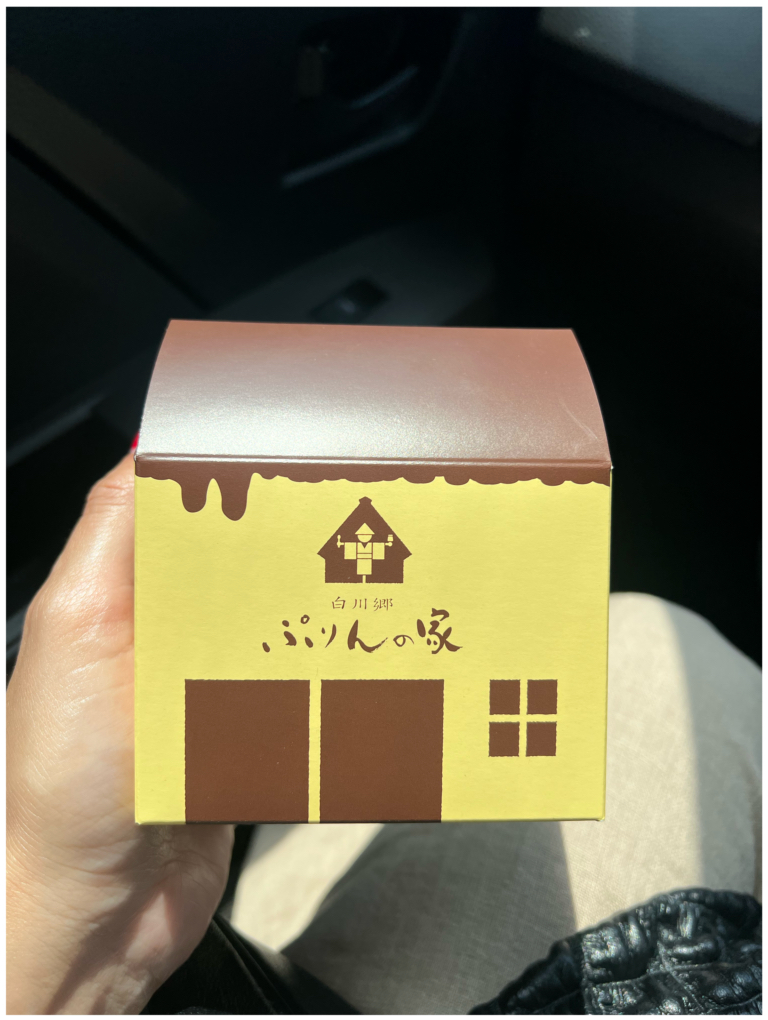
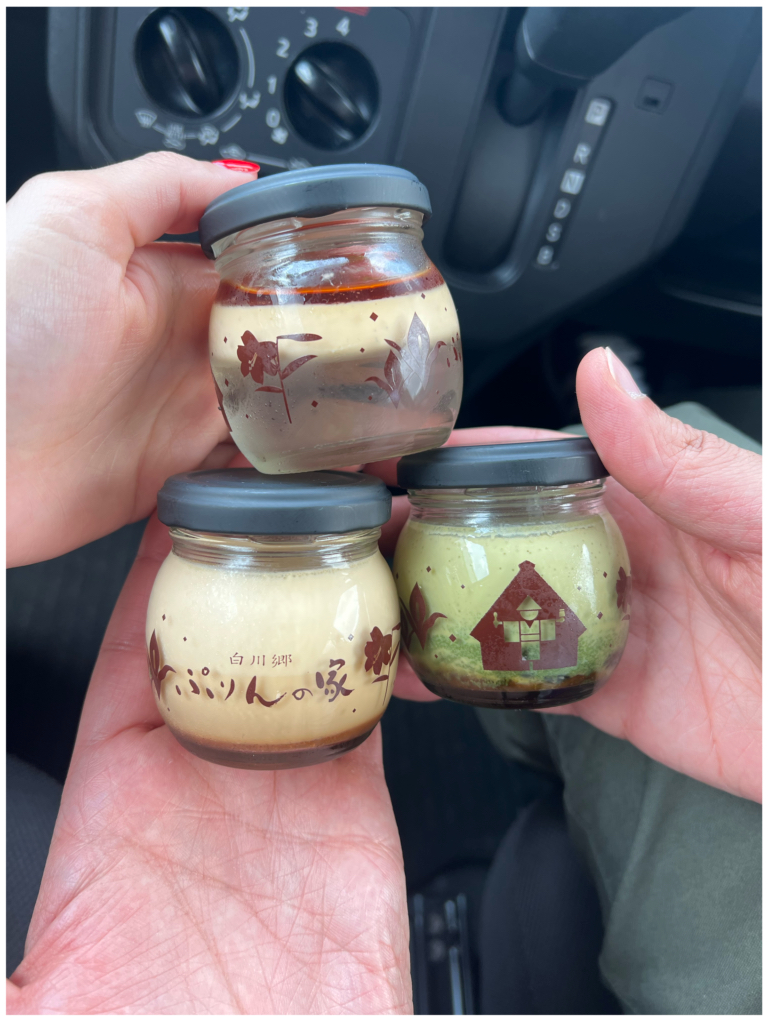
The puddings were good! I'm glad we made that choice on this day, because it turns out had we left it until the next, we would have missed it as they're closed.
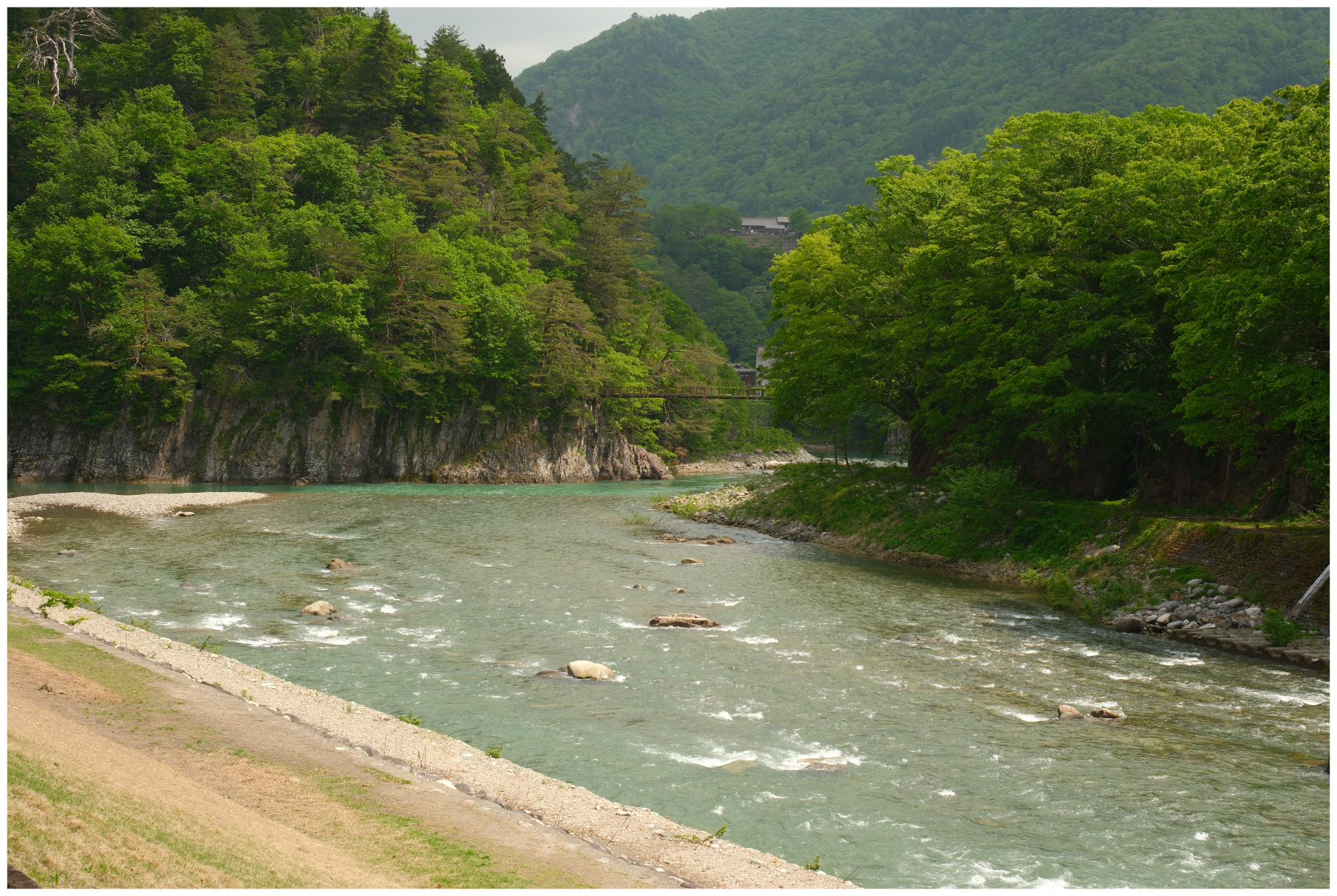
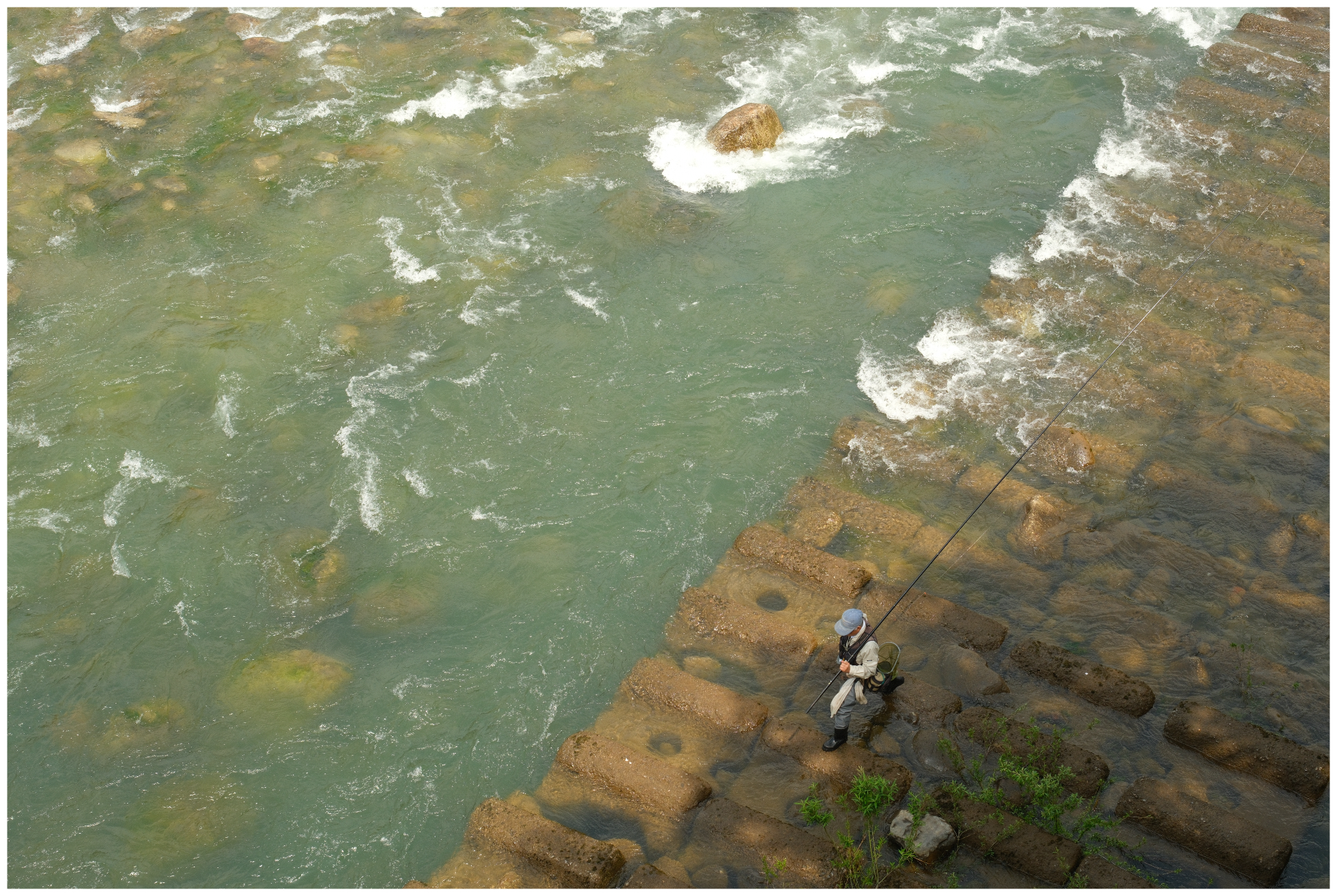
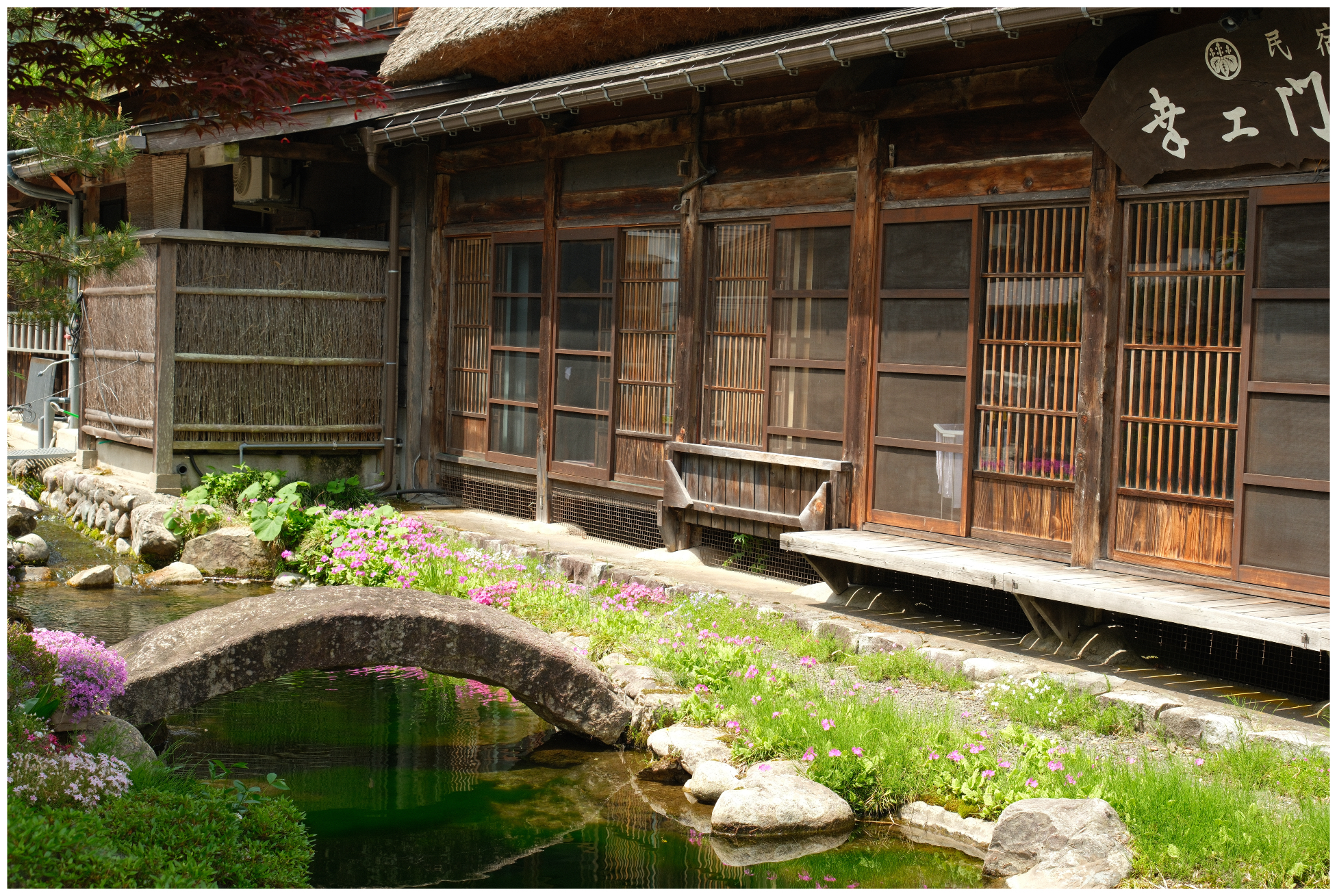
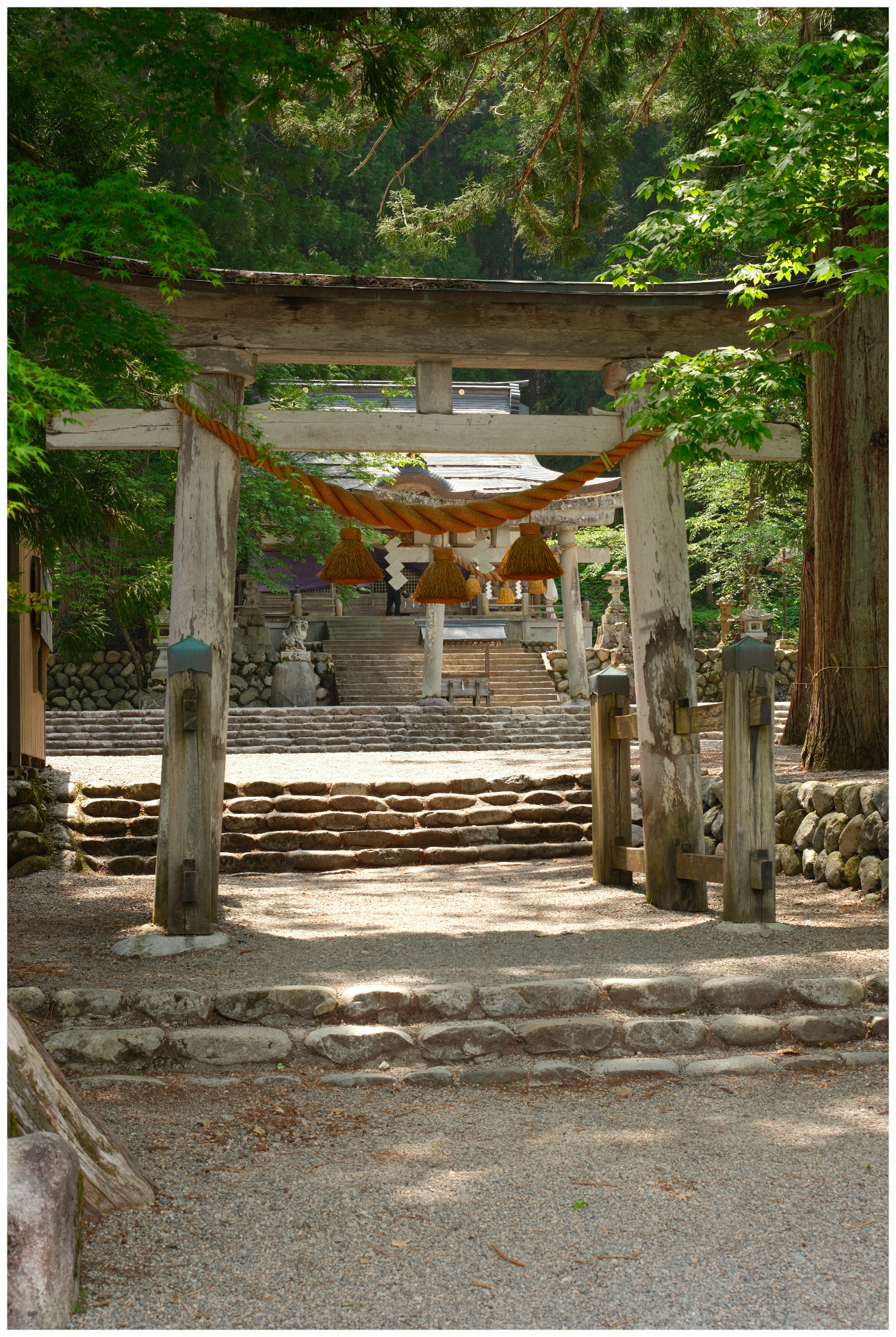

Other than that, on the way to the shop, we took a few snaps before moving on. Saving the rest until tomorrow..
The drive to Kanazawa didn't start off so well. I took a wrong turn on to the express way. Normally a wrong turn wouldn't be such a big deal, adding 5 minutes or so onto your journey. But having reached Shirakawa via this express way, I had a feeling I had made a pretty costly mistake.
It added ~45 minutes on to our journey. Due to the nature of the express way, it being suspended through the mountains, there were no turn offs for a very long time. To add insult to injury, we had to pay more in tolls for exiting and entering again.
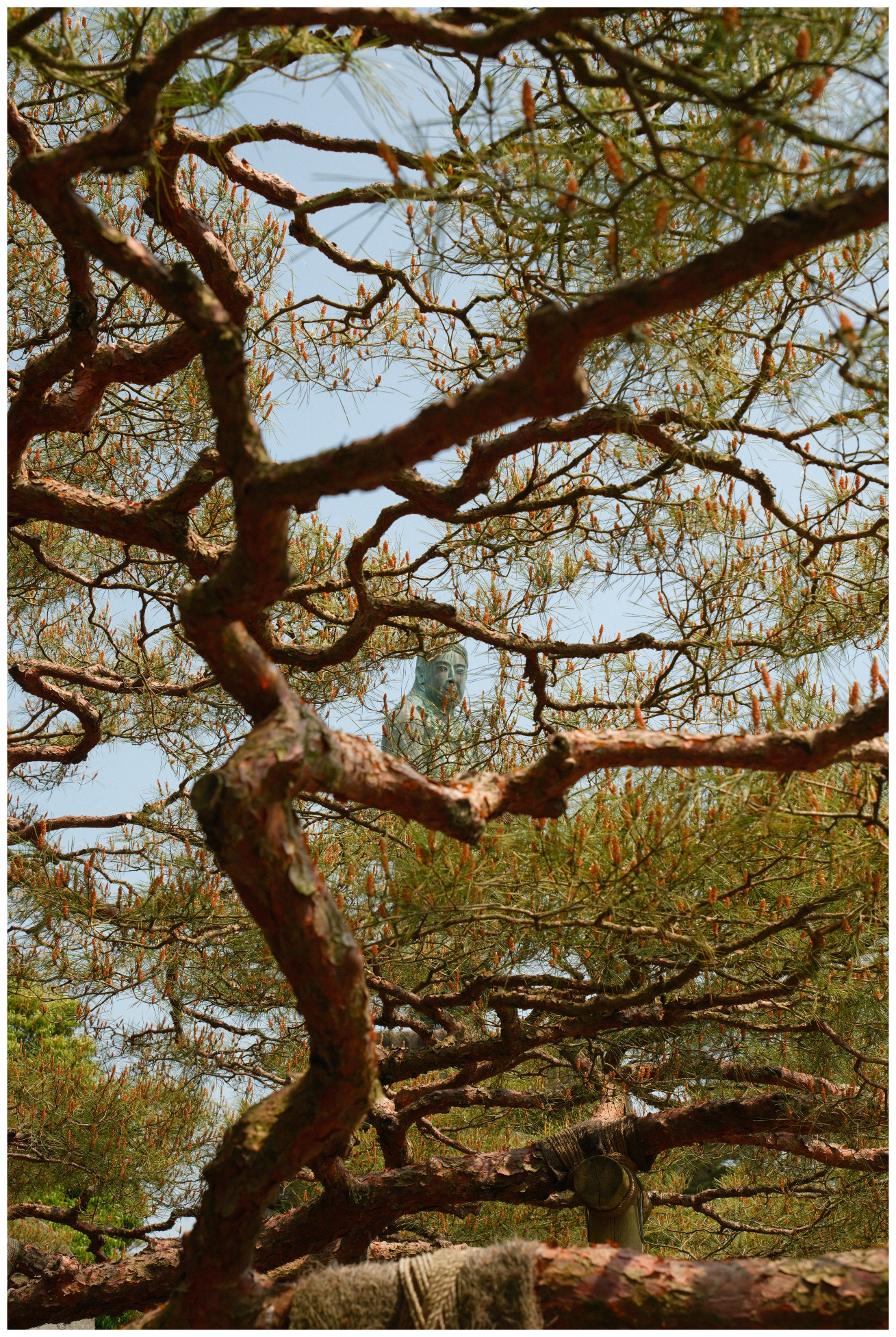
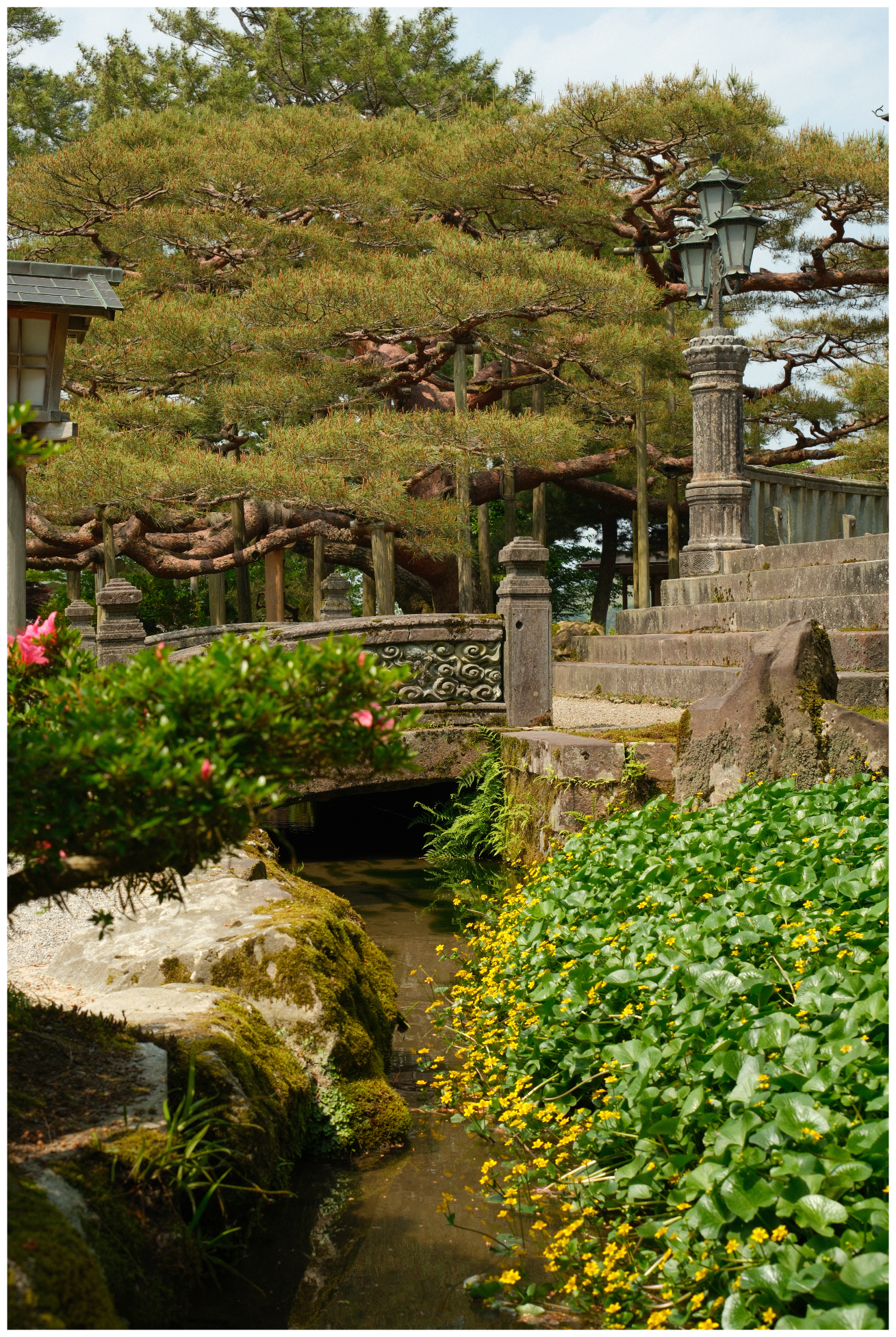
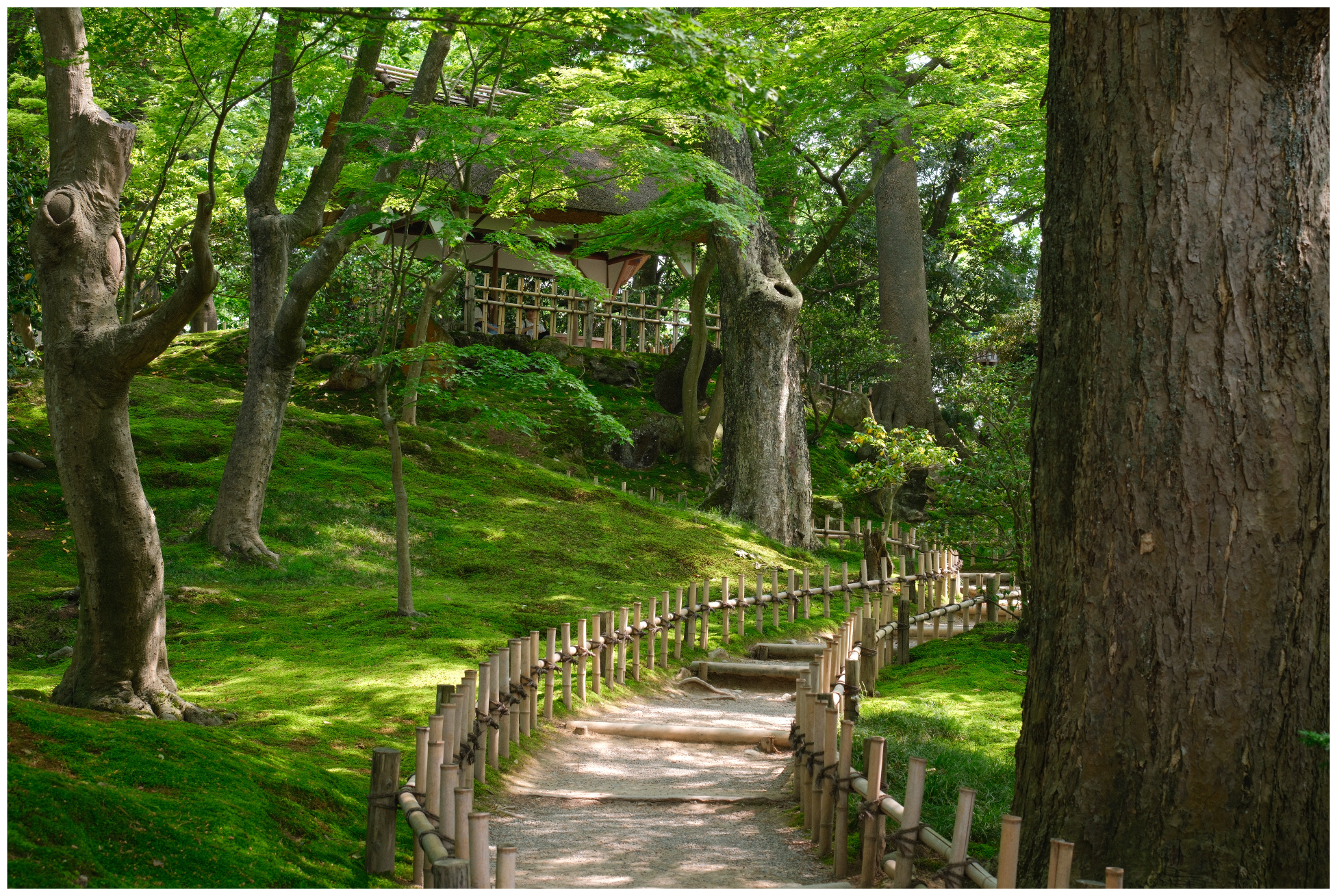
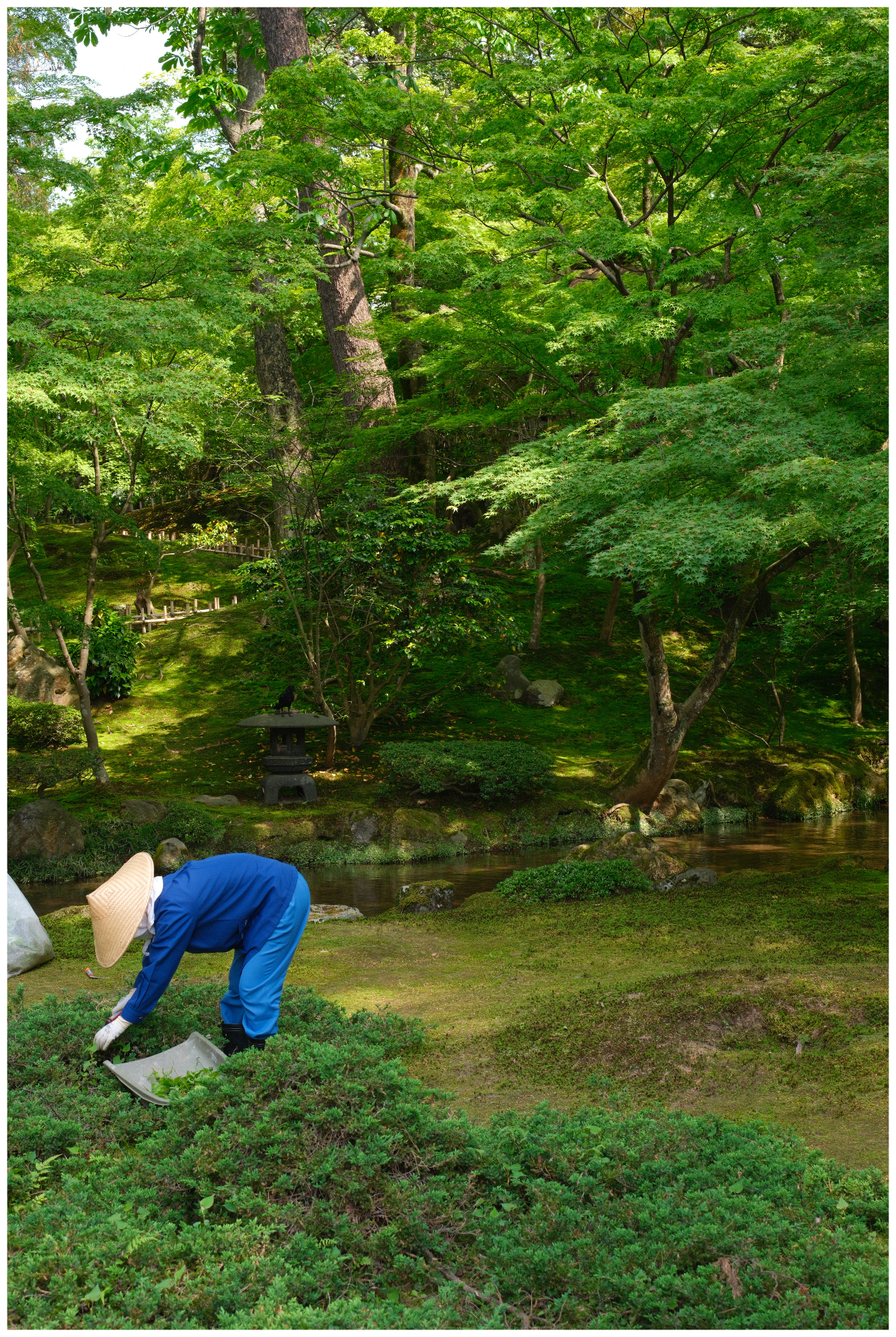
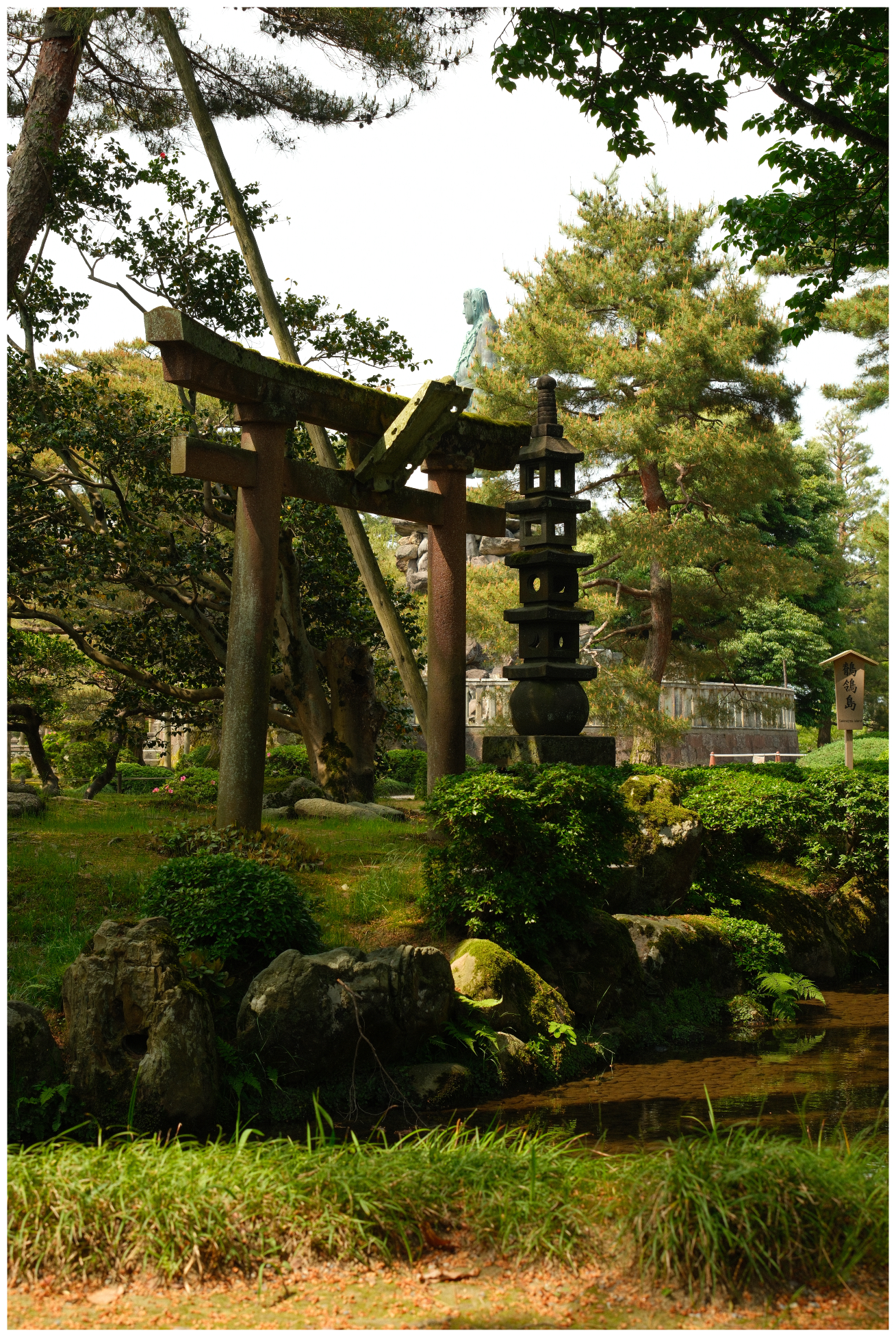
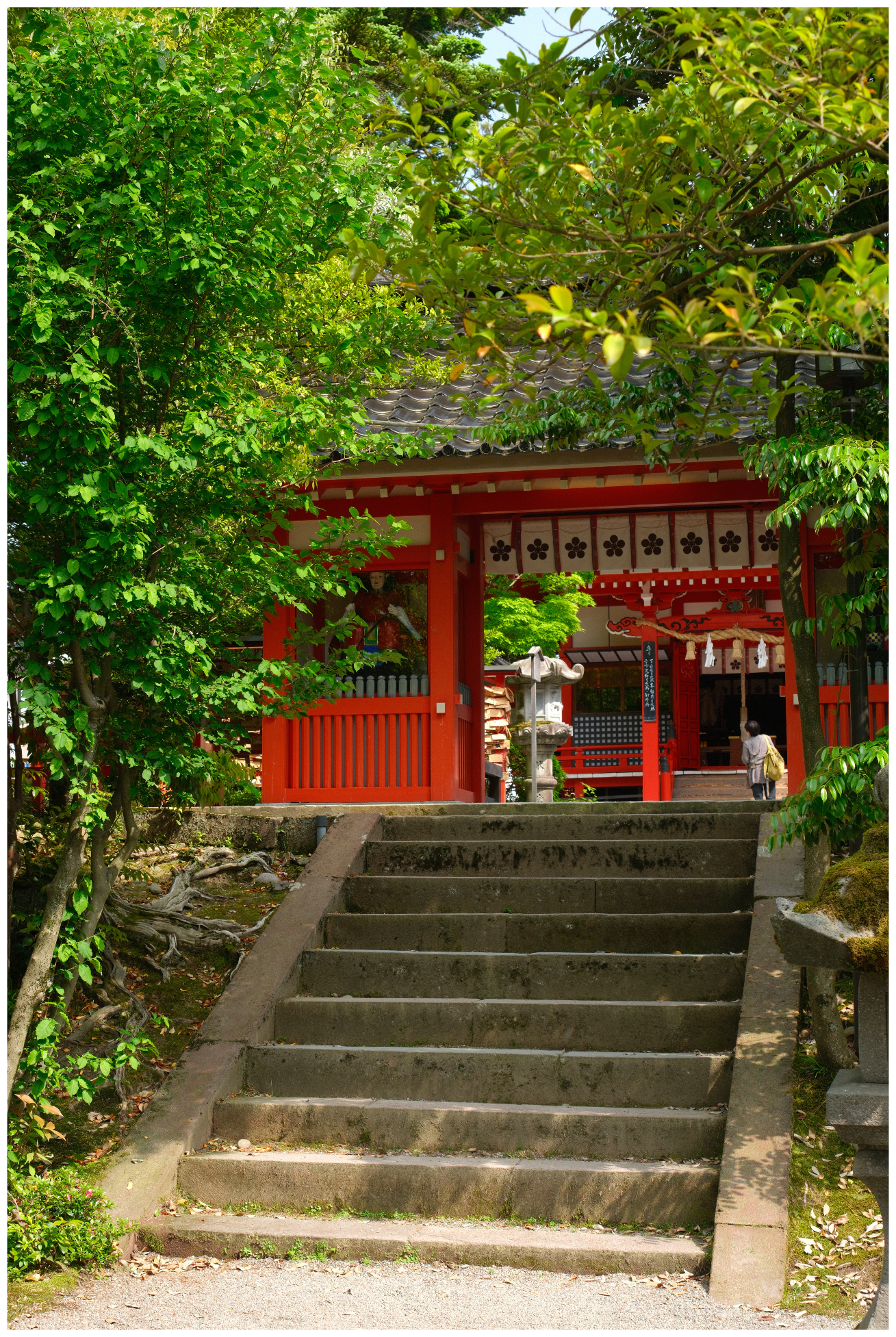
After getting there a bit later than planned, our first stop in Kanazawa was Kenroku-en, considered one of Japan's "three most beautiful gardens".
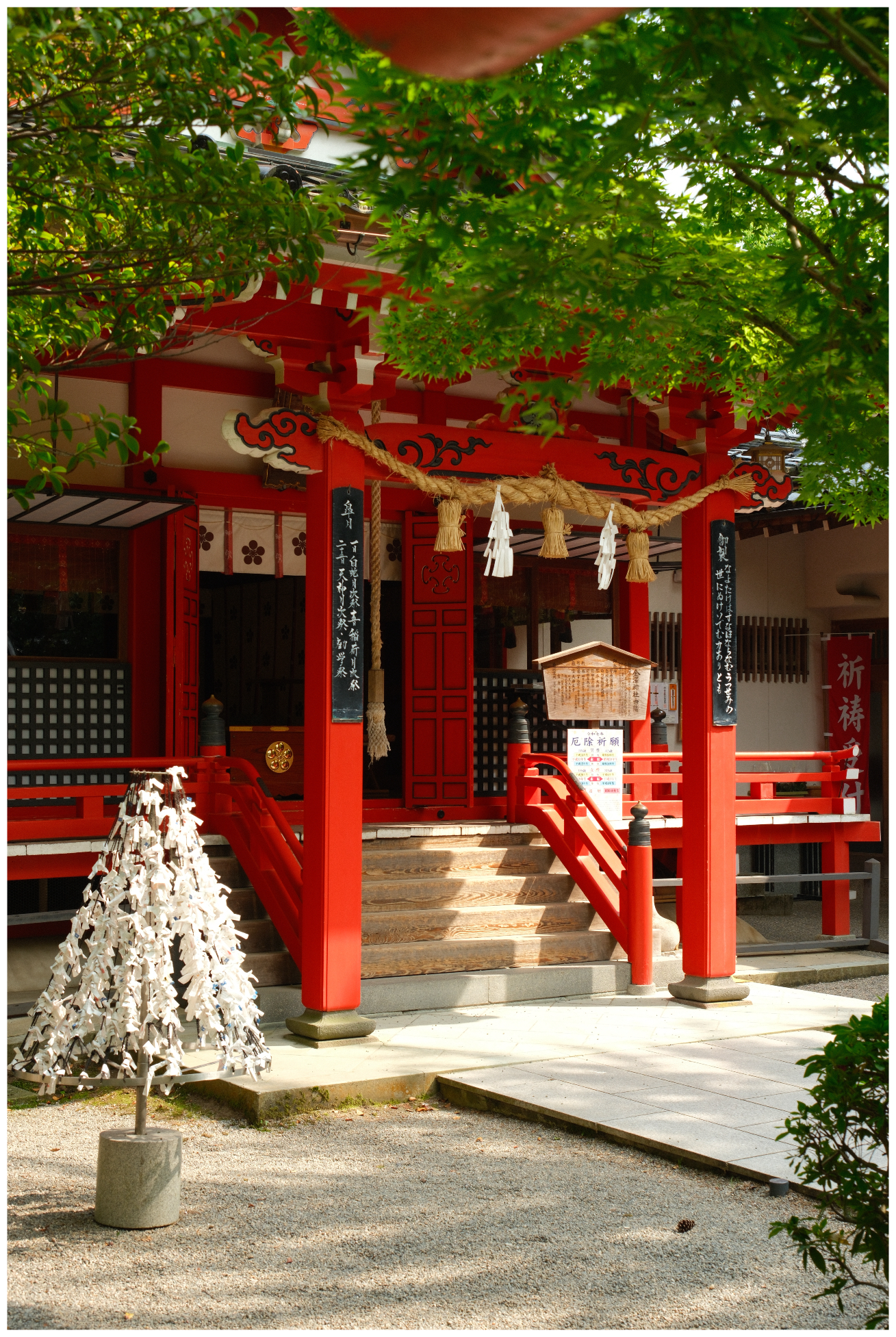
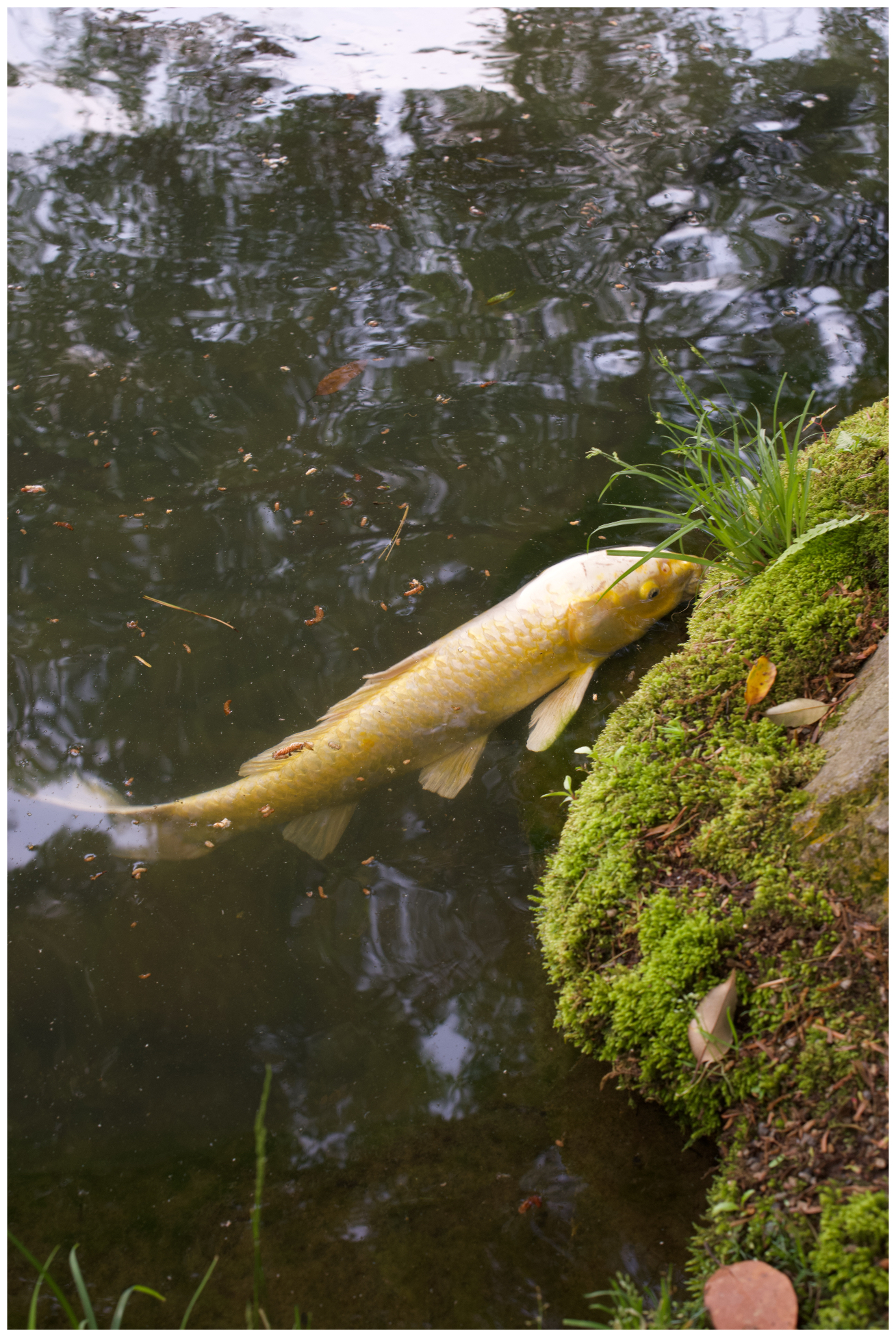

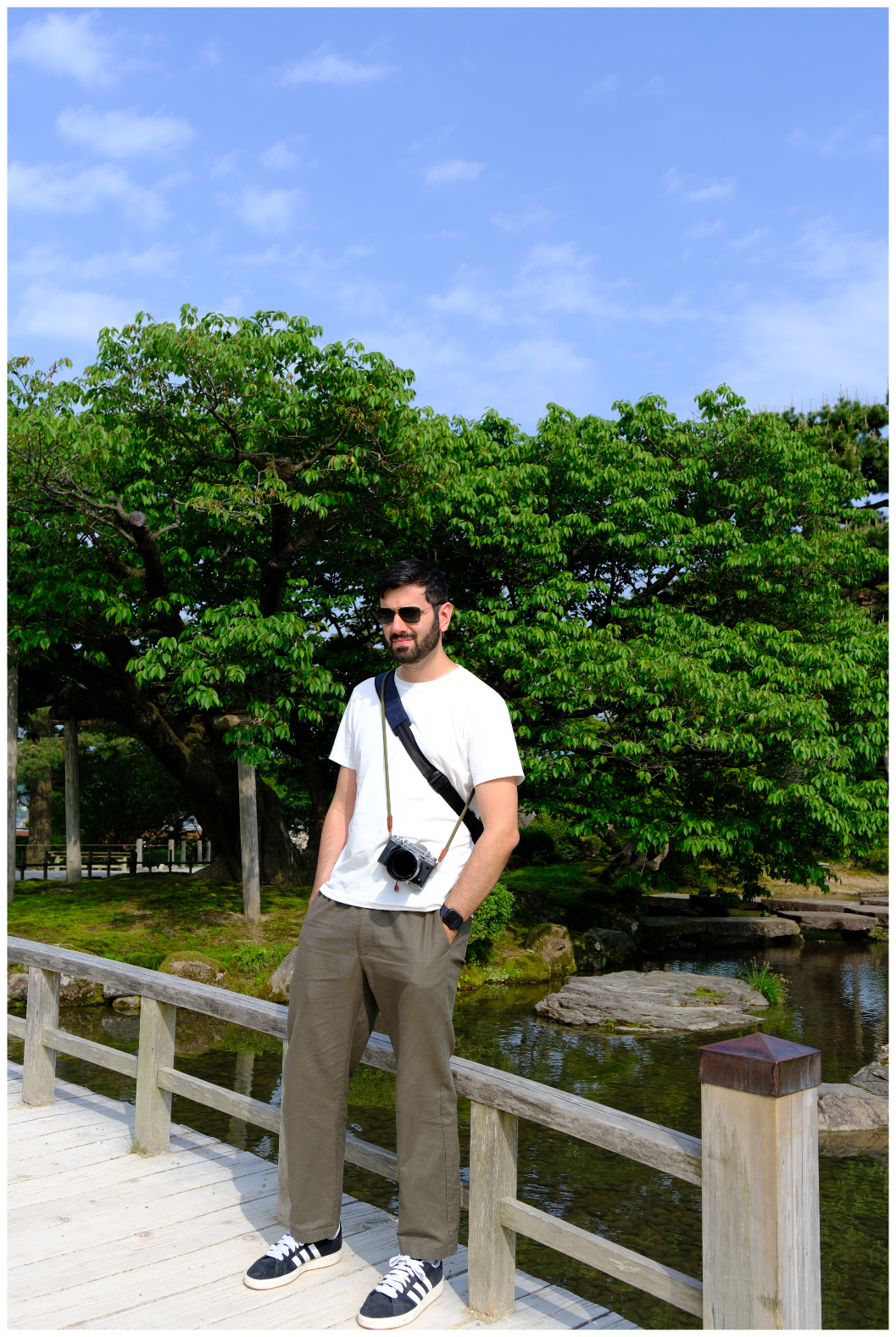
I've said it before, and I'll say it again, the Japanese know how to do a garden. They're so lovingly maintained and beautifully designed. Entrance fee is next to nothing and so worth it.
Higashi Chaya District is a geisha district in the centre of Kanazawa and is where we went to next. After a bit of trouble finding parking, we had a walk around, browsed some shops, a shrine, and got the obligatory ice cream.
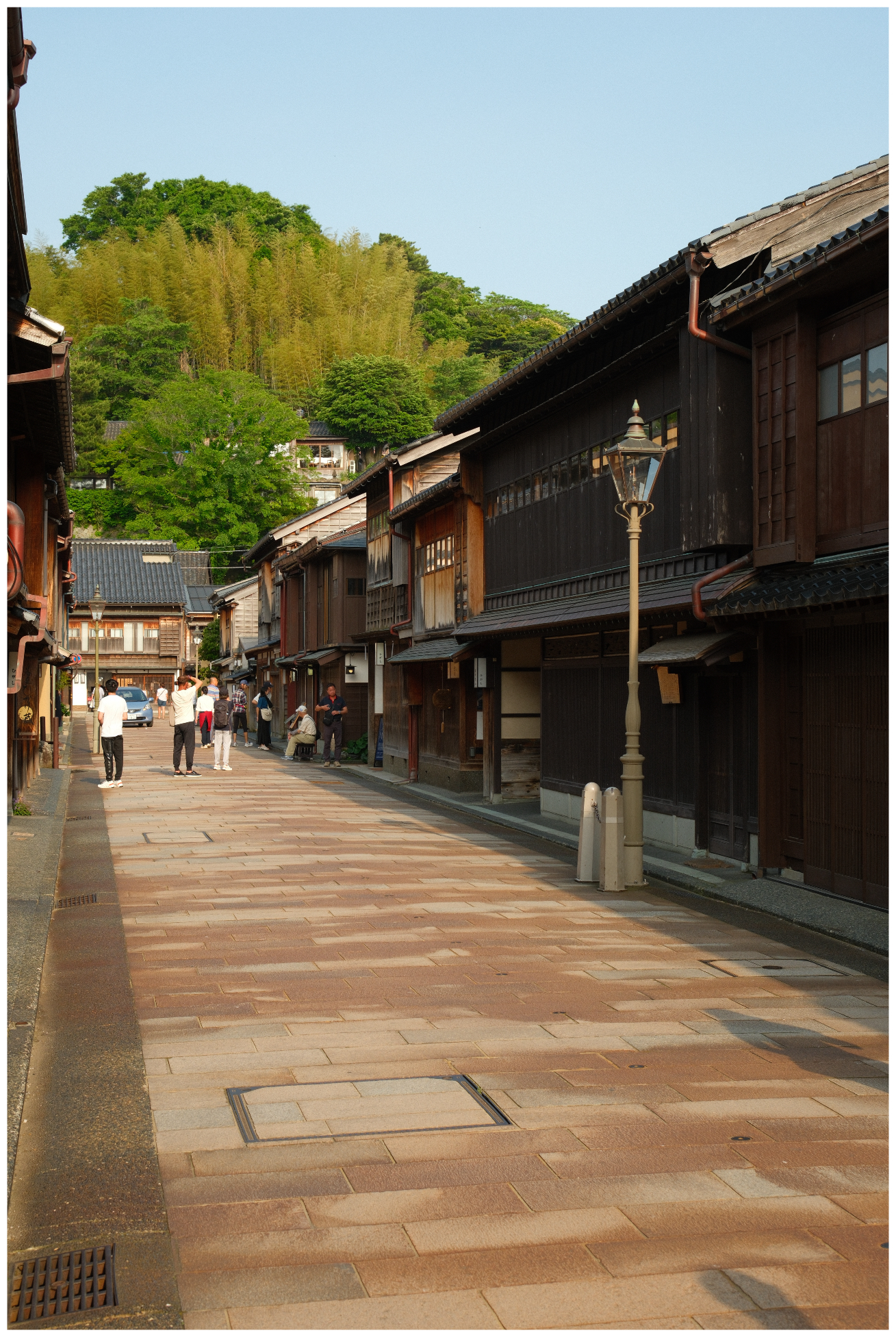

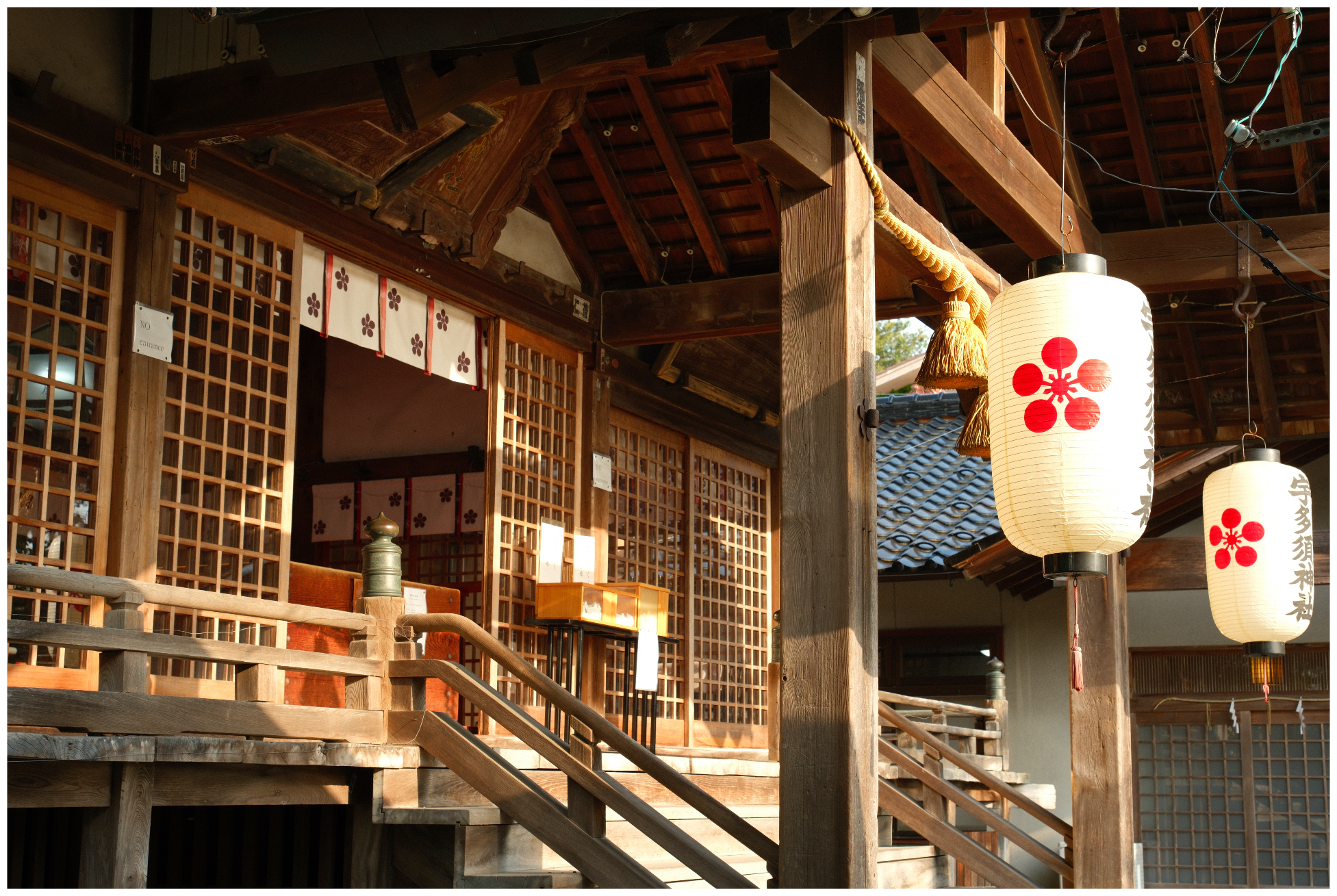
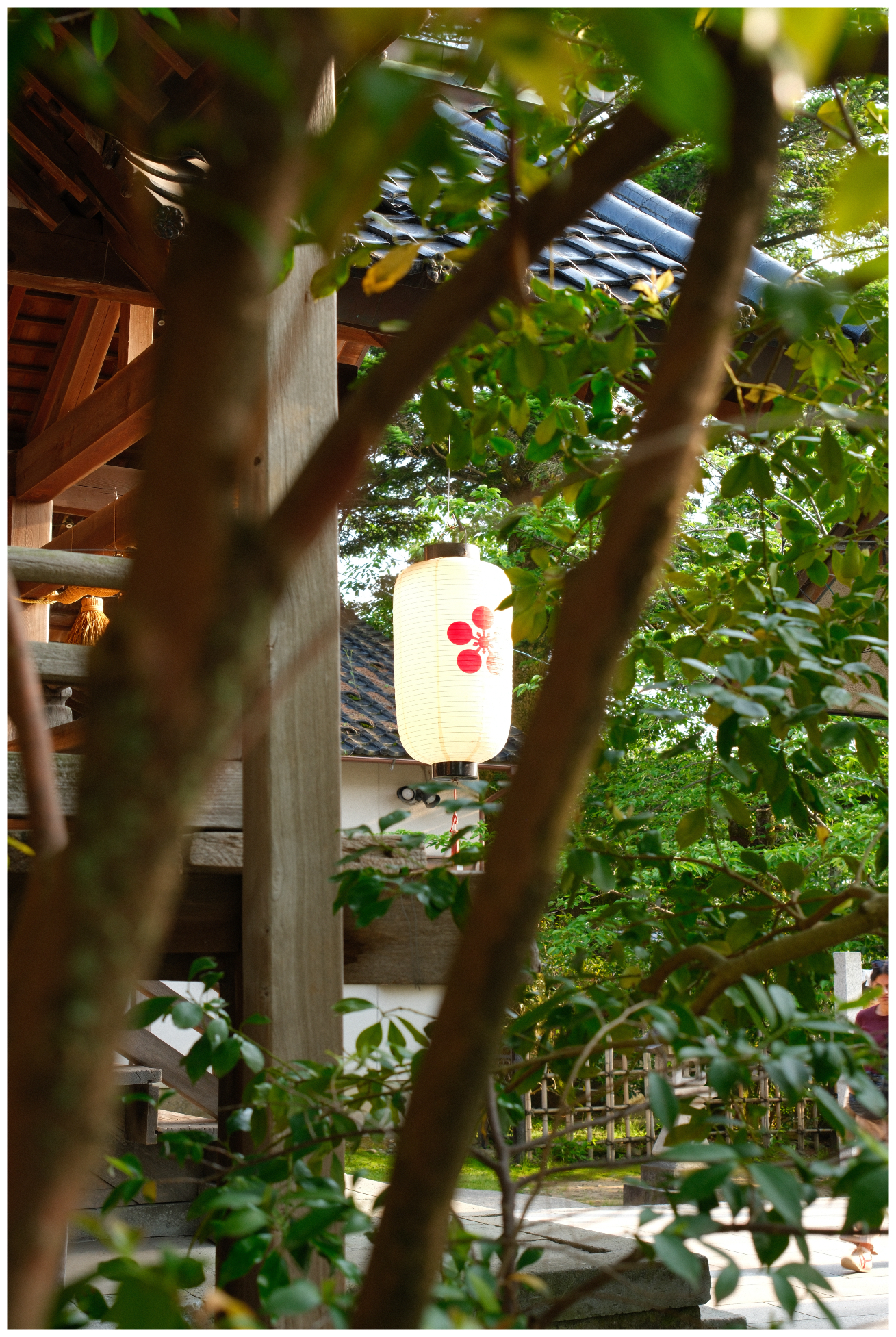
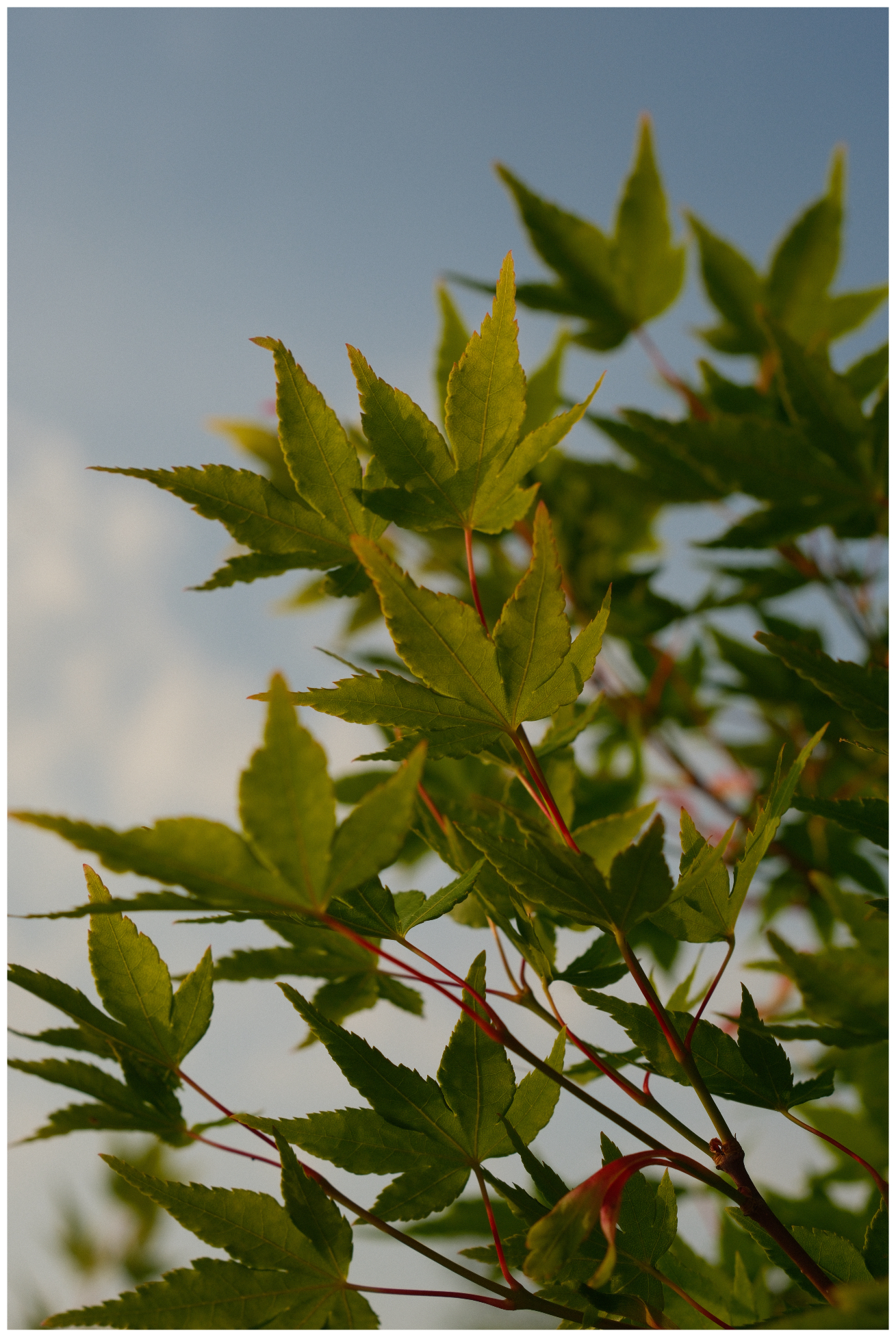
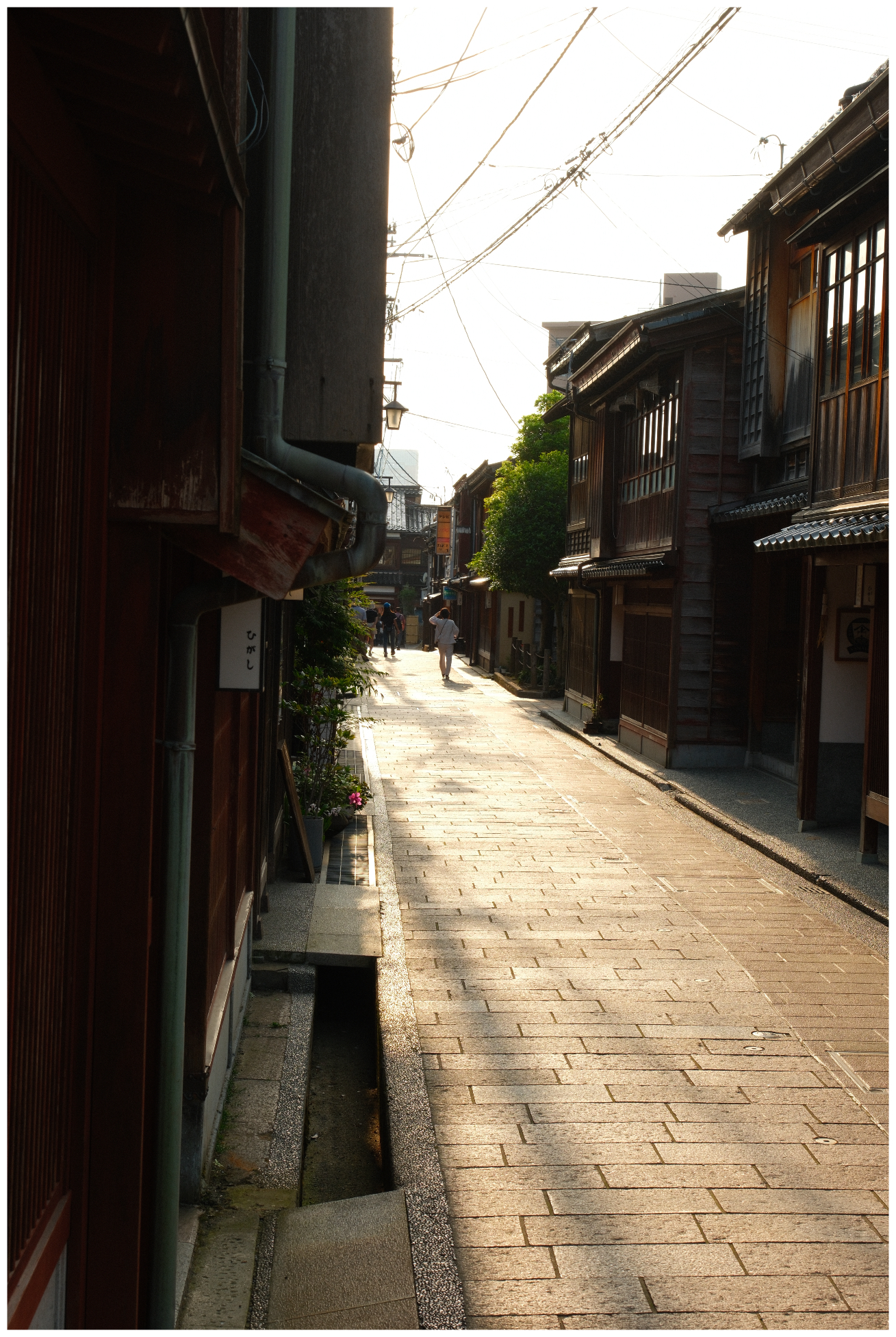
We had dinner at a restaurant called Higashiyama Mizuho. It was also one of the standout meals of the trip, primarily focused around grilled fish - I also had the addition of a 'hamburg steak' for the first time, which seems to be somewhat popular in Japan. Excellent service, great restaurant.
Soon after, we decided to head back - we had the opportunity to maybe explore a bit more - but things were mostly closing up, so unless we wanted to wait until sundown, it didn't feel worth sticking around. Kanawaza, I'm sure has so much more to offer than we could see on our day trip, it seems like it would be a great place to stay, in hindsight - it probably would have been better to stay in Kanazawa and make the day trip to Shirakawa-go.
Day 14
Shirakawa-go and back to Tokyo
Today is our last day in Shirakawa and we dedicated the morning to Shirakawa-go village. Having packed up and checked out, we parked up by the village and set off exploring. Throughout this trip, I felt I've handled the heat fine, but today was different for some reason. It just kept me completely drained throughout and somewhat limited our exploration time.
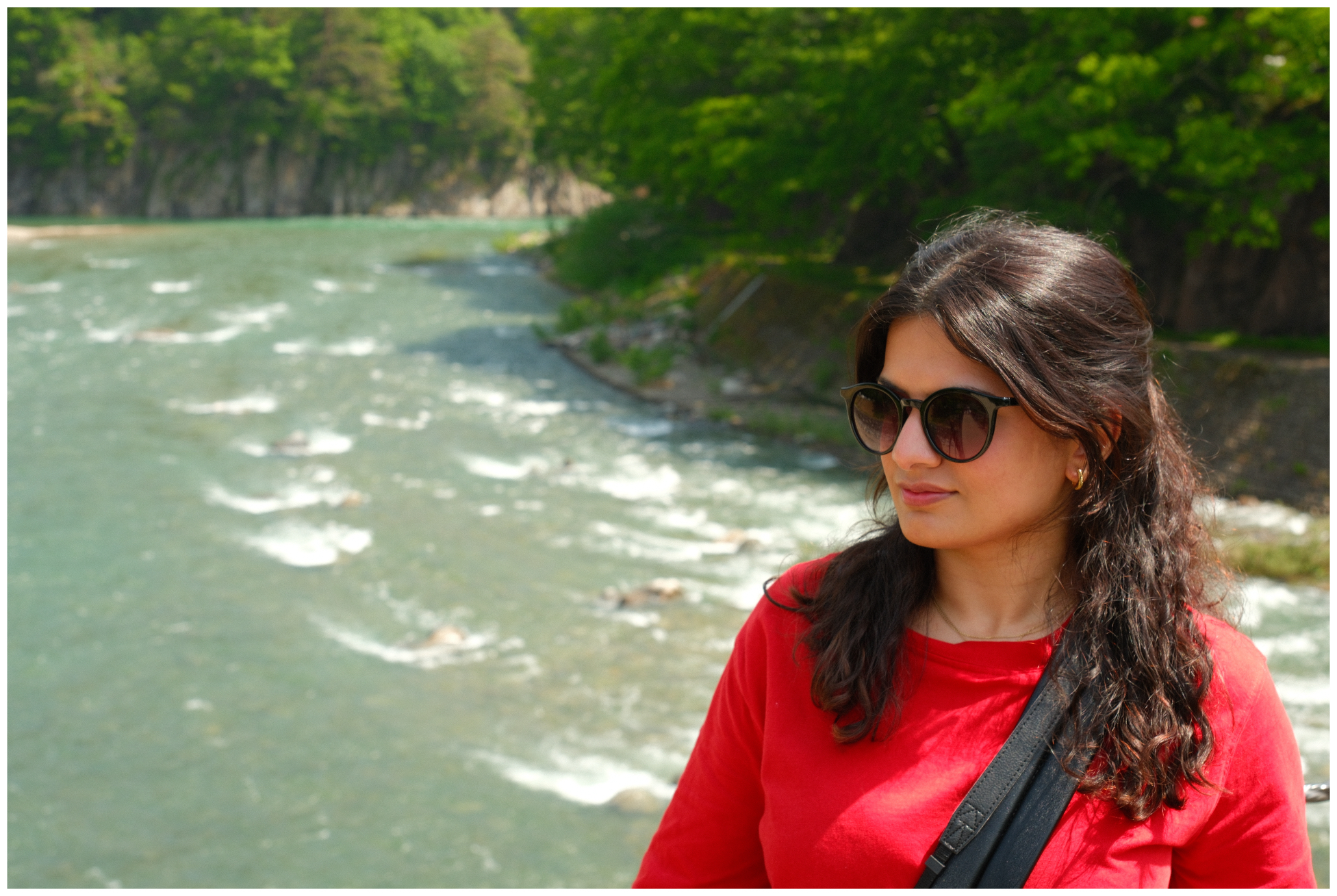
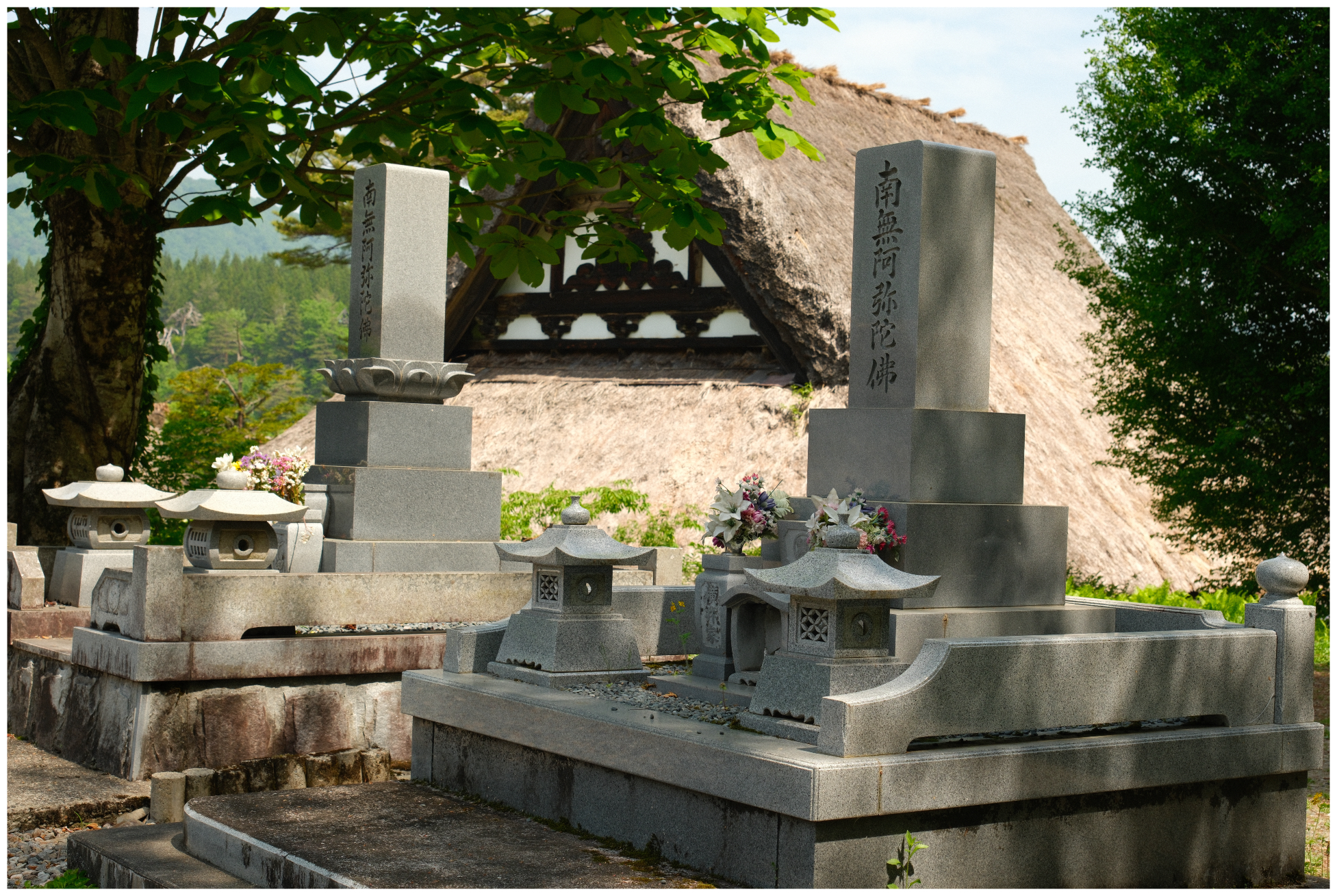
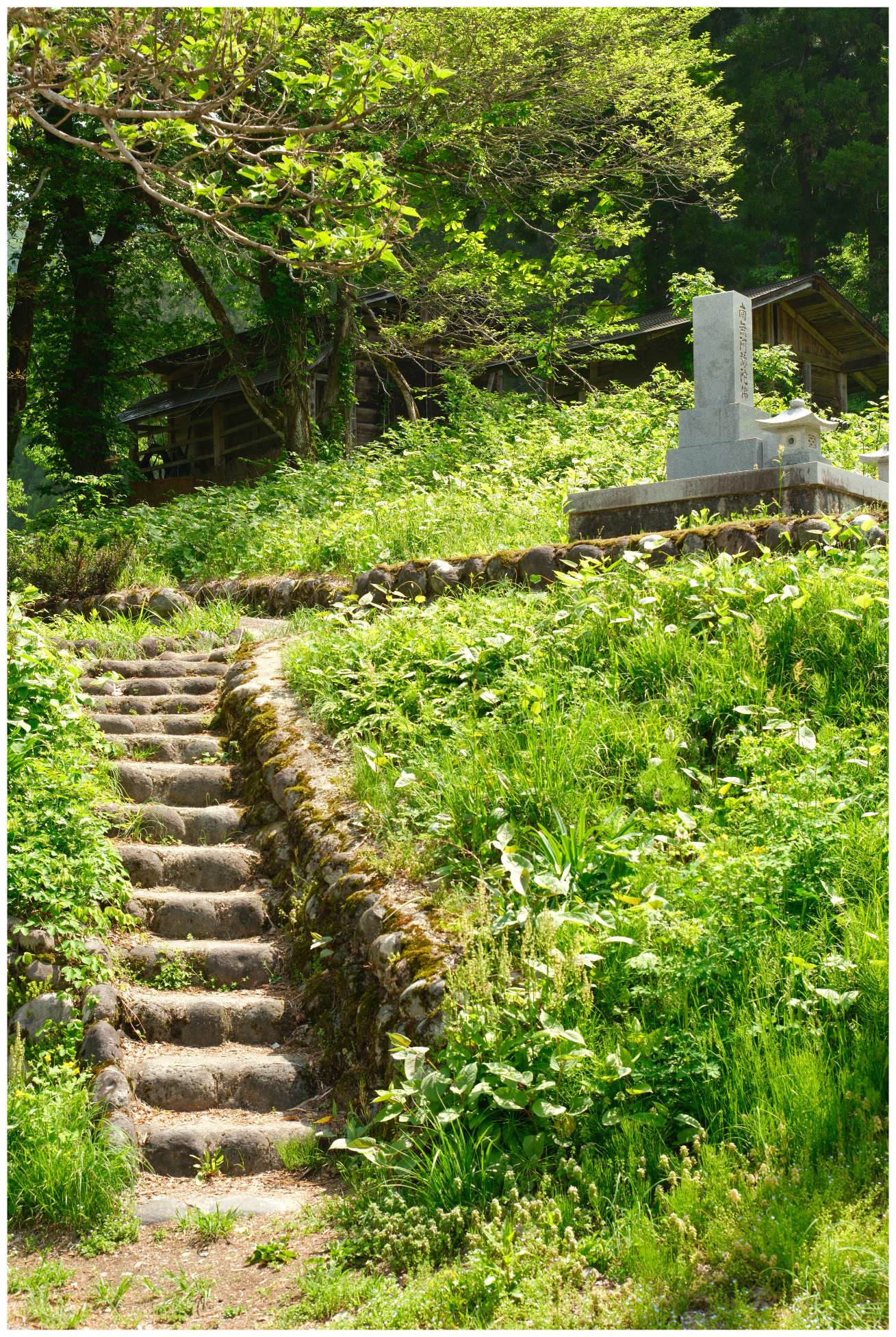
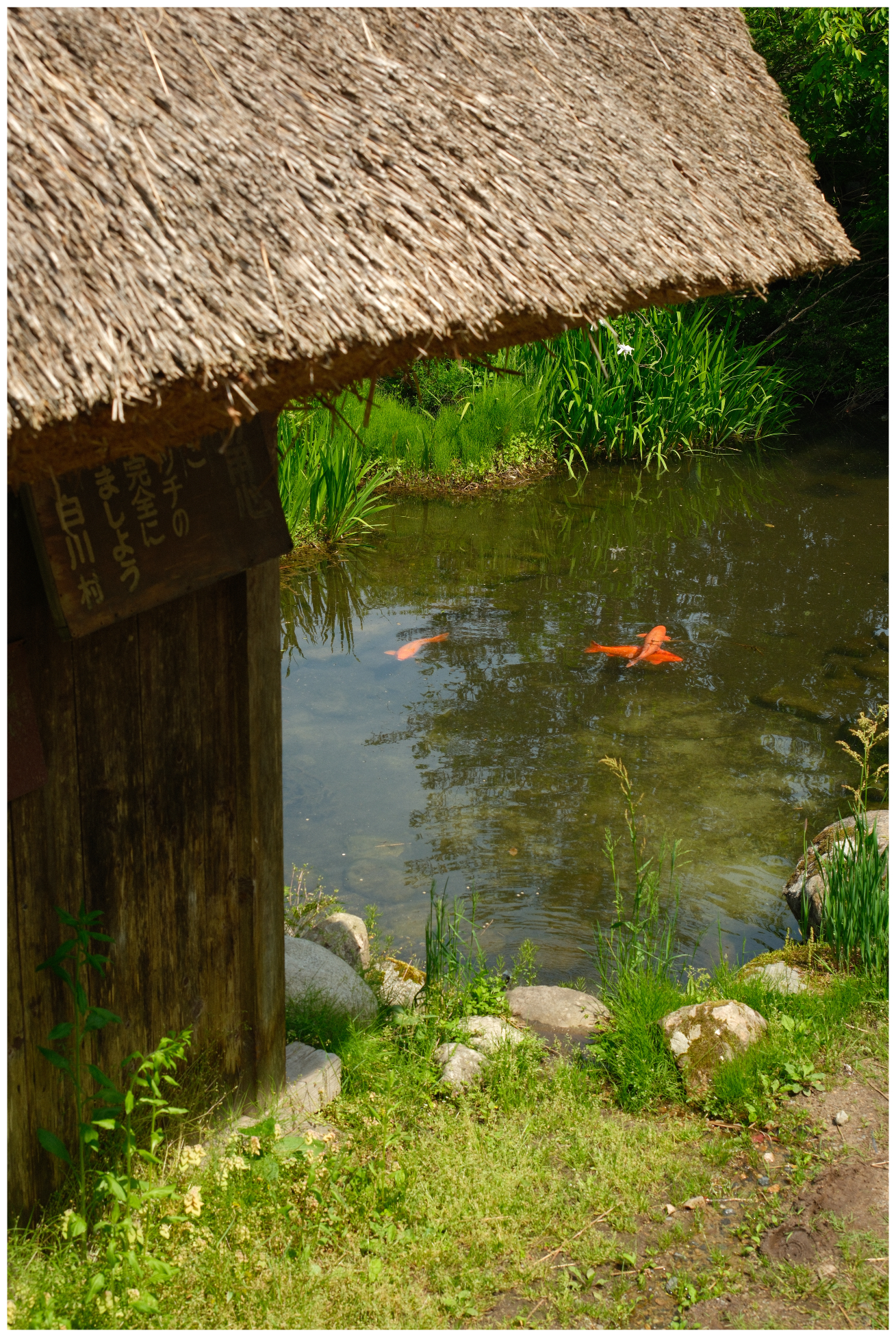
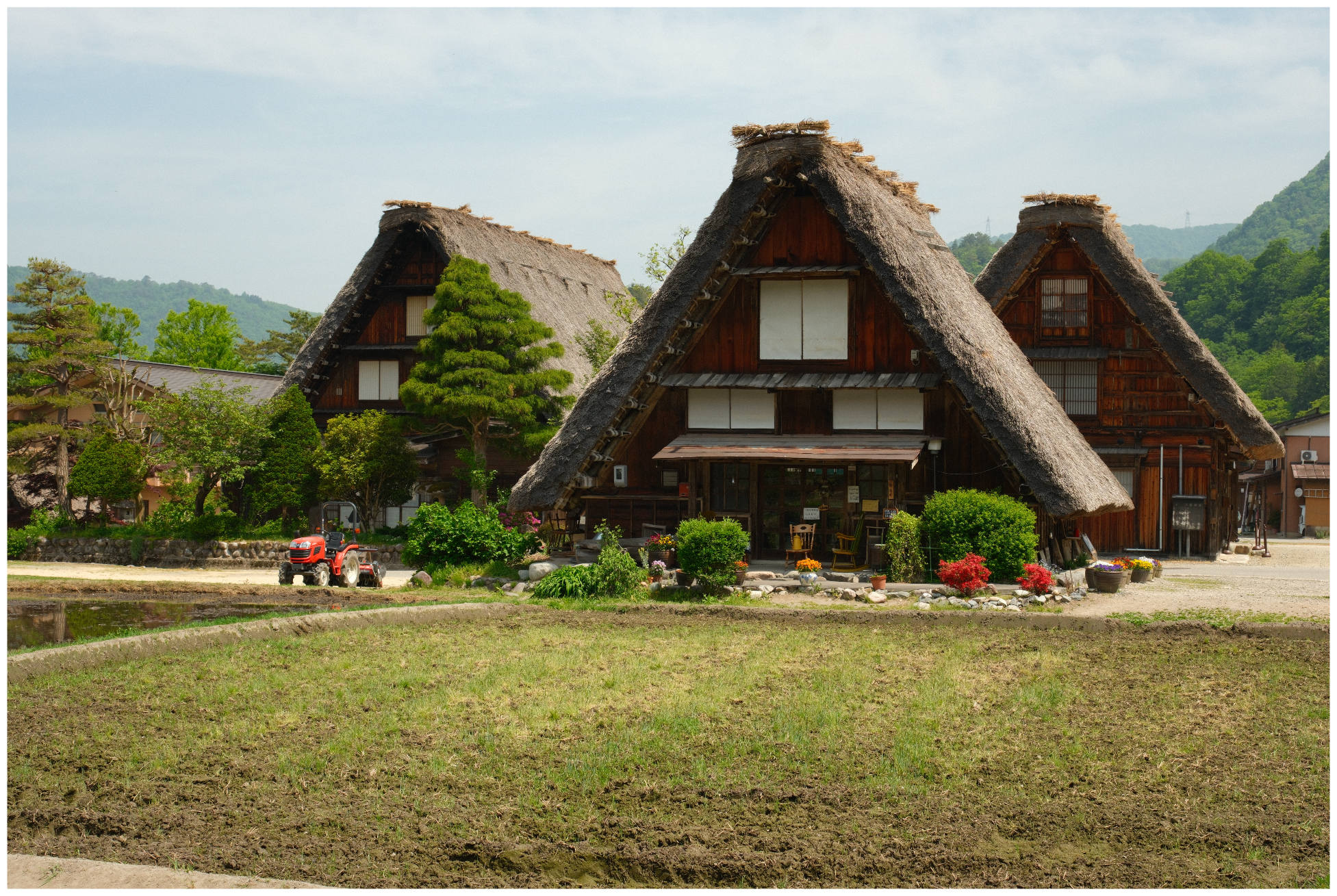
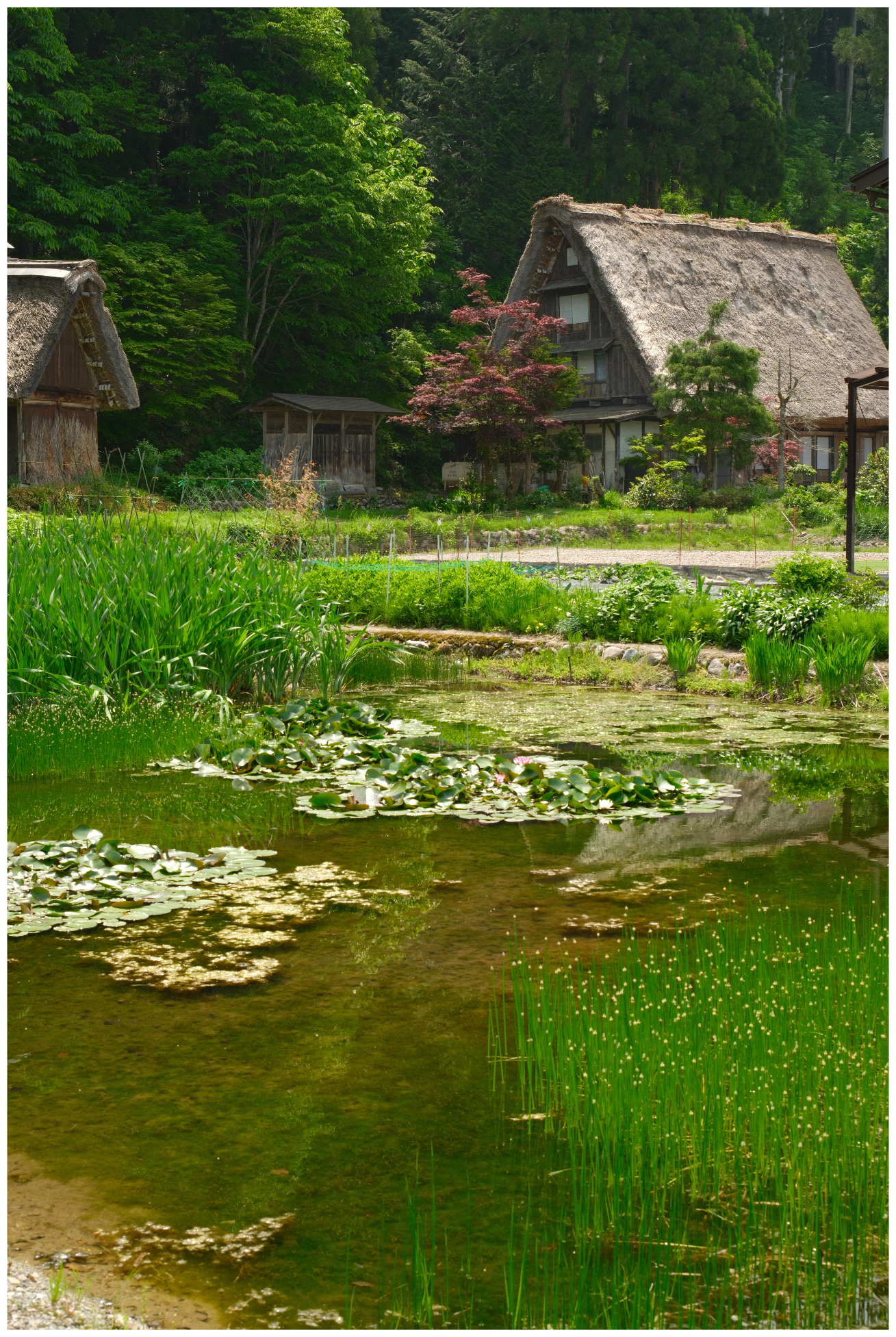
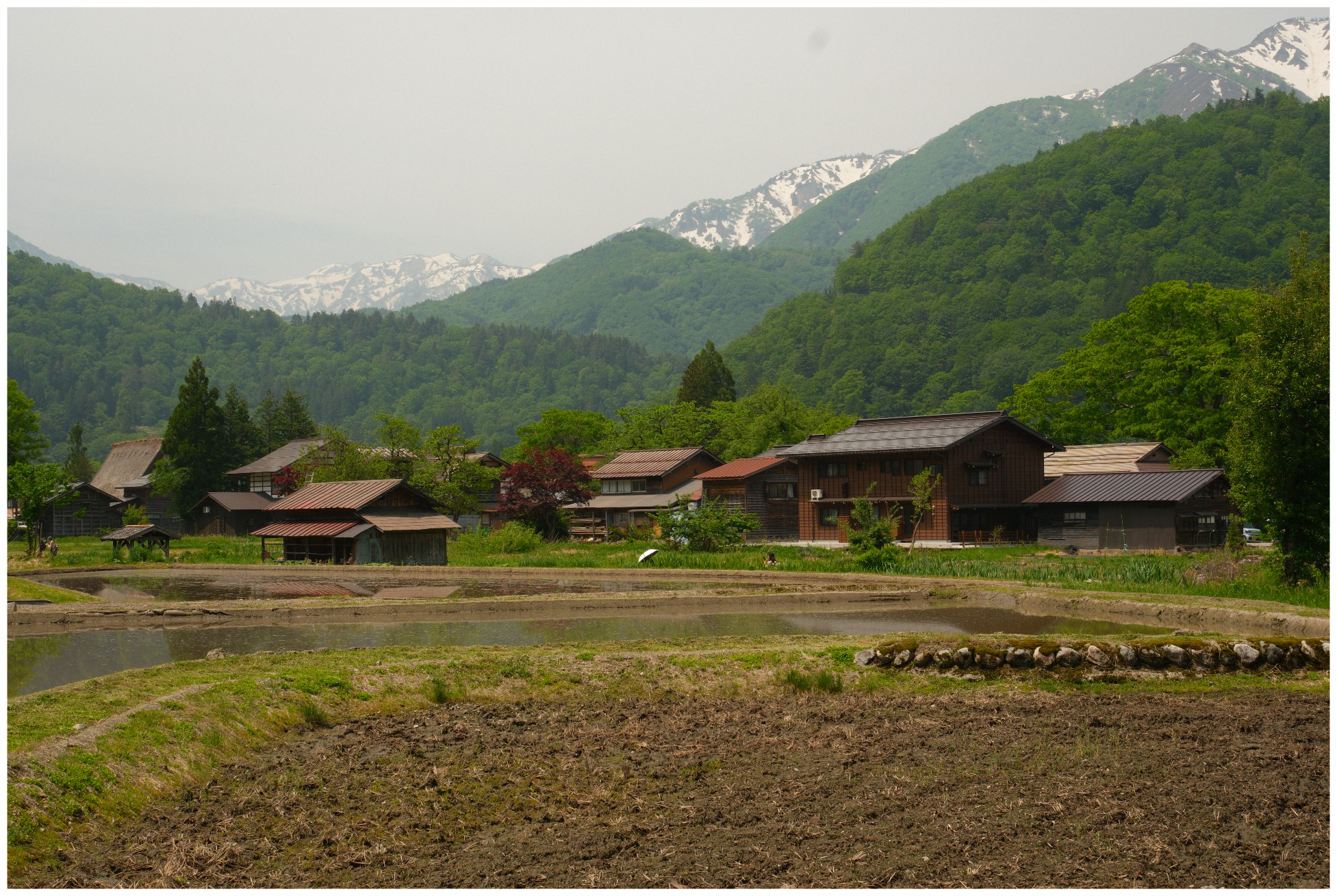
However, I do feel like we saw most of what we wanted to, aside from not going into some of the museums. After completing our exploration of the village, we decided against climbing the hill to the observation point given the heat and humidity and just thought we'd head back to Nagoya. We would arrive earlier than initially expected, but thankfully the Shinkansen is very flexible in terms of rescheduling tickets.
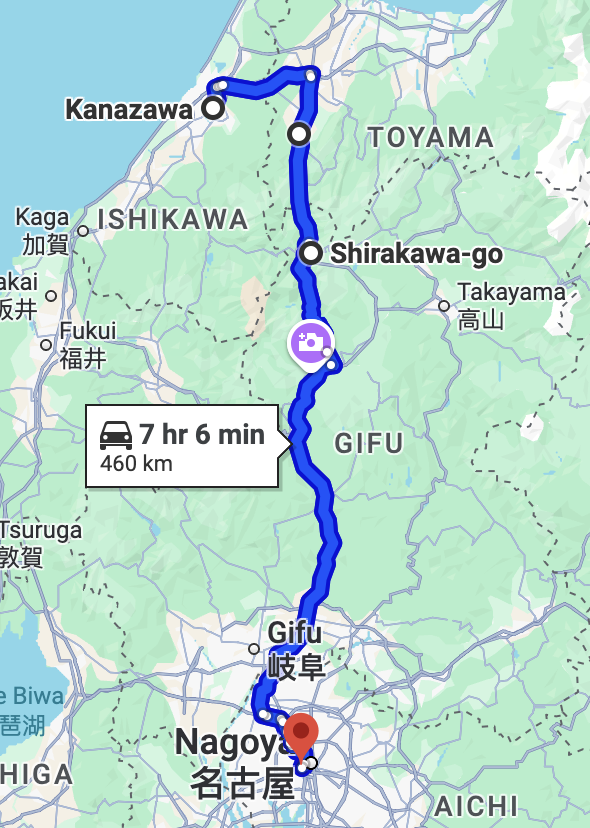
All in all, after we returned back to Nagoya, we had driven roughly 460km over the two days. The car held up fine, no strong complaints other than lack of a modern infotainment system and adequate USB ports.


We had a bento box on the train back to Tokyo and I got reviewing photos from the trip.
Our final accommodation for this trip was based in Asakusa, Tokyo. A stone's throw away from one of the top tourist attractions in Tokyo (literally, we walk out the door and can see it - I'm not sure you can get much closer!). The hotel was a traditional-styled hotel, shoes had to be removed before entering the hotel and stored in a locker downstairs.
The whole place is fitted with tatami mats and it was quite impressively decorated and kept. We hadn't had the foresight to take photos of most of our rooms so far, but at least we remembered this time before we unloaded out suitcases.
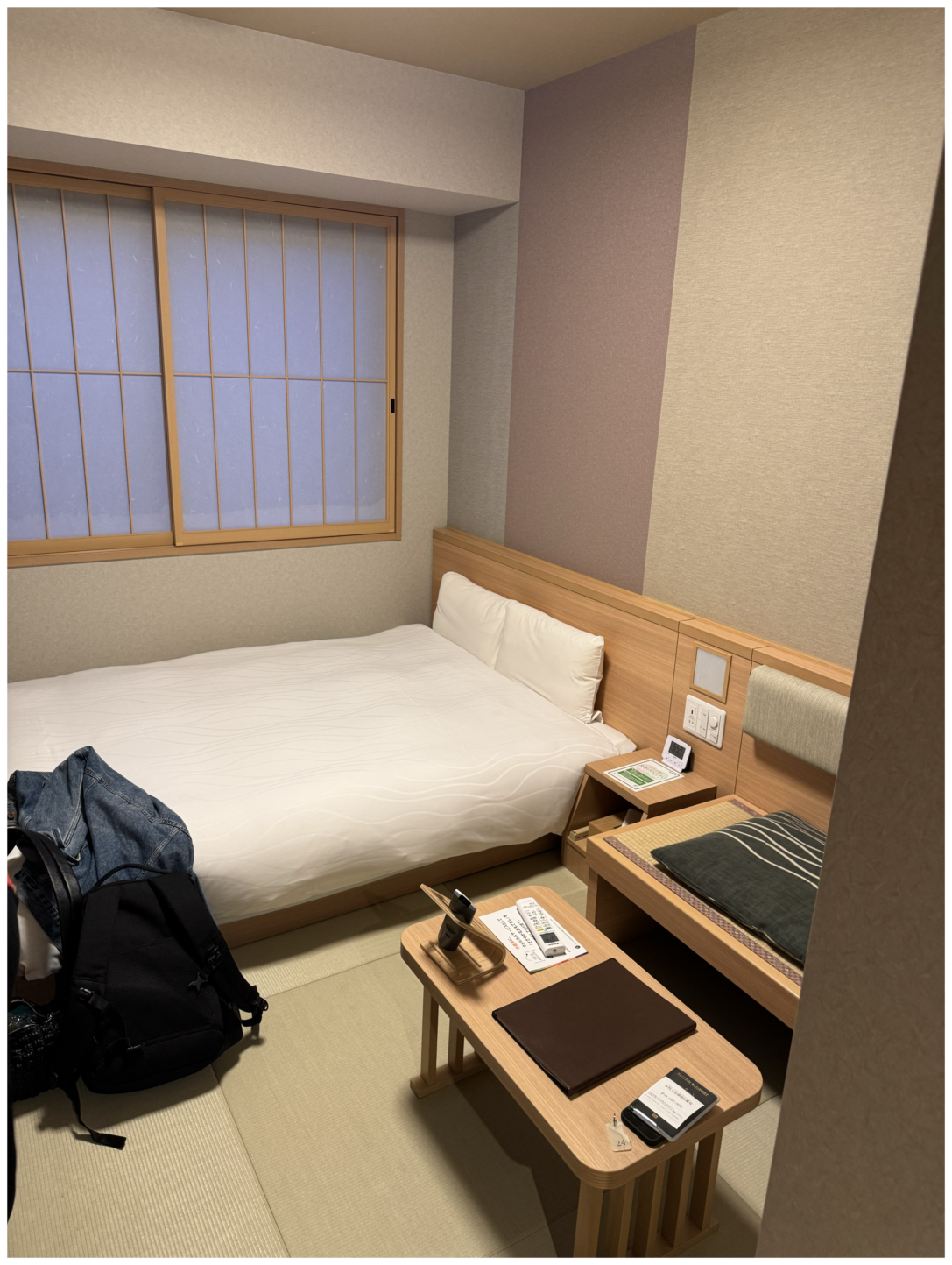
It was a simple room, but nice. This hotel also had hot spring/bathing facilities that I knew I had to take advantage of.
The only remaining activities for the evening were going out to eat and exploring the nearby area.
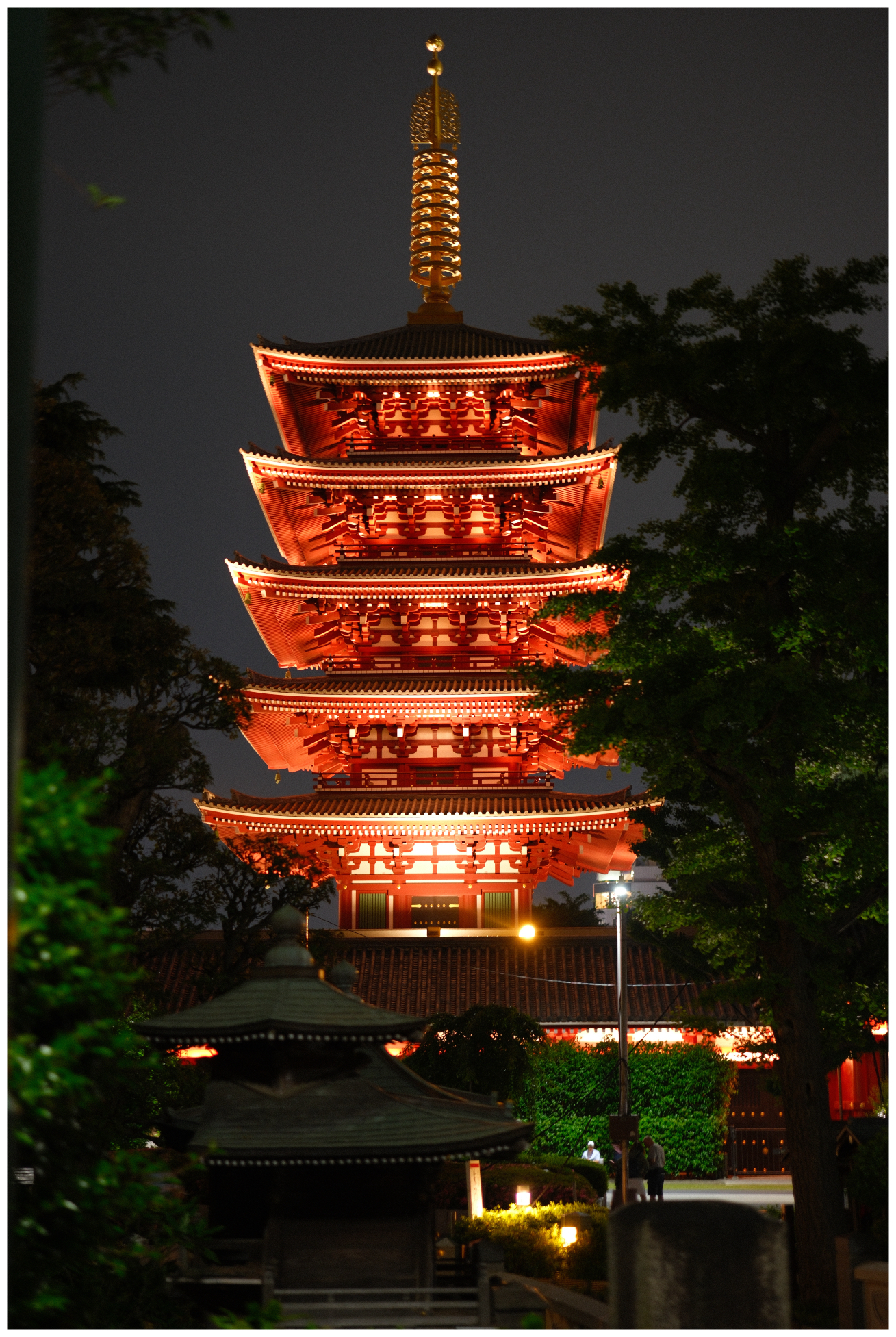
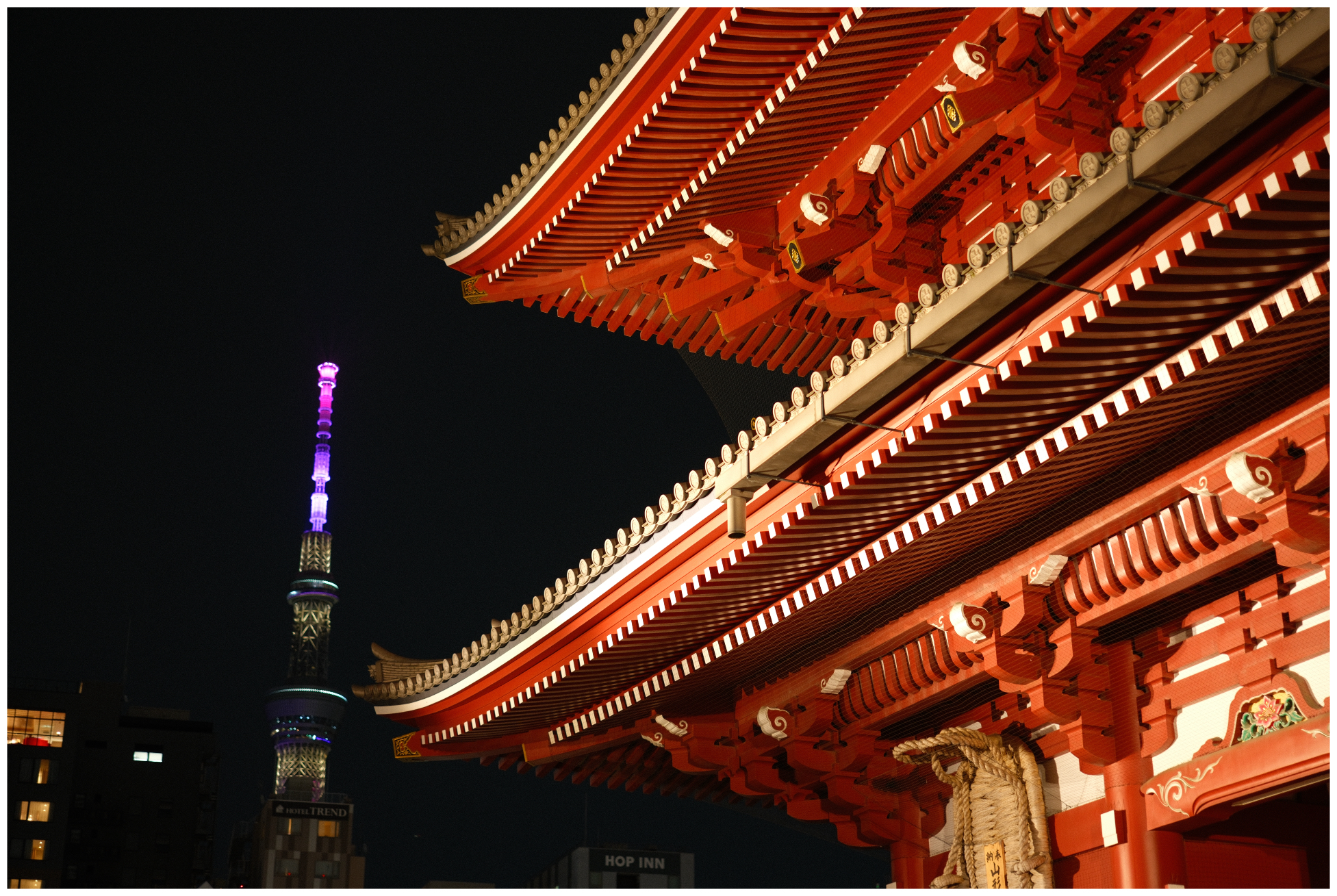
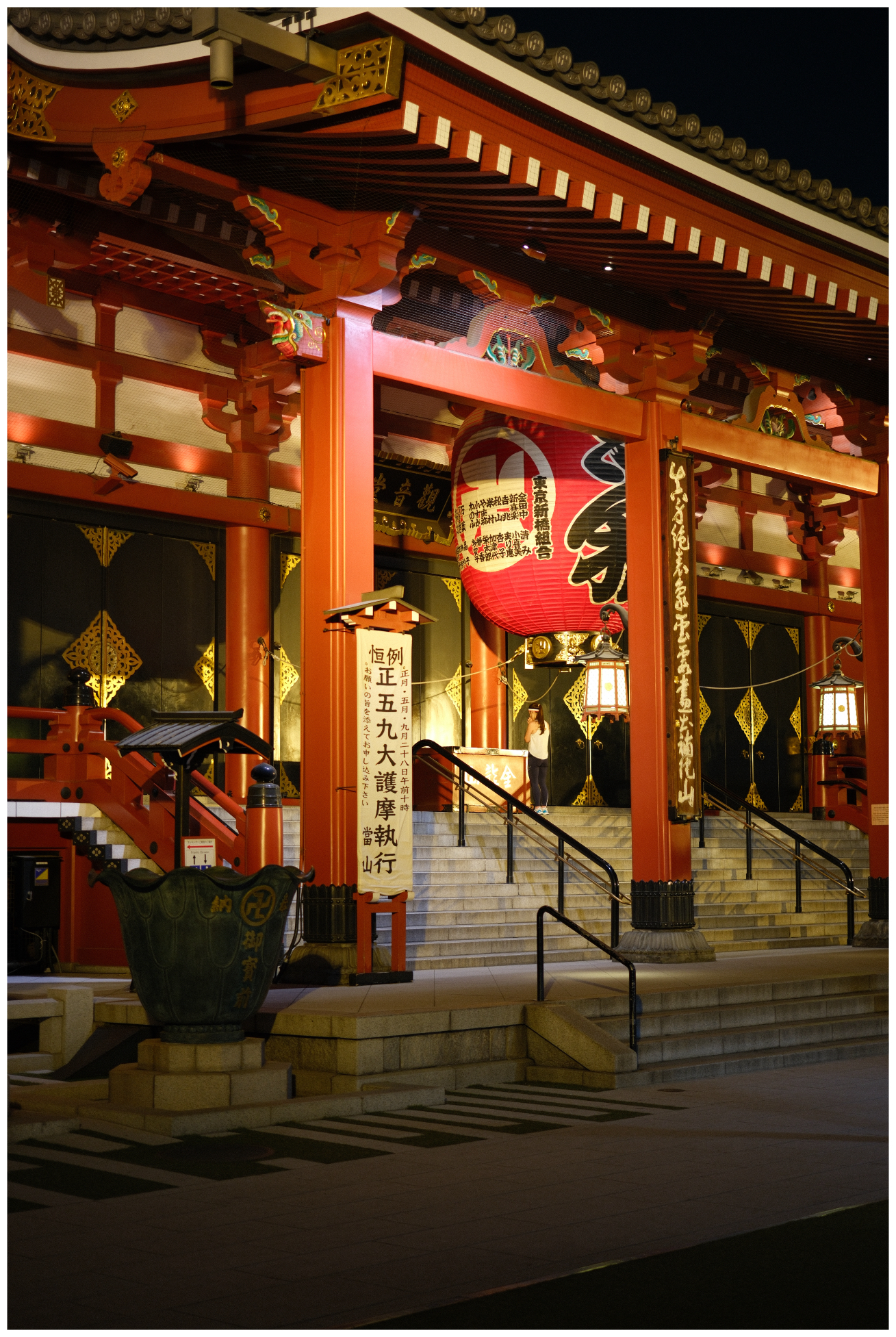
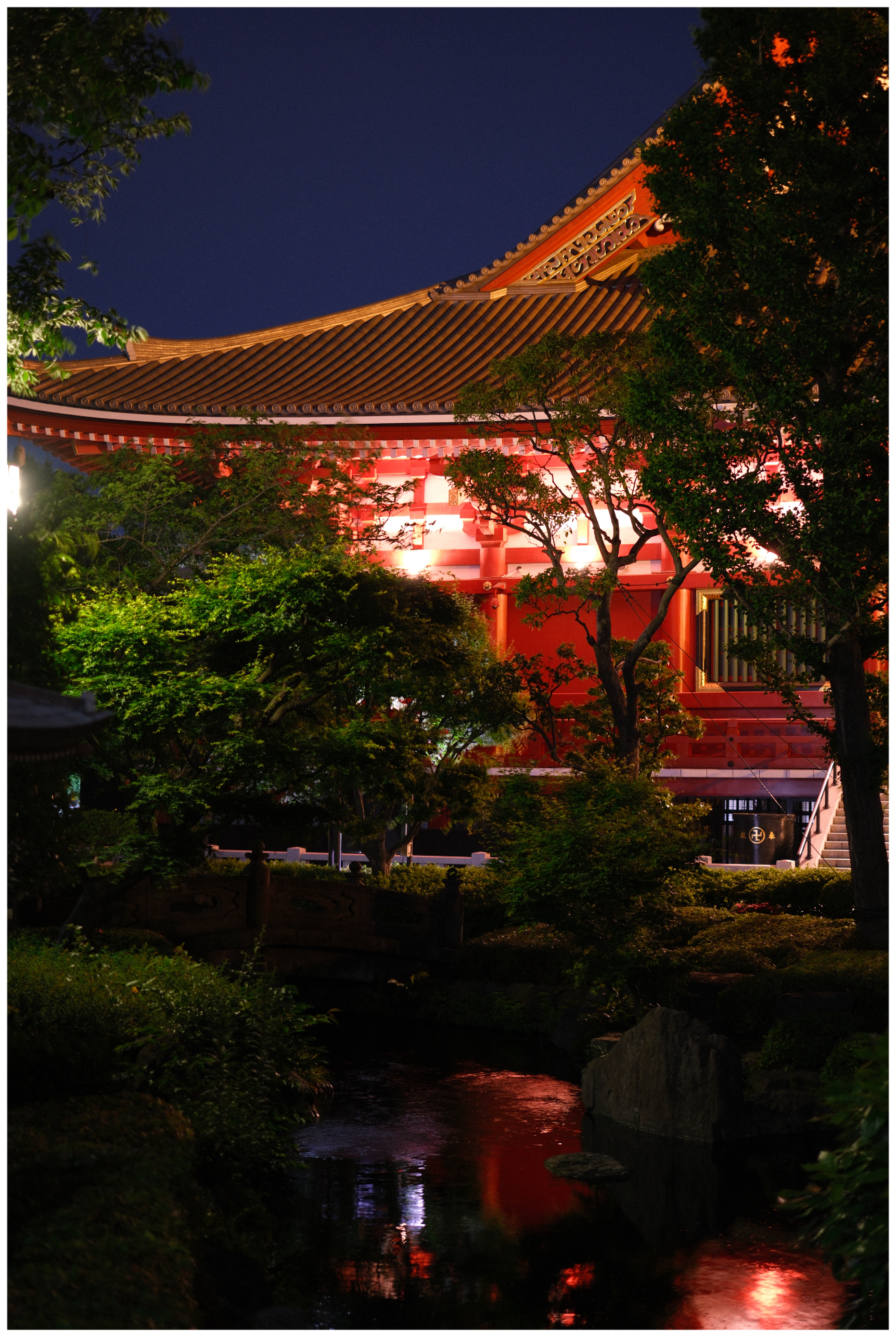
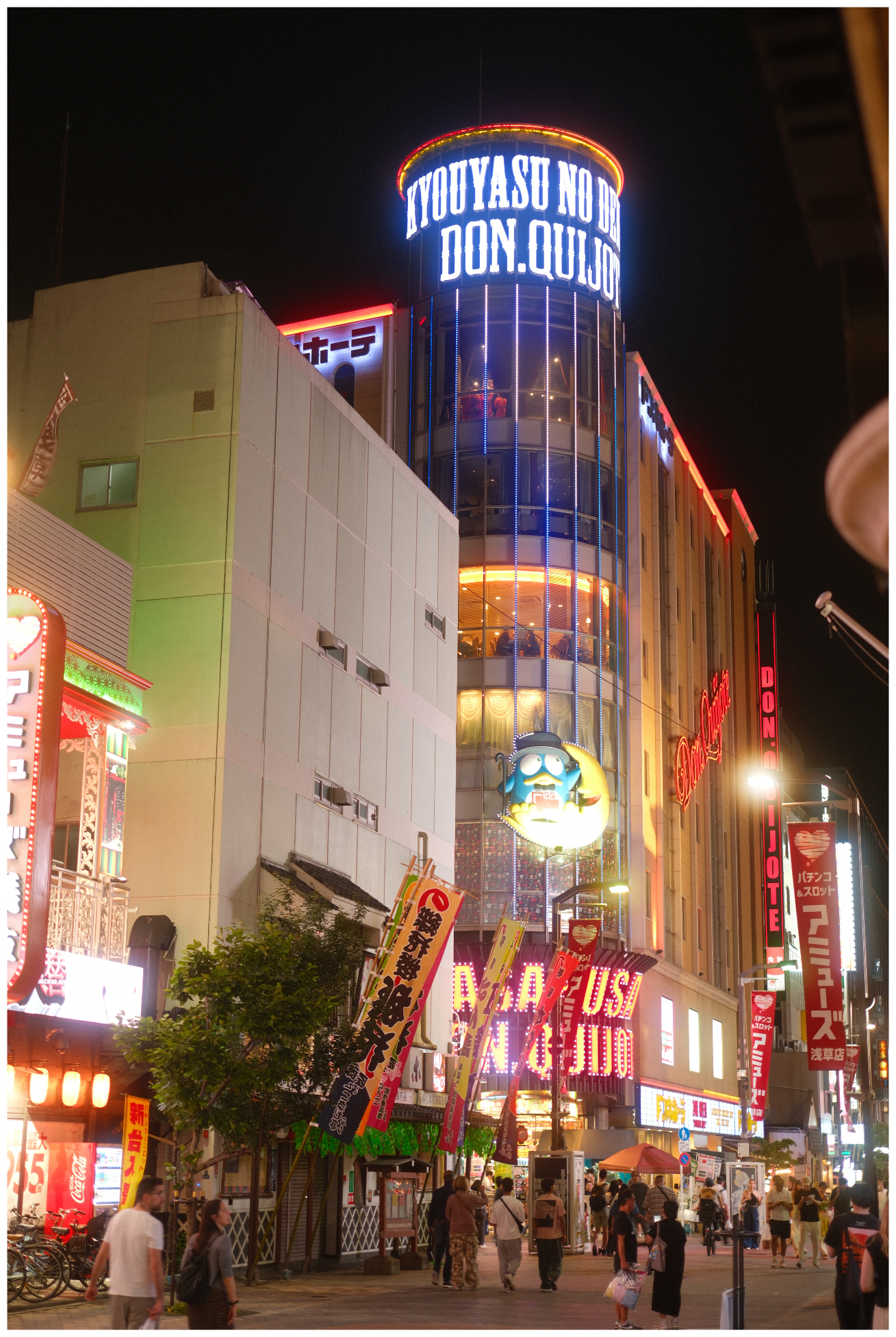
Sensō-ji temple and the surrounding area known to be insanely busy during the day and as such it's recommended to come very early morning or late in the evening. Being able to experience it in the evening was cool - it being so close to our hotel made that a whole lot more practical.
We went into our second Don Quijote - this time a 24hr one. We didn't last long. It wasn't fun and once the novelty has worn off, you realise it's not really worth your time.
One thing that became pretty apparent on our first walkabout was how much more touristy Asakusa felt than anywhere we had been on our trip. Not just Tokyo, anywhere. The prevalence of english signs, shops offering services and advertising them with photos of westerners, and generally just felt a lot more overtly catered to a broad international audience. So my first impressions of Asakusa weren't as positive than anywhere else except for Oshino as I detailed earlier in this post.
It was still fun, still interesting, but I can see why Asakusa has built a bit of reputation - the areas surrounding Sensō-ji are being genericised for tourists. Again, not complaining about tourists, I am obviously just one and no better than any other international tourist, but highlighting the fact that when places become ultra popular, they tend to begin to move away from what made them popular and interesting in the first place by trying to cater to international tourists way too much.
Day 15
Tokyo shopping day, Tokyo Sky Tree and an awkward Teppanyaki experience
For our penultimate day in Japan, we began our day on Kappabashi street, a shopping street known for its kitchen item stores. We ended up buying a few knives for us and family.
After this, Sonia and I went our separate ways for the day. We both had different ideas on what we wanted to do in regards to browsing shops and just generally exploring Tokyo, and with this being our last full day - we thought we'd make the most of it by doing our own thing and meeting up again later on.
Sonia went towards Ueno and I went to Shinjuku to explore every camera shop I could find. I had a few aims:
- See if anywhere had the Fuji XF 16-55 f2.8 II lens that I mentioned earlier, I expected it would be very unlikely - but surely if anywhere had it, it'd be Tokyo?
- See if I could find a good deal on any used Fuji prime lenses
- Just explore some of the more interesting shops.
As I mentioned earlier, no shops had the lens I was looking for in stock, many had display models, some that you could try on and use with your own camera and others that had signs indicating an up to 3 month wait.
There were a few places that had okay deals on what appeared to be good condition Fuji XF 18mm f1.8 lenses, but I ultimately backed out.
I really enjoyed a few of the camera shops, some of them felt like galleries - displaying a huge variety of modern digital and old film cameras and lenses. Kitamura and Map camera were some of my favourites to just browse, both in Tokyo and in Osaka (for Kitamura). Kitamura Shinjuku was the most impressive, a great building, great presentation and it covers several floors - each dedicated to different things.
It was a good day for both Sonia and I, and then we met up back at the hotel just before the main events for the evening. Tokyo Sky Tree.
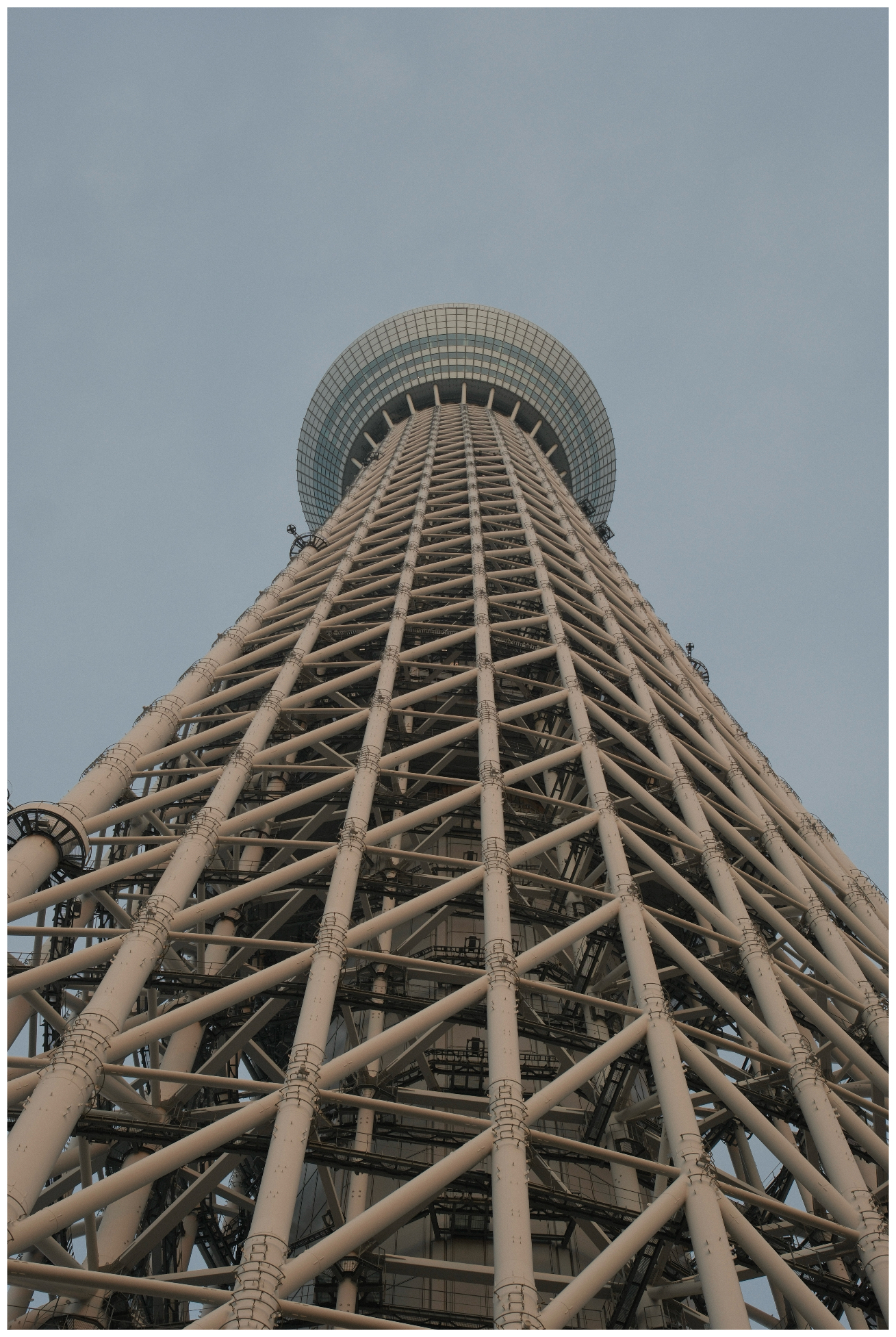
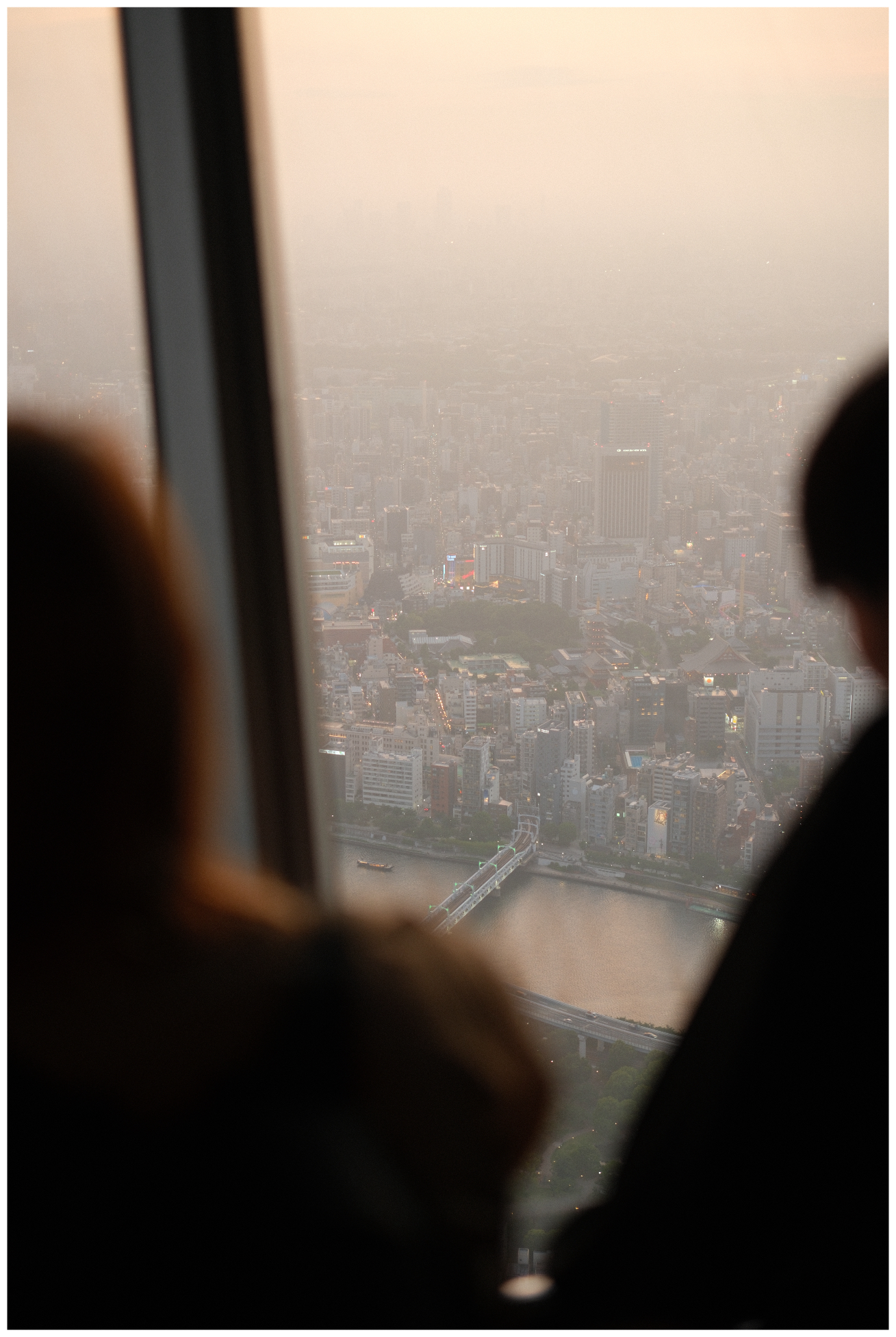

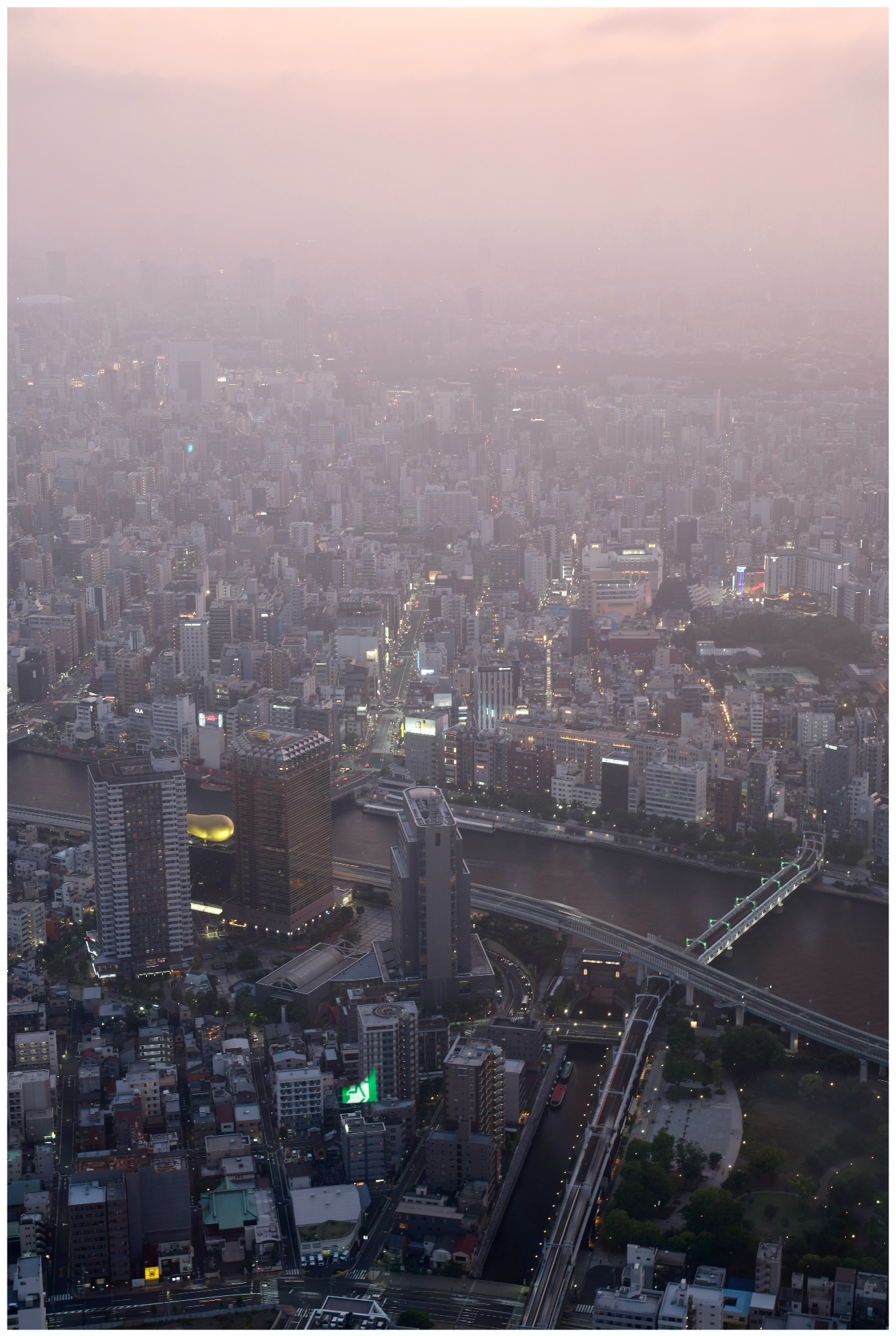
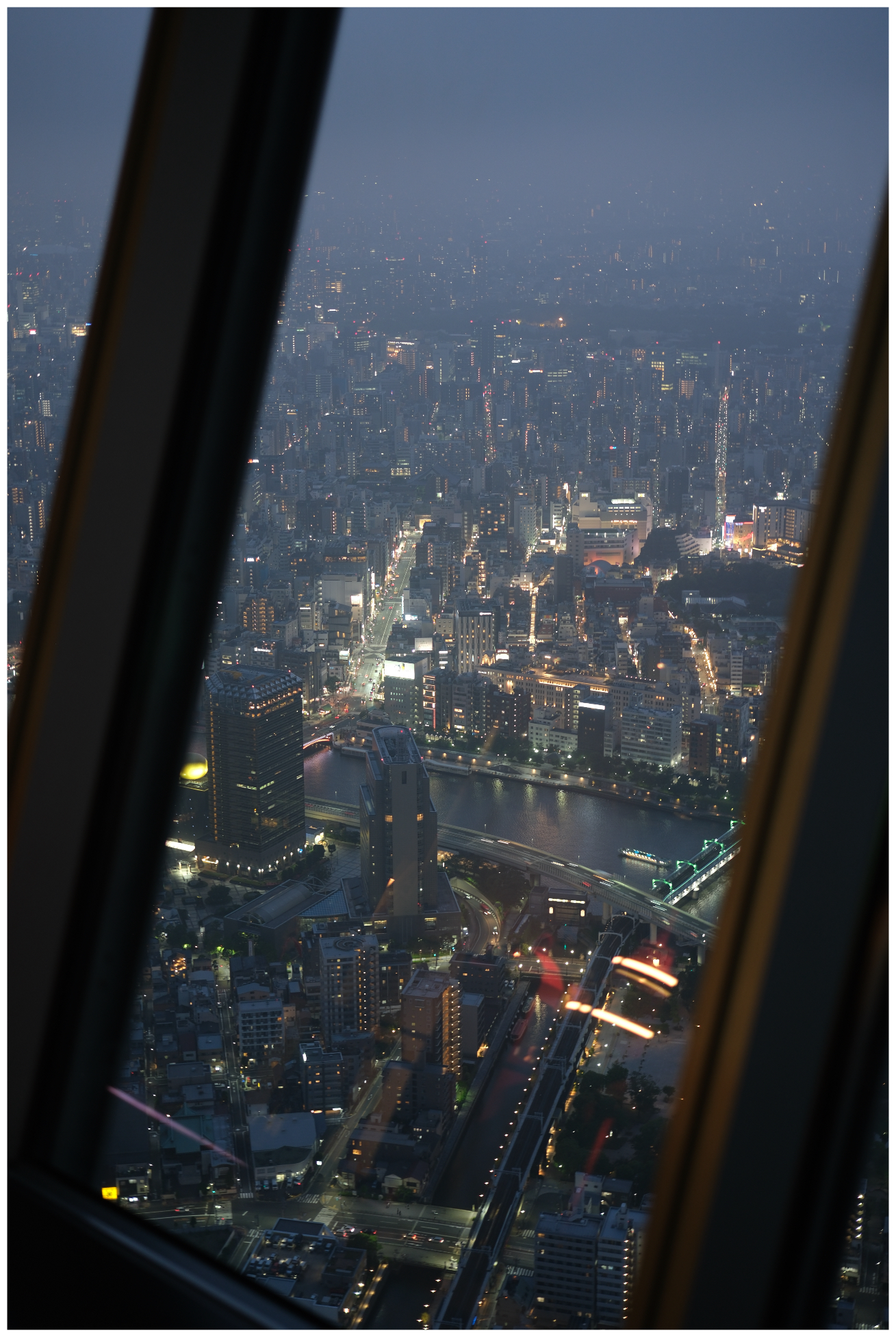
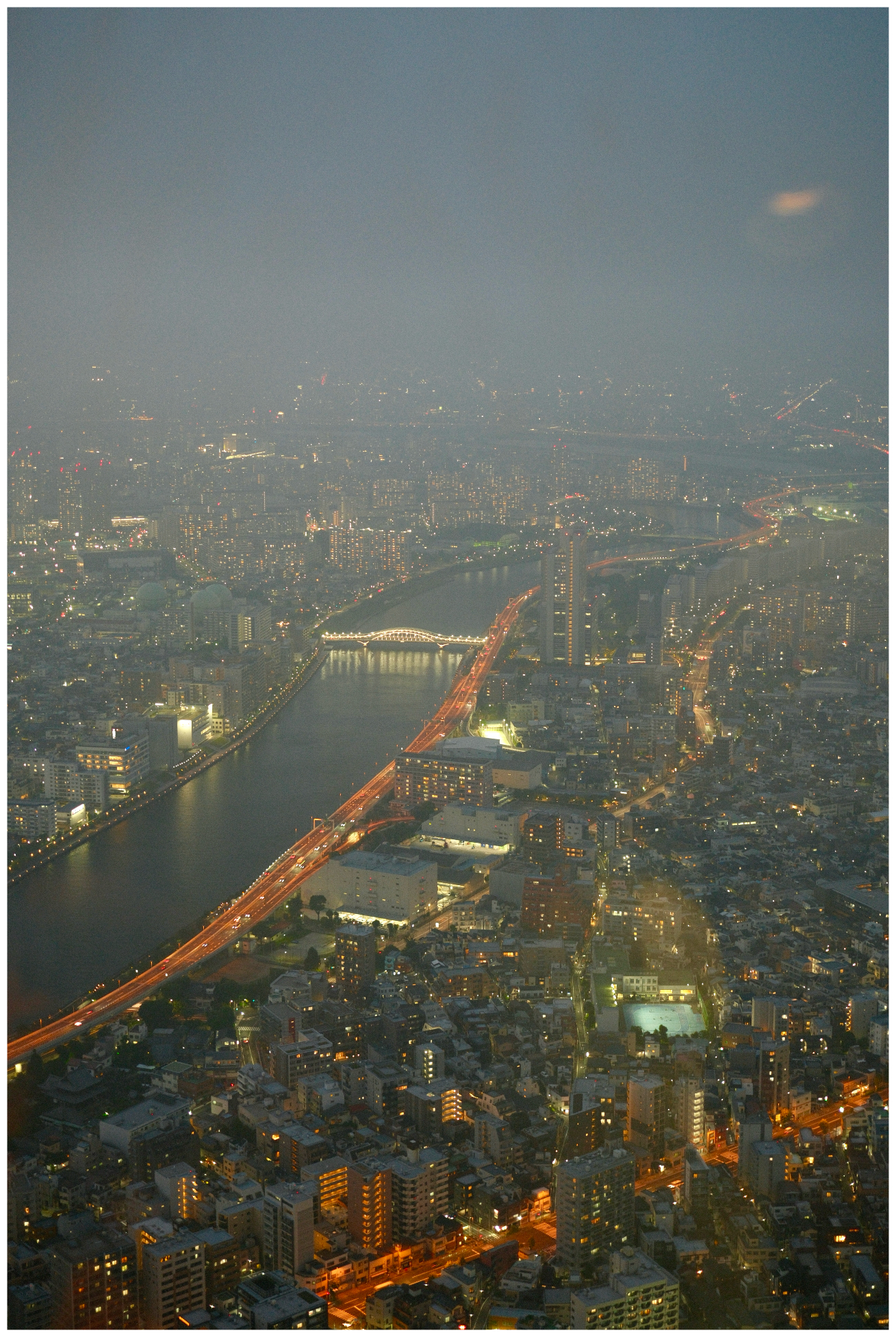
We went at sunset, it was initially quite cloudy. The views were very cool, and I don't regret going, but it was very busy and the second viewing platform that you pay extra (on top of your standard ticket) had such a long queue that we decided to skip it despite paying for it.
I suspect other times of the day are less busy and a more enjoyable experience. Tokyo is an insane city - the scale of it is mind blowing, add in the fact how well it works, it is like nowhere else I've been. It is by far the most impressive city I've ever been to. A view like this does help you appreciate that scale.
After this, we rushed to our teppanyaki booking. The booking process was full of warnings about a 100% on the day cancellation fee, late fees, etc - which worried us, so we made sure to turn up on time.
We turned up, the restaurant was empty. Another table had been set, but that party never arrived. So we had the whole place and attention to ourselves.. which some people may like, but we found it a bit awkward. The staff were nice, and service was good. Food was good, but not great, but I feel like for people like us, having the focus of the whole restaurant whilst you're eating new food for the first time distracts from the experience.

This was our final stop - we needed to get back and pack to prepare for our final day. Back in the hotel, I took advantage of the hot 'spring' / spa facilities and they were even better than THE BLOSSOM Kyoto. Many different bathing experiences, great, clean facilities, massage chairs, a library full of comics, free ice pops and generally just really relaxing experience. I loved this and again, regret not using these facilities more during our stay.
Day 16
Yanaka Ginza, Cat Cafe, Tokyo Museum... and flying home...
Our final day is upon us, the general feeling as we approached the end of the trip was needing more time! We broadly followed the 'golden route' - but there's so much more we want to see, and as such discussions of a next trip had begun in the days prior.
The departing flight was at 22:15, so we had a decent portion of the day to still cram in some activities. We left our luggage at the hotel and set off for Yanaka Ginza.
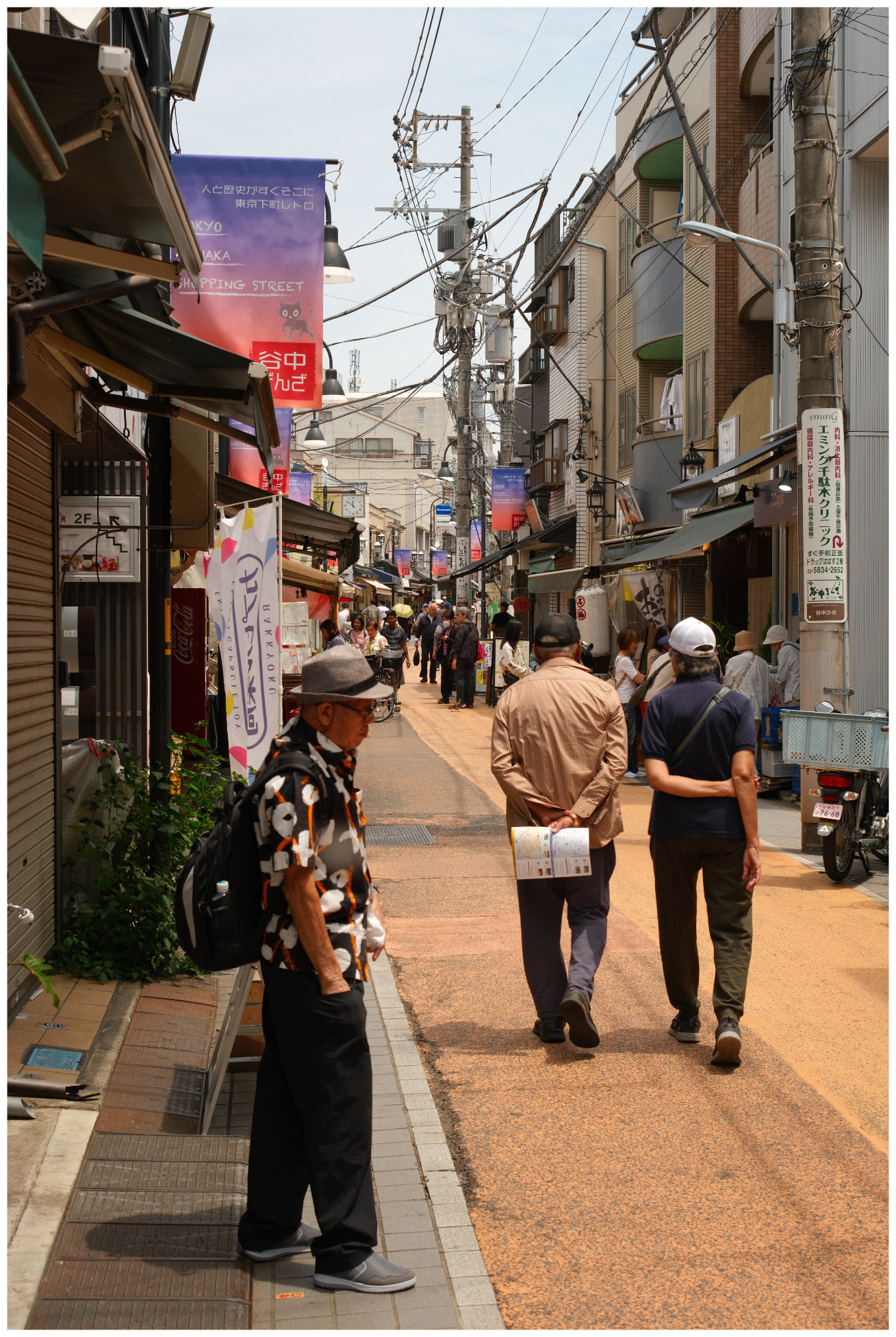

First thing you notice around here is the cat themed stuff. We spent a bit of time in a gachapon store, had lunch from an excellent bakery (we got some sort of roll with spicy salmon roe which I've been craving since leaving) and explored the area a little more.
Given the cat enthusiasm here, we went to a local, well rated cat cafe. I was a bit wary of the idea, with concerns for the animal's wellbeing, but this one was excellent. The amount of steps you have to go through before they let you in, the rules about how you interact with the cats, etc - and the really good relationship the cats have with the staff was great to see.
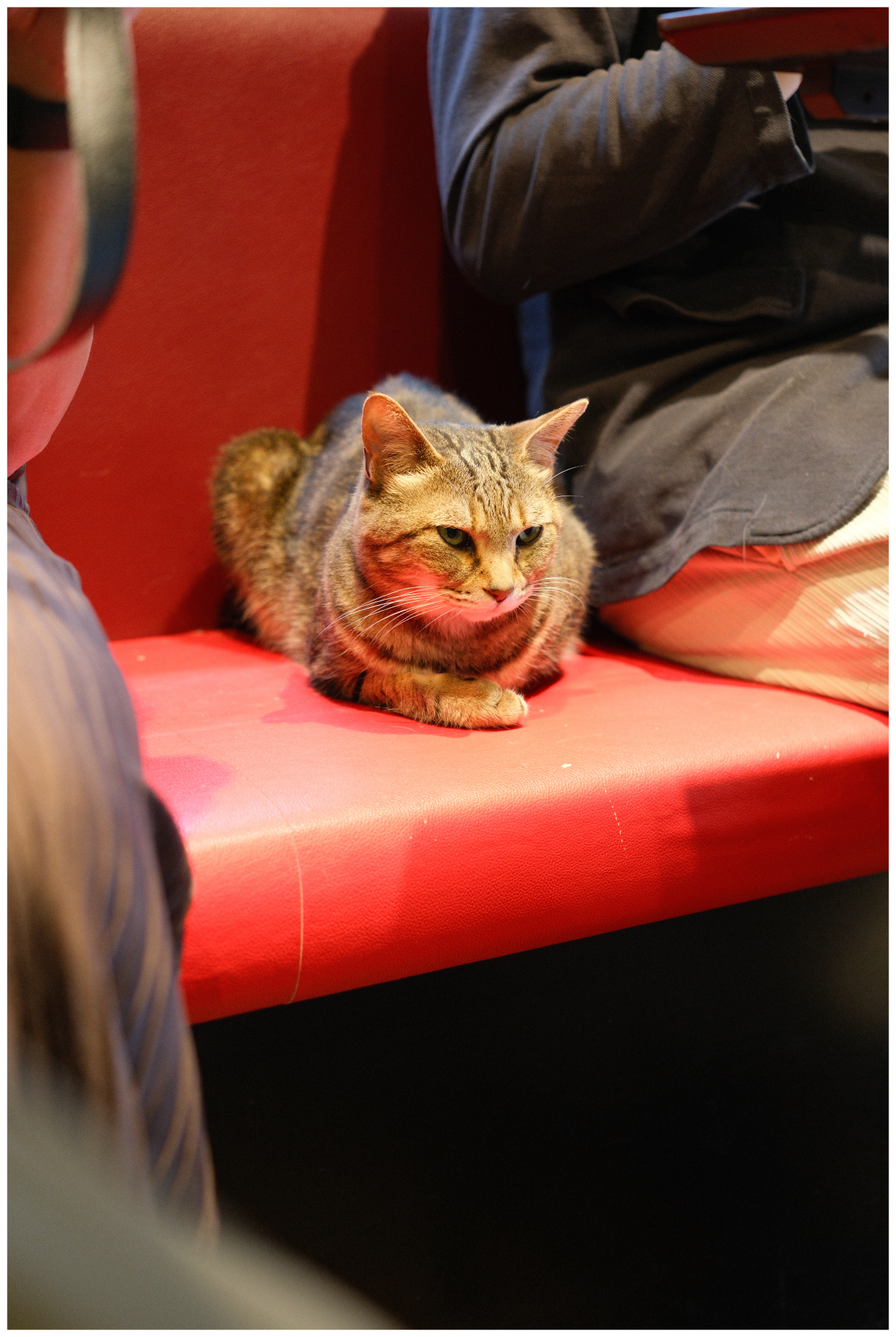
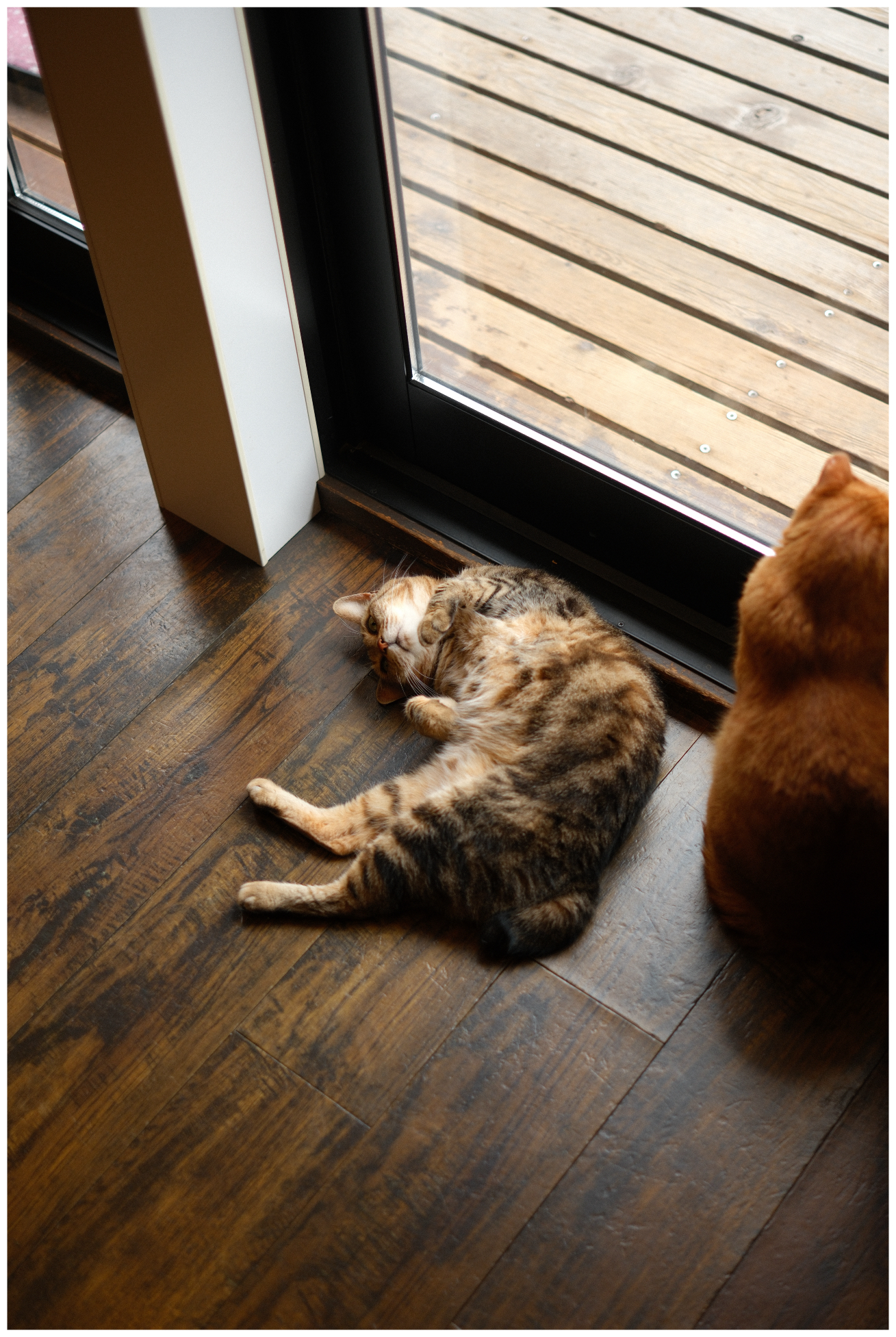
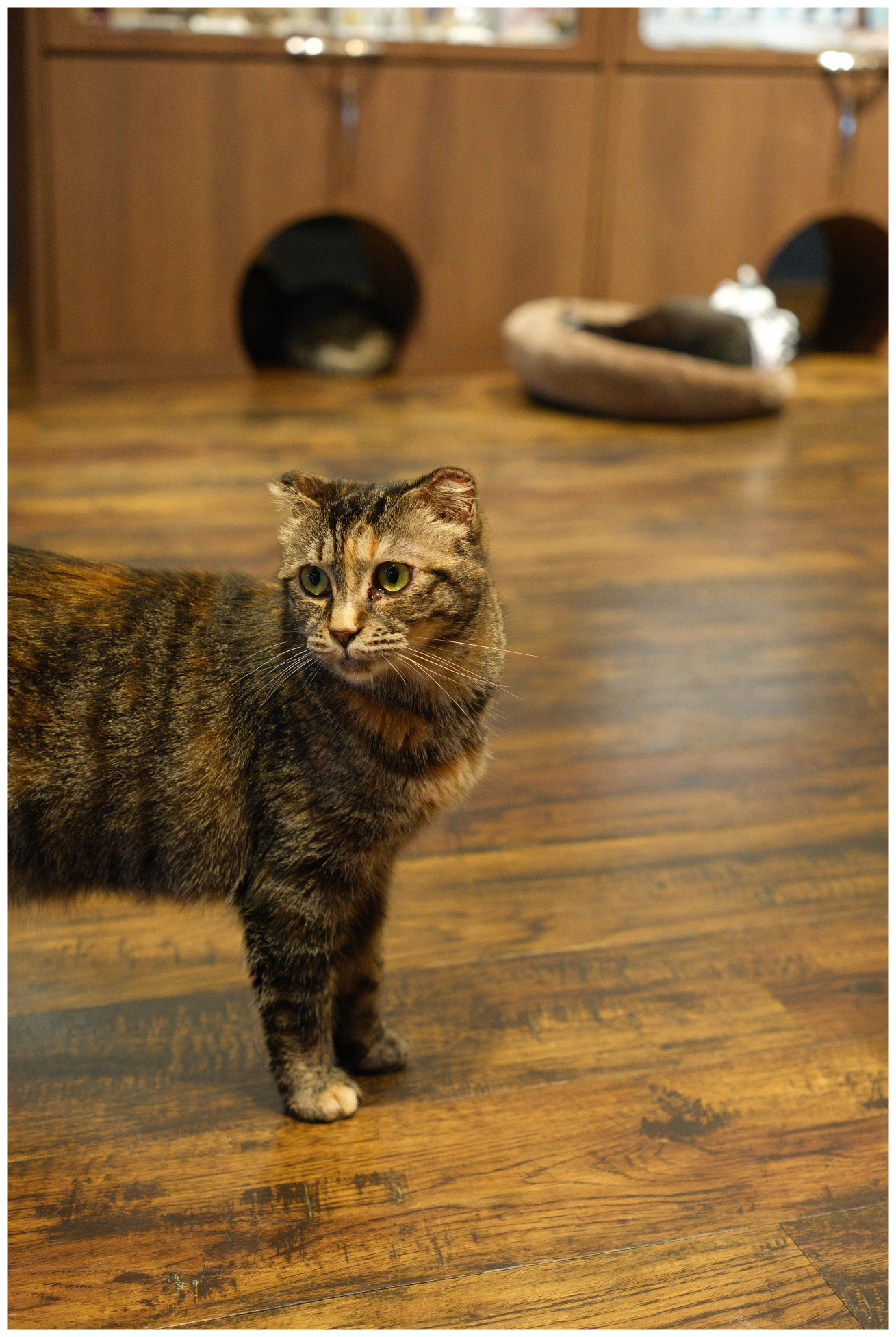
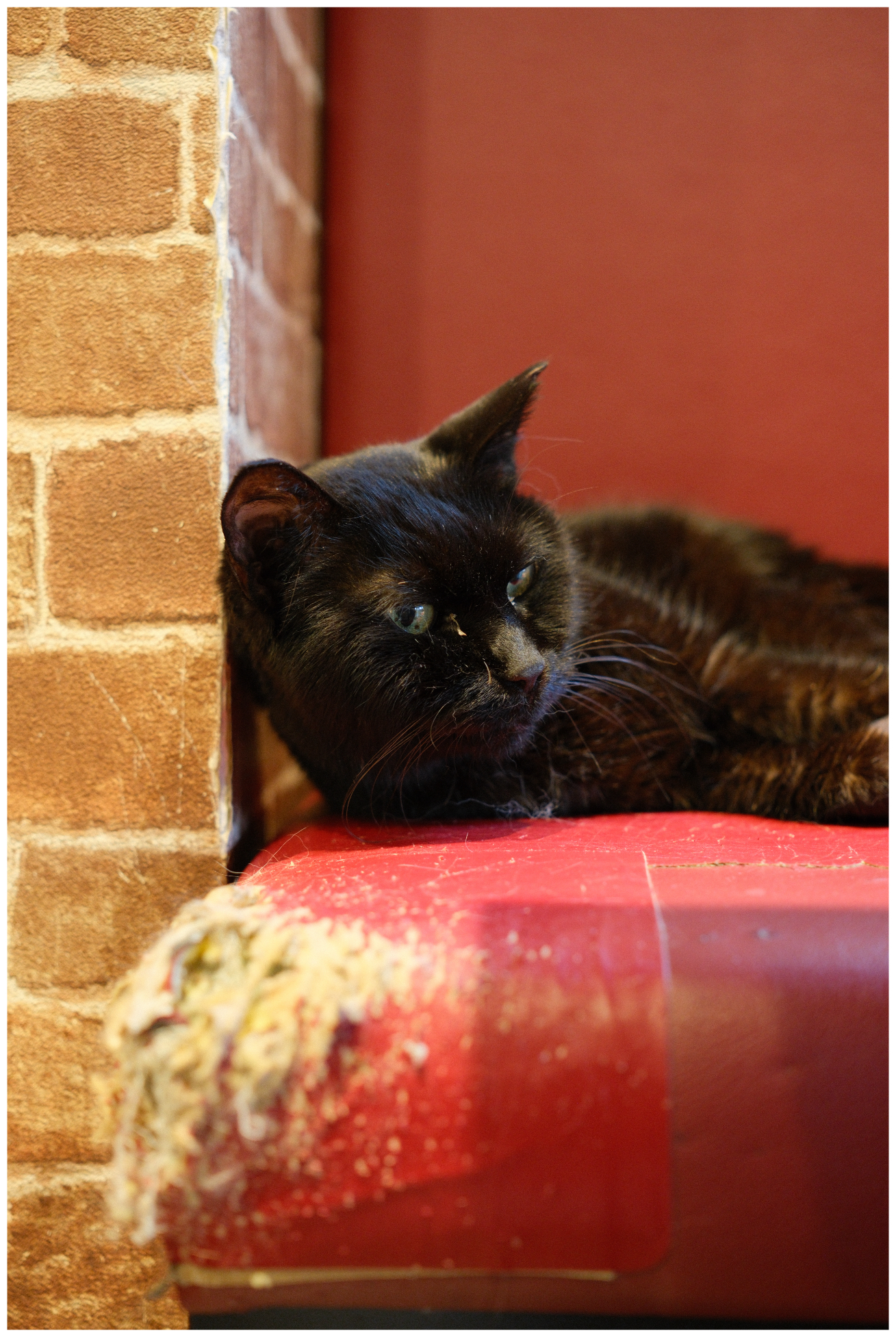

This place is called Yadorigi Cafe. The black cat on the bottom left was nearly 19 years old!
We had some remaining time to kill and Tokyo Museum wasn't too far away by taxi, so that's what we chose. We knew we wouldn't have anywhere near enough time to explore the whole museum and galleries, but decided seeing some of it is better than none.
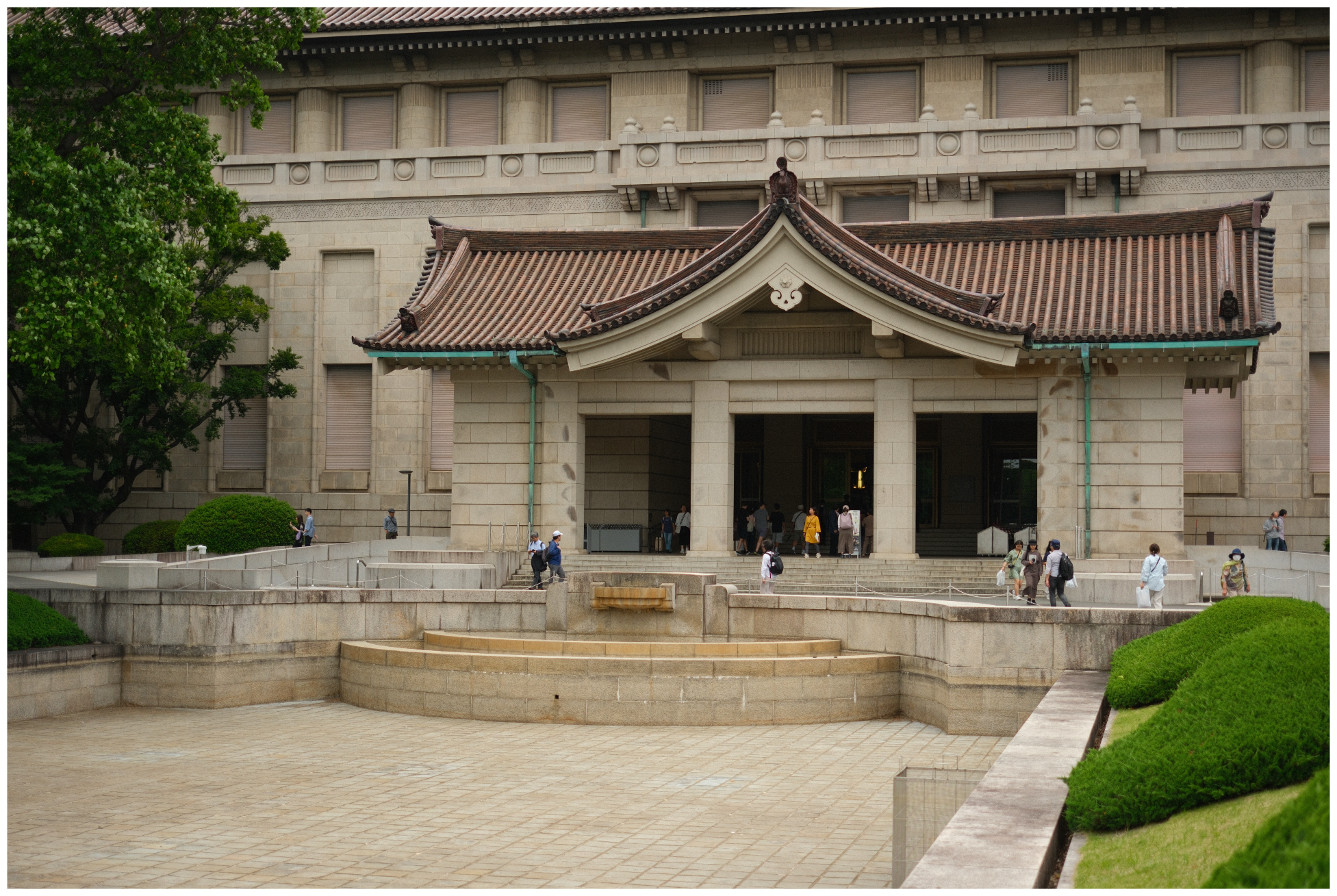
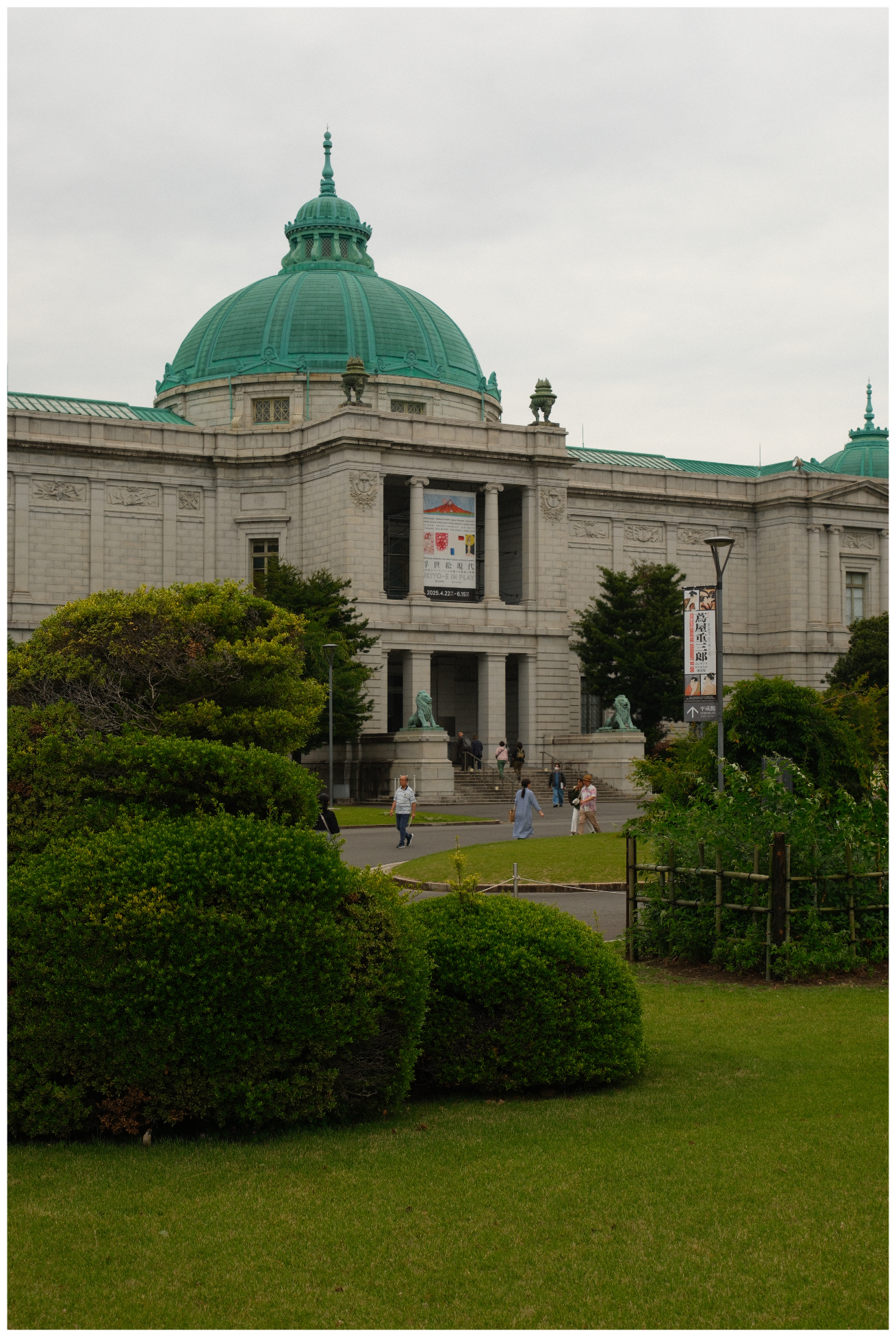
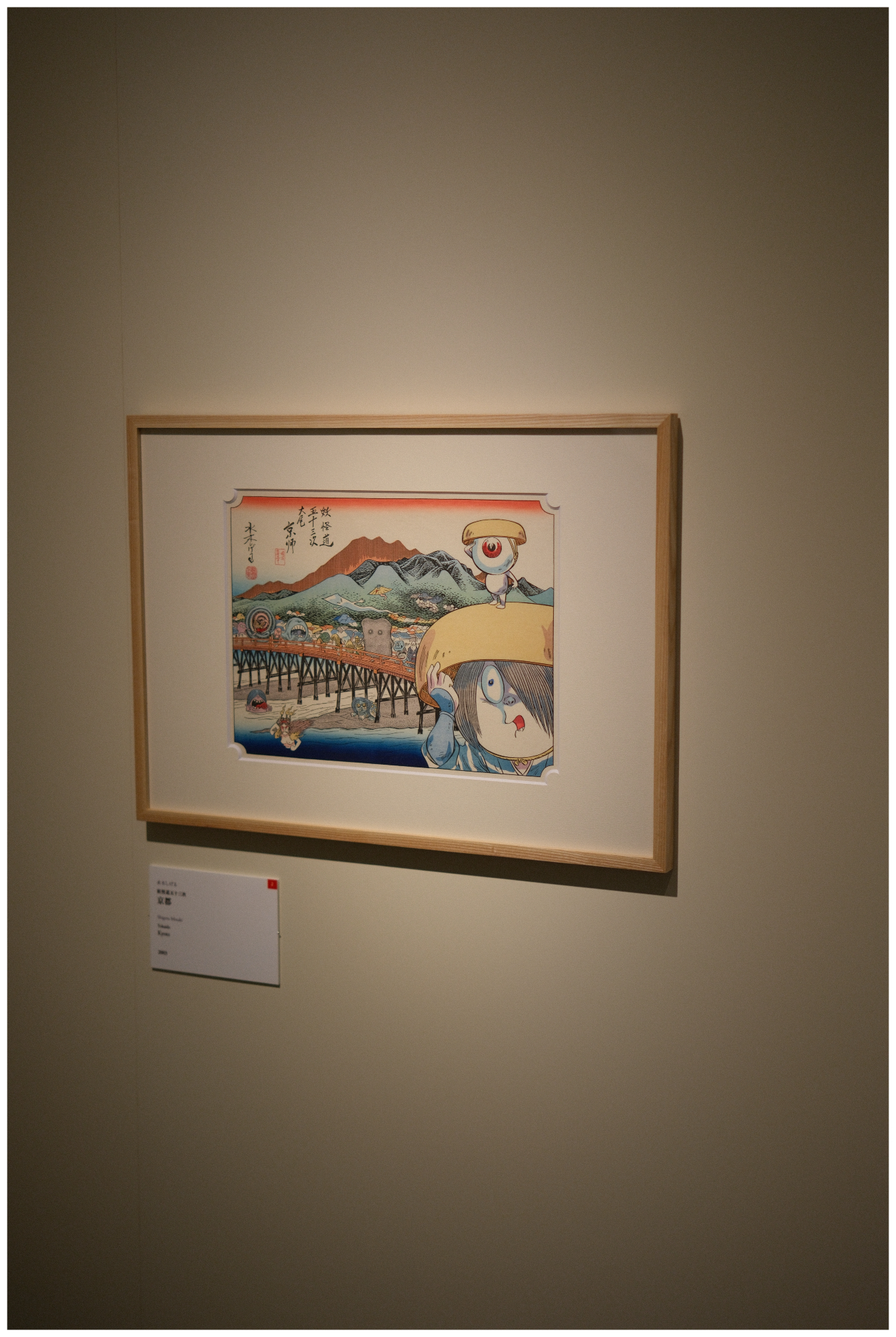
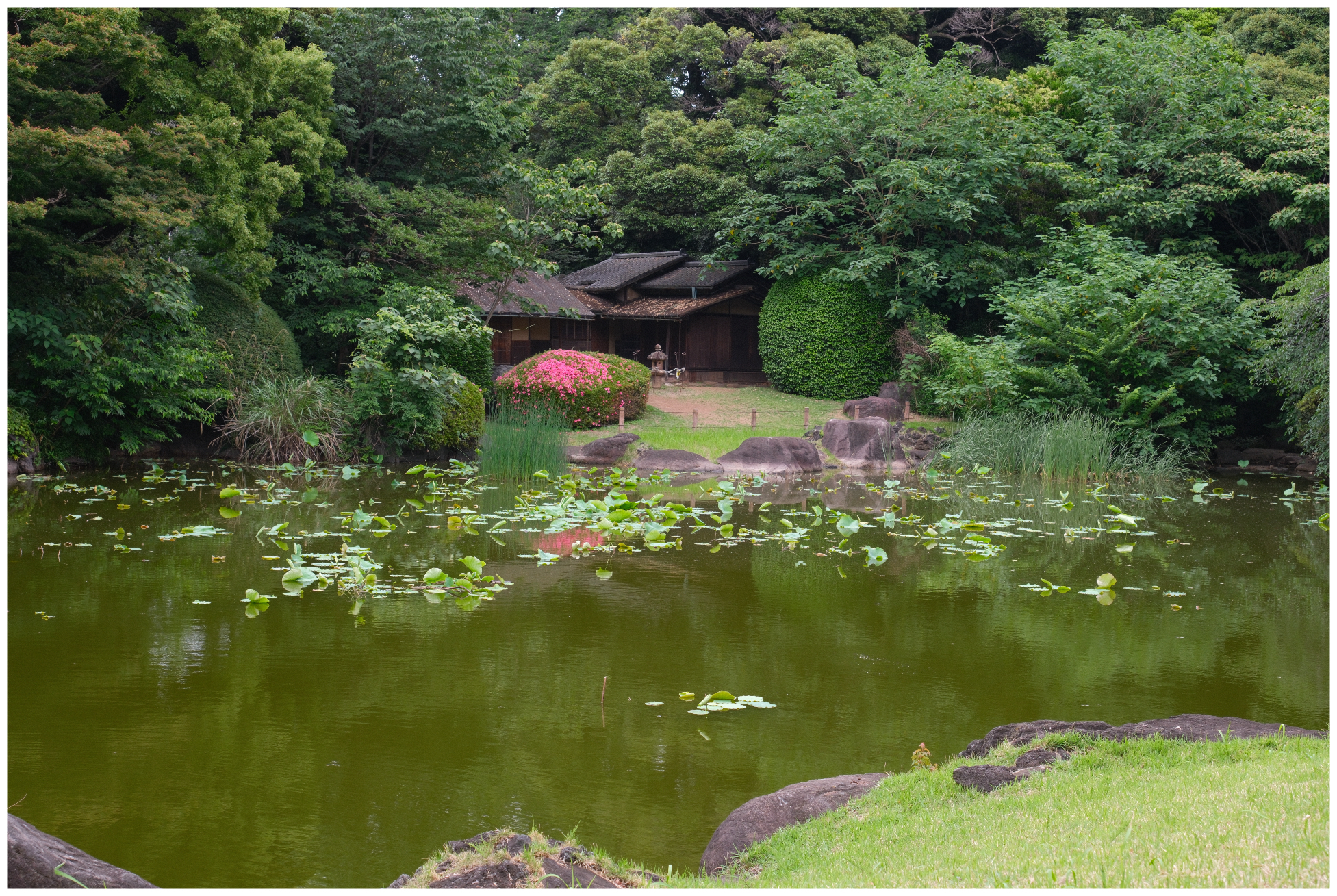

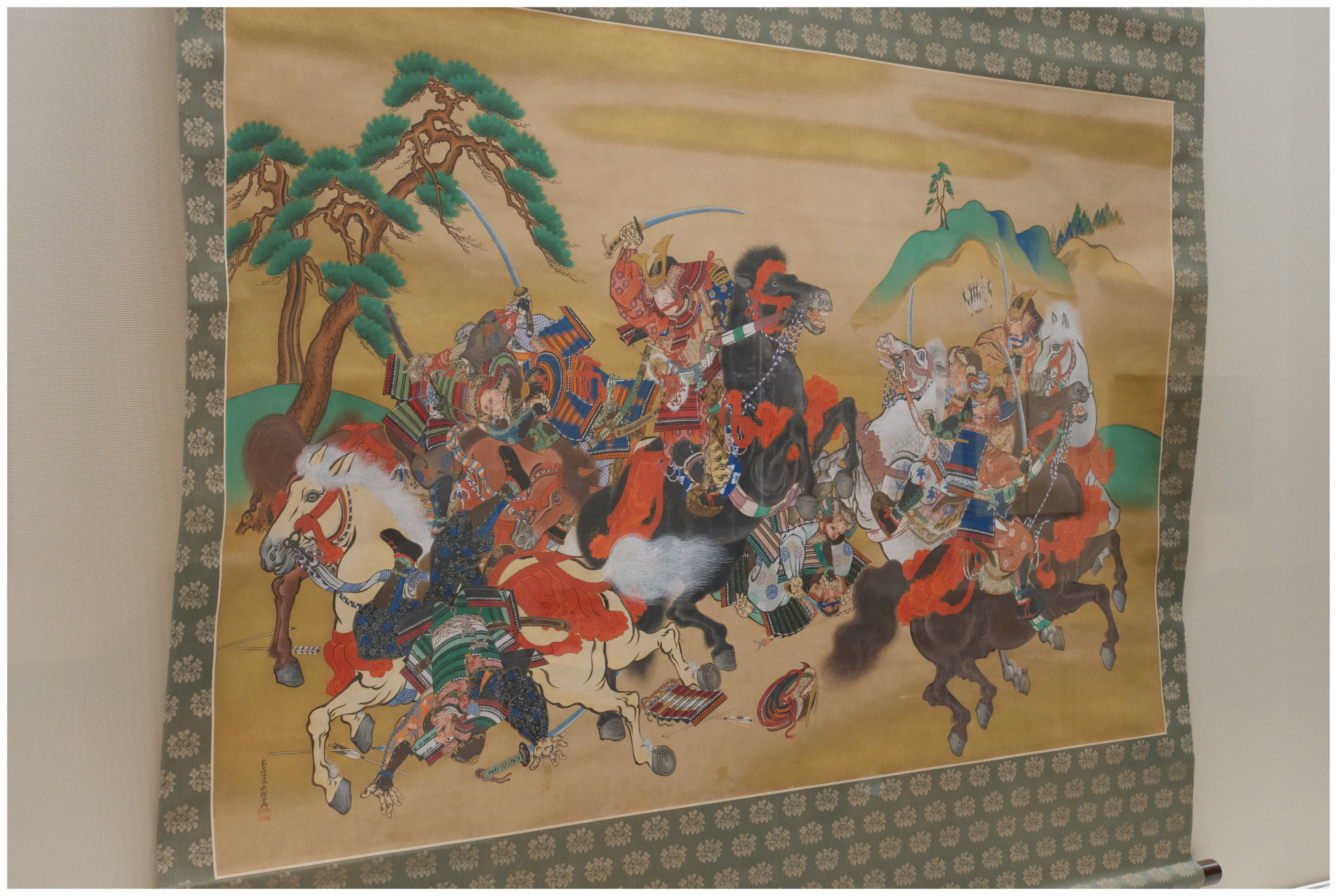
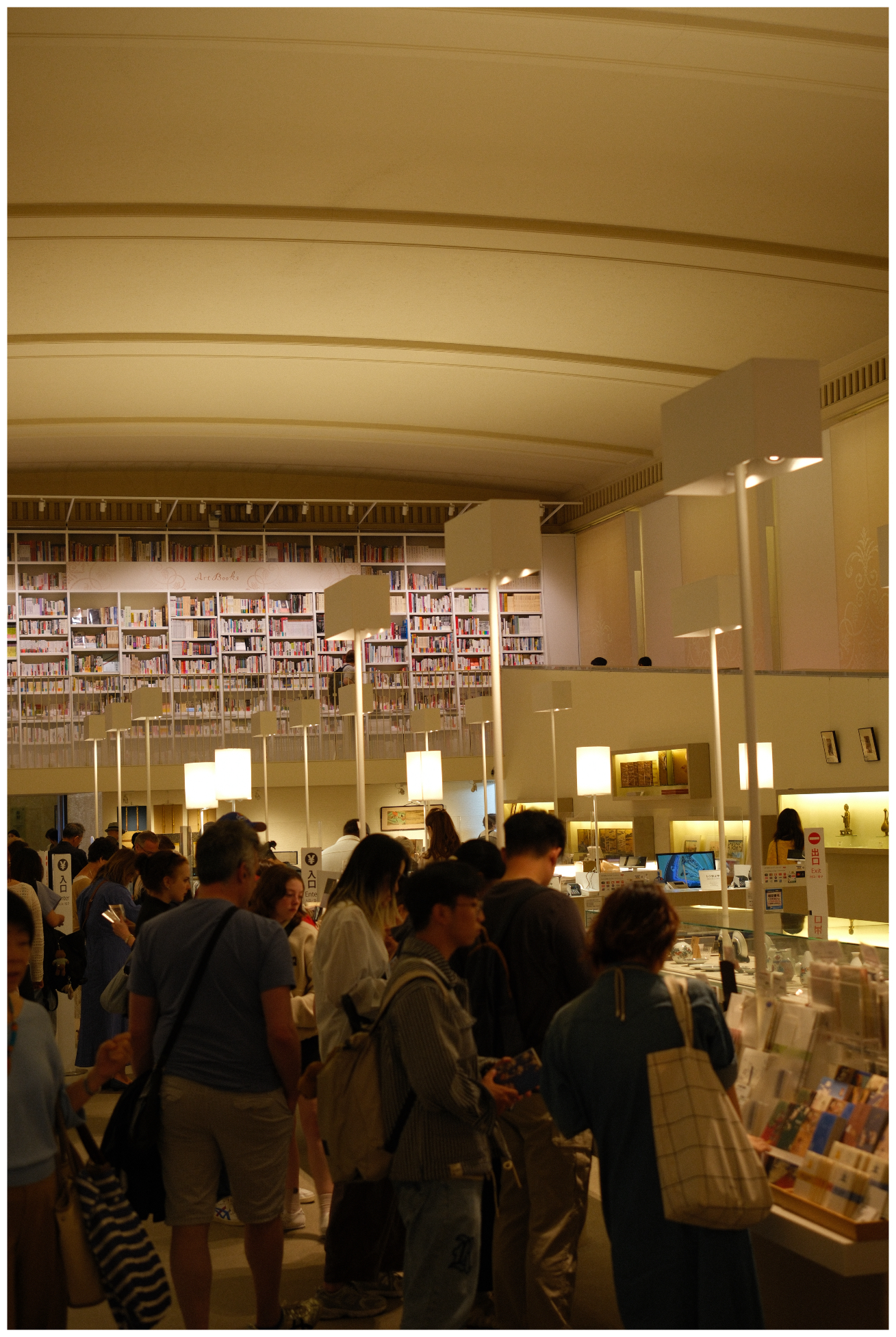
I didn't take any interesting photos here, mostly because I don't really take photos in museums or art galleries. It's a big place. We spent a little too much on souvenirs of some of the art work on display.
and finally, sadly... it was time to go home. We collected our luggage from the hotel and set off for Tokyo station to go back to Narita airport. Only minor issue on the way back was buying the wrong ticket for the train, we got the ticket for Narita rather than Narita airport.
Thankfully, as I said earlier, Japanese train stations often have 'fare adjustment' kiosks. They charge you the difference with no fuss and you carry on.
Thoughts on Japan
As in the introduction at the top of this now... 10,000+ word post.. I had high, but I believed realistic, expectations of Japan. However, my 'realistic' expectations, probably did cause me to downplay some of what many people say about Japan as exaggerations.. so I was met with surprise that they weren't.
This trip exceeded practically all of my hopes about what it would be. There's so many things that are just fun, interesting and engaging - but also supremely comfortable and relaxing. I never thought for example, I'd describe Tokyo, biggest city on the planet as relaxing, but as I mentioned earlier, how it can go from relatively easily handling some of the biggest crowds on one street to a few minutes down the road and it feeling like you're in a quiet village is just insanely impressive.
As a tourist, Japan is fantastic. Clean, safe, functional, (mostly) efficient - apologies for the clichés, but there has been nowhere else I've ever visited that really lives up to the more 'positive stereotypes' as much as Japan. I'm aware Japan has many problems, economy, social, political, etc - I'm not ignoring them. Just giving my perspective as a visitor who does not have to deal with them.
I'd recommend Japan to almost anyone - it's been my favourite trip so far and I'm anxious about not being able to see more of it. I've never experienced post trip blues anywhere near like I did here, so we're going again in October of this year... Just like Iceland, during this first trip I knew this wasn't going to be a one-time visit. Maybe by the next trip I'll learn how to write more succinctly by the time it comes for me to write up the post for that trip.
Until next time..
The other, even less interesting stuff
Flights
For the longest distance away from home I've ever travelled, the flights were naturally a concern. We went with Qatar from Manchester -> Doha -> Tokyo Narita, same route on the way back.
The economy class seats were fine, food and entertainment selection also good. Our total travel time was about 21-23 hours or so, with a 3-4 hour connection in Doha.
Except, on our Tokyo -> Doha flight on the way back, we were on one of Qatar's 777s, which are currently being equipped with Starlink. I was excited to try this, especially for free, as I don't like the idea of giving Elon M*sk or his companies any money, directly at least.
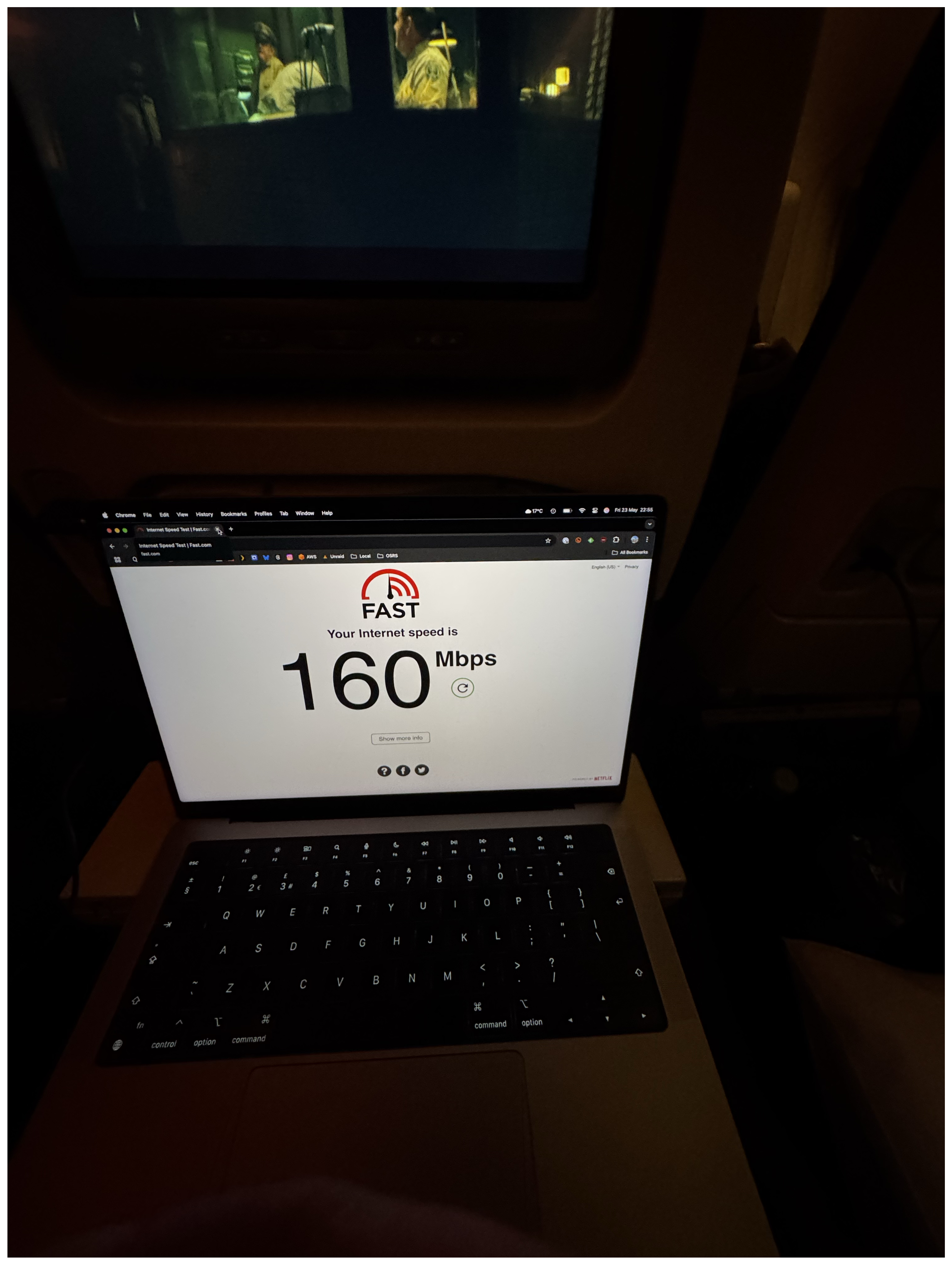
It worked perfectly. This was my first experience of Starlink, on a plane or otherwise. 160 Mbps download, low latency, free. I tried playing Old school runescape and it felt just like on a regular home connection. Watching a film on the in flight entertainment whilst grinding OSRS would have been an ideal way to spend an 11 hour flight.
But I was too tired, so I slept through much of it. Our subsequent flight was an A350-1000, which wasn't equipped with Starlink. Sad.
Shopping
We did a fair amount of shopping in Japan, bought a lot of stuff we probably shouldn't have, but we don't regret it. There's some cool unique things and given the levels of service you often find in Japan, even someone like me - who in the UK vastly prefers online shopping - actually enjoyed browsing and buying from regular retail stores.
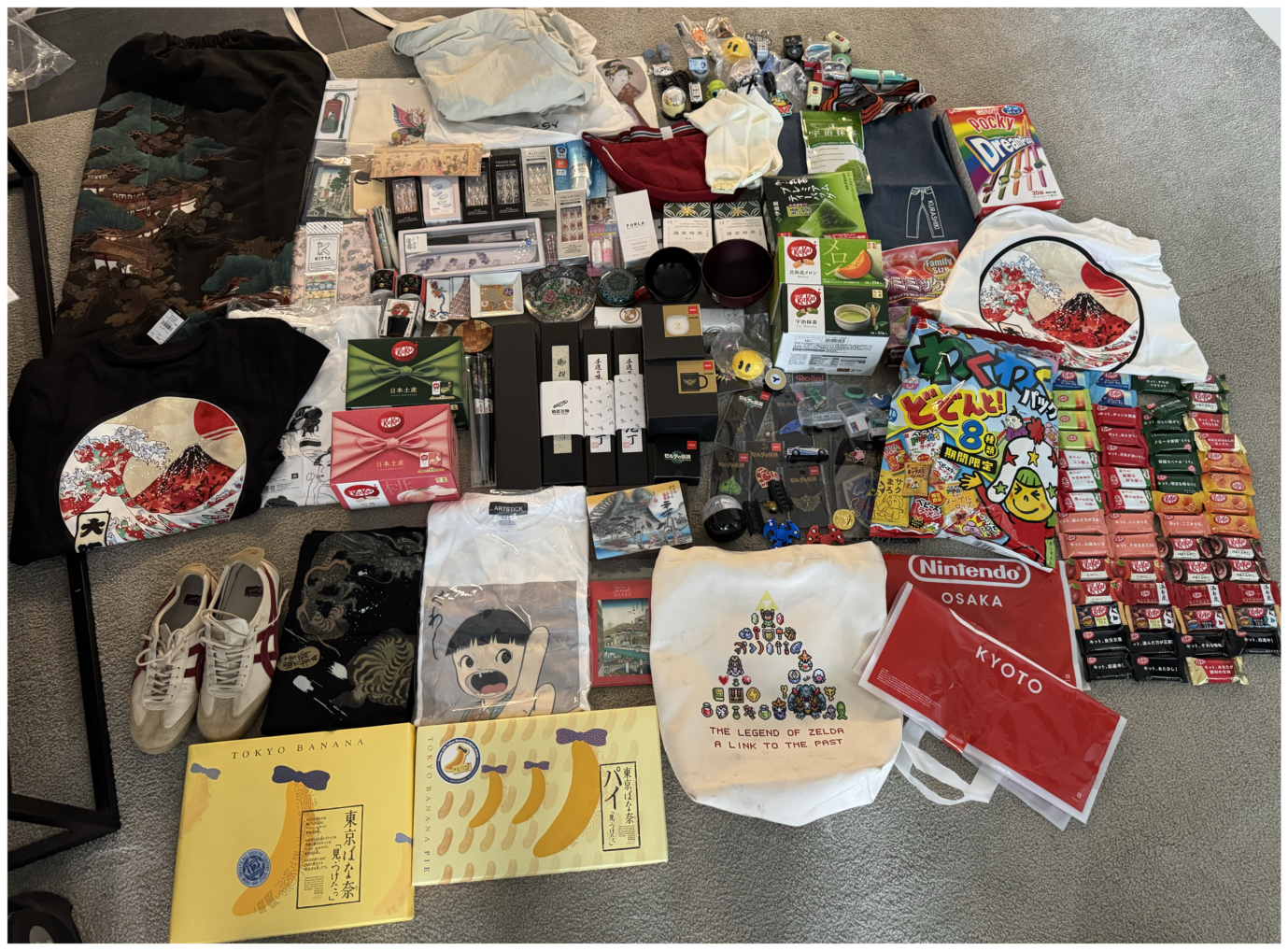
We had to buy an additional (small) suitcase for the stuff we bought. The tax free system there is interesting, you can buy most things above a certain value tax free at point of sale if that store supports it - if it's a consumable, then they seal it in a bag and you're not supposed to consume it until you get home.
In theory they can inspect your bags at the airport, but I think they'd only be inclined to do that if you had spent significant amounts of money on certain types of products. It's an electronic system that is done by them attaching a barcode within your passport that is scanned when you're buying things.
There's indications they may be changing this, it's 10% off - which for larger items can be a reasonable amount - but there was a few things I just didn't bother going through the tax free process because it didn't seem worth my time.
Photography
What we took to Japan for our photography needs were:
- Fujifilm XT-5 (+ Sonia's Fuji X-S20)
- Fujifilm XF 33mm f1.4 (I bought it for this trip)
- Fujifilm XF 70-300 f4.8-5.6
- Fujifilm XF 16-50 f2.8-4.8 (+1 on Sonia's camera)
- DJI Mini 4 Pro
- Tripods (large & small handheld things)
- All sorts of other camera peripheral stuff,
- My laptop (and Sonia's)
- Lens filters (UV/CPL/Black Mist/NDs/etc)
First of all, I didn't use the drone at all. I knew and didn't expect to use it in or anywhere close to a city. But I had gone through the registration and made myself aware of when/where/how I can fly it. I took it with the idea of using it in the countryside - but we didn't budget enough time for me to properly do that.
There were a few times when I considered it, but I'm not going to put it up before researching the area to see that I am allowed and I'm not going to cause any problems.
Tripods, also didn't use them. There's a potential I could for long exposures, so maybe I still would take one next time.
In terms of lenses. The Fuji XF 33mm was purchased for this trip. I knew I tended to prefer tighter shots, so went with this over the 18mm and I'm very glad I did. Probably over 95% of the photos and videos I took were with this lens and I love it. It's my first time properly shooting with prime lenses (I have a 12mm for astrophotography) and I loved the simplicity, the process, the quality and that wide aperture for low light street photography.
Transporting between hotels/airports, etc - I had all my gear in the Shimoda Action x30 v2 hiking backpack, which is brilliant, this was my carry-on. But for my day to day, I carried the camera on a shoulder strap and wore Bellroy's Venture Sling 10L Camera Edition for my daily carry.
What will I change next time? Well my standard zoom lens has an upgrade now, I have filters for that too and step up rings for the 70-300. I'll probably still take the drone, it's light enough to not be a burden. The tripods I'm still not sure about.
Driving in Japan
I've spoken enough about my time driving in Japan, but a few things I didn't mention:
Speed limits. They're pretty low and they seem to be almost universally ignored. Not by a small margin either. It seems like anywhere up to 30km/h over the speed limit on motorways was normal, and googling around, it seems like that is a broadly accepted threshold for when it gets serious under the law. Might be nonsense
The speed limits on the motorways felt too slow given how wide, quiet and well designed they were. 80kph. Everyone blasted past you when doing the speed limit, or if you were in a single track tunnel - other drivers would be right on your rear bumper. Everyone else seemed to be going at least 100km/h, typically over.
Not only that, but when encountering roadworks - there'd be temporary speed limits of 50km/h that then lasted for what felt like miles after the road works had ended. So if you kept to that, the digital signs were still indicating it - people would be flying by you at over twice your speed.
Speed cameras in Japan apparently don't activate unless you're going 39km/h over the limit on expressways and 29km/h over the limit on regular roads. It seems odd and not all that pragmatic. Increase the base level speed limits and it feels like you'll get more people driving at sensible speeds.
Other than that, Japanese drivers seemed mostly patient, signalled properly, generally followed other rules. It's a lot more common to be able to just stop anywhere as long as you've got your hazards on, which seems a bit contradictory to many other rules and behaviours in Japan, but other people didn't seem to mind and just worked around it.
I enjoyed driving here, despite Japan's reputation for some of the absolute best public transport in the world, there is still a high level of car ownership particularly outside of the cities for a reason. Japan's terrain and economy (rural areas are struggling significantly) makes public transport not that feasible in many areas. There's so many great places that require a car of some sort.
I could go for coach/group tours, but outside of specialist activities or it being impossible/illegal/impractical for you to drive yourself somewhere - I hate them. It sucks the fun out of a holiday for me.
Signage. All fine, much of it is in Japanese only when you get out of the cities - but Google maps works fine. All other general sign icons, etc are the same as they are across much of the world.
Parking. Parking is interesting - there's a style of car park that's quite common here which involves a 'car trap' - you drive over it, and then a barrier raises under your car that won't release it until you pay depending on how long you've stayed.
There's also quite a few car parks where you send your car to be robotically parked for you in an overground/underground/multi storey parking silo. Didn't try them, but they seemed cool.
Parking was generally cheap, but in most cases required cash. There was also quite a few random parking spaces - it seems common in the cities to see a 1-2 bay car parks (with the under car barriers) just dotted around.
Member discussion